Complete Collection of Daily Flowers and Green Plants Woody Plants (V)
The role of flowers now is not just to please the eyes, people have discovered their greater value.
Flower experts have long proven that many kinds of flowers have the function of improving the ecological environment and purifying the air quality. They can effectively absorb harmful gases in the atmosphere through their leaves, reduce the content of harmful gases in the air, and purify the air. At the same time, there are many kinds of flowers that have the ability to absorb dust, smoke and other toxic particles, reduce the number of bacteria in the air, and purify the atmospheric environment.
Nowadays, many people like to grow flowers, but they can be roughly divided into two categories: the first category, although they like it, they will not take care of the flowers until there is a problem with the flowers they grow, and they do not water them every day. One day, they remember that there is a problem and the leaves turn yellow, and then they pay attention to and take care of them. As a result, most of the flowers will die. The second category of people is different. They not only like to grow flowers, but also know how to grow flowers. They understand the individual characteristics of each flower, observe the changes of the flowers every day, and then take care of them every day, instead of waiting until there is a problem. In this way, even the most difficult flowers to grow will be well grown in his hands. Anyway, the editor below has sorted out various types of flowers and plants, and there must be one you like.
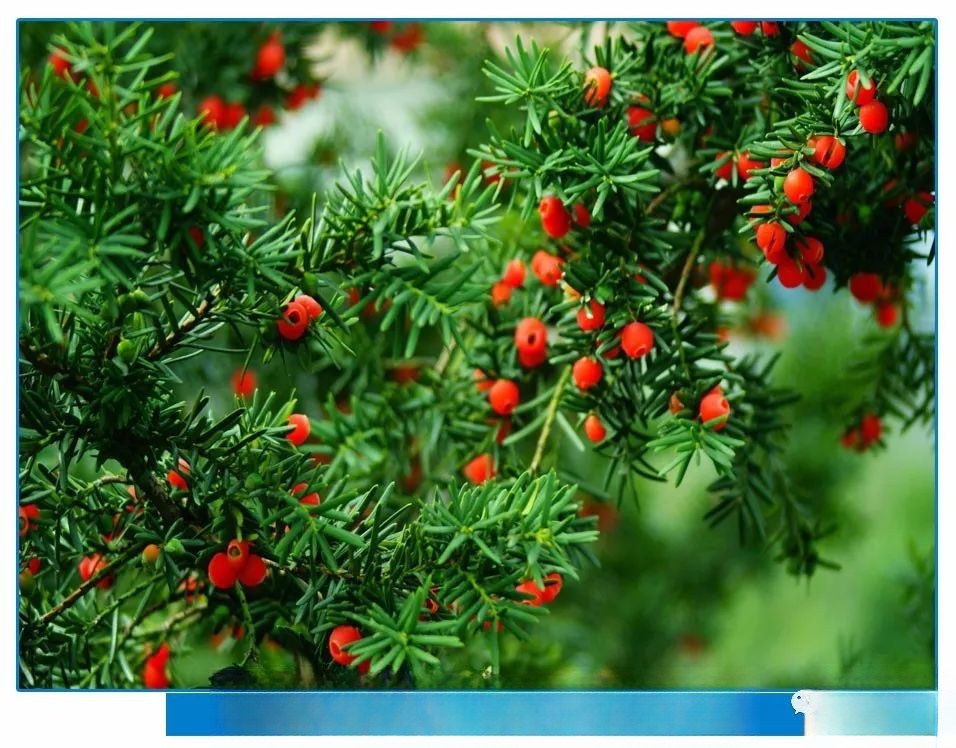
——Yew——
Yew: Also known as yew, red cedar, evergreen tree planted up to 25 meters high, it is a rare natural anti-cancer plant on the verge of extinction in the world and is a national first-class protected plant. It is a precious tree species that combines ornamental and medicinal uses. Paclitaxel extracted from the plant is a world-recognized anti-cancer drug and is expensive. Therefore, yew is also known as "biological gold". Chinese medicine yew is the branches and leaves of the northeastern yew plant of the Taxaceae family. It is distributed in small quantities in Yunnan, Heilongjiang, Tibet, Jilin, Hubei, Sichuan, Guangxi, Jiangxi and other provinces.
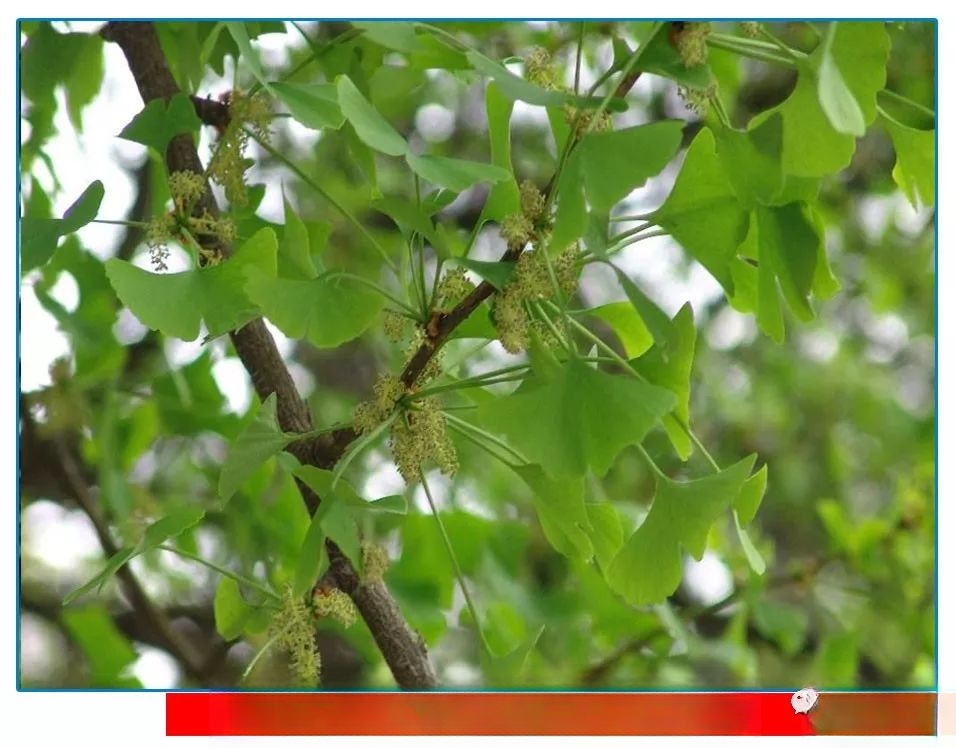
--ginkgo--
Ginkgo: Also known as white fruit, maidenhair tree, duck foot tree, cattail fan , it belongs to gymnosperm, and all other plants of the same family have become extinct, so it is called "relict plant". It takes more than 20 years from planting to fruiting, and 40 years to bear fruit in large quantities. It can live to more than 1,000 years old, making it the oldest tree. Ginkgo seedlings are tall and graceful, making them ideal gardening and landscape tree species, and are listed as one of the four long-lived ornamental tree species (pine, cypress, locust, and ginkgo).
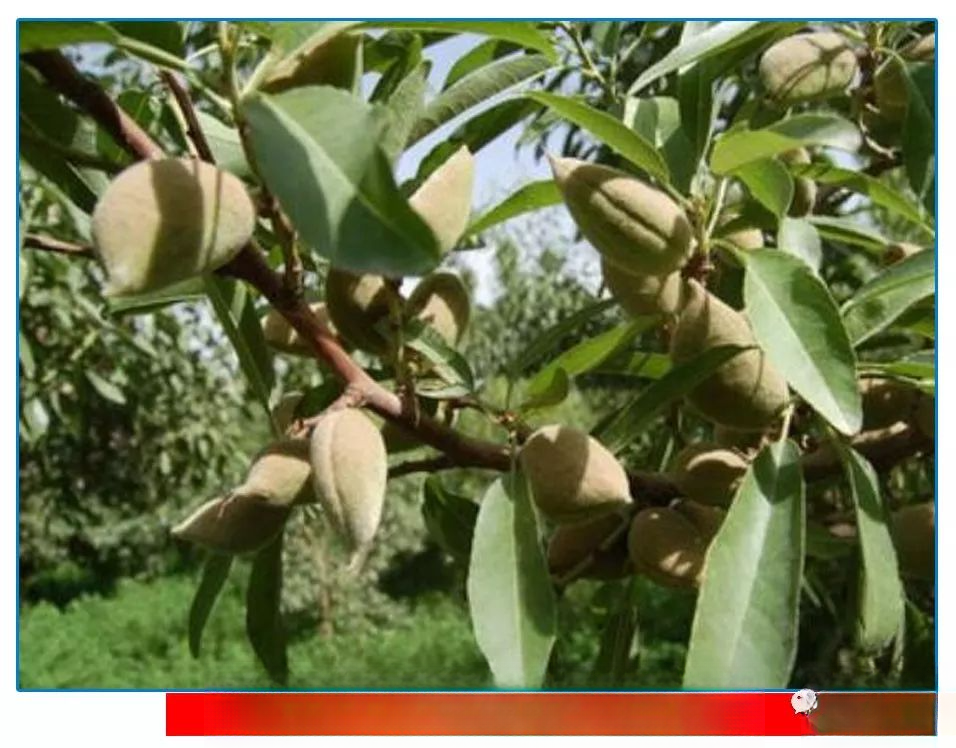
--almond--
Almond: Other names: Badan, sweet almond, sweet almond. It is a deciduous tree belonging to the genus Prunus in the Rosaceae family. The bark is gray and the leaves are lanceolate. The flowers are light pink or white and almost stalkless. The fruit is oval, thin and less juicy. When ripe, it dries and cracks, and the pit falls out. Its kernel is the most cherished dried fruit by the Uyghur people in Xinjiang. The kernel is used for food or medicine. The "American almond" sold on the market is actually the kernel of this species.
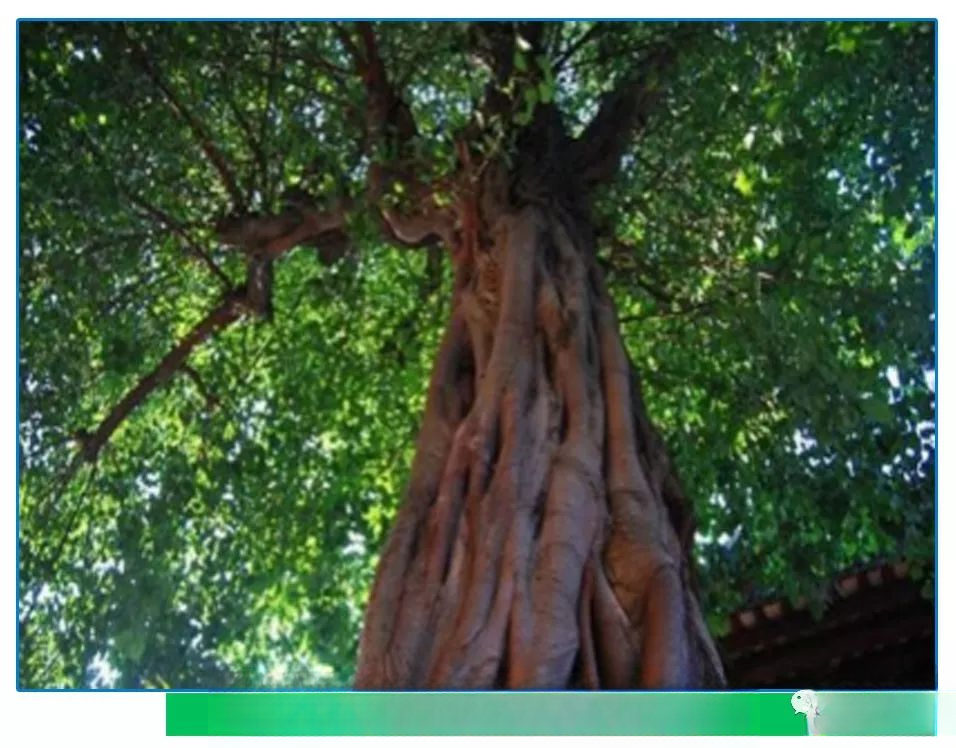
——Bodhi tree——
Bodhi tree: It is a plant of the genus Ficus in the Moraceae family. It has a straight trunk and gray bark. The crown is wavy and round with hanging aerial roots. It is distributed in the southwest and Indochina. Bodhi trees can be used as roadside trees in temples, streets, and parks. Bodhi trees are also the county tree of Hualien, Taiwan. It is a plant of the genus Ficus (also known as the genus Ficus) in the Moraceae family. It is native to India, the southwest, and Indochina. Bodhi trees have many aliases: Buddha tree, Dao tree, Daochang tree, sacred tree, and Sala twin tree.
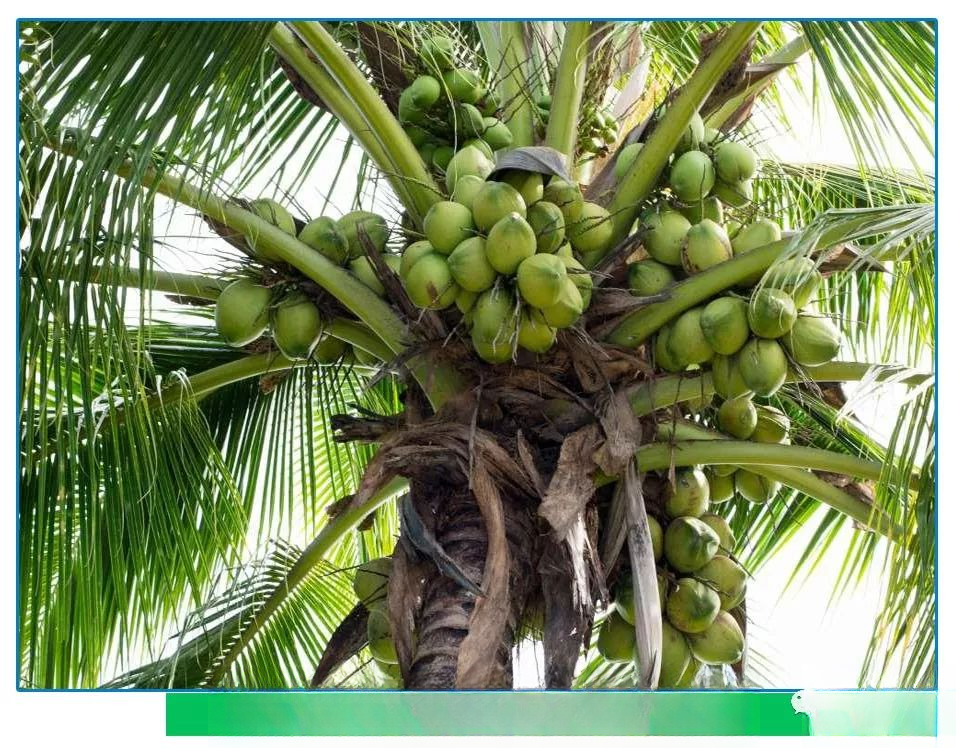
——Coconut——
Coconut: It is the only large plant in the genus Cocos of the palm family. Coconut is the fruit of the coconut tree and is a very popular fruit in tropical areas. The popularity of coconut trees is also due to the fact that the coconut fruit can drift thousands of kilometers in the sea with the wind and waves and then reproduce in a place far away from the mother tree. Generally, the coconuts sold commercially are still green when harvested. The unripe fruit is a bit triangular in shape and the size of a football. In southern Thailand, people also use trained macaques to pick coconuts.
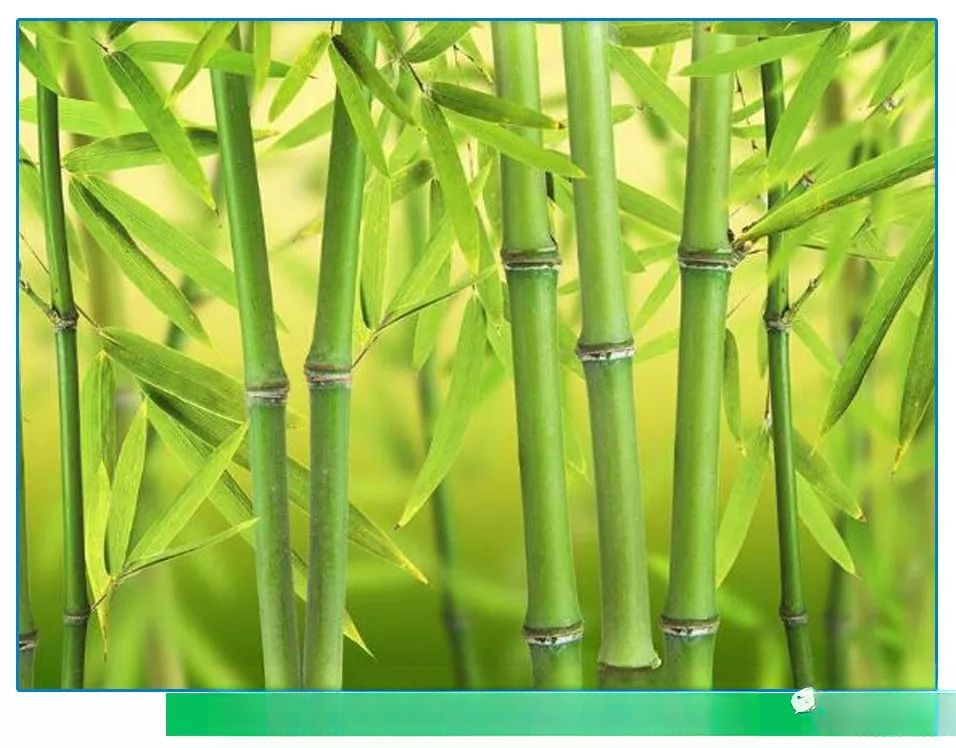
--bamboo--
Bamboo: It is a huge grass, belonging to the Gramineae family. It is evergreen (a few bamboo species shed their leaves in the dry season) and has shallow roots. Its stem is generally cylindrical with nodes; however, there is a type of square bamboo whose pole is square. Bamboo is one of the important forest resources. It has the characteristics of wide distribution, fast growth, and many uses. It has high ecological and economic value and is known as the "green gold mine".
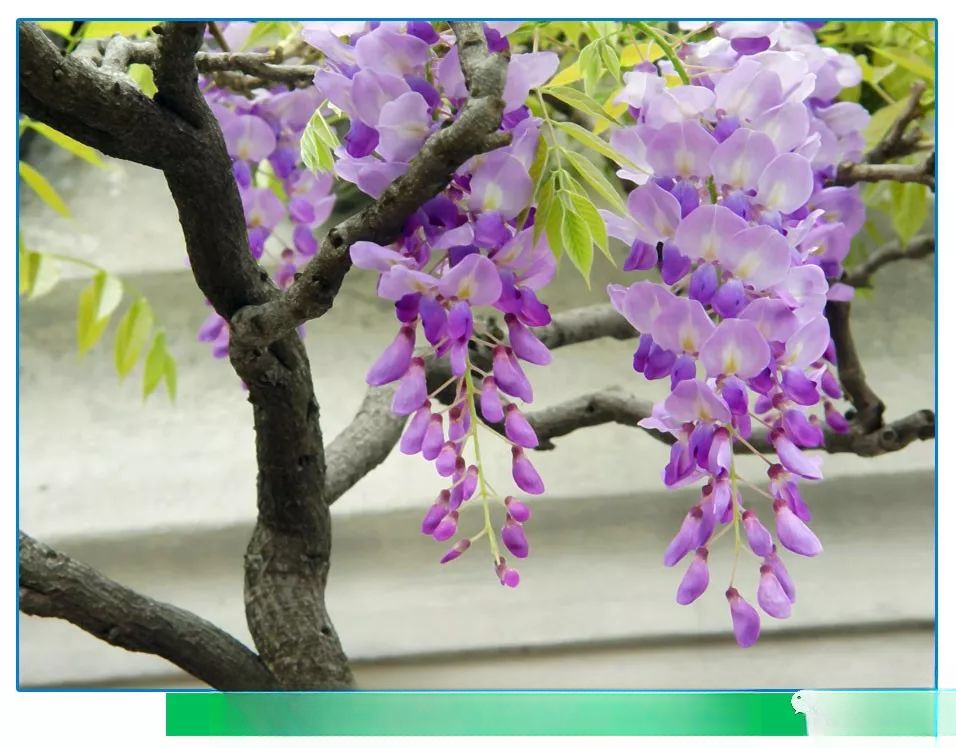
——Wisteria——
Wisteria sinensis: Other names: red vine, Zhao vine, Zhao bean vine, and vine. It belongs to the genus Wisteria in the Fabaceae family. It is a deciduous, climbing, twining large vine with dark gray bark that does not crack. The flowers are purple or dark purple and very beautiful. Wisteria sinensis is a warm and temperate plant with strong adaptability to climate and soil. It is relatively cold-resistant, can tolerate waterlogging and poor soil, likes light, and is relatively shade-tolerant. It is widely distributed in the country and has high horticultural decorative and medicinal value.
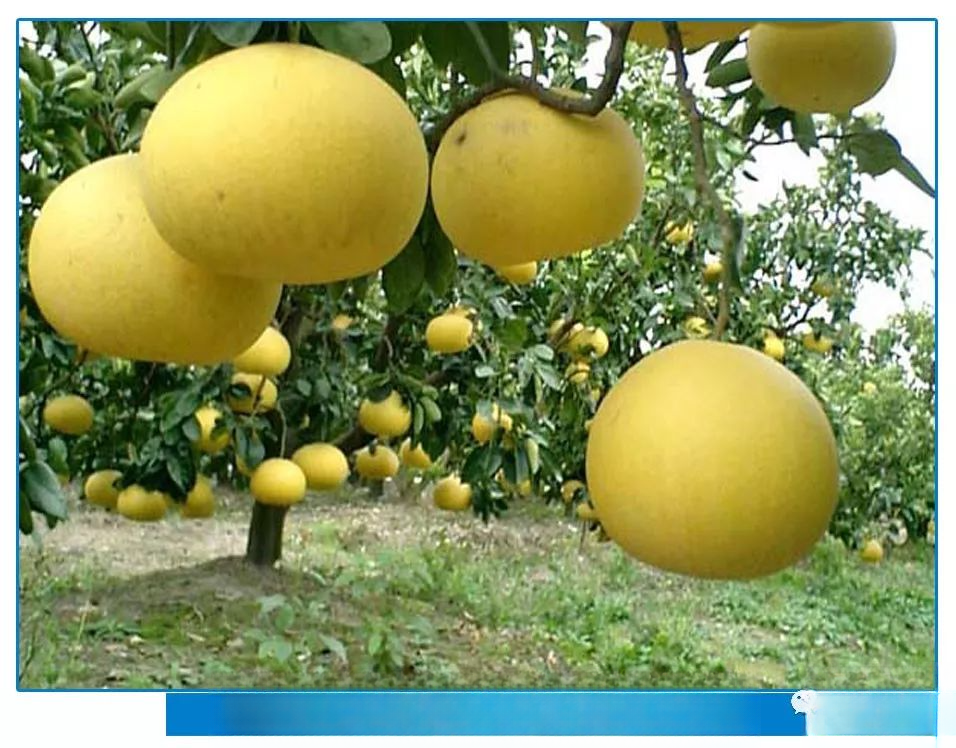
--pomelo--
Pomelo: Other names: Xiangluan, Zhuluan, Leiyou, Luyou, Hugan, stinky orange, stinky pomelo. It is a fruit tree of the genus Citrus in the Rutaceae family, and its characteristics are the same as those of citrus. The fruit of pomelo is called pomelo, also known as Wendan, Xiangluan, Zhuluan, Nei Zi, Tiao, Leiyou, Luyou, Hugan, stinky orange, stinky pomelo, Pao, Bao, and Pi. It is distributed in Southeast Asia and the south of the Yangtze River and Henan on the mainland. It grows in areas with an altitude of 600-1400 meters. It is often found in river valleys, hills, slopes, and near residential areas, and is often used for cultivation.
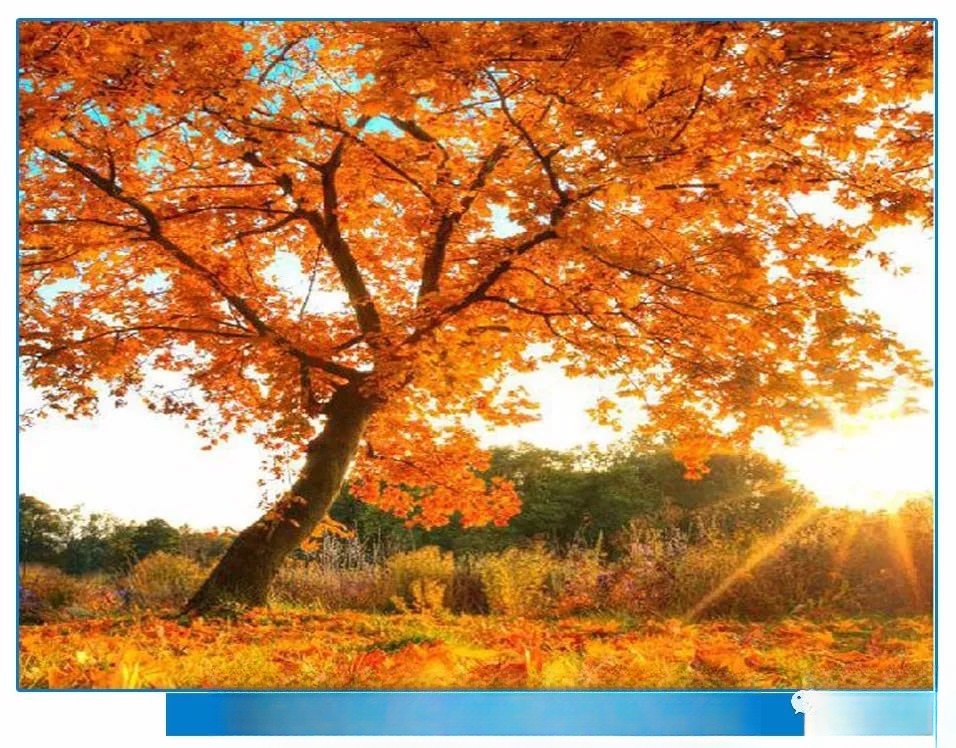
——Wutong——
The Chinese paulownia, also known as the green paulownia and the tung hemp, is a plant of the family Sterculiaceae. It is a deciduous tree that can reach 12 meters in height. The bark of young trees is green and smooth. The leaves are palmately 3-7 lobed. In summer, small yellowish-green flowers bloom in panicles. The fruit is divided into 5 schizocarps, which split before maturity, and the seeds grow on their edges. It is native to China and Japan, and has been introduced to Europe and America as an ornamental tree.
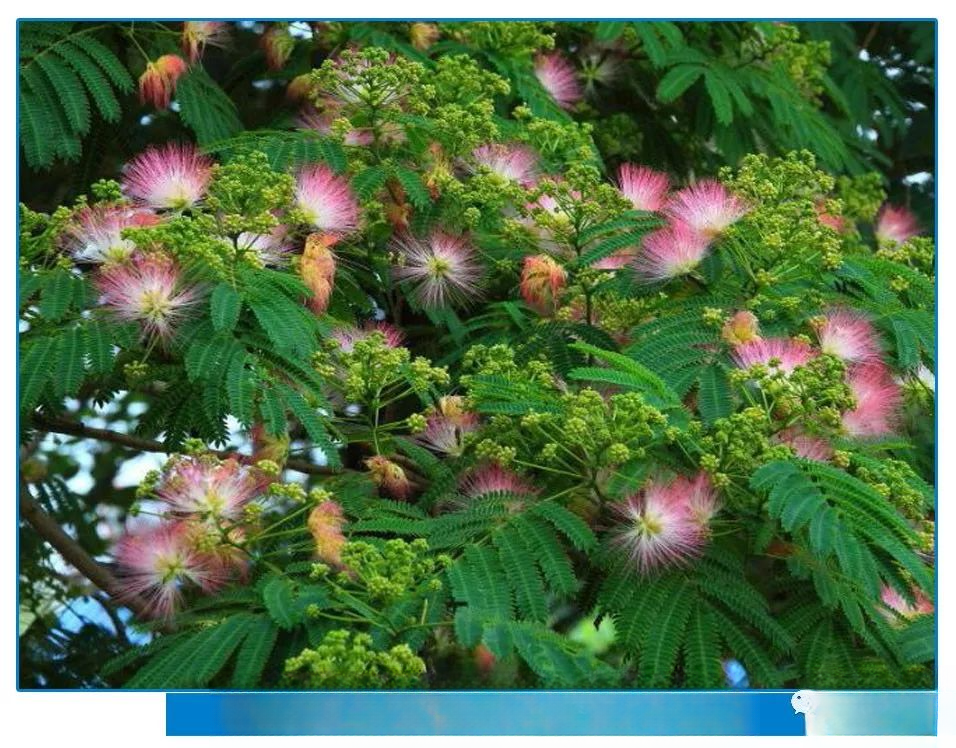
——Albizia Julibrissin——
Albizzia julibrissin: Other names include "horse tassel flower", "velvet flower tree", "hehun", "yehe", and "bird wool". Because it opens during the day and closes at night, it is called night-blooming jasmine. Albizzia julibrissin is an ornamental plant. It is a deciduous tree, 4-15 meters high, with an umbrella-shaped crown. It has two even-pinnate leaves, with 4-12 pairs of pinnae, each with 10-30 pairs of leaflets, which are oblong to linear, extremely oblique on both sides, 6-12 mm long, and 1-4 mm wide. The inflorescence is capitate, numerous, arranged in an umbel, axillary or terminal; the flowers are light pink. It is produced in the Yellow River Basin and all places to the south.
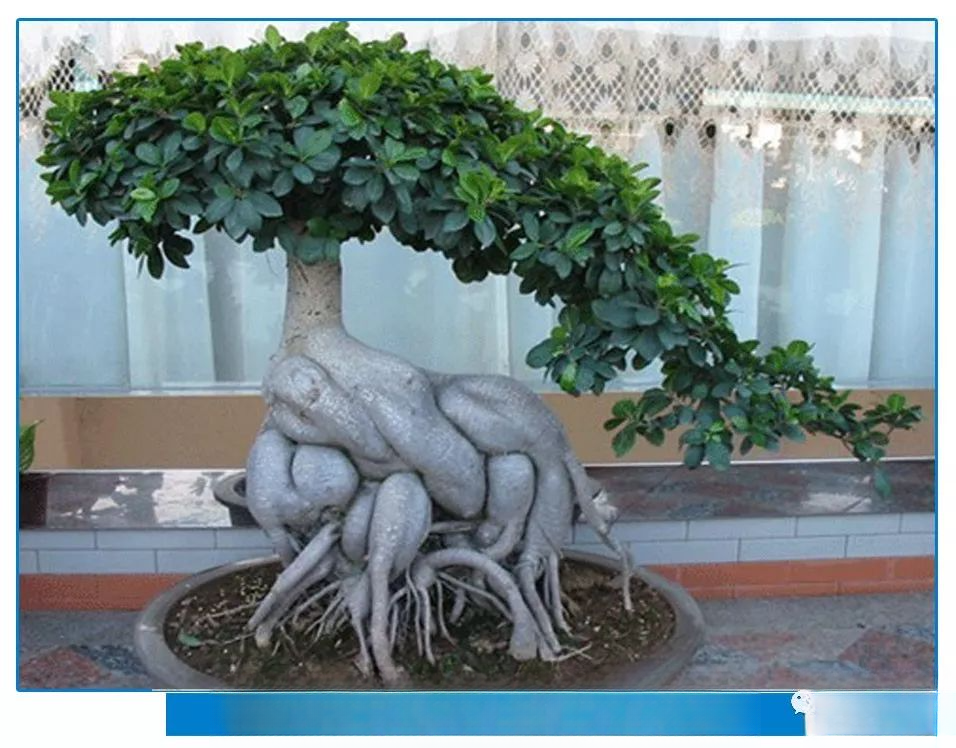
——Banyan Tree——
Banyan tree: Other names: fine-leaved banyan, mature tree, banyan beard, belongs to the Moraceae family, genus Ficus, and is a tree native to tropical Asia. Banyan trees are famous for their peculiar shape, luxuriant branches and leaves, and huge crowns. The aerial roots growing on the branches extend downward into the soil to form new trunks, which are called "prop roots". Banyan trees are up to 30 meters tall and can extend infinitely in all directions. Its prop roots and branches are intertwined, resembling a dense jungle, so it is called "a single tree forest".
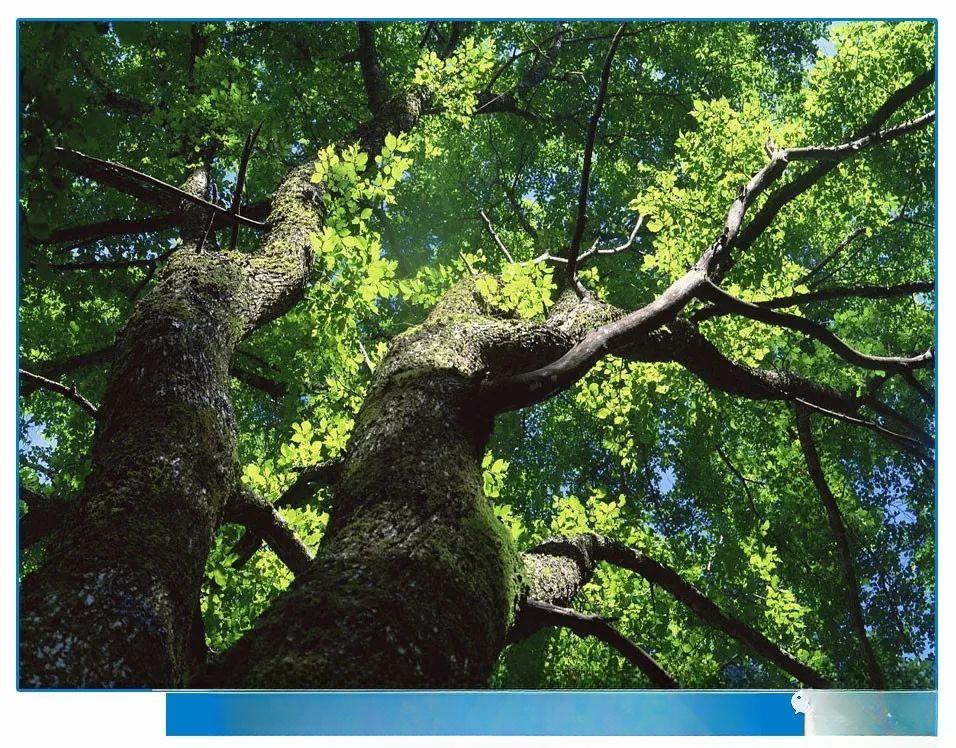
--elm--
Elm: Other names: elm tree, small-leaved elm, autumn elm, white elm, domestic elm, elm money tree, spring elm, sticky elm tree. Deciduous tree, up to 25 meters tall. The trunk is upright, the branches are mostly spreading, and the crown is nearly spherical or ovate. The bark is dark gray, rough, and irregularly cracked longitudinally. The leaves are single and alternate, ovate-elliptical to elliptic-lanceolate, with multiple serrations on the margins. The flowers are bisexual, blooming before the leaves in early spring or with the leaves and flowers, purple-brown, and clustered in cymes. The winged fruit is nearly round with a notch at the top. The flowering period is March to April; the fruit ripening period is April to May.
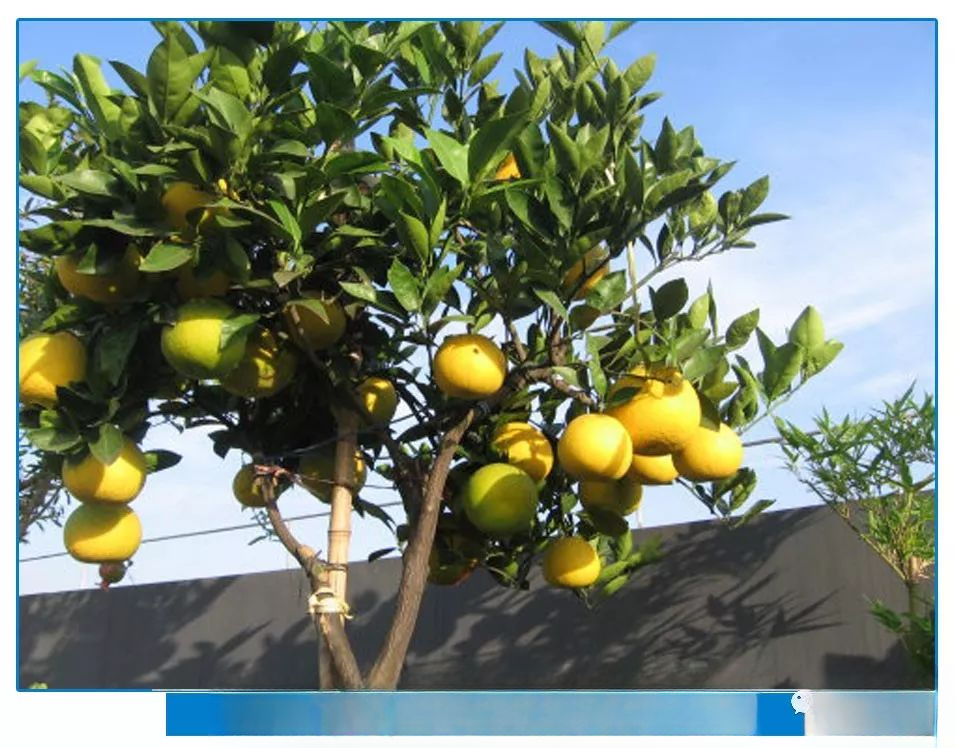
——Teak——
Teak: Also known as rouge tree, purple teak, blood tree, fat tree, purple oil wood (Yunnan), maisang (Dai translation), hardwood tree (Dai translation), rock salt, ring hole tree, is a deciduous or semi-deciduous large tree, up to 40-50 meters tall, with a breast diameter of 2-2.5 meters and a straight trunk. Teak is native to Myanmar, Thailand, India, Indonesia, Laos, etc. It is the main afforestation tree species in Southeast Asia and one of the most precious materials in the world. It is known as the "king of all trees" and is called a "national treasure" in Myanmar and Indonesia.
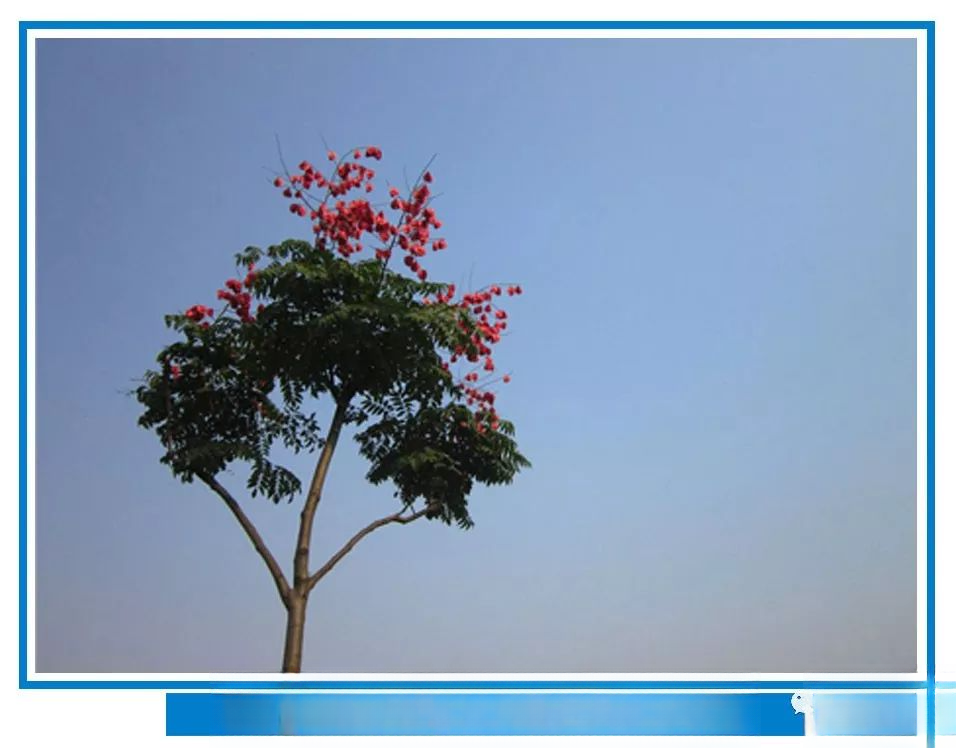
——Luan tree——
Koelreuteria paniculata: It is a tree that can reach 10 meters in height. It grows in calcium-based soil produced by weathering of limestone. It is not cold-resistant and is only distributed in the Yellow River Basin and the lower reaches of the Yangtze River Basin. It is rare in the north of the Haihe River Basin and cannot grow in silicon-based acidic red soil areas. Koelreuteria paniculata sprouts late in spring and sheds its leaves early in autumn. Therefore, the annual growing period is short and the growth is slow. The tree shape is twisted and beautiful, and it is not very useful. The wood can only be used to make some small utensils, and the seeds can be used to extract industrial oil.
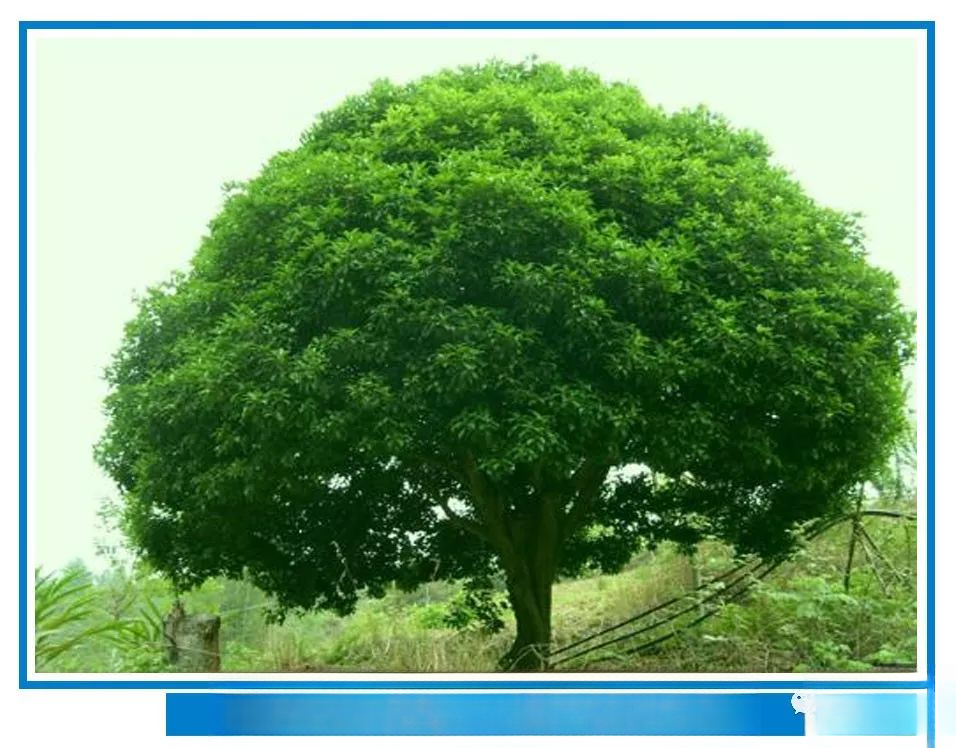
——Nanmu——
Nanmu: Also known as Nanshu and Zhennan, it is a general term for various tree species of the genera Nan and Runnan in the Lauraceae family, including fragrant Nan, golden Nan, and water Nan. It is a large tree that can reach 30 meters when mature. Its wood is hard and expensive, and is mostly used in shipbuilding and palaces. The largest existing Nanmu hall is the Leng'en Hall of Changling in the Ming Tombs. There are 60 giant pillars in the hall, all made of whole golden Nanmu. Nanmu is extremely precious and has been listed in the list of key protected wild plants in the country.
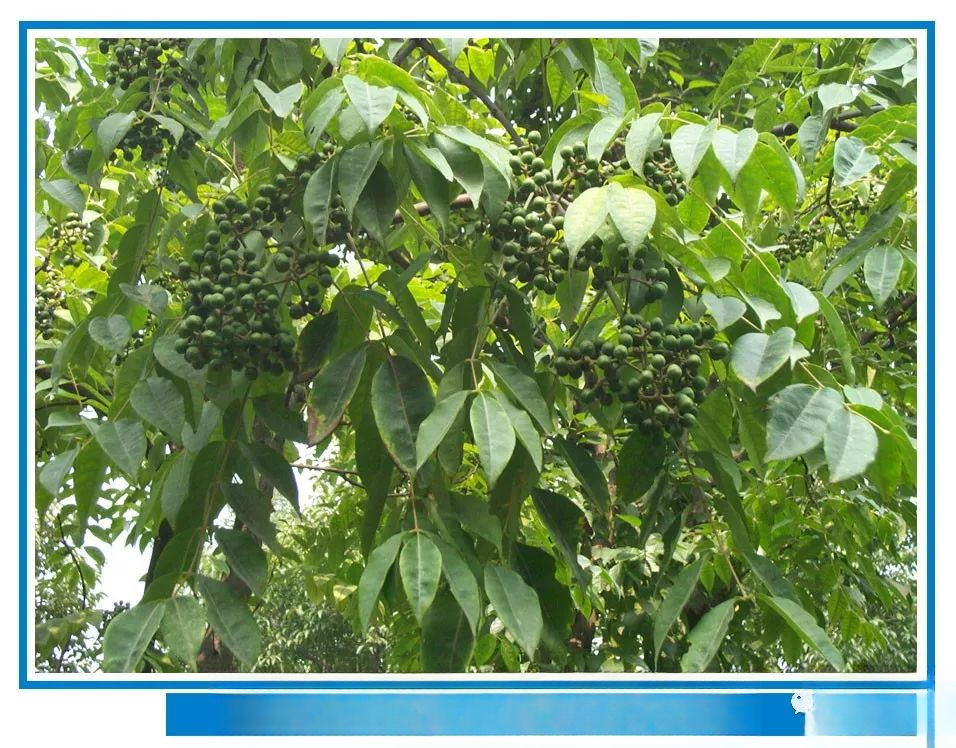
——Phellodendron chinense——
Huangbai: Other names: Platycladus orientalis, cypress, large-fruited juniper, Shen's Great Euonymus, broad-leaved Great Euonymus, Taiwan Great Euonymus, chicken-foot-jointed, short-handled small, is the dried bark of the Rutaceae plant Huangpi tree or Huangbai. The former is commonly known as "Chuan Huangbai" and the latter is commonly known as "Guan Huangbai". It can be used as medicine, with bitter and cold nature, and has the effects of clearing heat and dampness, purging fire and removing steam, detoxifying and curing sores. It is a deciduous tree, 10-25m high. The bark is thick, the outer bark is gray-brown, the cork is well-developed, irregular network of longitudinal grooves, and the inner bark is bright yellow. The twigs are usually gray-brown or light brown, rarely reddish brown, with small lenticels.
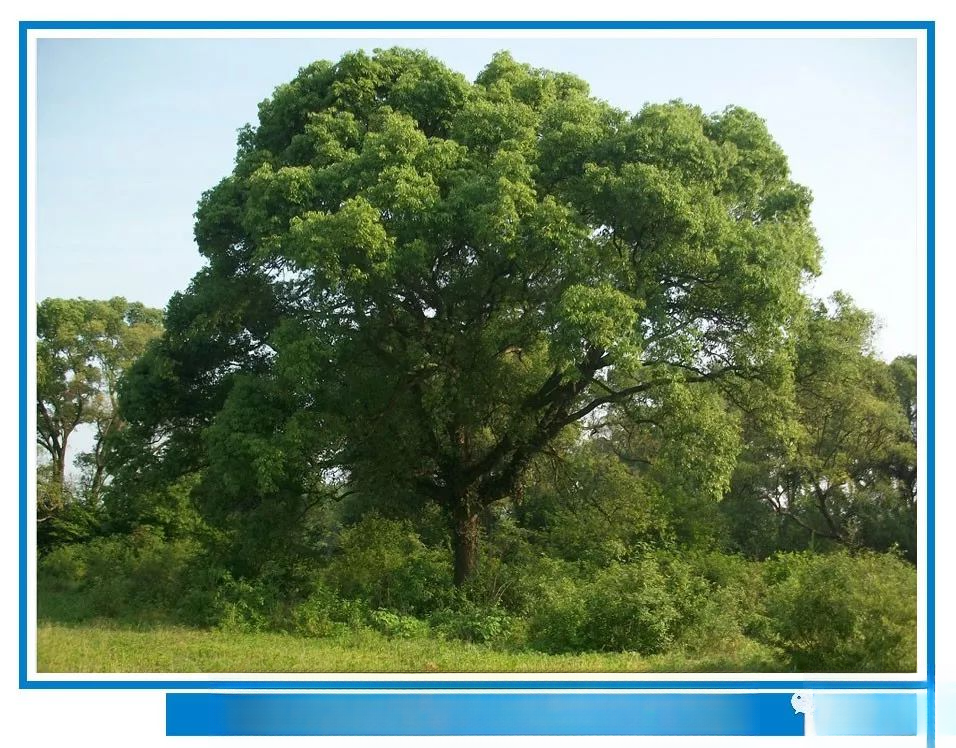
——Camphor tree——
Camphor tree: Other names: fragrant camphor, fragrant camphor, fragrant camphor tree, wood camphor, black camphor, foreign camphor, fragrant stamen, camphor wood, small-leaved camphor, and camphor tree. It is a representative tree species of subtropical evergreen broad-leaved forests, an important timber and special economic tree species in the subtropical region (southwest region), and an evergreen tree. The leaves are alternate, ovate, shiny above, slightly grayish white below, with three veins from the base, and glands in the vein axils. It blooms in early summer, with small, yellow-green flowers and panicles. The drupe is small spherical, purple-black, with a cup-shaped fruit receptacle at the base. It is widely distributed in various places south of the Yangtze River, with the largest number in Taiwan.
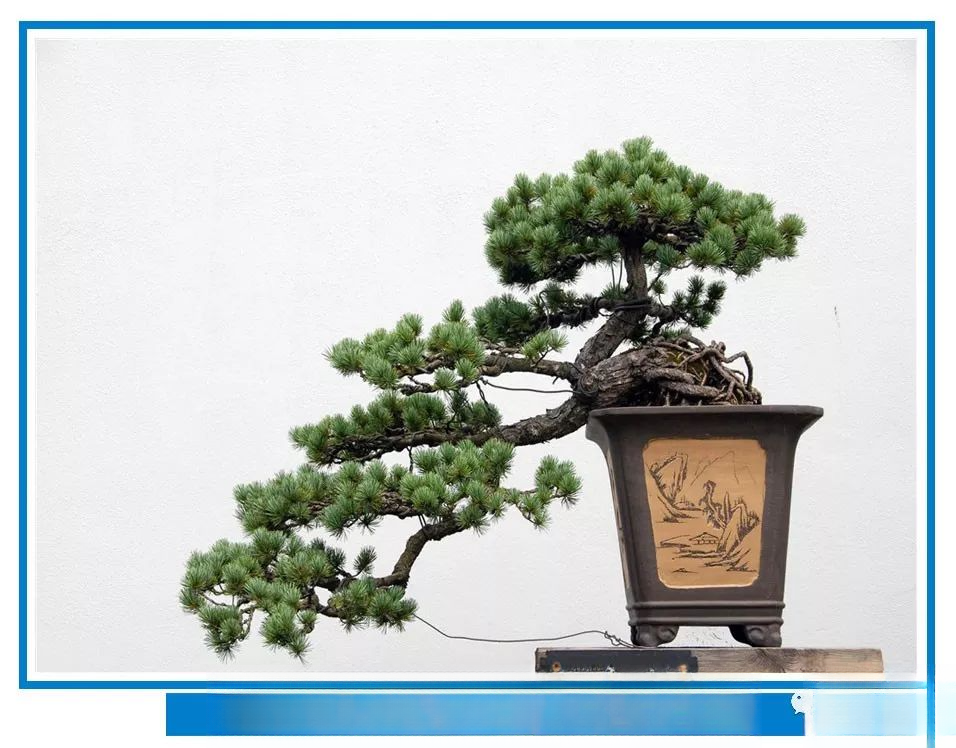
--pine--
Pine trees: Most are tall trees, 20 to 50 meters high, and can reach up to 75 meters (Sugar Pine in the United States). A few are shrubby, such as Pinus suspensa and Pinus truncatus. Pine trees have whorl-shaped branches, long internodes, thin and weak twigs that are straight or slightly curved downward, and slender needles in bundles. Therefore, its crown looks fluffy and not compact. The word "pine" is a vivid description of its crown characteristics. Therefore, "pine" is a type of tree with a fluffy crown. Pine trees are strong and have a very long lifespan.

——Fraxinus mandshurica——
Manchurian ash: It is a deciduous tree that can reach a height of 30 meters and a diameter of more than 1 meter. The taproot is short, but the lateral roots are well developed. The roots after felling have strong sprouting ability. The bark is mostly grayish white. The new twigs are slightly heart-shaped, hairless, with lenticels, and the winter buds are brown or black. It is mainly distributed in the eastern part of the Greater Khingan Range and the Lesser Khingan Range in Heilongjiang in the northeast, and Changbai Mountain in Jilin. The wood is tough and the wood grade is beautiful. It can be used to make various furniture, musical instruments, sports equipment, vehicles and ships, machinery and special building materials.

--willow--
Willow: Other names: water willow, weeping willow. Commonly used for gardening, residential areas, gardens, schools, factories, hillsides, courtyards, roadsides, and in front of buildings. When in full bloom, the branches spread out in all directions, making the courtyard green and having high ornamental value; it is indeed an ideal tree species for beautifying the courtyard.
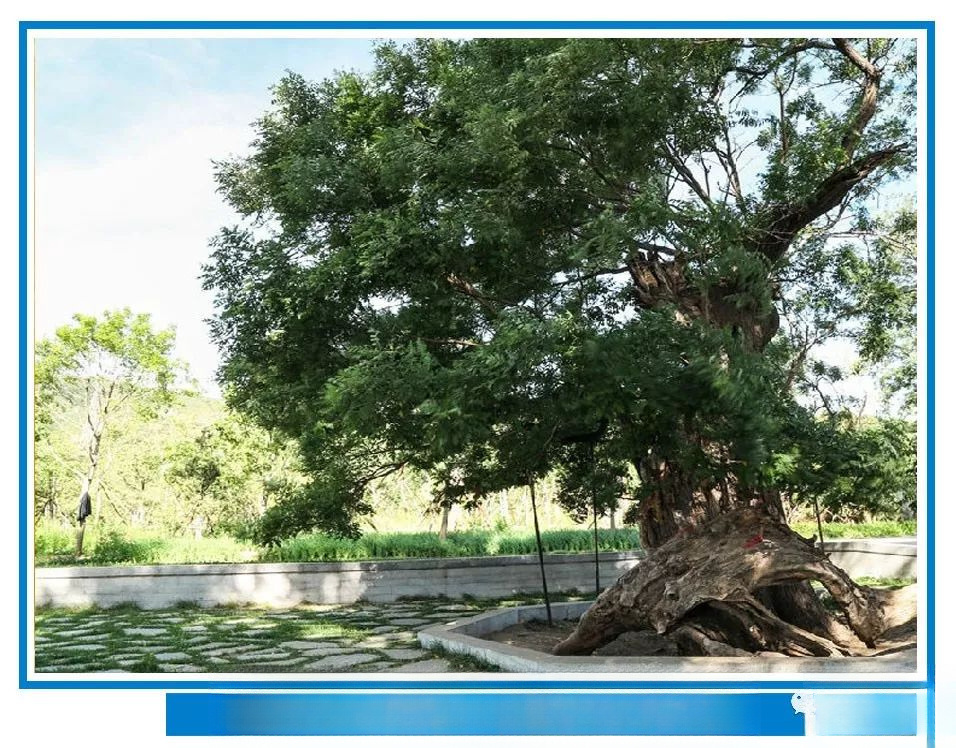
——Locust tree——
Sophora japonica: Other names: Sophora japonica, Sophora japonica core, Sophora japonica bean, Sophora japonica white, Sophora japonica fine-leaf, Golden medicine, House-guarding tree, Sophora japonica family, Six-year-old fragrance, Sophora japonica middle, Sophora japonica earth. It is often called "stupid Sophora japonica" in rural areas of Hebei. It is 15-25 meters high. Pinnate compound leaves are 15-25 cm long; the rachis is hairy and swollen at the base; the leaflets are 9-15, ovate-oblong, 2.5-7.5 cm long, 1.5-5 cm wide, gradually pointed at the top with fine protrusions, broadly cuneate at the base, grayish white below, sparsely covered with short soft hairs. The panicle is terminal; the calyx is bell-shaped with 5 small teeth; the corolla is milky white, the standard petal is broadly heart-shaped, with short claws and purple veins, and the wing petal keel petal has slightly purple edges; the stamens are 10, unequal in length.
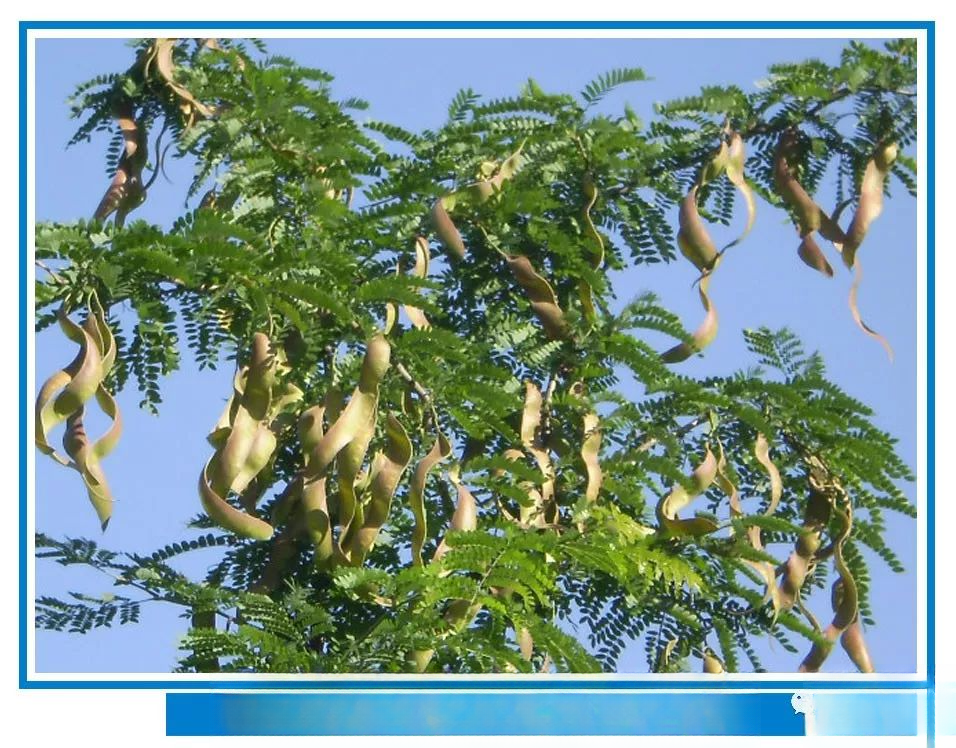
——Gleditsia sinensis——
Gleditsia sinensis: Also known as: Gleditsia sinensis tree, Gleditsia sinensis, Pig Tooth Soap, Tooth Soap, is a unique tree species of the Gleditsia sinensis family. It grows vigorously, is dioecious, and the female tree has a strong ability to produce pods (Gleditsia sinensis). Gleditsia sinensis fruit is a natural raw material for medical food, health products, cosmetics and detergents; Gleditsia sinensis seeds can eliminate stagnation, digest food and stimulate appetite, and contain a kind of plant gum (guar gum) which is an important strategic raw material; Gleditsia sinensis thorns (soap needles) contain flavonoids, phenols, and amino acids, and have high economic value.
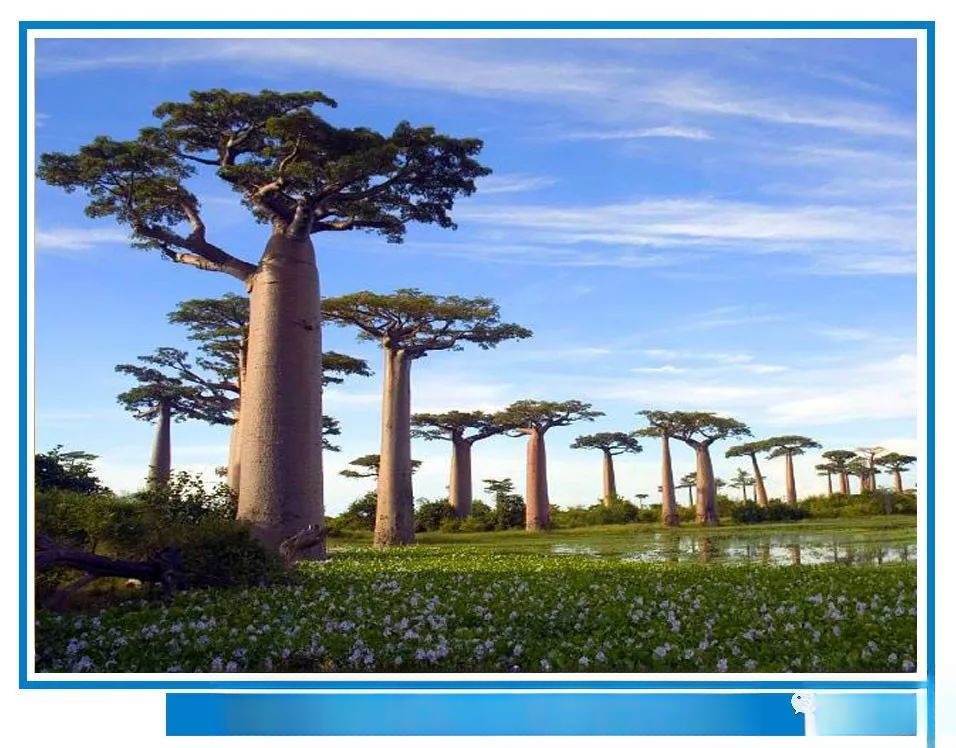
——Breadfruit Tree——
Breadfruit: Other names: breadfruit, jackfruit, pinang, breadfruit tree. It is an evergreen tree, usually more than 10 meters high, and up to more than 40 meters high. The trunk is thick, the branches and leaves are luxuriant, the leaves are large and beautiful, and one leaf has three colors. It is monoecious, the female flowers are clustered in balls, and the male flowers are clustered in spikes. Fruits can be grown on its branches, trunks, and even roots, and the fruiting period is 9 months a year. Each fruit is a clustered fruit formed by an inflorescence, with full flesh, sweet taste, and rich nutrition, containing a large amount of starch and rich vitamins A and B, as well as a small amount of protein and fat.
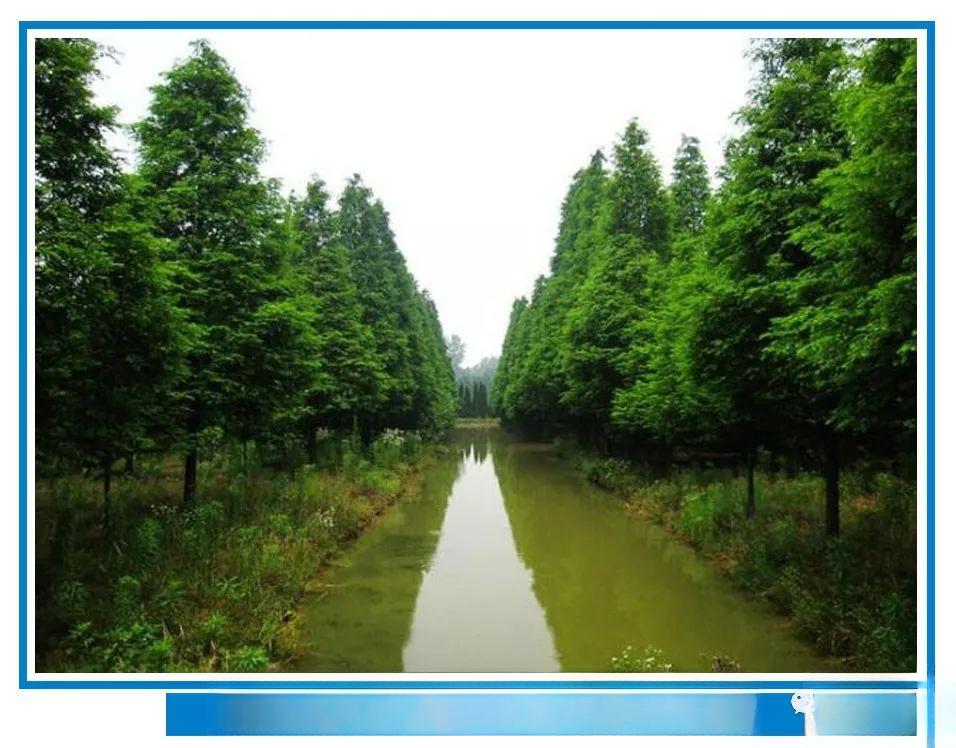
——Cypress——
Cypress: It is an evergreen tree with a wide distribution, from Inner Mongolia and Jilin in the north to Guangdong and northern Guangxi in the south; it is cultivated almost all over the country. It is an excellent gardening tree species. The tree height can generally reach 20 meters. The bark is reddish brown and cracked longitudinally. The twigs are flat. The leaves are scaly and small. It is monoecious, and the cones are solitary at the top of the branches. The cones are nearly ovate. The seeds are long ovate and wingless. Platycladus orientalis likes light, but the seedlings and young trees have a certain ability to tolerate shade. It is relatively cold-resistant and has poor wind resistance.
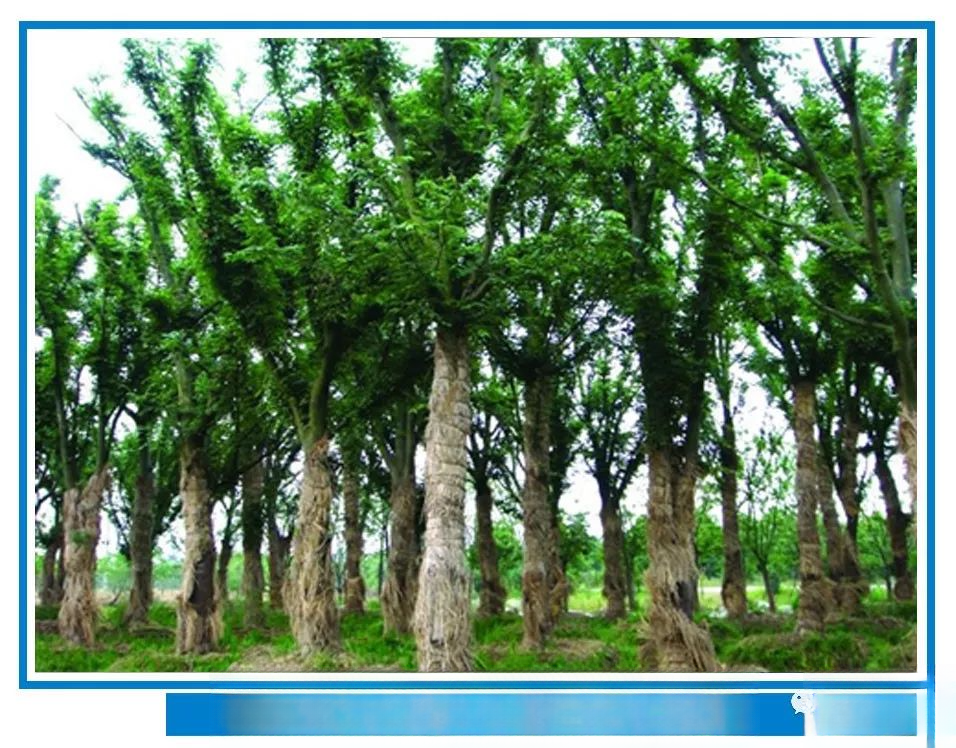
——Beech——
Beech: Also written as "椐木" or "椇木". Produced in the south, this name is unknown in the north, and this wood is called Nanyu. Although it is not a luxurious wood, it is widely used in traditional furniture of the Ming and Qing Dynasties, especially among the people. This kind of beech furniture is mostly Ming style, and the shape and production techniques are basically the same as hardwood furniture such as Huanghuali, and it has considerable artistic and historical value.
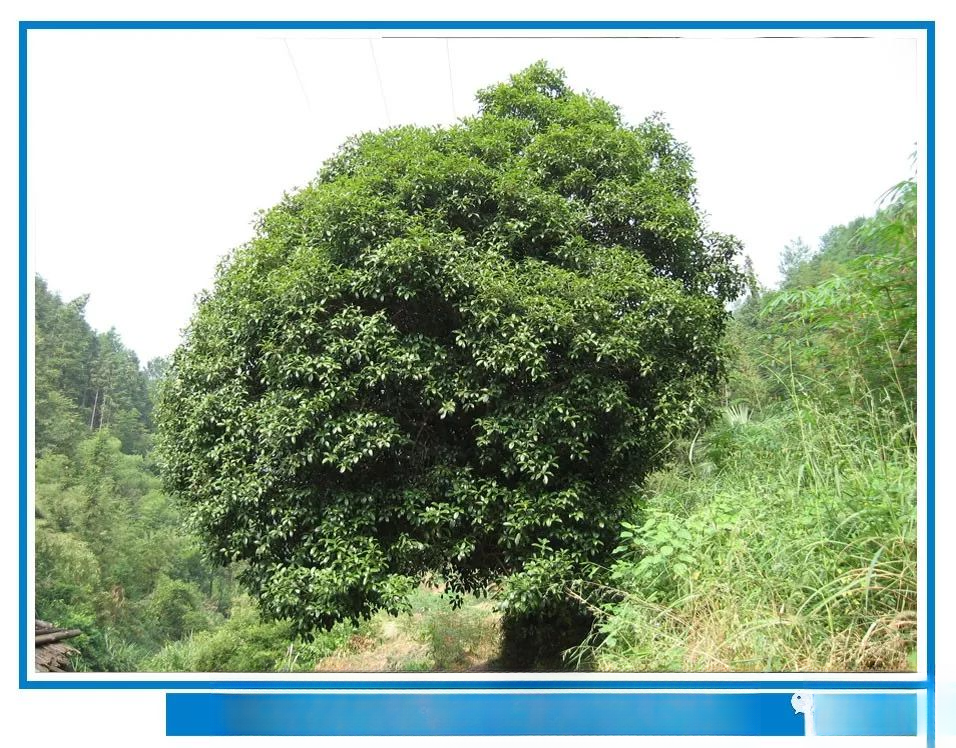
——Osmanthus tree——
Osmanthus fragrans: Osmanthus fragrans is an evergreen broad-leaved tree that can reach 15 meters in height, with a canopy that can cover 400 square meters. Its flowers are yellow. Osmanthus fragrans seedlings have a distinct taproot and a deep and well-developed root system. Young roots are light yellow-brown, while old roots are yellow-brown. The leaves are smooth and leathery, with dark green on the adaxial side and lighter on the abaxial side.
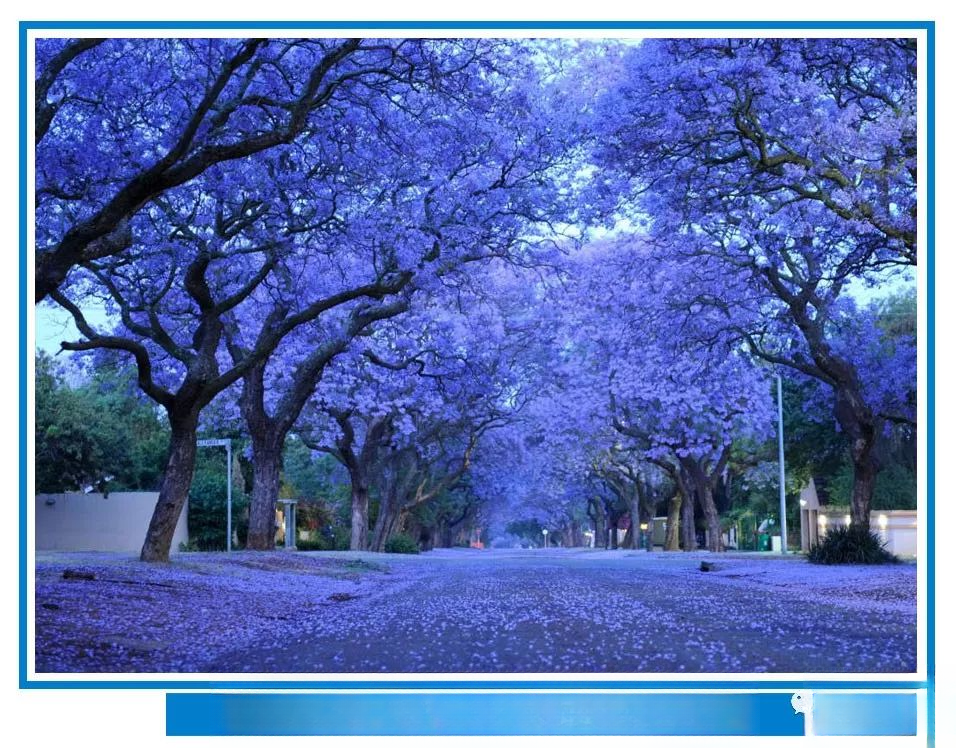
——Jacaranda——
Jacaranda: Other names: Jacaranda with mimosa leaves, blue mist tree, pointed-leaf jacaranda. Blooms from late spring to early autumn, with leaves falling off when flowering. The capsule is woody, ovoid, slightly flattened, light brown, about 5 cm in diameter, with small winged seeds. The wood is dark brown. Jacaranda trees can grow to 5 to 15 meters tall. The bark is thin and gray-brown. The bark is smooth when young and becomes finely scaly when mature. The branches are slender and twisted, light reddish brown. Blooms from spring to early summer, with a flowering period of two months.
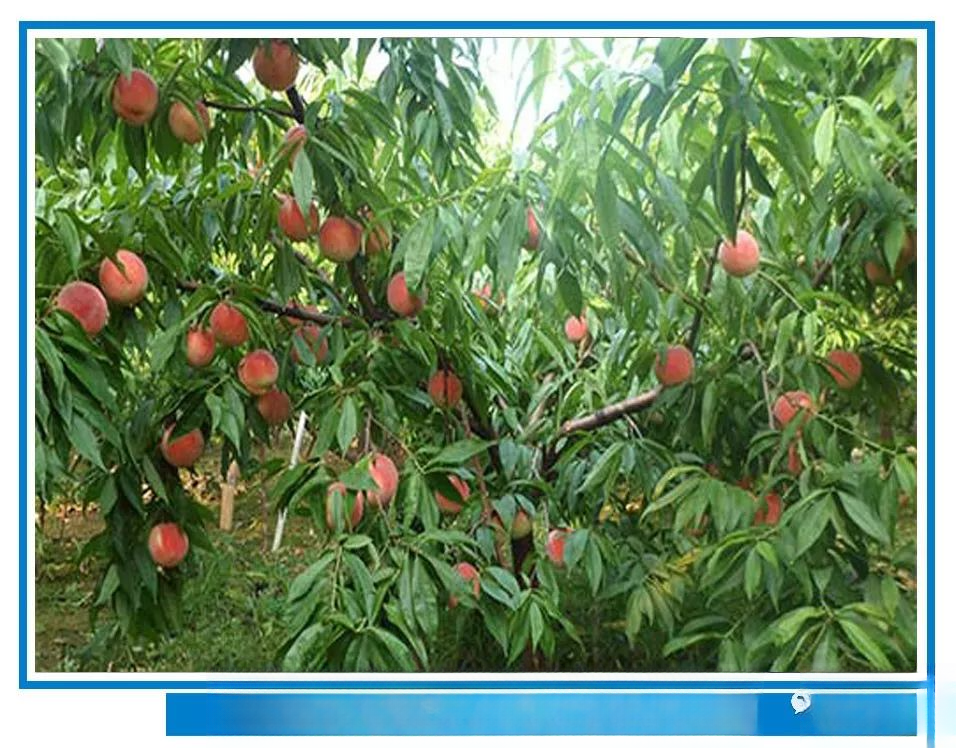
--peach--
Peach tree: It is a small deciduous tree with a weak trunk and a short central trunk life. It is cultivated in a happy shape. The crown height is 4-5 meters, and the crown diameter varies depending on the density of planting, generally about 6 meters.
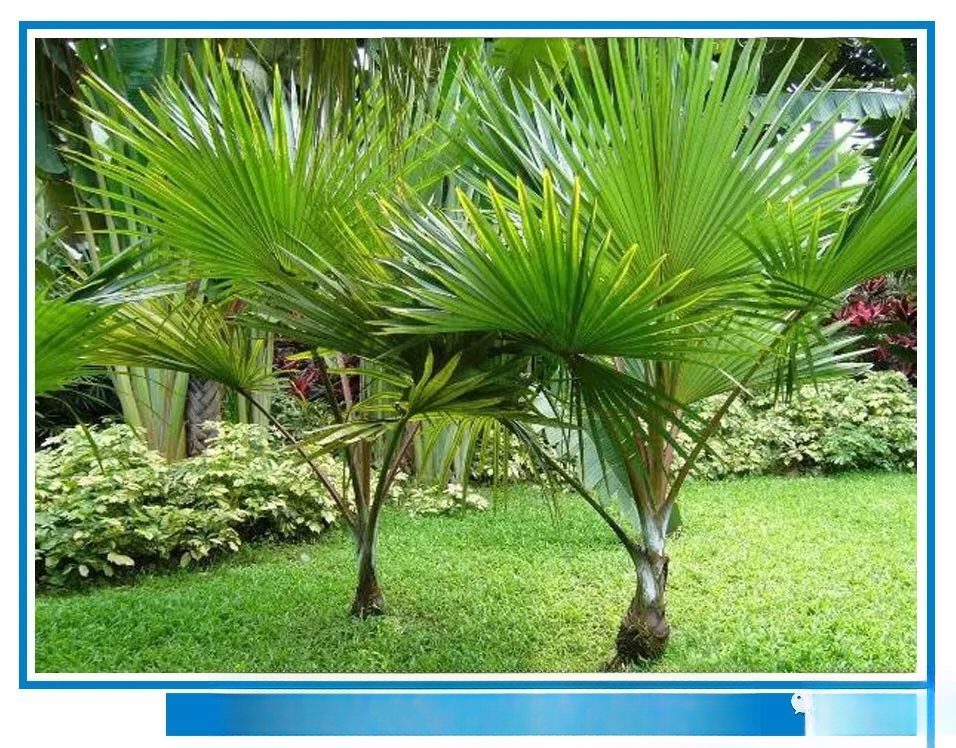
Palm trees
Palm tree: Other names: Tang palm, Pin palm, Fan palm. It is an evergreen tree. The trunk is cylindrical, and often has old petioles and lower leaf stalks. It is native to the south of the Qinling Mountains except Tibet. It is often used in courtyards, roadsides and flower beds, suitable for viewing in all seasons. The wood can be used to make utensils, the leaves can be used to make fans, hats and other crafts, and the roots can be used as medicine.
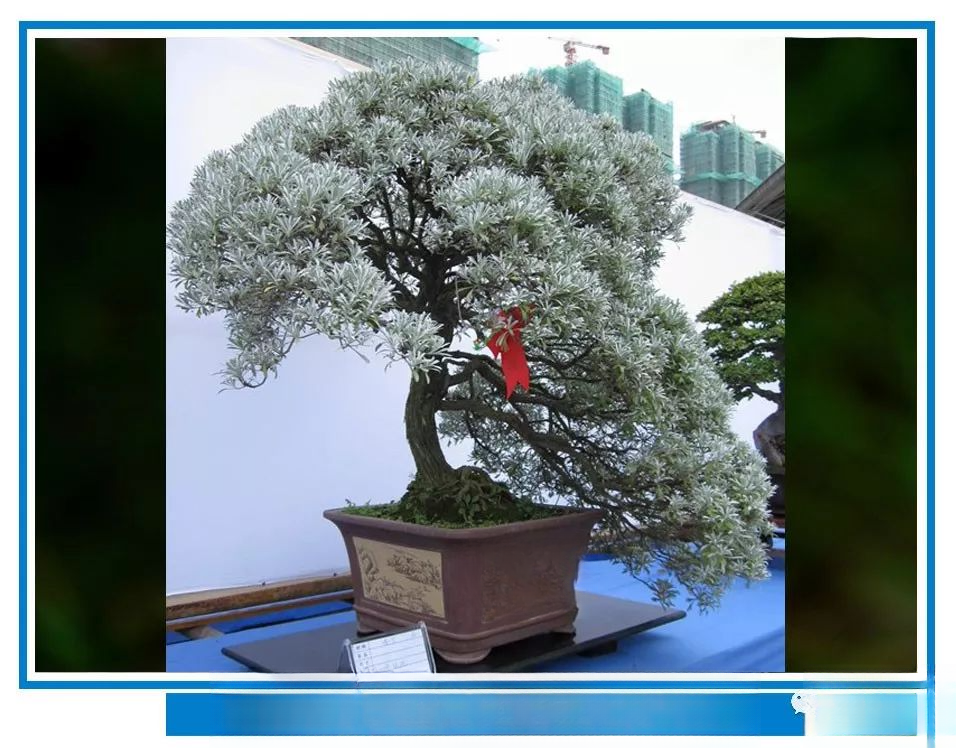
--cedar--
Cedrus: Other names: tower pine, cedar, pagoda pine, cedar, Himalayan cedar. It is a plant of the genus Cedrus in the Pinaceae family. It is an evergreen tree with a spire-shaped crown, flat large branches, and slightly drooping small branches. The leaves are needle-shaped, 8-60 cm long, hard, gray-green or silver-gray, scattered on long branches and clustered on short branches. It blooms in October-November. The cones mature the following year, elliptical-ovate, and reddish brown when ripe. It is produced in western Asia, the western Himalayas, Africa, and the Mediterranean coast. There is only one species of Himalayan cedar, which is distributed in southern Tibet, India, and Afghanistan.
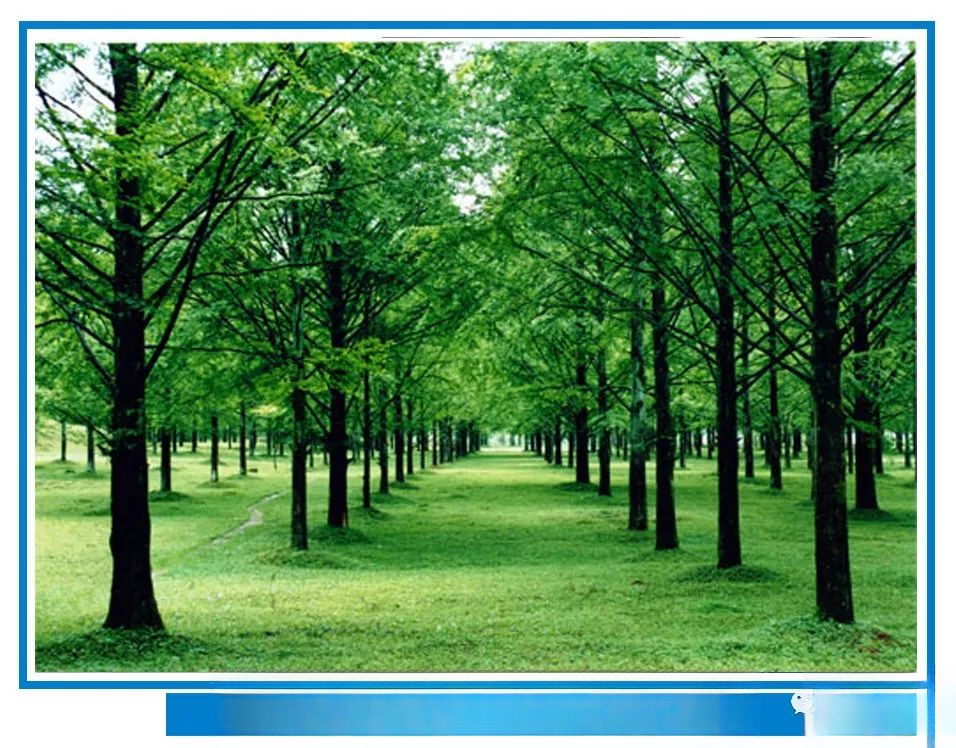
——Metasequoia——
Metasequoia: A deciduous tree, it is the only existing species of the genus Metasequoia in the Cupressaceae family, a rare and endemic relict tree species, and one of the first rare species listed as national first-class protected plants. It is known as the "living fossil" of the plant kingdom.
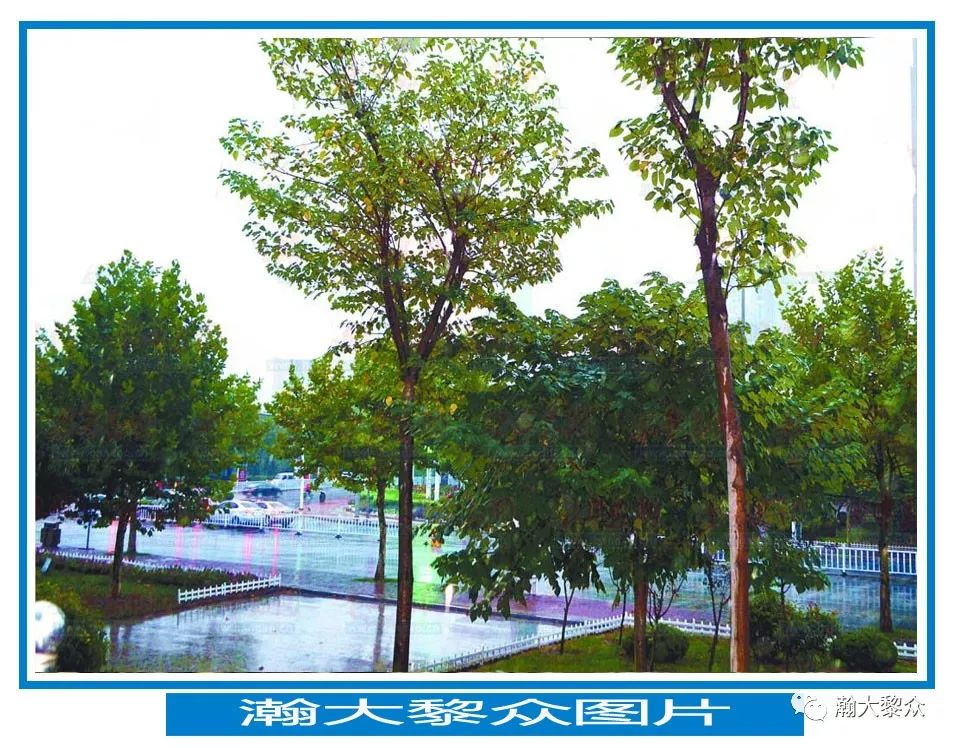
——Paper paper mulberry——
Paper mulberry: Other names: paper mulberry tree, paper mulberry tree, paper mulberry tree, paper mulberry fruit, sandpaper tree, grain wood, grain pulp tree, false bayberry. It is a deciduous tree of the genus paper mulberry of the Moraceae family. Also known as grain pulp tree, ancient name paper mulberry. The bark is the raw material for papermaking. "Qimin Yaoshu" records the planting and papermaking methods of paper mulberry. It was mass-produced in the Sui Dynasty. The tree is 6 to 16 meters tall and has latex. The bark is smooth and dark gray, and the branches are thick and flat. The leaves are alternate, with long petioles, broadly ovate or irregularly 3 to 5 deep cracks, with coarse serrations on the edges, dark green on the surface, covered with coarse hairs, and gray-green on the back, densely covered with soft hairs.
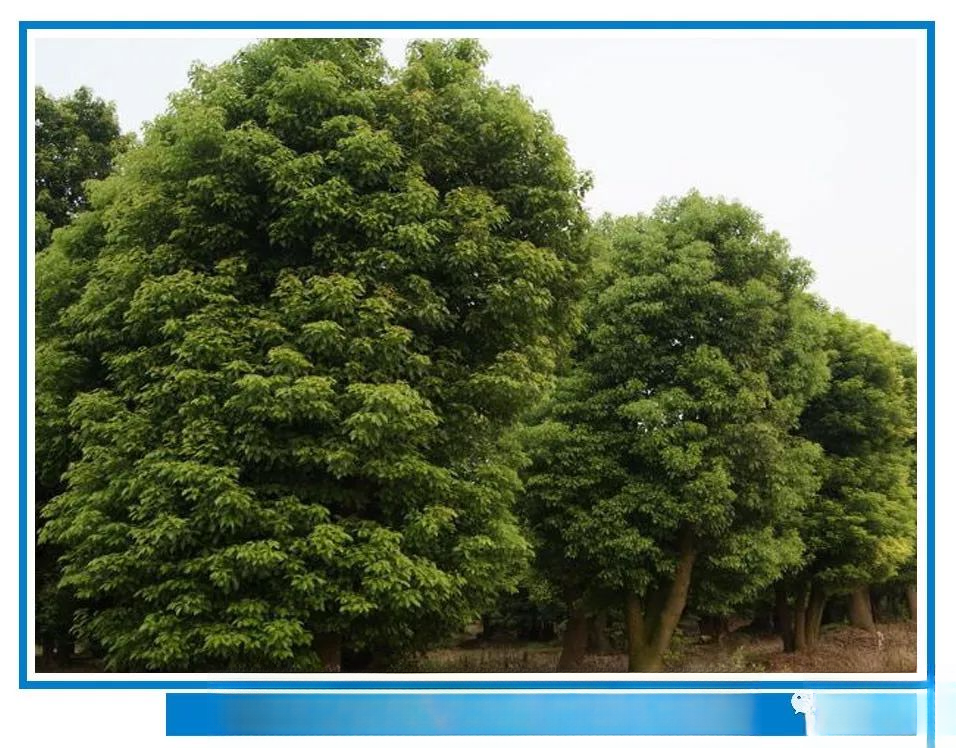
——Camphor tree——
Camphor tree: It is an evergreen tree of Lauraceae. Leaves are alternate, ovate, shiny above, slightly off-white below, with three veins from the base and glands in the vein axils. It blooms in early summer, with small yellow-green flowers and panicles. Drupes are small spherical, purple-black, with a cup-shaped fruit holder at the base. It is widely distributed in various places south of the Yangtze River, with the largest number in Taiwan. The whole plant has a camphor aroma, which can be used to extract camphor and camphor oil. The wood is hard and beautiful, suitable for making furniture and boxes, and is also a greening tree and street tree.
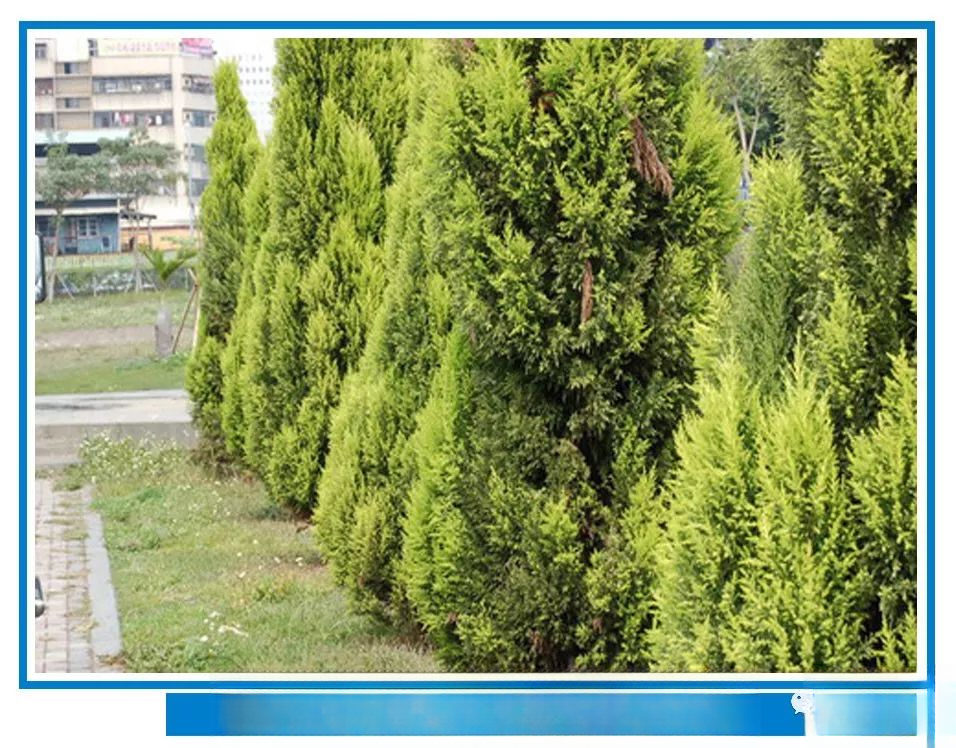
——Cepress orientalis——
Platycladus orientalis: It is an evergreen tree of the gymnosperm subphylum Cupressaceae. It is also called cypress and cedar. It is widely distributed in China, from Inner Mongolia and Jilin in the north to Guangdong and northern Guangxi in the south. It is cultivated almost all over the country. It is an excellent gardening tree species. The wood is moderately hard and soft, delicate, fragrant, and resistant to decay. It is mostly used in construction, furniture, and carpentry. The seeds, roots, leaves, and bark can be used as medicine. The seeds are used to extract oil for soap making, food, or medicine. The tree height can generally reach 20 meters.
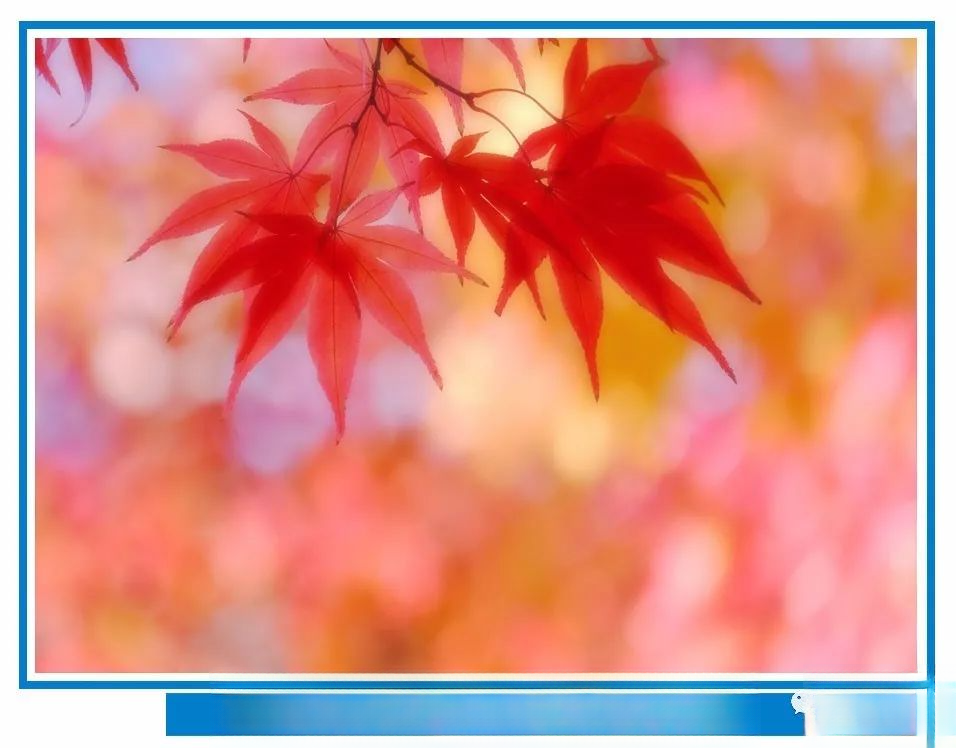
——Red Maple——
Red maple: Alias: purple-red maple, red maple, red leaf, small maple, is a variant of maple of the Aceraceae family, a deciduous small tree, up to 9 meters tall. It has smooth and slender branches, single leaves with 5-7 lobes, alternate palmately, oblong to lanceolate leaves, with double serrations on the leaf margins, and young branches, petioles, and pedicels are all red. The flowers are purple, with umbels at the end, and the flowering period is May. The winged fruit is glabrous and matures in October. Red maple likes sunshine, is afraid of scorching sun and western exposure, likes warm and humid climate, is relatively cold-resistant, slightly drought-resistant; not resistant to waterlogging, suitable for growing in fertile, loose and well-drained soil. Red maple is a precious foliage tree, so it is often appreciated as a potted plant.
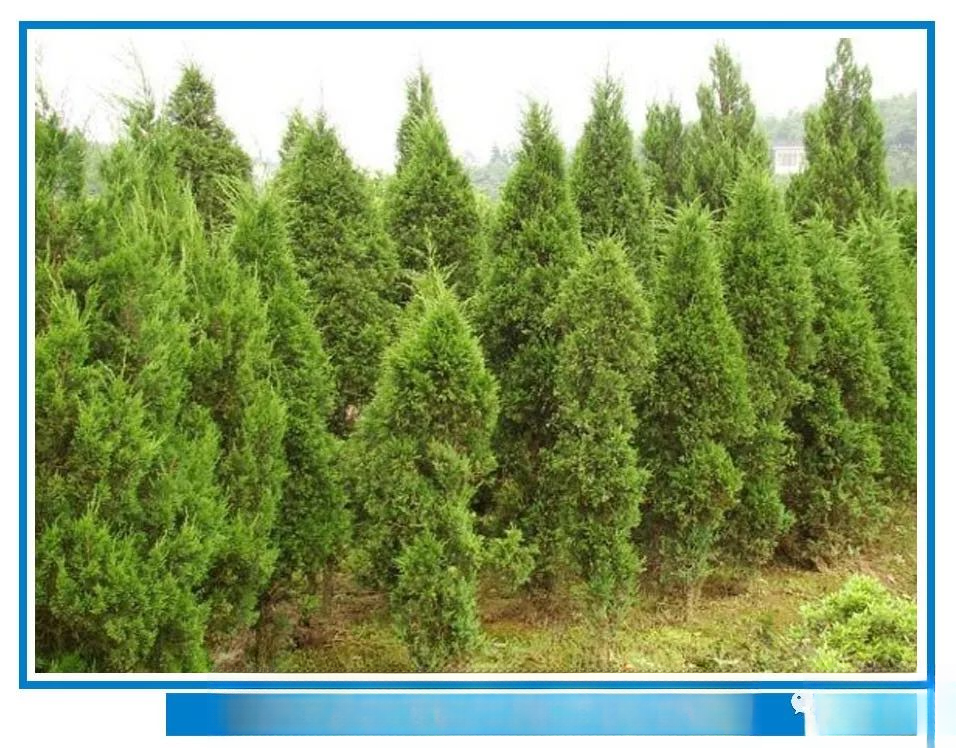
——Pine and cypress——
Pine and cypress: Other names: green pine, pine tree, mountain pine. Evergreen trees that like warmth and are cold-resistant, with strong adaptability to soil pH, are widely distributed in southern North China and East China, and are also often used as ornamental trees in gardens. People have had a special affection for pine trees since ancient times, often using pine and cypress to symbolize strong and unyielding character, and pine, bamboo, and plum are praised as the "three friends of winter."
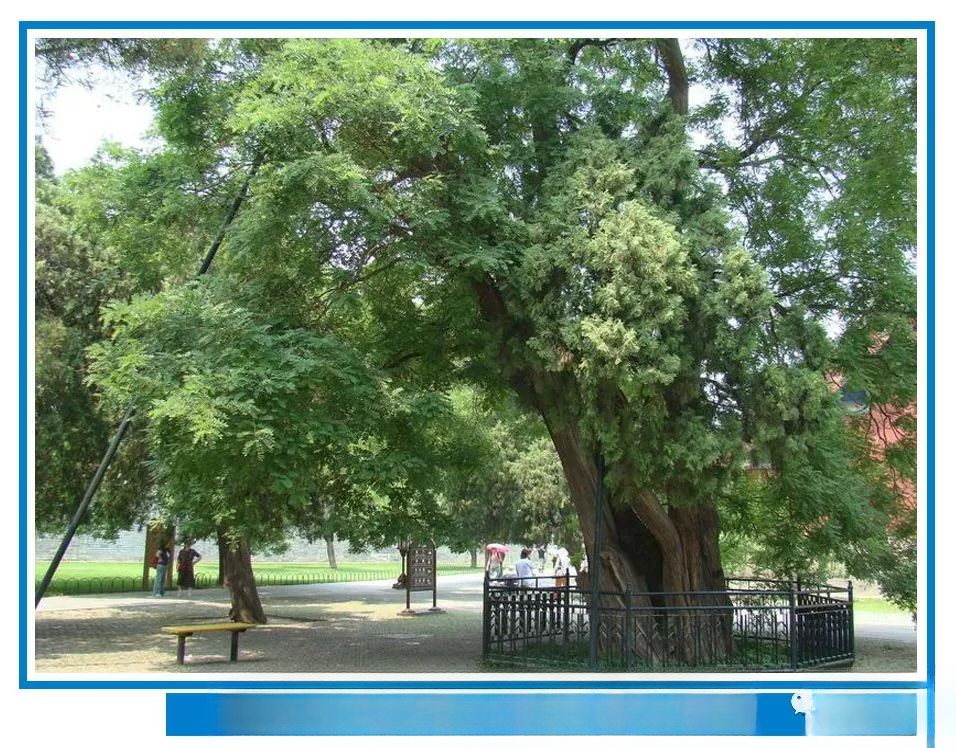
——Sophora japonica——
Sophora japonica: Other names: Sophora japonica, Sophora japonica tree, Sophora japonica core, Sophora japonica, White Sophora japonica, Fine-leaved Sophora japonica, Golden medicinal material, House-guarding tree, House Sophora japonica. Belonging to the Fabaceae family, Sophora japonica is a good greening tree species, often used as a garden shade tree and street tree, and has certain economic and medicinal value. It has been used as the city flower in many regions.
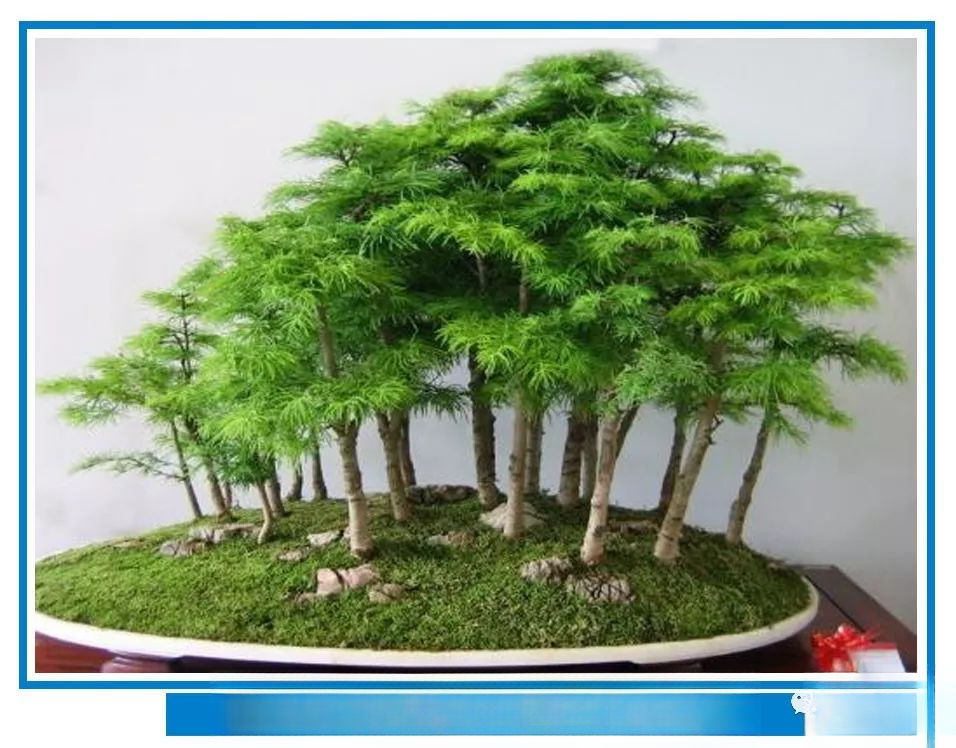
--Chinese fir--
Chinese fir: Mainly produced in China, it is widely used for afforestation in the south of the Yangtze River, and it is also introduced and cultivated in many areas in the north of the Yangtze River. This tree grows rapidly in mountains or riverbanks with thick soil, warm and rainy climate, and good drainage. It was originally distributed in the areas south of the Huaihe River and Qinling Mountains, and is now expanded to Ding'an, Guangdong in the south and Muping, Shandong in the north. It is an important timber species. The material is light, soft, delicate, with straight texture and easy to process. It is used for construction, bridges, shipbuilding, electric welding, pit wood, and wooden stumps, and can be used as raw materials for papermaking and textiles. The bark, roots, and leaves are used as medicine, which can dispel wind and dampness, astringe and stop bleeding. The seeds contain about 20% oil and are used to make soap.
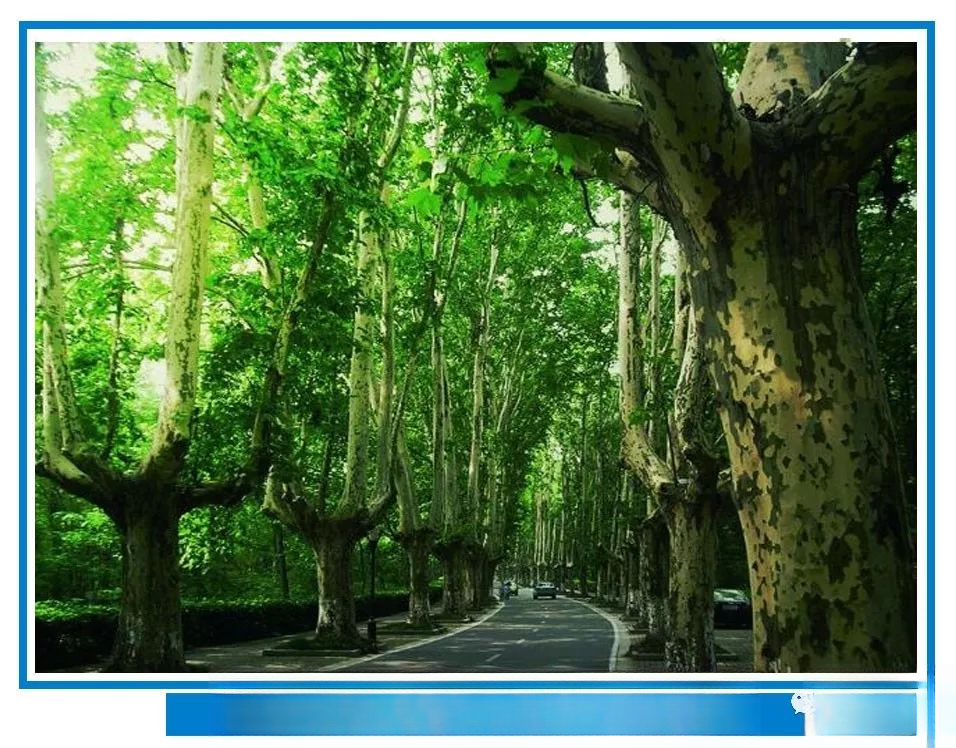
——Plantain Tree——
French plane tree: It is a deciduous tree. It mainly grows in the mid-subtropical region. The plane tree is commonly known as the "Phoenix tree". In plant taxonomy, it belongs to the family Platanaceae. There is only one genus under the family, the Platanus genus, with about 7 species. It is native to southeastern Europe, India and America. However, only three species have been introduced for cultivation, namely, the two-ball plane tree, also known as the English plane tree, and the parent of the hybrid, the one-ball plane tree, also known as the American plane tree, and the three-ball plane tree, also known as the French plane tree. Now we usually call these three species "Face Plane Tree".
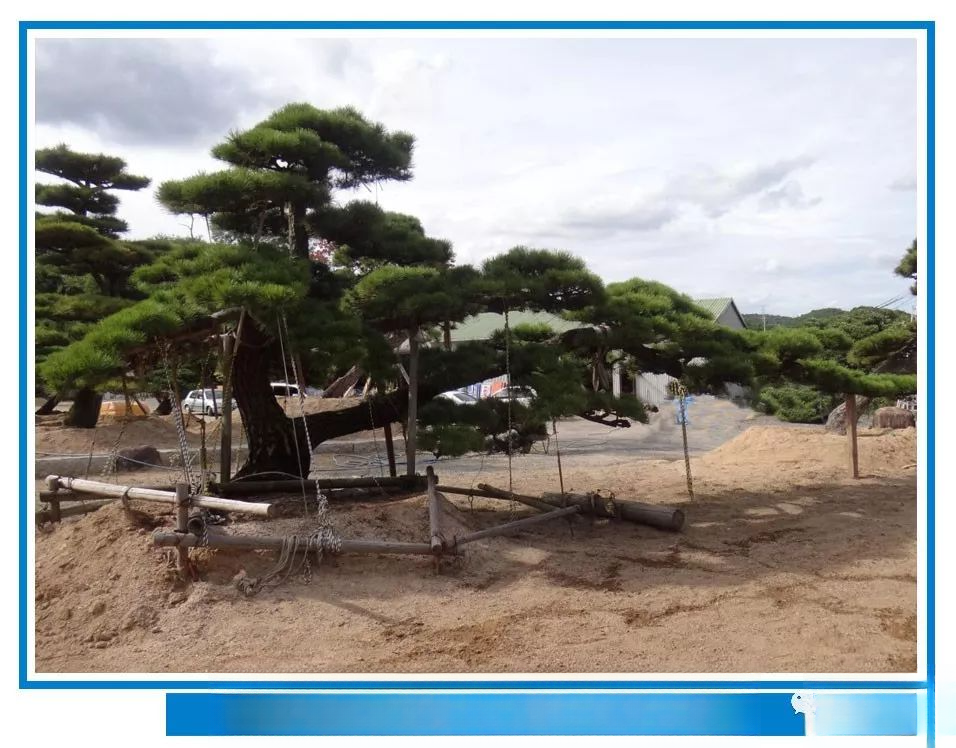
——Black pine——
Black pine: Another name: white bud pine. Evergreen tree, up to 30 meters tall, with gray-black bark. Flowers bloom in April, single, female flowers grow on the top of new buds, purple, with many seed scales (carpels) overlapping and arranged in a spherical shape. When mature, most pollen is blown away by the wind. The cones mature in the autumn of the following year, and the scales split open to release seeds, which have thin wings. The scales have short thorns on the navel.
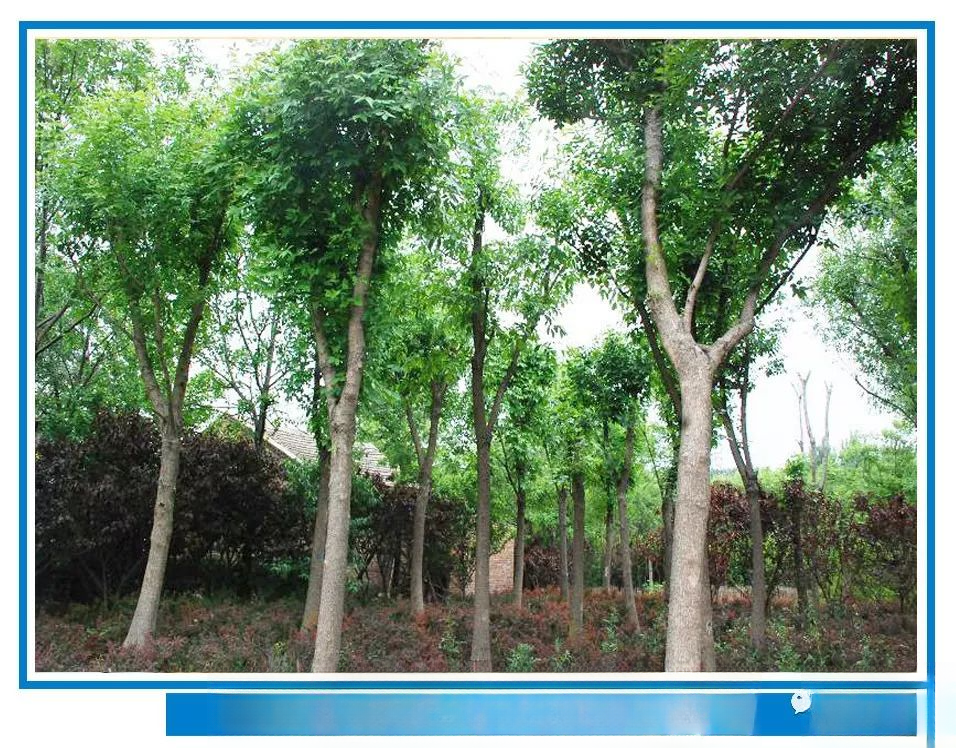
--white wax--
Fraxinus chinensis: It is distributed from the central and southern parts of Northeast China in the north, through the Yellow River Basin and the Yangtze River Basin, to Guangdong and Guangxi in the south, to Fujian in the southeast, and to Gansu in the west.
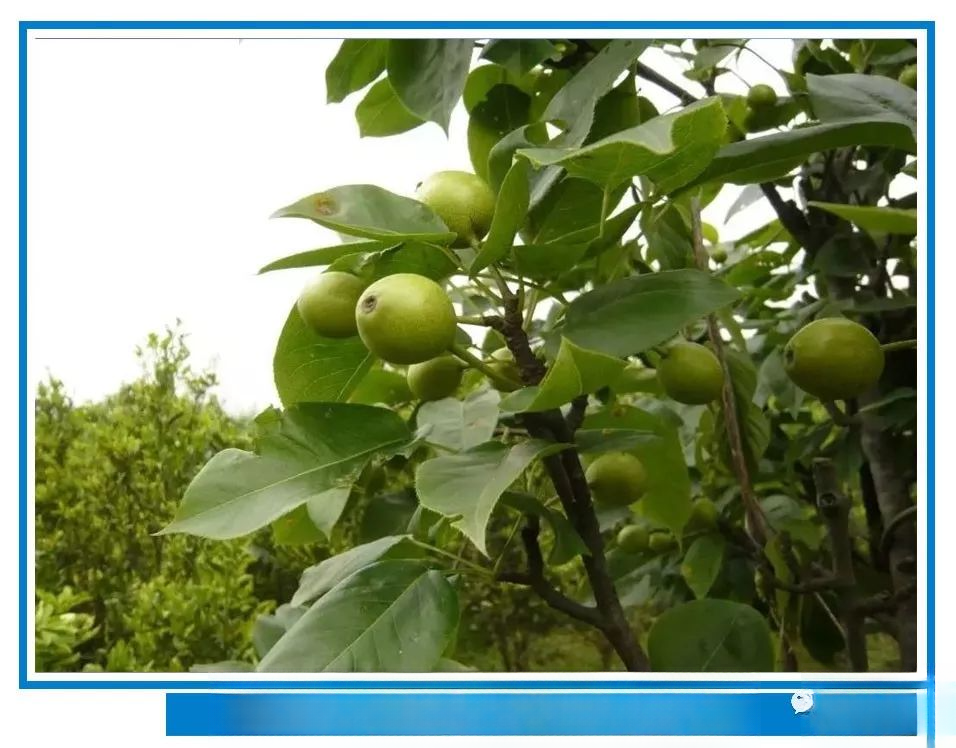
——Pear Tree——
Pear tree: It is a perennial deciduous fruit tree of the genus Pyrus in the Rosaceae family. It is widely distributed around the world. At the same time, pear tree is also used as a place name, such as Lishu County and Lishu Town.

——Spruce——
Spruce: Alias: rough-branched spruce, large-fruited spruce, rough-barked spruce. It is a perennial green tree that lives in mountainous areas and river valleys at an altitude of 2,000 meters (6,600 feet) to 3,800 meters (12,500 feet). Its cold-resistant zone is level 6 to 7. It requires sufficient sunshine, a humid environment, well-drained, neutral to acidic soil. It can grow in poor or strongly acidic soil, but cannot adapt to air-polluted environments. It grows slowly. In the natural environment, it often gathers to form vast pure forests, which look like white clouds from a distance, hence the name spruce.
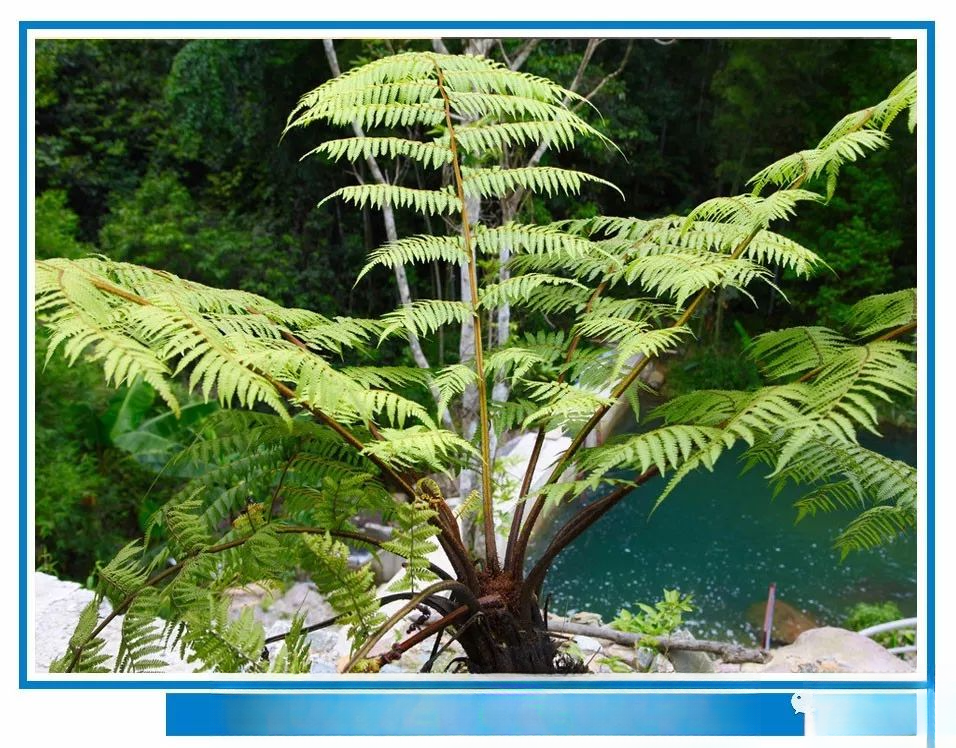
——Alternaria spinulosa——
Also known as "tree fern", it is the only existing woody fern plant. It is extremely precious and can be called a national treasure. It is listed as an endangered plant under first-class protection by many countries. It belongs to the more primitive vascular plant, the Alsophila family of the Pteridophyte. Alsophila is a descendant of the ancient fern family. It can be made into handicrafts and traditional Chinese medicine, and is also a good ornamental tree in the garden.
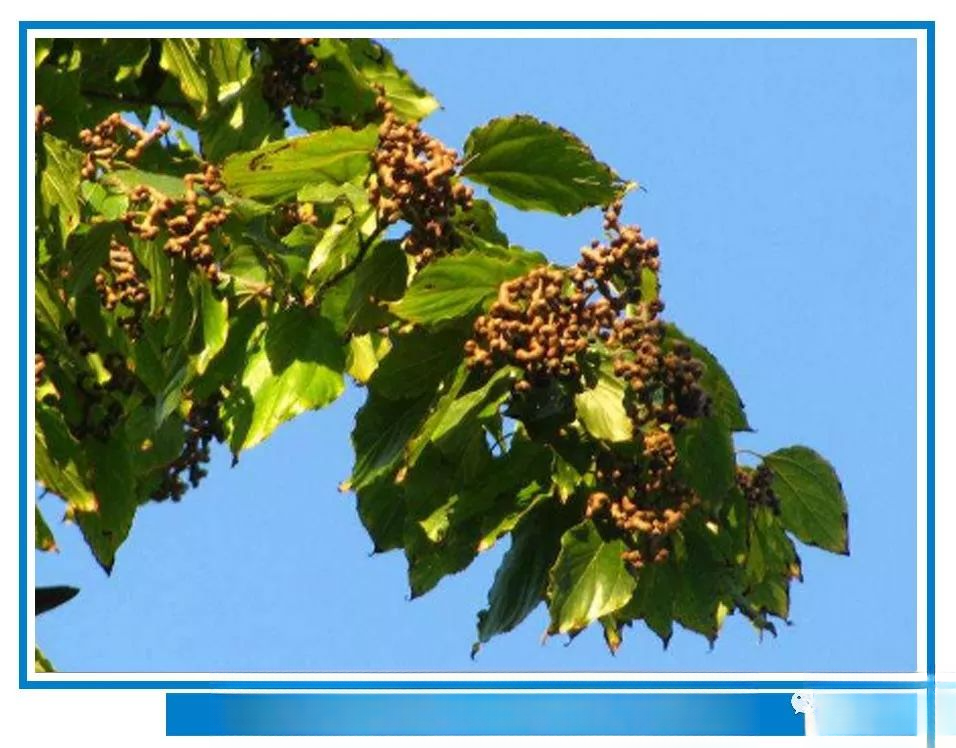
——Jujube——
Ziziphus jujuba: Also known as: chicken claw, golden hook pear, Ziziphus jujuba, it is a positive tree species, growing on sunny slopes, valleys, ditches and roadsides or cultivated; mainly distributed in Shaanxi, Jiangxi, Anhui, Zhejiang, Guangdong, Fujian, Hubei, Hunan, Guangxi, Sichuan, Guizhou, Yunnan and other provinces. Wanshou fruit tree is a rare tree species, a woody plant, the tree height varies from five to more than ten meters, the fruit tree blooms in spring every year, the fruit matures in October, the fruit shape resembles the regular script "wan", so the tree is called Wanshou fruit tree, the fruit is Wanshou fruit, the fruit is ripe and can be eaten raw, the flesh is pulpy, there is no fruit core, the seeds are exposed outside the flesh, the taste is sweet and slightly astringent, it can also be made into soup, the soup tastes unique and mellow. The fruit has the effect of invigorating qi and blood, suitable for both young and old.
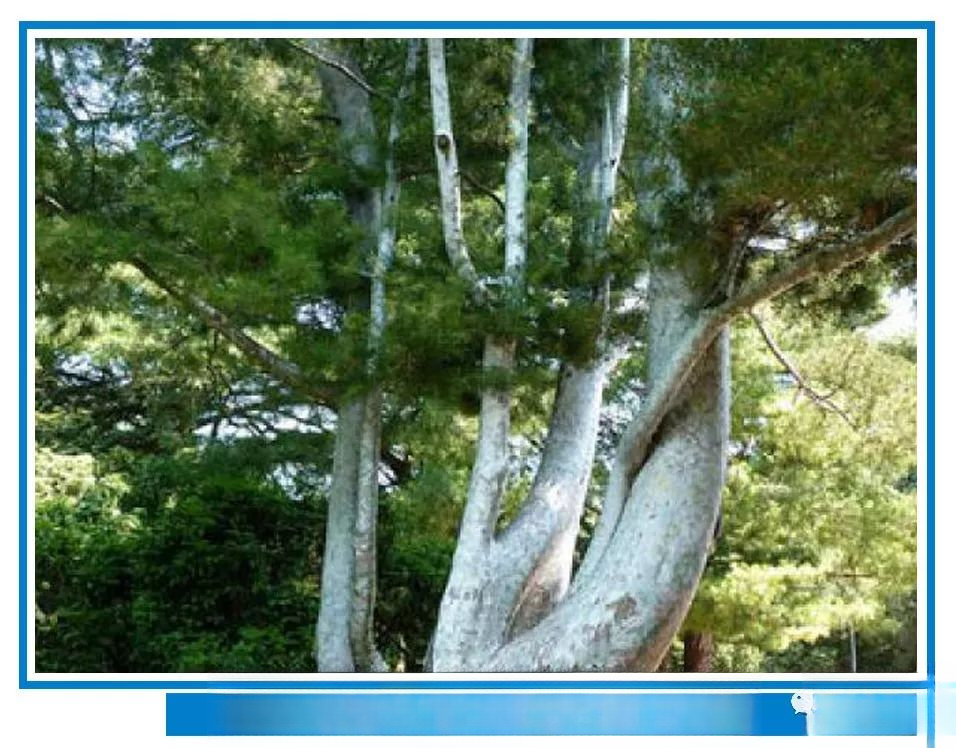
——White Pine——
White pine: Other names: white bone pine, three-needle pine, ginkgo pine, tiger skin pine, Panlong pine is an evergreen tree with whorled branches, prominent winter buds, numerous bud scales, and shingle-like arrangement. The young branches have needles, which grow on the node-shaped leaf pillows at the junction of branches and leaves. Each pine needle has a thick cuticle and a waxy outer membrane on the outside, which reduces the loss of water in the pine tree and ensures that the species can survive in a very dry environment.

——Birch——
White birch is a deciduous tree. It looks beautiful when planted alone or in clusters on lawns, ponds, lakes or roadsides in gardens and parks. White birch is the national tree of Russia and a symbol of the country's national spirit. In the north, on grasslands, in forests, and on mountain roadsides, it is easy to find dense white birch forests.
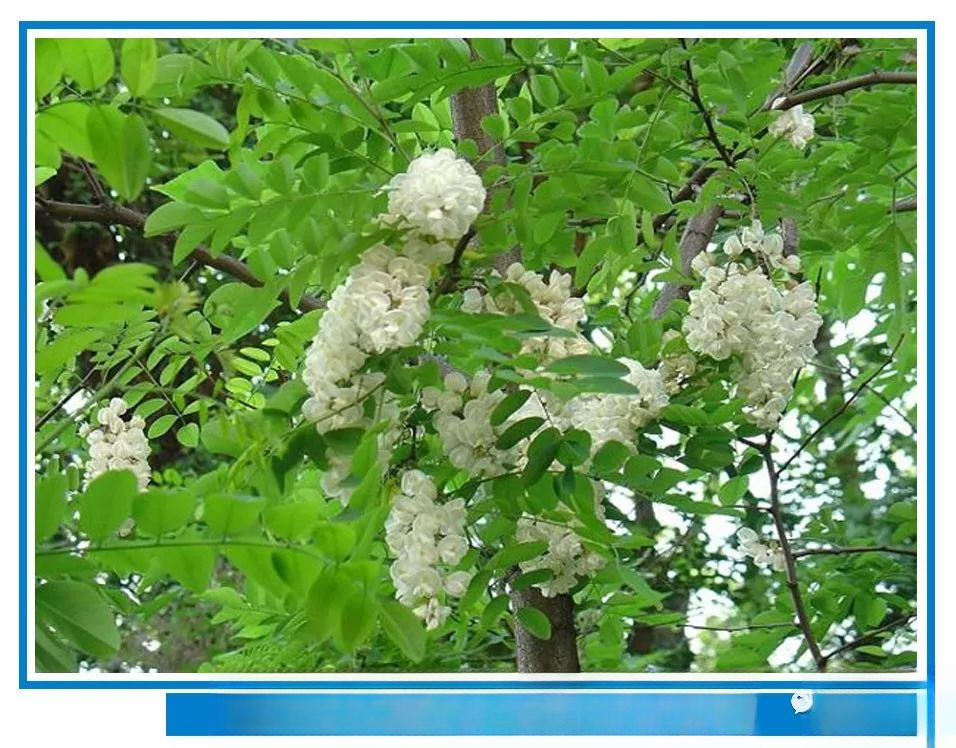
--locust--
Robinia: Also known as Robinia pseudoacacia, it is a deciduous tree belonging to the genus Robinia in the Fabaceae family. Native to North America, it is now widely introduced to Asia, Europe and other places. Robinia pseudoacacia has thick, dark bark with many cracks; there is a pair of 1-2mm long thorns at the base of the leaves; the flowers are white, fragrant, and spike-shaped inflorescences; the fruit is a pod, each pod contains 4-10 seeds. Robinia pseudoacacia wood is hard, corrosion-resistant, slow to burn, and has a high calorific value. Robinia pseudoacacia flowers are edible.
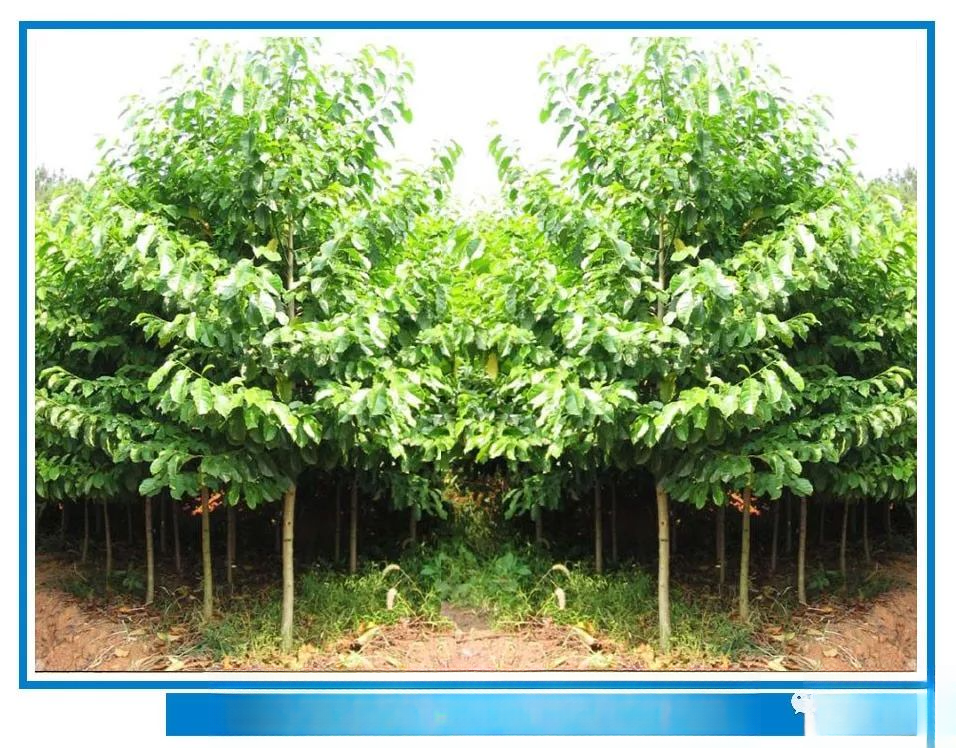
—— Catalpa ——
Catalpa: It is a tree plant of the genus Catalpa in the Bignoniaceae family, up to 15 meters high. The crown is obovate or elliptical, and the bark is brown or yellow-gray. It likes light, is slightly shade-tolerant, cold-resistant, suitable for temperate regions, and grows poorly in warm climates. It has deep roots. It likes deep, fertile and moist soil, is not drought-tolerant and barren, and can tolerate light saline-alkali soil. It has strong pollution resistance. Catalpa has a straight body, a wide crown, large leaves and dense shade. In spring and summer, the tree is full of yellow flowers, and in autumn and winter, pods hang. It is a tree species with certain ornamental value. It can be used as a street tree or a greening tree species. The young leaves are edible; the root bark or bark, fruit, wood, and leaves can all be used as medicine; the wood can also be used to make furniture.
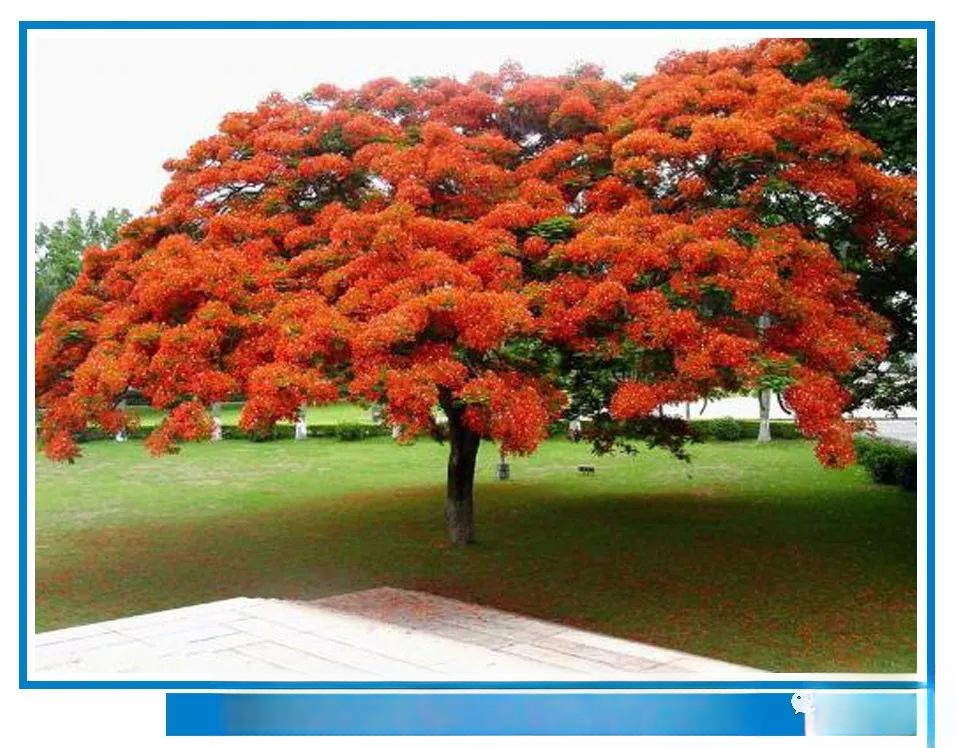
——Phoenix tree——
Delonix regia: It is named after its leaves that resemble the wings of a flying phoenix and its flowers that resemble the crown of a red phoenix. Other names include: Golden Phoenix Flower, Red Flower Jacaranda Tree, Fire Tree, Foreign Jacaranda, Red Flower Jacaranda Tree, Phoenix Tree, Red Flower Jacaranda, Shadow Tree, Golden Phoenix Tree, Phoenix. Delonix regia is known as one of the most colorful trees in the world because of its bright red or orange flowers and bright green pinnate leaves. It is the national tree of the Republic of Madagascar in Africa, the city tree of Xiamen, Tainan, Taiwan, and Panzhihua, Sichuan, the city flower of Shantou, Guangdong, the city flower of Zhanjiang, Guangdong during the Republic of China period, and the school flower of Shantou University and Xiamen University.
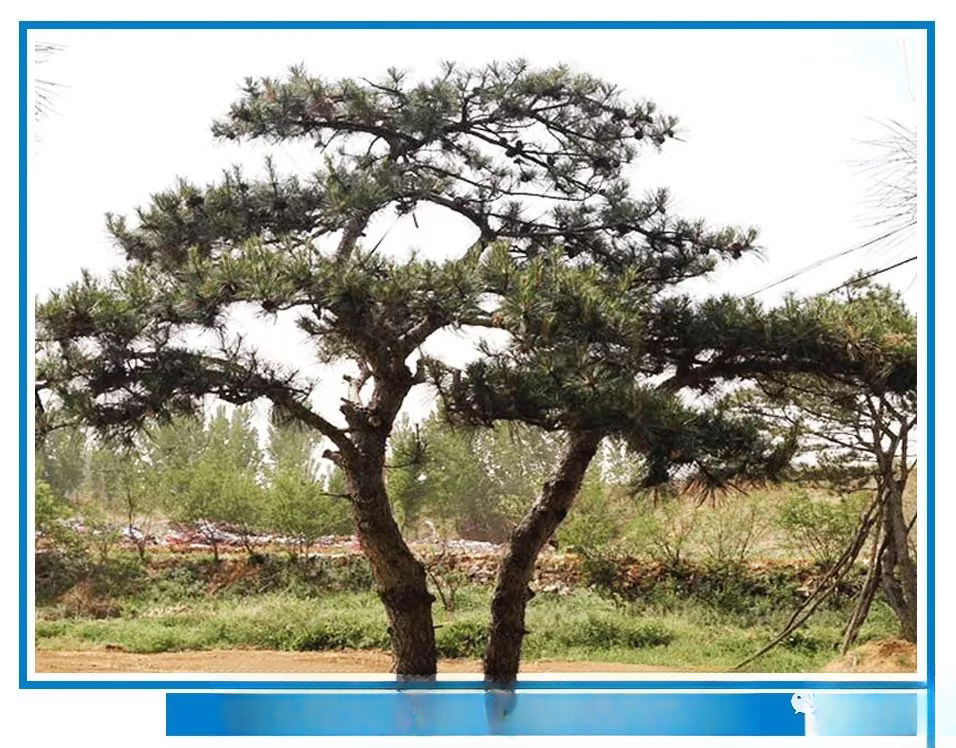
——Pinus tabulaeformis——
Pinus tabulaeformis: Also known as short-leaf pine, short-leaf masson pine, red pine, Northeast black pine, etc., it is a pine tree native to the north, from western Liaoning to Inner Mongolia and Gansu, south to Shandong, Henan and Shanxi, and the northern part of the Korean Peninsula. Pinus tabulaeformis is a medium-sized evergreen tree, 20-30 meters tall, with a conical crown for young trees and a flat crown for mature trees. Pinus tabulaeformis grows very fast when it is young, and the growth rate slows down as the tree ages.

——Longbai——
Juniperus: Classification: Cupressaceae, Juniperus. It is a variant of Juniperus (juniper) of this genus. The crown is cylindrical and resembles a dragon body. The side branches have a slight spiral. It is positive, not very cold-resistant, resistant to harmful gases, has strong dust retention ability, and is resistant to pruning. It is usually propagated by cuttings and grafting.
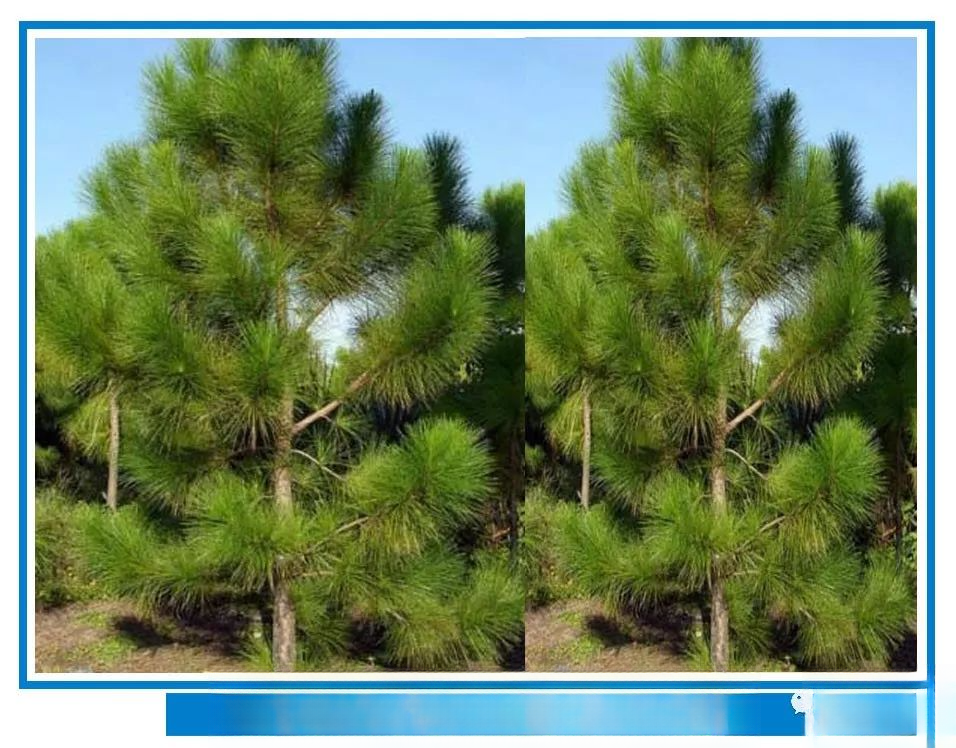
——Massoniana——
Masson pine: Also known as mountain pine, it is a plant of the genus Pinus in the family Pinaceae. The trunk is reddish brown and cracked in blocks. The crown is narrowly conical in its prime and opens like an umbrella in its old age. The branches are hairless. The leaves are linear, with 2 needles in a bundle, and the texture is soft. The cones are long oval, with short stalks, often drooping. The scale shield is slightly raised or flat, the scale navel is slightly concave, and there are no thorns.
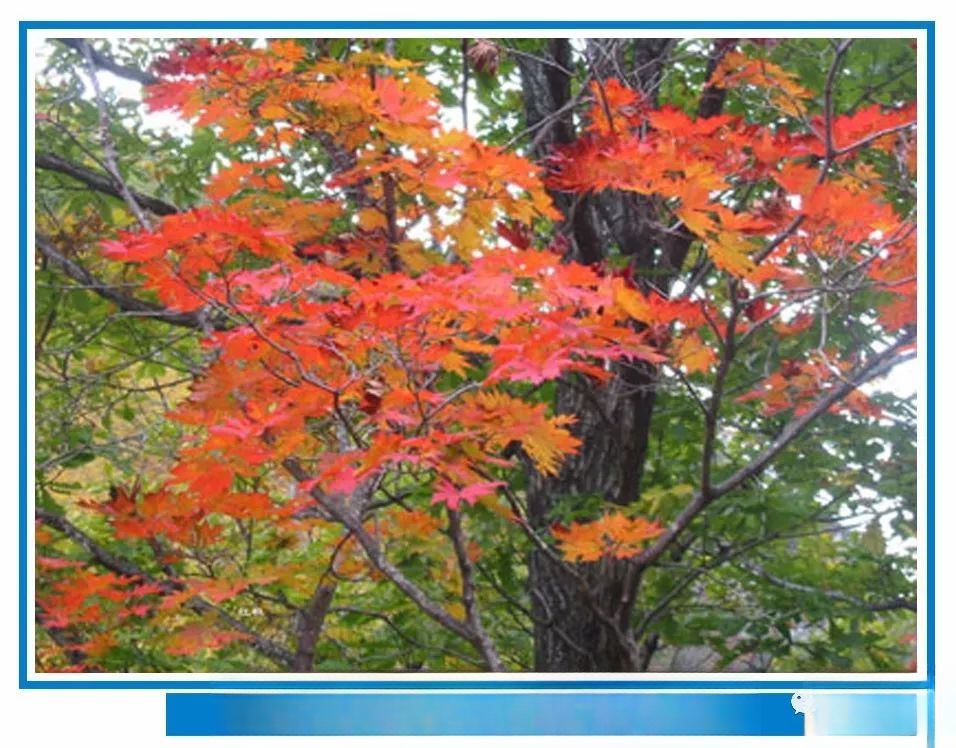
——Five-pointed maple——
Acer truncatum: Other names: ground maple, colored wood, horned maple, and pentagonal maple. Acer truncatum is a plant of the Aceraceae family and the genus Acer. It is distributed in southern Anhui, northwestern Zhejiang, Jiangxi, and other places.

Horse Chestnut
Horse chestnut: Other names: horse chestnut, horse chestnut, Tianshi chestnut, pistachio, monkey chestnut. It is a deciduous tree of the Aesculaceae family of the Sapindaceae order. The seeds of horse chestnut are edible, but they taste bitter when eaten directly. They need to be boiled in alkaline water before they can be eaten. They taste like chestnuts. Starch can also be extracted.
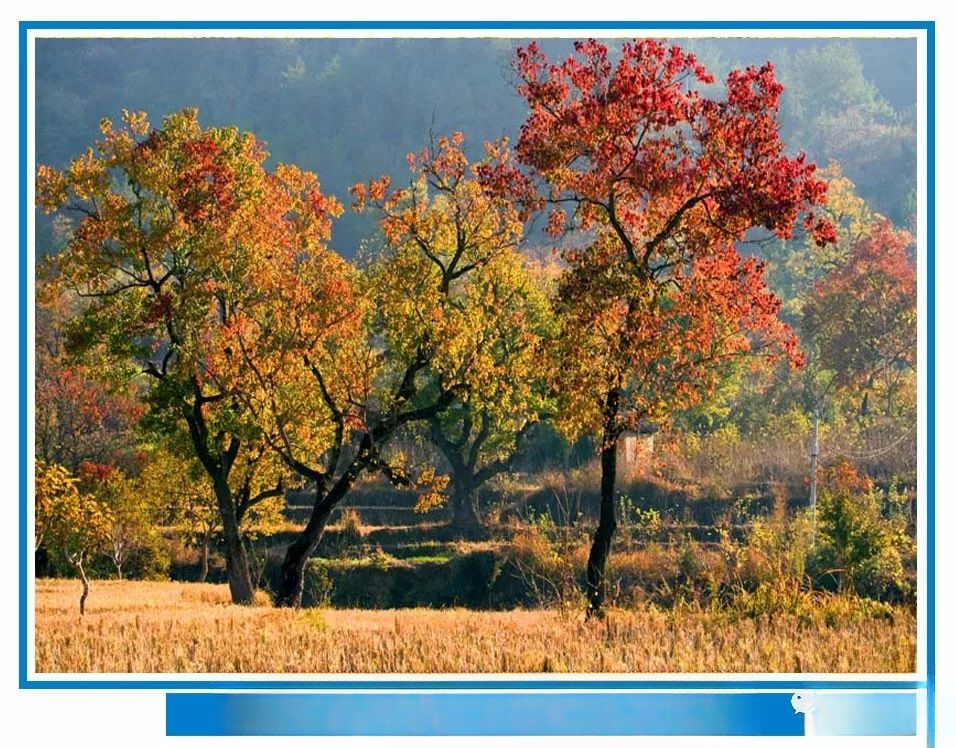
——Sapium wilfordii——
Chinese tallow tree: Also known as wax tree, Chinese tallow tree, and wood tree, it is a deciduous tree of the genus Chinese tallow in the Euphorbiaceae family. It is used in gardens for its shape, color leaves, and fruit, and has a very high ornamental value. The seeds are black and oily, spherical, and covered with white waxy arils, which can be used to make paint. The arils are the raw materials for making candles and soaps, and have extremely high economic value. Chinese tallow tree is a colorful leaf tree species, with bright red leaves in spring and autumn, not inferior to red maple. It is a unique economic tree species with a cultivation history of more than 1,400 years.
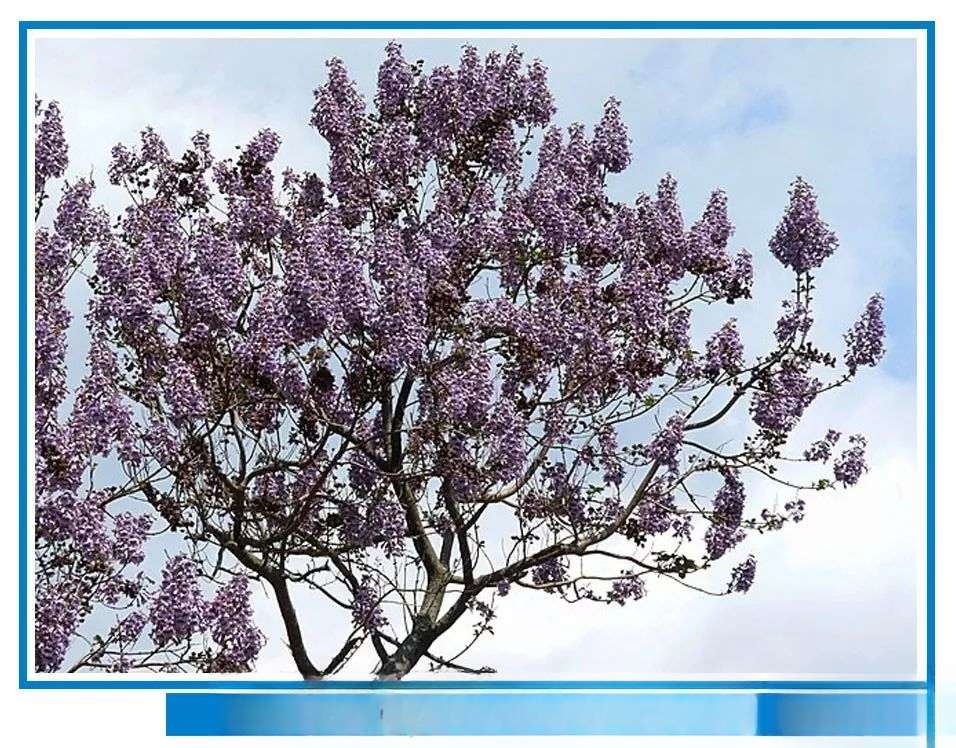
——Paulownia——
Paulownia: Other names: white-flowered Paulownia, big-fruited Paulownia, empty Paulownia, water Paulownia, Paulownia tree, purple-flowered tree hair is the only genus in the Paulownia family, with 6-17 similar trees, all of which are fast-growing species. Taxonomists disagree on the specific differences between species. Some taxonomists merge the "Paulownia family" into the Scrophulariaceae family. Paulownia species are all native to China and were introduced to Vietnam, Japan, and other parts of Asia a long time ago. They are now distributed all over the world.
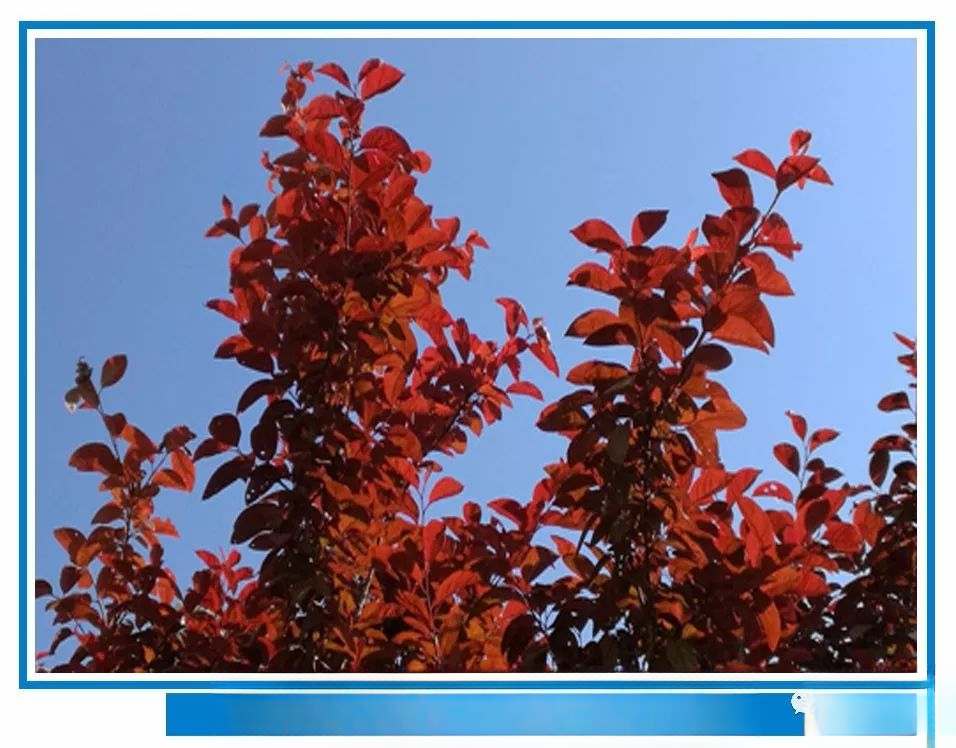
——Red Leaf Plum——
Red Leaf Plum: Purple Leaf Plum. Purple Leaf Plum, also known as Red Leaf Plum, is a small deciduous tree of the genus Prunus in the Rosaceae family. It can reach 8 meters in height. It is native to southwestern Asia and widely planted in North China and its southern regions. The leaves are purple-red all year round. It is a famous foliage tree species. It is suitable for solitary or group planting and can set off the background. Especially the shiny purple leaves, among the green leaves, are like everlasting flowers, forming a beautiful landscape among the green mountains and clear waters. Common production areas include Changjing Garden in Jiangsu.
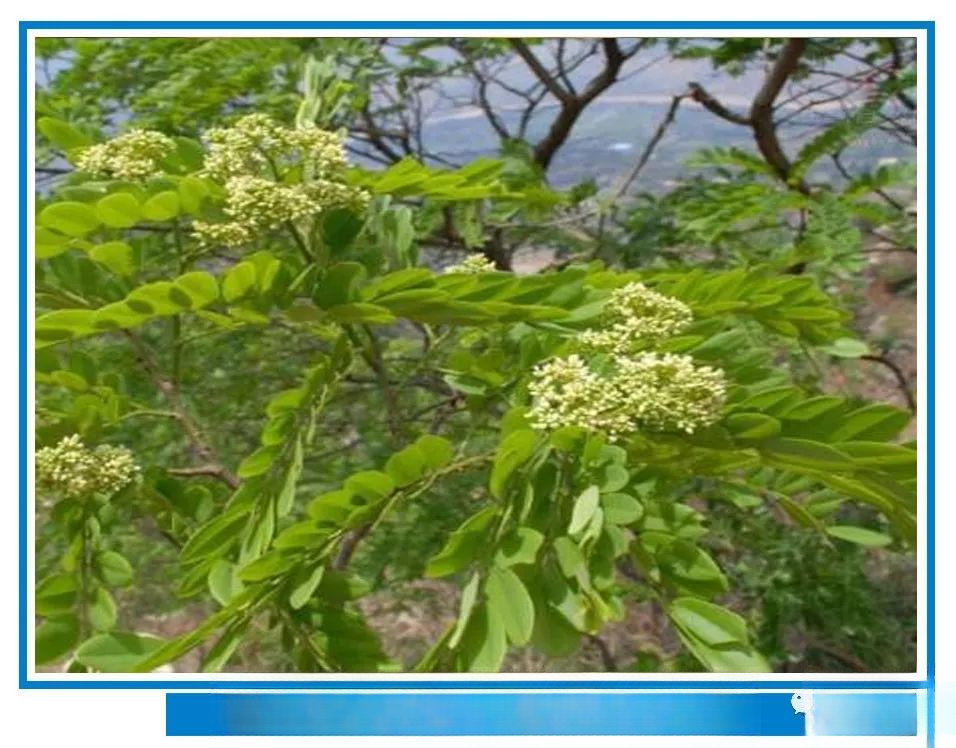
——Dalbergia odorifera——
Dalbergia : Dalbergia plants are highly adaptable to the environment, are resistant to drought and barrenness, have low requirements for soil pH, and have deep roots and nitrogen fixing properties. Therefore, they are also used as the primary tree species for reclamation and greening of wasteland and hills in gardens.
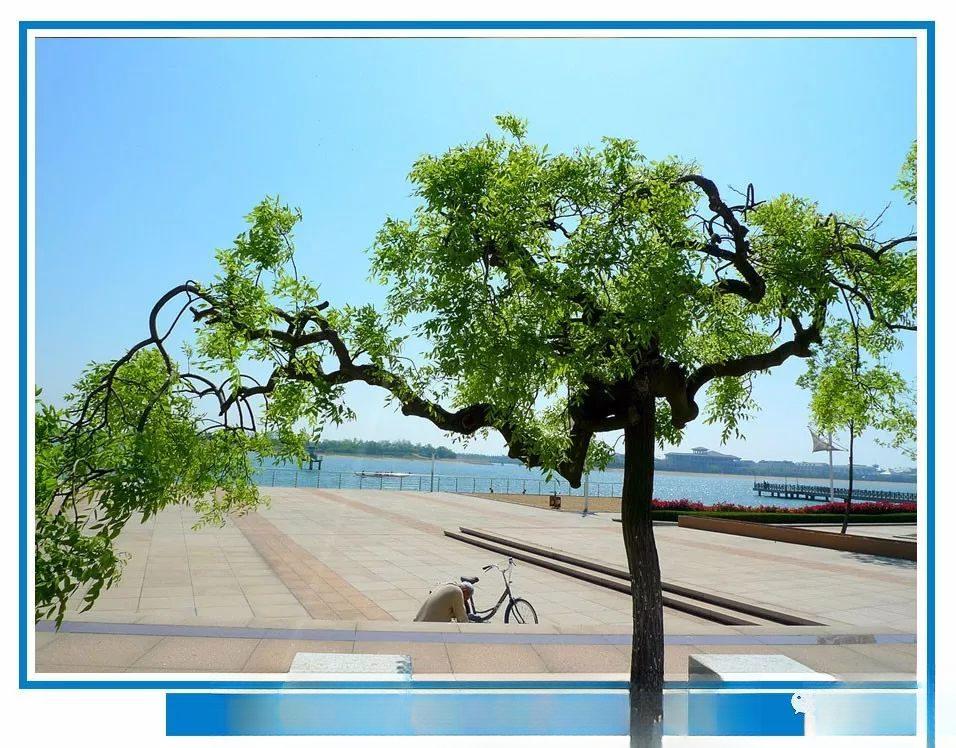
——Dragon claw locust——
Sophora japonica: Other names: weeping sophora, coiled sophora. It is a bud mutation of Sophora japonica, a deciduous tree. The crown is like an umbrella, with beautiful appearance. The branches form a disk, and the upper part is coiled like a dragon. The old tree is strange and ancient. It is produced in North China and Northwest China. It has been introduced and planted in Fushun, Tieling, Shenyang and the areas south of it. Sophora japonica likes light and is slightly shade-tolerant. It can adapt to dry and cold climates. It has high ornamental value. Its leaves and flowers are for viewing. Its posture is beautiful. It is an excellent garden tree species.
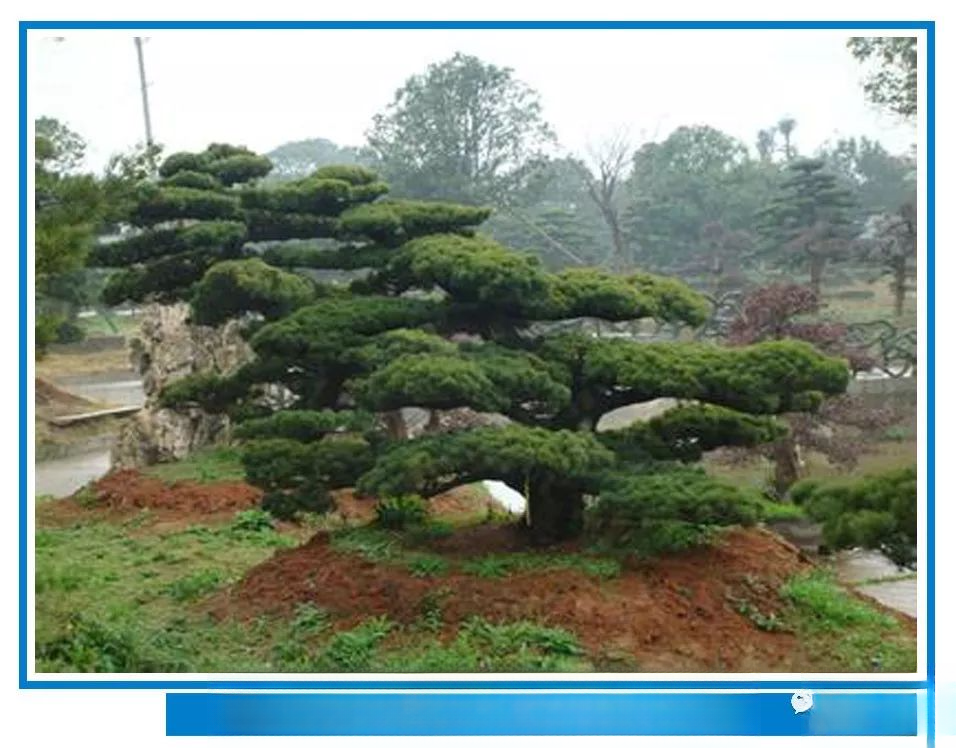
——Five-needle pine——
Five-needle pine: Other names: Japanese five-needle pine, five-hair pine, Japanese five-needle pine. It is named because of its five-leaf clusters. There are many varieties of five-needle pine, among which the most valuable is the large-leaf pine with the shortest needles (about 2 cm long) and dense branches. At present, five-needle pine bonsai has been widely planted in various places. Five-needle pine plants are short, grow slowly, have short leaves and dense branches, are elegant, and have a beautiful tree shape. It is a superior tree species for making bonsai.
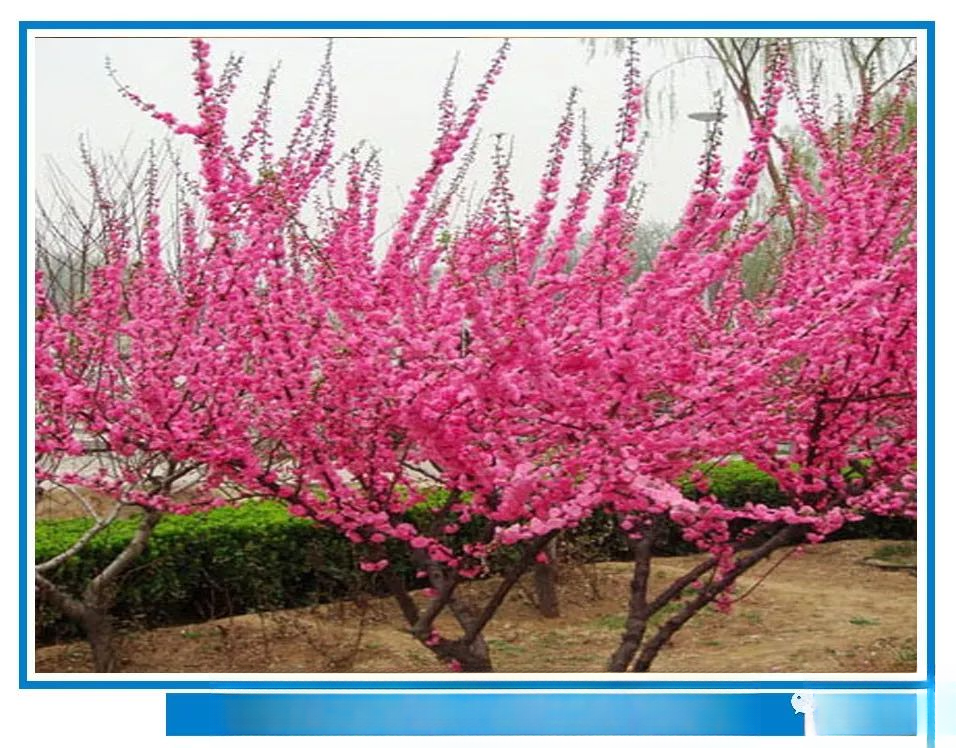
——Prunus mume——
Prunus mume: Rosaceae, Prunus genus. The flowers look like peach blossoms, but the leaves have deep veins and thick serrations like elm trees. Prunus mume is occasionally planted in cities, and its variant, the double-petaled Prunus mume, is planted everywhere. You can see the double-petaled guys on the roadside. The single-petaled Prunus mume grows in mountainous areas, and can be found in Yudu Mountain and Xiaolongmen. It is also known as Prunus mume, Xiaotaohong, and Prunus mume. Because its leaves resemble elms and its flowers resemble plums, it is called "Prunus mume". Because its variant has short branches and dense flowers, and the branches are full of flowers, it is also called "Luanzhi".
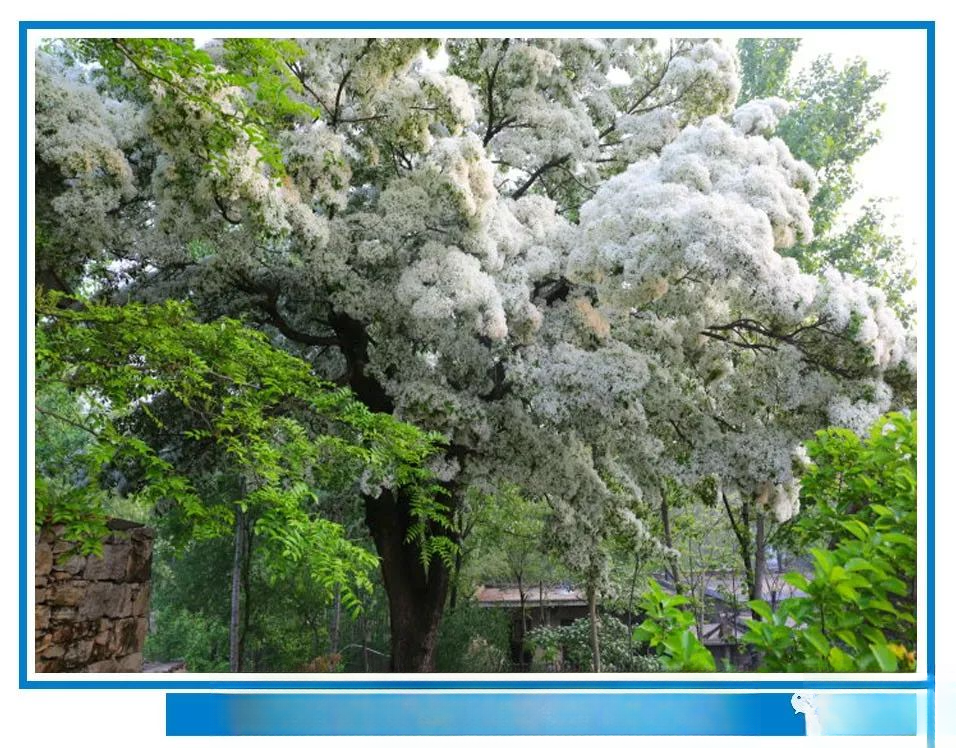
——Fringed Tree——
Tassel tree: Also known as the sparse tree, tea tree, and April snow, it is a plant of the genus Tassel Tree in the family Oleaceae, distributed in Taiwan, South Korea, and Japan. The flowers are white and it is a good garden ornamental plant. The wood is hard, heavy, and fine, with excellent texture, and is often used to make abacus or utensils; the young leaves can be used as tea for beverages, and the fruit is rich in oil and can be pressed for oil for industrial use.
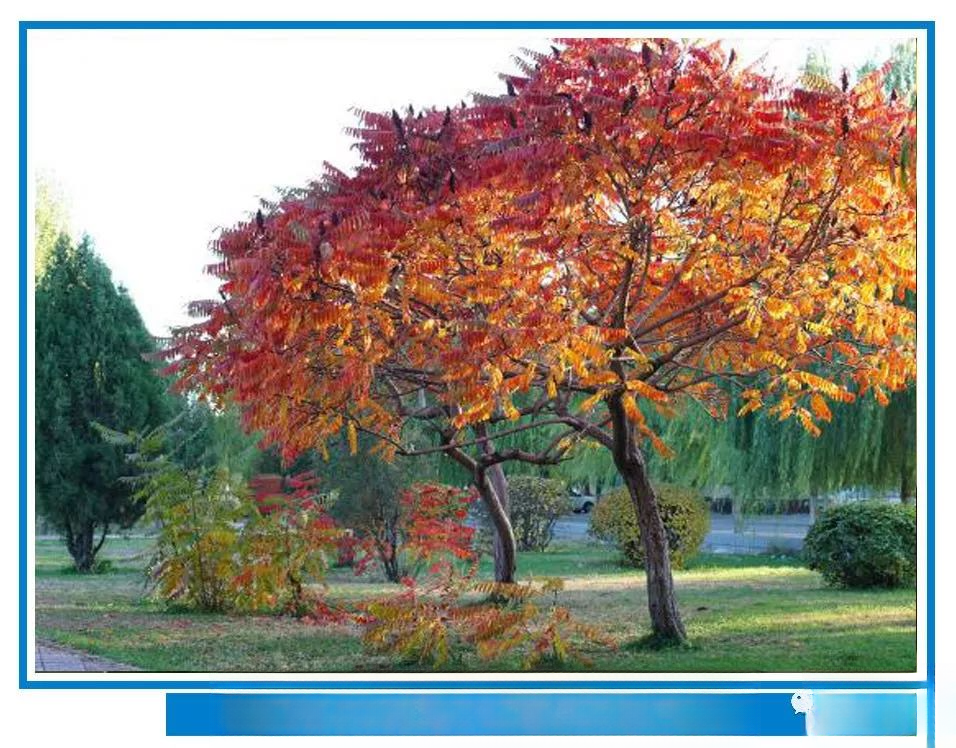
——Torch Tree——
Torchwood: Other names: antler paint, torch paint, Canadian rhus, flat-branched wolfberry, fire wolfberry, is a deciduous small tree of the genus Rhus of the Anacardiaceae family. The odd-pinnate compound leaves are alternate, oblong to lanceolate. The upright panicle inflorescence is terminal, and the fruit spike is bright red. The fruit is oblate, with red prickles, tightly gathered into a torch shape. The fruit matures in September and does not fall for a long time, and the leaves turn red in autumn, which is very spectacular. It is native to Europe and the United States and often grows on open sandy or gravelly soil. It was introduced by the Institute of Botany of the Chinese Academy of Sciences in 1959 and has been promoted to various provinces and regions across the country since 1974. It is cultivated more in the provinces (regions) north of the Yellow River Basin, mainly used for afforestation of barren mountains and as a scenic forest tree species for saline-alkali wasteland.
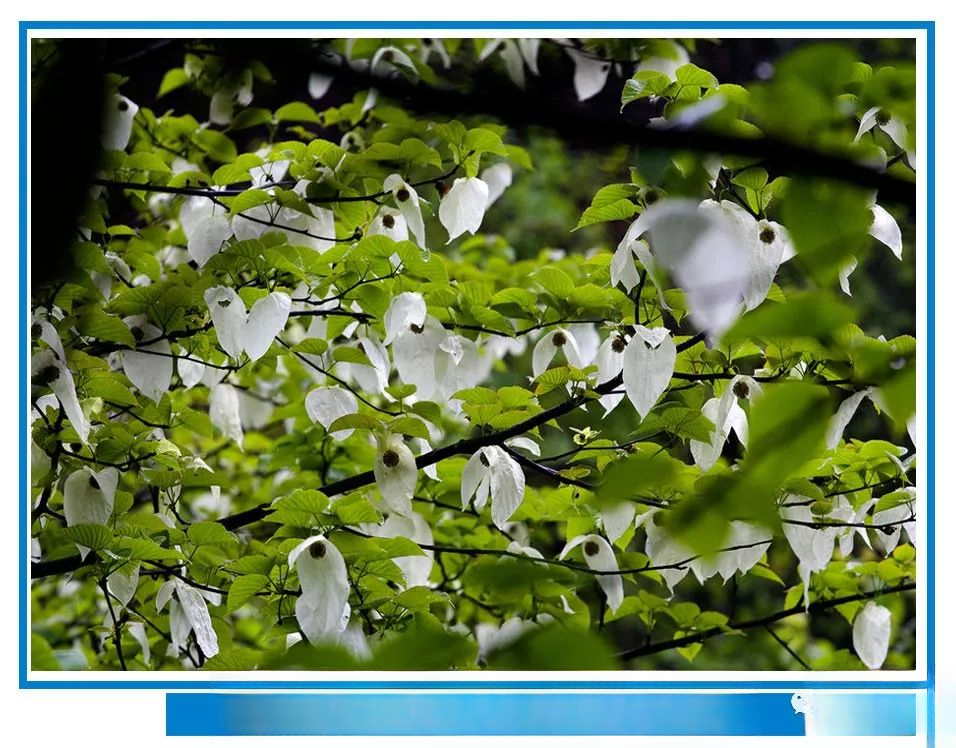
——Davidia involucrata——
Davidia involucrata: Also known as water pear , pigeon tree, pigeon flower tree, it is a dicotyledonous plant. The glossy-leaved Davidia involucrata belongs to the Davidiaceae family and the genus Davidia. It is a deciduous tree; the leaves are alternate, simple, entire or toothed, without stipules; the flowers are bisexual or unisexual, arranged in terminal or axillary capitula or corymbose or umbrella-shaped cymes, with small calyx. The bisexual flowers are located at the top of the inflorescence, surrounded by male flowers, which have no calyx and petals and are purple. The fruit is an oblong drupe, purple-green with yellow spots.
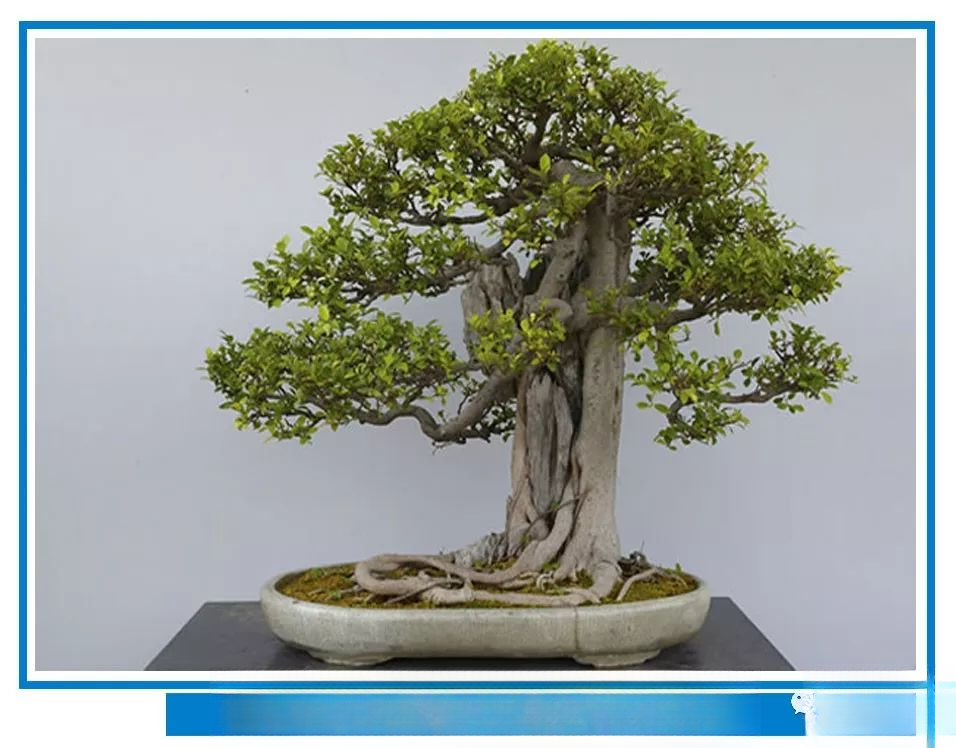
——Small-leaf banyan——
Small-leaved Ficus microcarpa: Also known as fine-leaved Ficus microcarpa. Evergreen tree with drooping aerial roots. Leaves are elliptical to obovate, 1-4 cm long, with a blunt tip and a cuneate base. The margins are entire or shallowly wavy, with pinnate veins and 5-6 pairs of lateral veins. They are leathery and glabrous. The fruits are axillary, nearly flattened, and light red when ripe. Flowering period is from May to December.
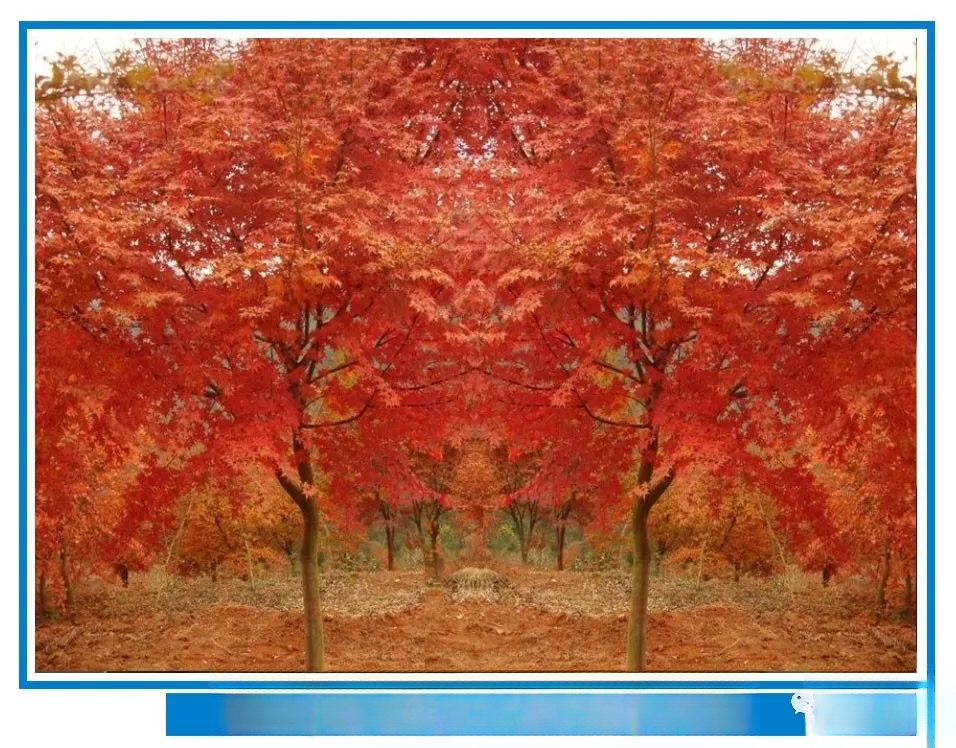
——Acer palmatum——
Acer palmatum: Also known as the Chinese maple, it is a deciduous small tree or tree belonging to the Aceraceae family and the genus Acer. It has an umbrella-shaped crown and an elegant posture. The bark is smooth. The twigs are reddish brown. The leaves are opposite, palmately 7-9 lobed, and the base is truncated to form a heart shape. The lobes are tail-shaped at the tip, with irregular sharp teeth or double sharp teeth on the edges. The young leaves are densely covered with soft hairs, and the old leaves are smooth and hairless. The flowers are polygamous, with purplish-red flowers forming an umbel inflorescence, and they bloom in April.
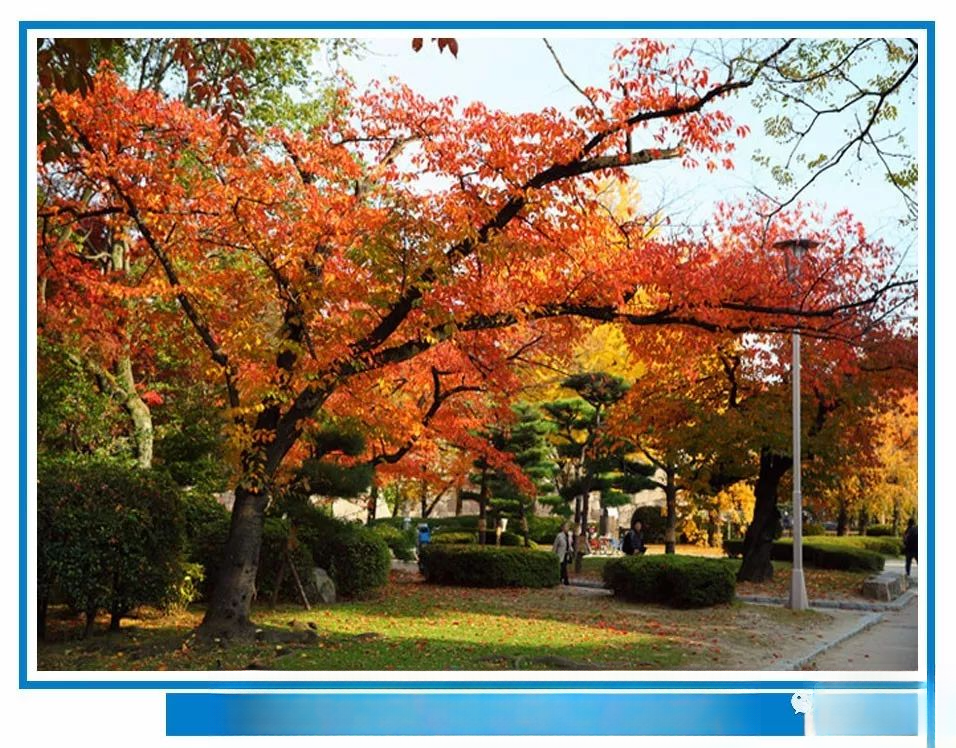
——Cotinus coggygria——
Cotinus coggygria: It is an important ornamental red-leaf tree species. Its leaves turn red in autumn, which is bright and eye-catching. The famous red leaves of Beijing Xiangshan are of this tree species. In gardens, it is suitable for planting in lawns, mounds or hillsides, and can also be mixed with other tree groups, especially evergreen trees. The pedicels of the sterile flowers of Cotinus coggygria that remain for a long time after flowering are pink and feathery, forming a cloud-like and fog-like landscape on the branches. Cotinus coggygria is also a good afforestation tree species.
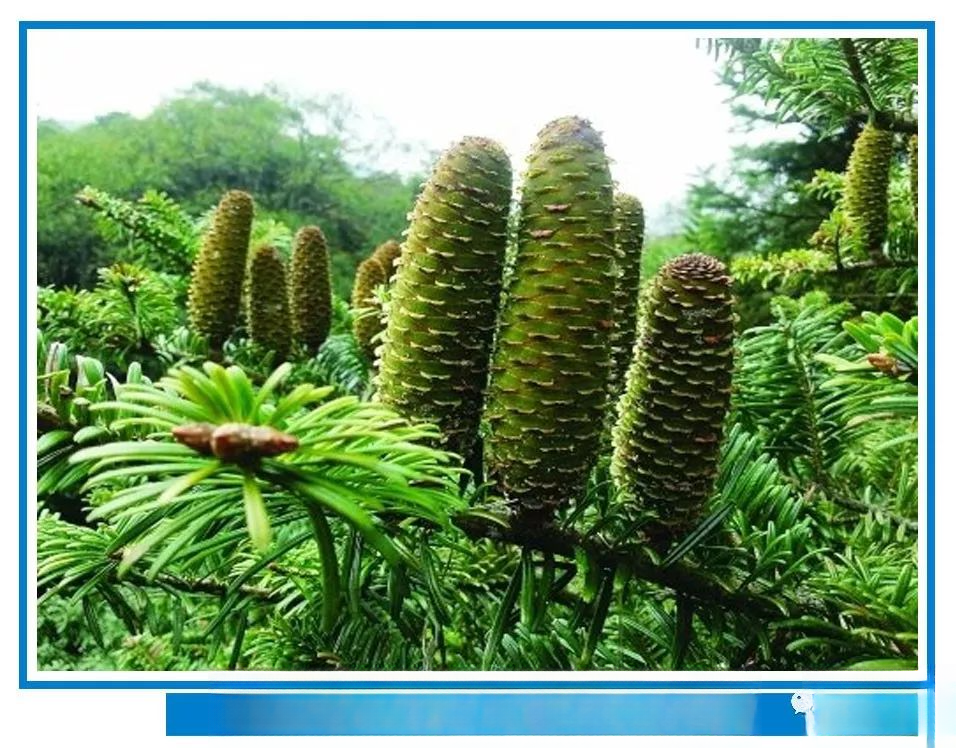
——Vertical Tree——
Fir: An evergreen tree that is common in North and Central America, Europe, Asia, and North Africa. It grows mainly on mountains. It is generally 10-80 m tall and 0.5-4 m in diameter. The Fir Tree is also one of Andersen's fairy tales. Basic Introduction [cōngshù] Also known as fir.
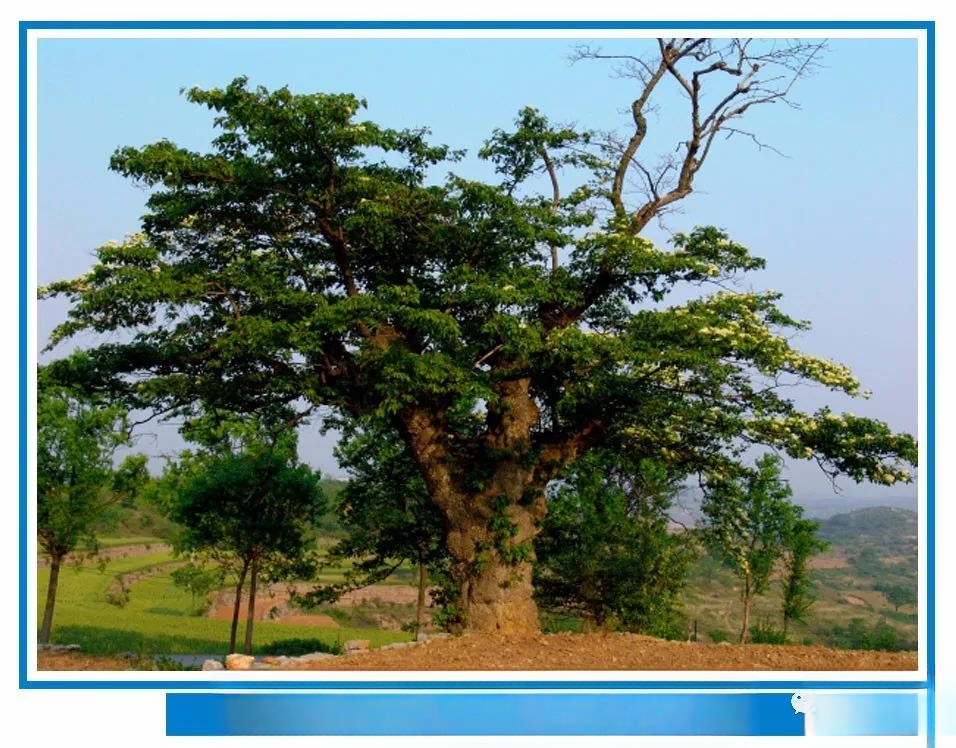
—— Pistacia chinensis ——
Pistacia chinensis: Pistacia chinensis, Anacardiaceae. Native to the wild, widely distributed, deciduous woody oil and timber species, up to 25 meters tall. Winter buds are red. Each part has a special smell. Its canopy is open and its leaves are lush, making it a "four-sided" greening tree species. Leaves are alternate, even-pinnate compound leaves, with 10 to 14 leaflets, ovate-lanceolate, 5 to 8 cm long, about 2 cm wide. Flowers are unisexual, dioecious, flowering period is March to April, fruits mature in September to October, copper-green for solid seeds, red for empty seeds.
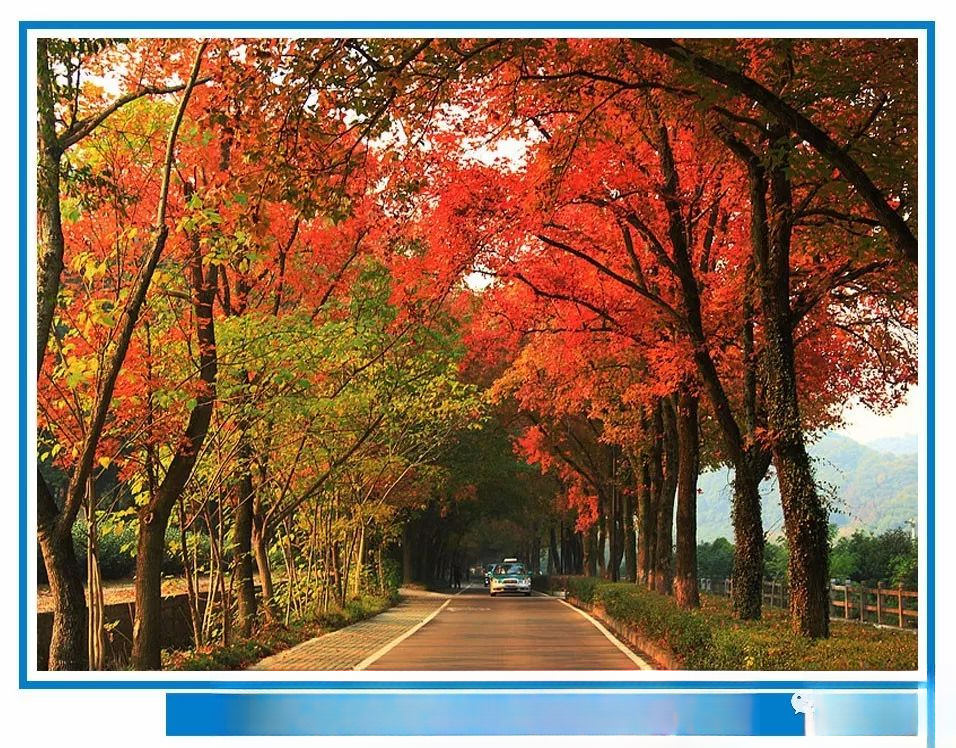
——Liquid gum——
Liquidambar formosana: Also known as Liquidambar formosana, it is a deciduous tree of the Hamamelidaceae family. It grows in evergreen broad-leaved forests in hills, plains or mountains at an altitude of 220-2000 meters. It likes warm and humid climates and is light-loving. Young trees are slightly shade-tolerant, drought-tolerant and poor soil-tolerant, but not waterlogged. It grows well in moist, fertile and deep red-yellow soil. It has deep roots, thick and long taproots, strong wind resistance, and is not tolerant to transplantation and pruning.
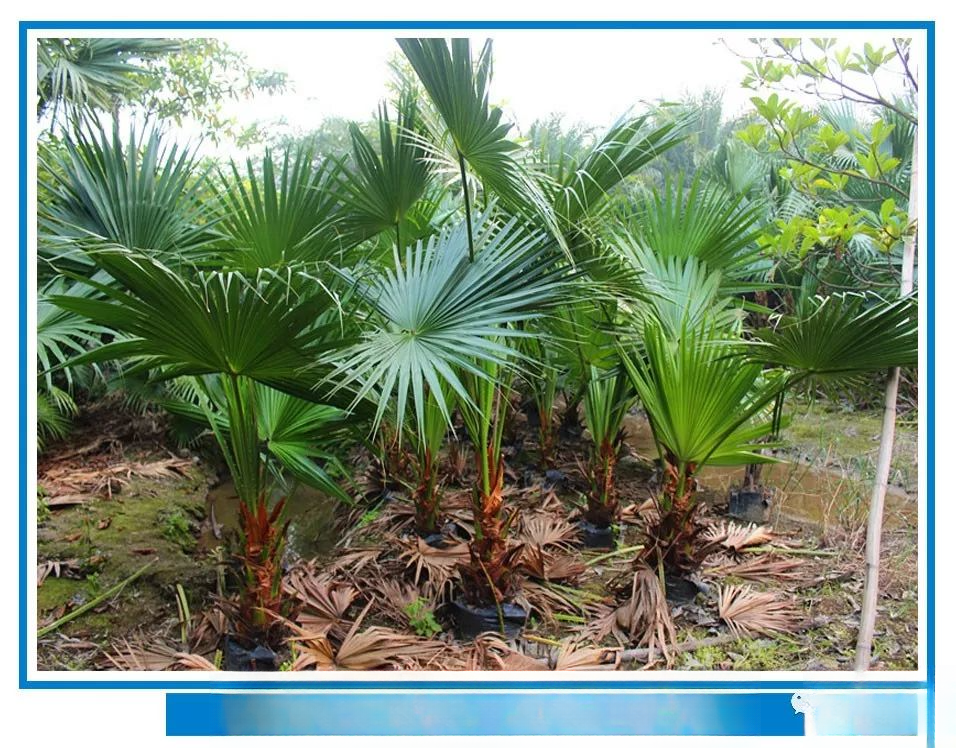
——Palmifolia——
Livistona: Also known as fan-leaf palm and palm tree, it is an evergreen tall tree species of the genus Livistona in the palm family in plant taxonomy. It is native to the south and is cultivated in Guangdong, Guangxi, Fujian, Taiwan and other provinces and regions.
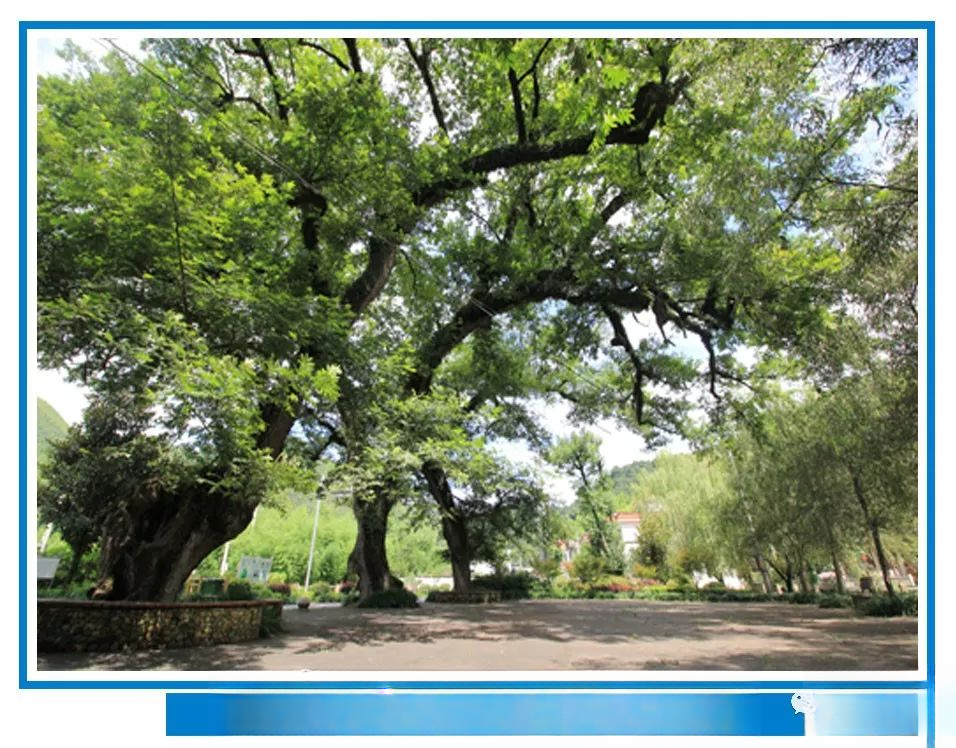
——Maple Poplar——
Acer truncatum: a deciduous tree. Also known as willow of hemp and water willow of hemp. There are about 9 species in this genus, native to the northern temperate zone. About 7 species are mainly distributed south of the Yellow River Basin, from the eastern part of Shandong in the east, to the southern part of Gansu and Shaanxi below 1,500 meters above sea level in the northwest, to Hubei and Sichuan below 1,000 meters above sea level in the west, to Yunnan and Guizhou in the southwest, and to Guangdong and Guangxi in the south.

——Four Seasons Osmanthus——
Osmanthus fragrans: Also known as the moon laurel. The flowers are slightly white or light yellow, with a light fragrance and thin leaves. It blooms all year round. It is a variant of the osmanthus fragrans.
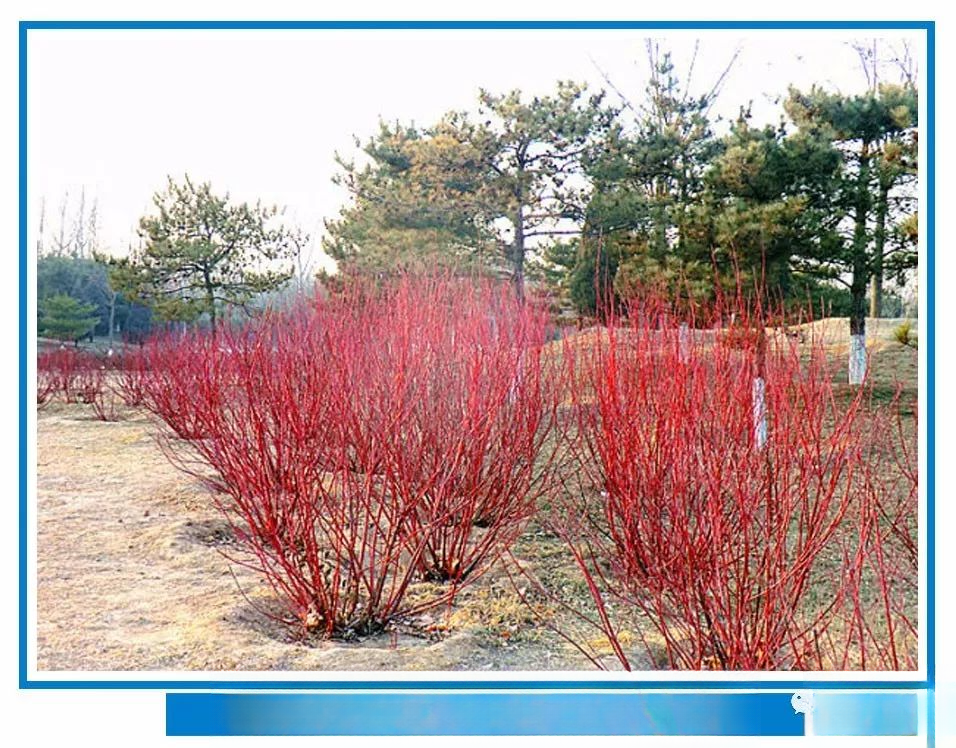
——Red Rhododendron——
Red Ruimu: Other names: Liangzimu, Red Rui Dogwood, Red Stem Wood. It is a deciduous shrub of the Umbelliferae family. The old trunk is dark red, and the branches are blood red. The leaves are opposite and oval. The cymes are terminal and the flowers are milky white. The flowering period is May to June. The fruits are milky white or bluish white, and the ripening period is August to October. It can be propagated by sowing, cuttings and layering. The autumn leaves of Red Duanmu are bright red, the small fruits are white, and the branches are bright red like coral after the leaves fall. It is a rare ornamental stem plant and also a good cutting material.
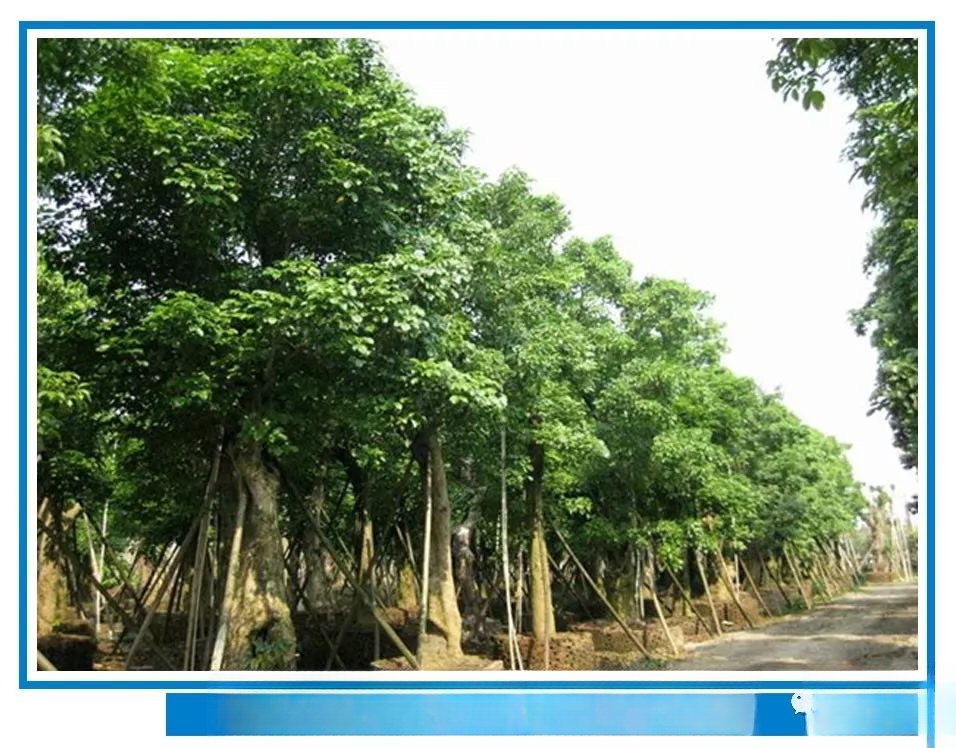
——Qiu Feng——
Autumn maple: Other names: Qiedong, Autumn Wind, Big Autumn Maple, Red Tong, Winter Pear, Zhutong Tree, Black Poplar, Chongyang Wood. Evergreen or semi-evergreen tree, suitable for garden trees and street trees, can also be planted on lawns, lakeside, streamside, embankment, has considerable medicinal value.

——Maple——
Acer truncatum: Other names: flat maple, color tree, Yuanbao tree, Liquidambar tree. It is a deciduous tree belonging to the Acer genus of the Aceraceae family, 8-10 meters high; the bark is cracked longitudinally. Single leaves; single leaves are opposite; 5 main veins; palm-shaped; petiole is 3-5 cm long. Corymbs are terminal; flowers are yellow-green. The flowering period is May and the fruiting period is September. This tree has a beautiful posture and beautiful leaves. The young leaves are red, and the leaves turn yellow or red in autumn. It is a famous tree species for viewing red leaves in autumn.
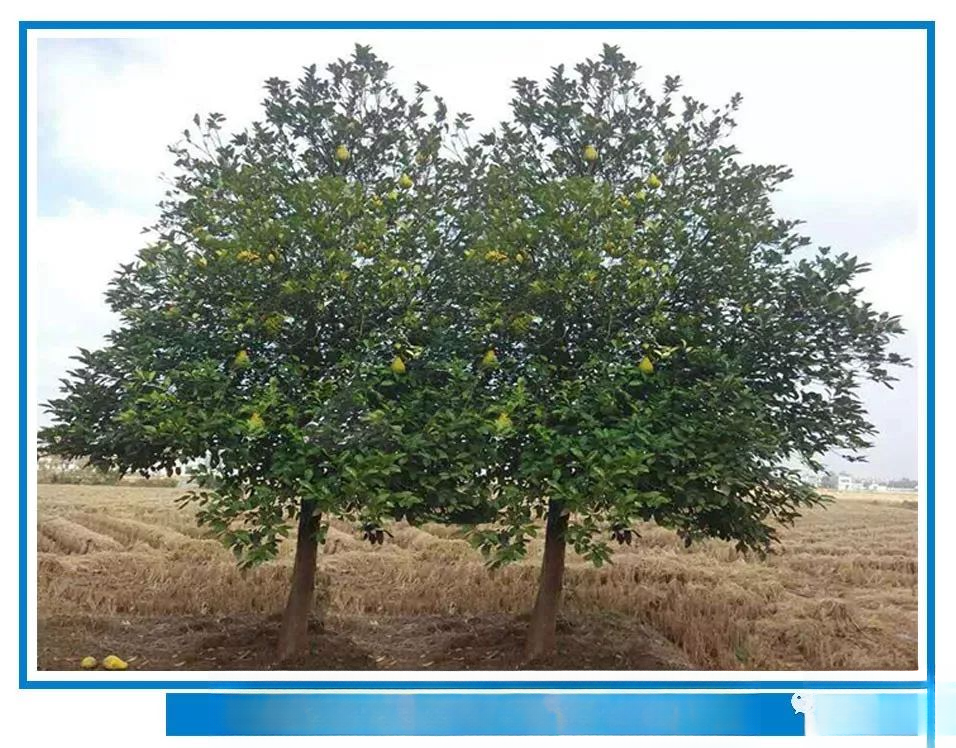
——Fragrant Bubble——
Citron: It is an evergreen shrub or small tree. Its Chinese name is Citron, also known as Citron, Rutaceae, Citrus genus.
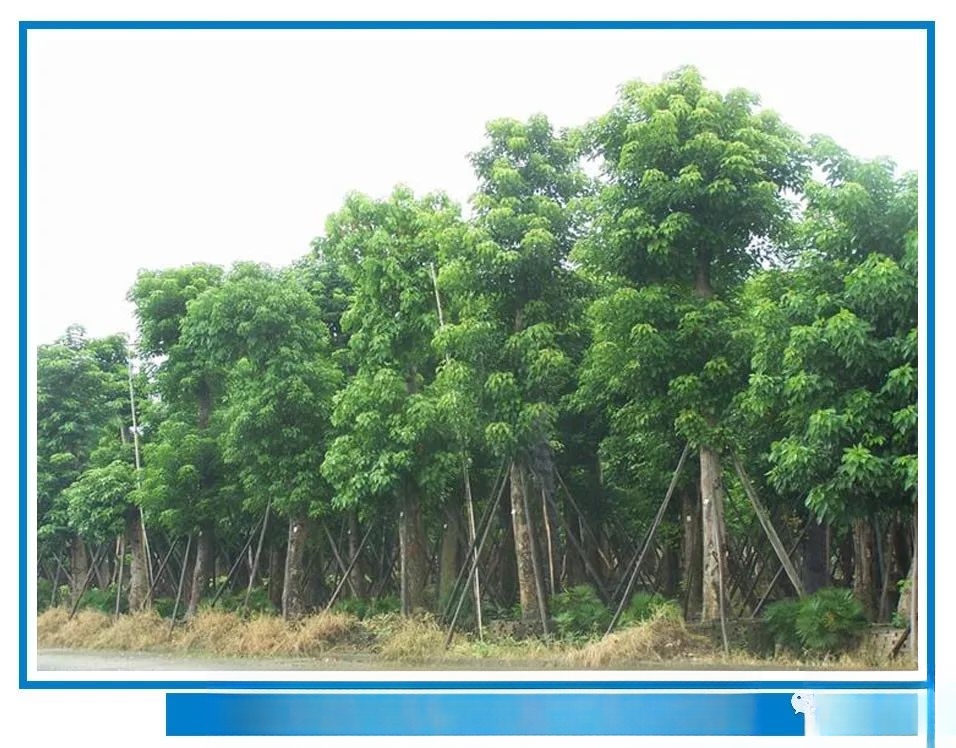
——Chongyang wood——
Thunbergia paniculata: a warm temperate tree species. It likes light and is slightly shade-tolerant. It likes warm and humid climates and deep, fertile sandy soils. It is not strict about the acidity and alkalinity of the soil. It is relatively resistant to water and humidity, wind, and toxic gases. It has strong adaptability, grows quickly, and has weak cold tolerance.
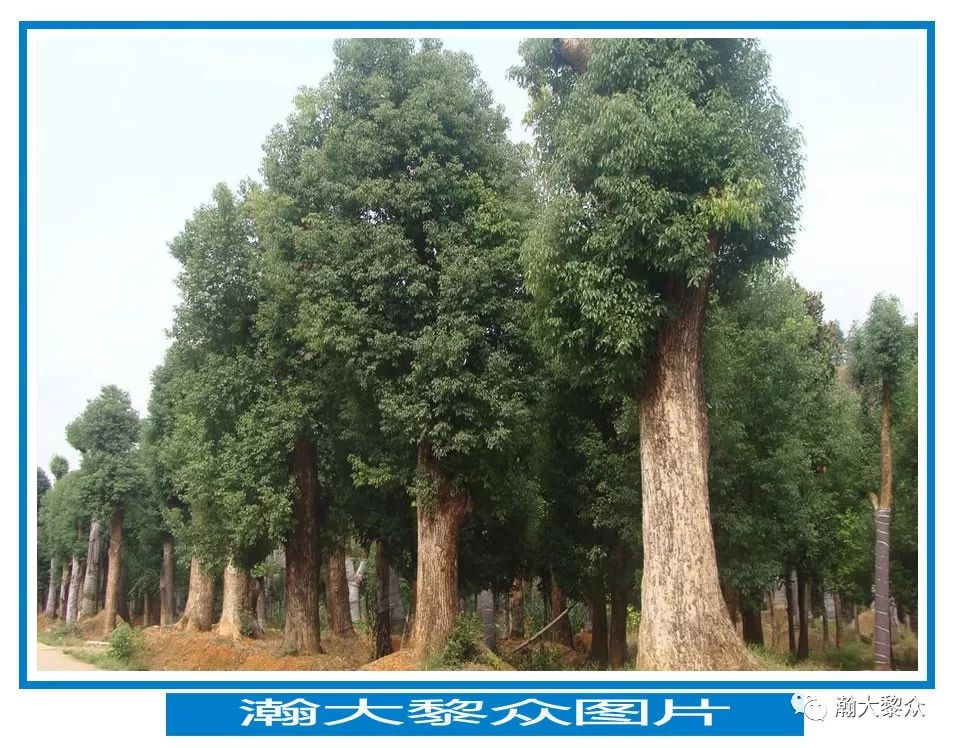
——Elm——
Elm: It is a plant of the genus Ulmus in the family Ulmaceae. It has a beautiful shape, a graceful posture, mottled bark, and dense branches and leaves. It is suitable for planting alone or in groups in the courtyard, or with pavilions and rocks. It can also be selected as a greening tree species in factory and mining areas. The wood of the elm tree is hard and can be used as industrial material; the stem bark fiber is strong and can be used as ropes and artificial fibers.
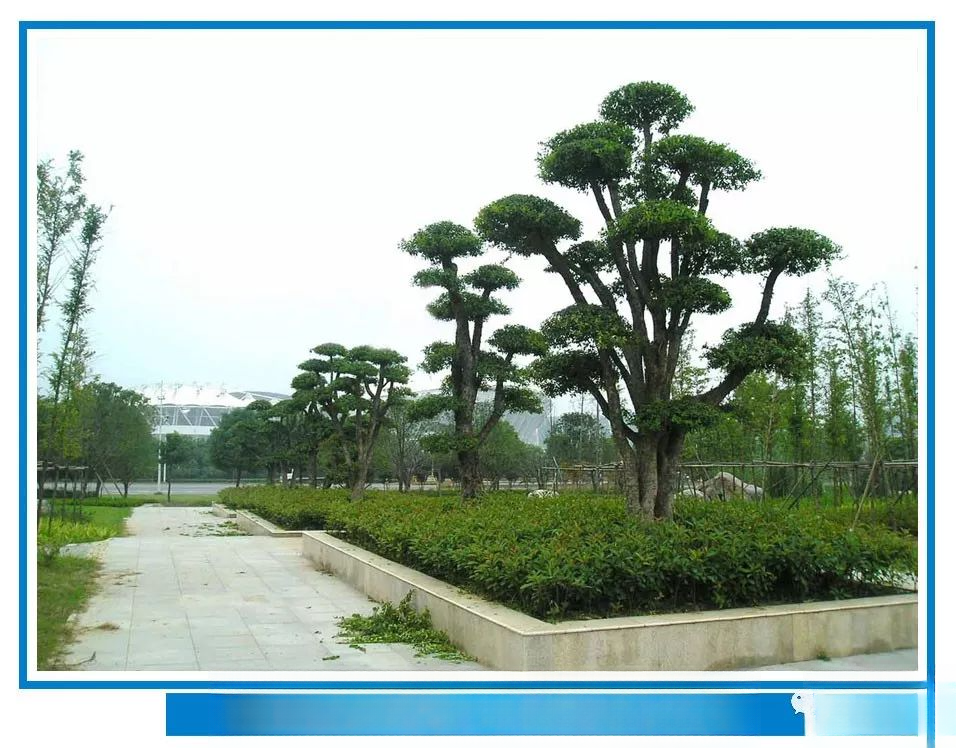
——Oak Tree——
Oak, also known as oak or oak, is a genus of the Fagaceae family - Quercus. There are 600 species in the genus Quercus, of which 450 are from the subgenus Quercus and 150 are from the subgenus Quercus. They are distributed in the temperate regions of the Northern Hemisphere, mainly in North America. Quercus plants are summer green or evergreen trees, and a few are shrubs. The acorn, the fruit of the oak tree, is particularly easy to recognize and is a nut. The fruit is protected by a cup-shaped shell, called a cup. The leaves are simple and alternate, deeply lobed, with smooth or serrated edges rarely. The stipules fall off early. The flowers are simple in structure, with a single perianth, monoecious, and a catkin.
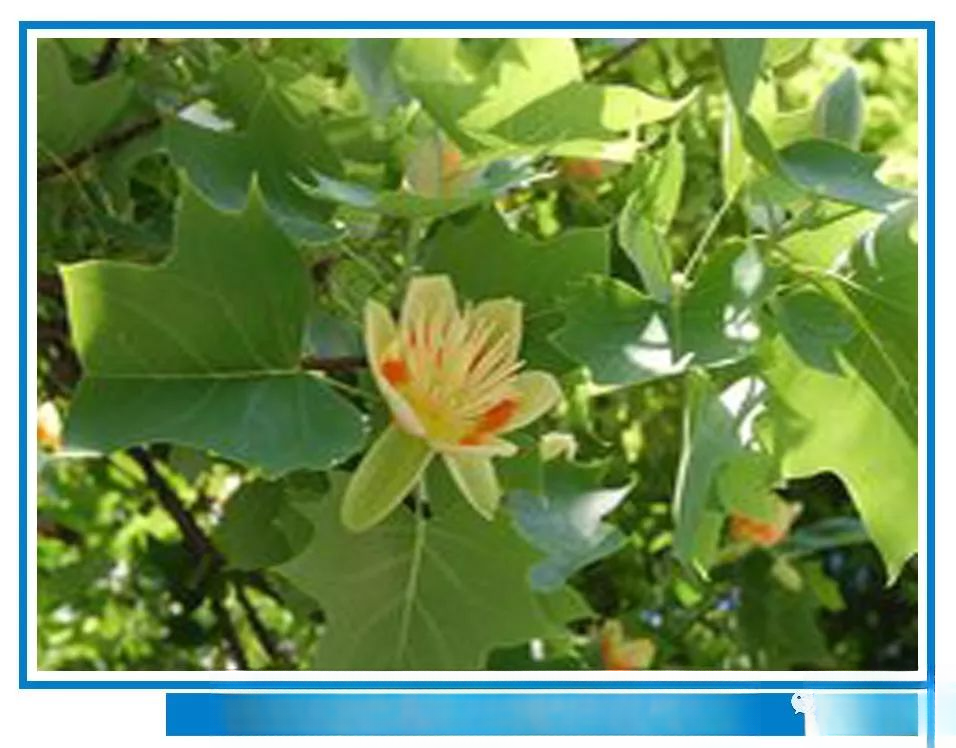
——Liriodendron chinense——
Liriodendron chinense: Also known as the mandarin jacket wood and the double floating tree, it is a large deciduous tree of the genus Liriodendron in the Magnoliaceae family. It has large leaves that resemble mandarin jackets, hence the name mandarin jacket wood. The tree can reach a height of more than 60 meters, with a breast diameter of about 3 meters, and a straight and smooth trunk. It grows fast, is drought-resistant, and has strong resistance to pests and diseases. The flowers are large and beautiful, and the leaves are golden in autumn, like yellow mandarin jackets. It is a precious street tree and garden ornamental tree species. It can quickly form shade after planting, and is also a good wood for construction and furniture making.
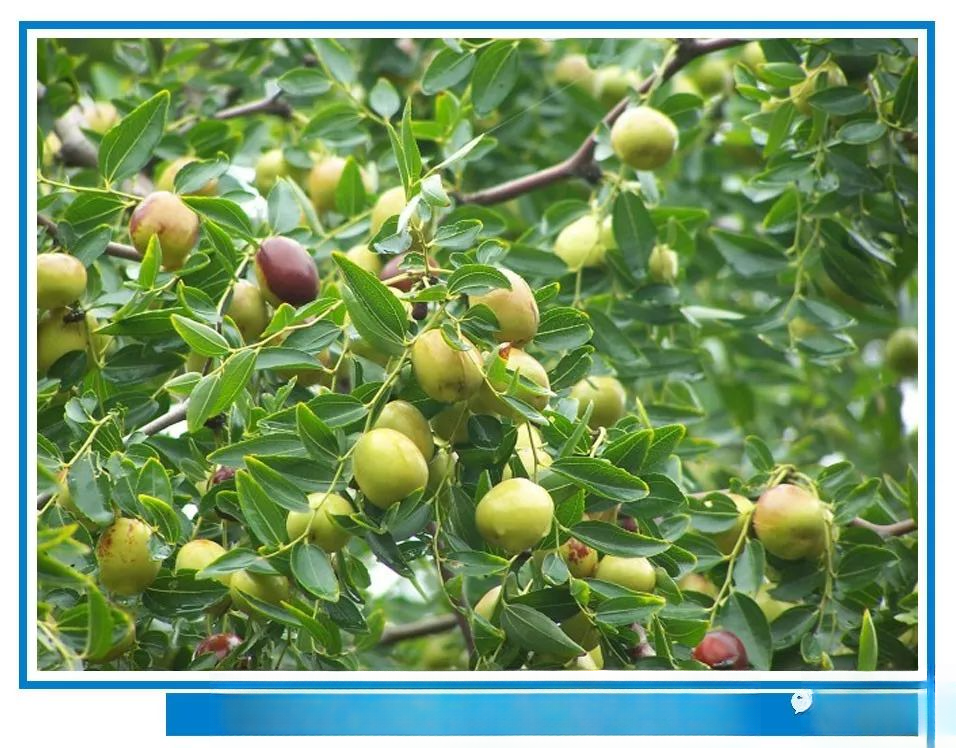
——Sour Jujube——
Choerospondias australis: Other names: five-eyed fruit, four-eyed fruit, jujube tree, peddler fruit, hemp tree, mountain jujube tree, snot fruit. Choerospondias australis vertical distribution is mostly below 1000 meters above sea level, with an upper limit of 1600 meters.
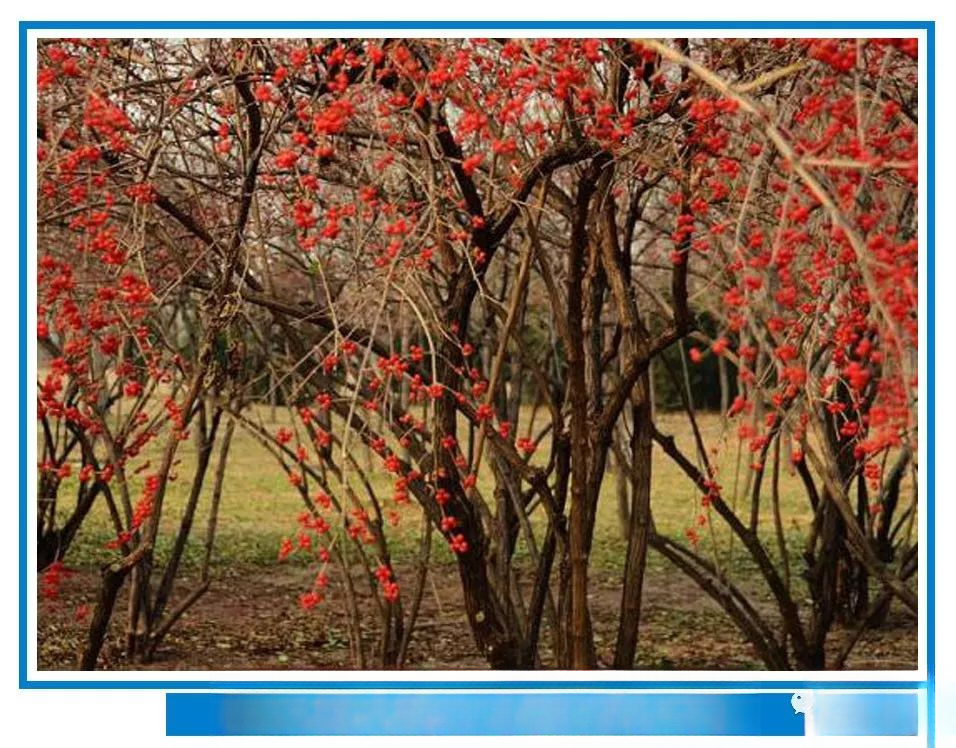
——Red Bean Tree——
Red bean tree: It is an evergreen tree of the genus Red bean in the Fabaceae family. It is named after the bright red seed skin color. There are about 120 species of Red bean tree, mainly produced in tropical America and tropical Asia, and only a few species are produced in West Africa. Due to the high economic value of this species, it is often cut down by the purchasing departments and the masses in the production area, resulting in an increasingly narrow distribution range and increasingly scarce mature trees. At present, only a few large trees are preserved near temples and villages.
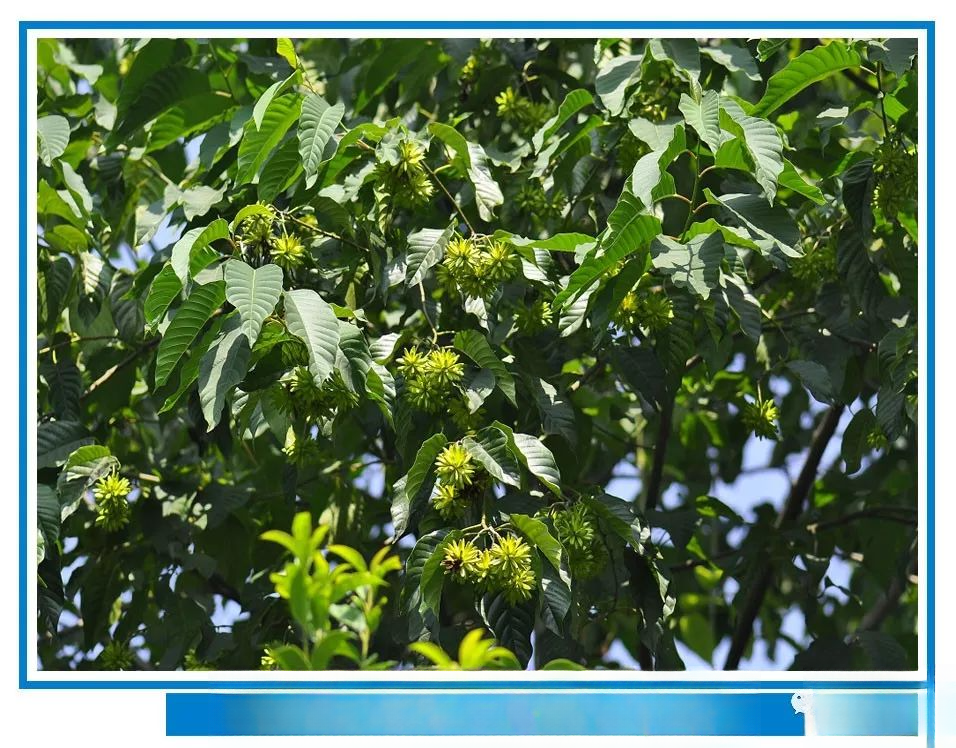
——Hippophae rhamnoides——
Camptotheca acuminata: Other names: dry lotus, water chestnut, water tung tree, Tianzi tree, dry lotus seed, thousand-zhang tree, wild banana, water desert seed. It is a fast-growing tree species in warm areas. It likes light and cannot tolerate severe cold and dryness. It needs a deep, moist and fertile soil. If it is planted in arid and barren land, it will grow thin and stunted.
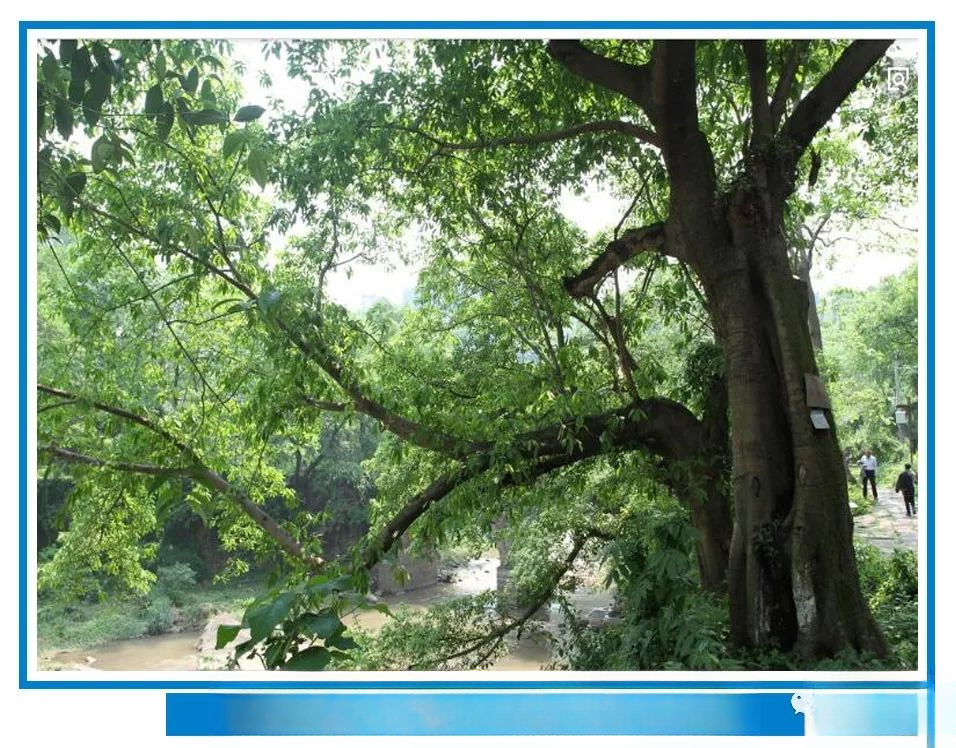
—— Banyan tree ——
Huang Geshu: Also known as Huang Jushu, Big Leaf Banyan, Horsetail Banyan, Bird Tree, it is a large deciduous tree of the Moraceae family. It is best cultivated in western Sichuan and can be seen everywhere beside houses, bridges, and roadsides. After the new leaves unfold, the bright red stipules fall to the ground, which is very beautiful. It is one of the commonly used garden shade trees and street trees. It is now the city tree of Chongqing. The roots and leaves of Huang Geshu are used as medicine, which has the effect of dispelling wind and dampness, promoting qi and reducing swelling.
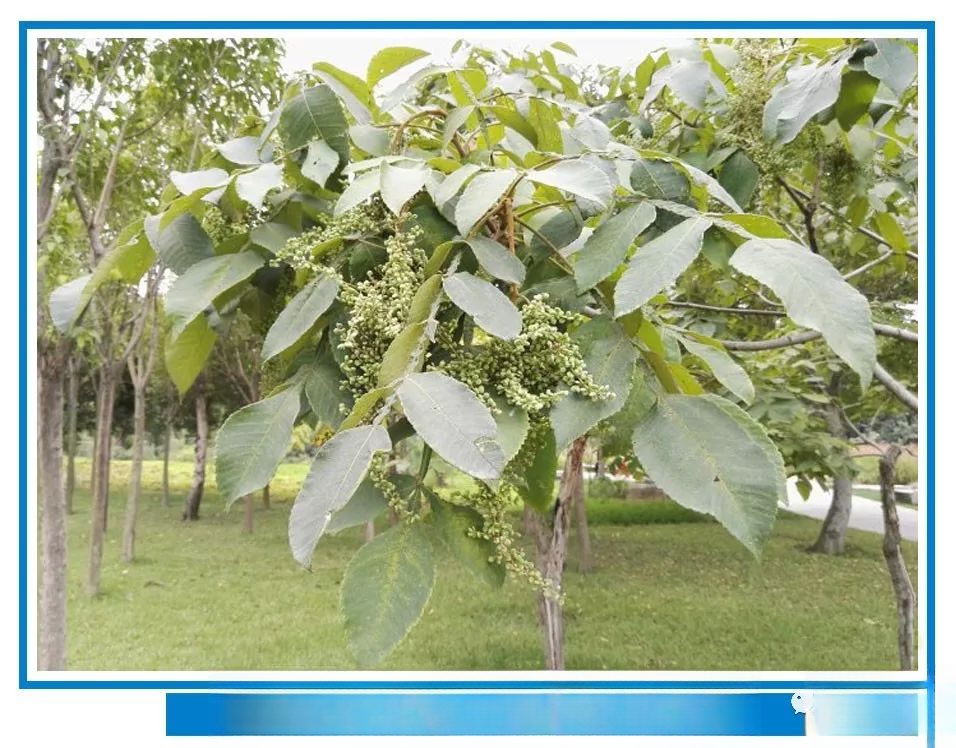
——Rhus chinensis——
Rhus chinensis: A species of the genus Rhus chinensis in the Anacardiaceae family. Also known as Rhus chinensis and Gallic tree. It is distributed in all provinces except Heilongjiang, Jilin, Inner Mongolia and Xinjiang. It is also found in Japan, Indochina, India to Indonesia. This species is a deciduous shrub to a small tree; the twigs are pubescent and have lenticels.
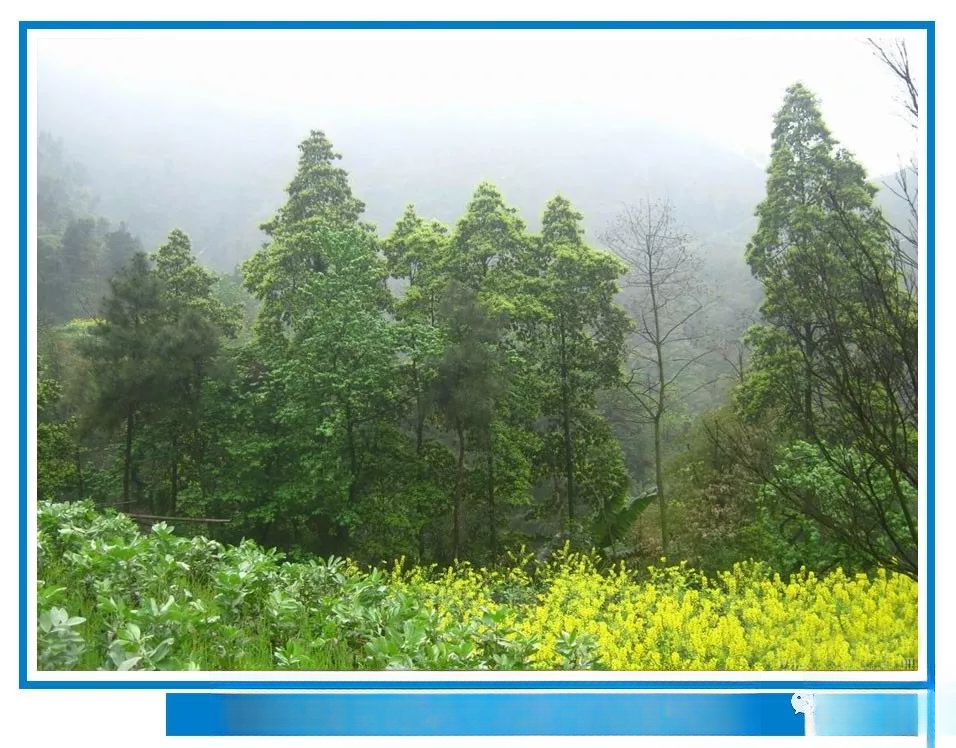
——Phoebe chinensis——
Phoebe zhennan: It is an evergreen large tree, with ridged young branches, yellow-brown or gray-brown pubescent, and black-brown, glabrous biennial branches. The leaves are oblong, oblong-oblanceolate or narrowly elliptic, 5-11 cm long, 1.5-4 cm wide, with acuminate tips, cuneate bases, glossy above, pubescent above the midrib, short pubescent below, and about 14 pairs of lateral veins; petioles are slender, initially yellow-brown pubescent. The panicles are axillary, short pubescent, 4-9 cm long; the perianth has 6 lobes, elliptic, nearly equal in size, pubescent on both sides; there are 9 fertile stamens, pubescent, and 4-chambered anthers, with a pair of sessile glands at the base of each of the three whorls of filaments, and the reduced stamens are about 1 mm long, pubescent, and triangular; the pistil is glabrous, 2 mm long, the ovary is nearly spherical, the style is about the same length as the ovary, and the stigma is swollen.
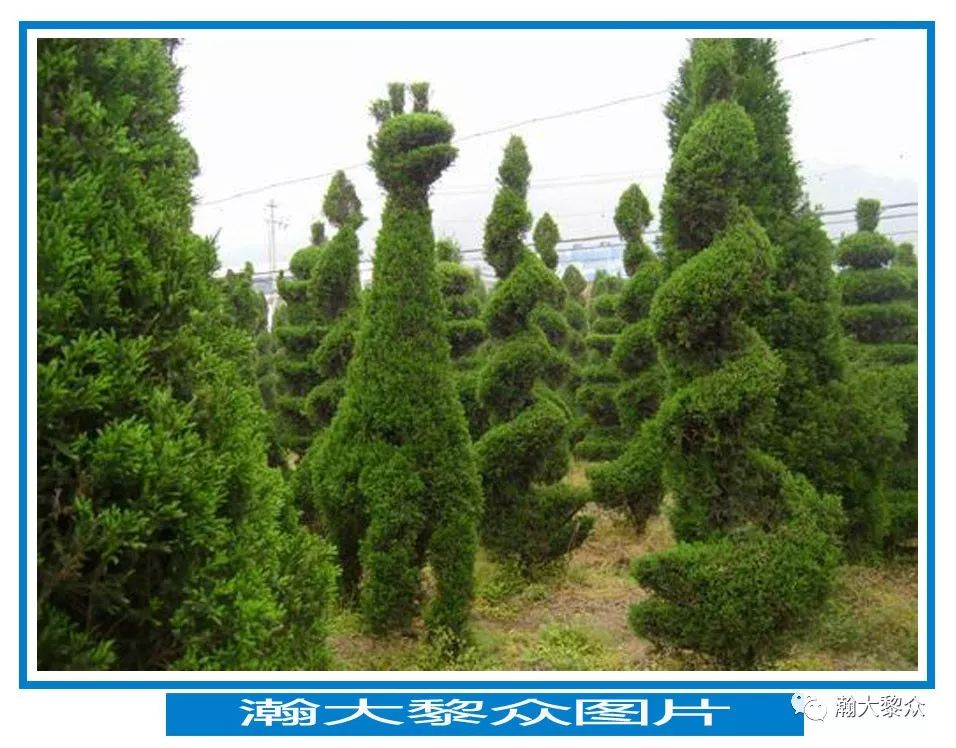
——Jiberaceae——
Juniper: Evergreen tree, up to 20 meters tall, 3.5 meters in diameter at breast height, with a spire-shaped or conical crown, and a broad ovate shape on old trees. Leaves are of two types, mostly triangular-shaped and subulate on young trees or on budding branches with leggy bases, with 3 leaves arranged in whorls, with joints at the base and extending downward; old trees mostly have scale-shaped leaves, opposite, and closely attached to twigs; there are also plants with all subulate leaves from childhood. Flowers are dioecious, with male cones formed in autumn and blooming the following year, with yellow flowers; female cones are small, and the cones mature the following year, berry-like and not cracked, with white powder on the outside.
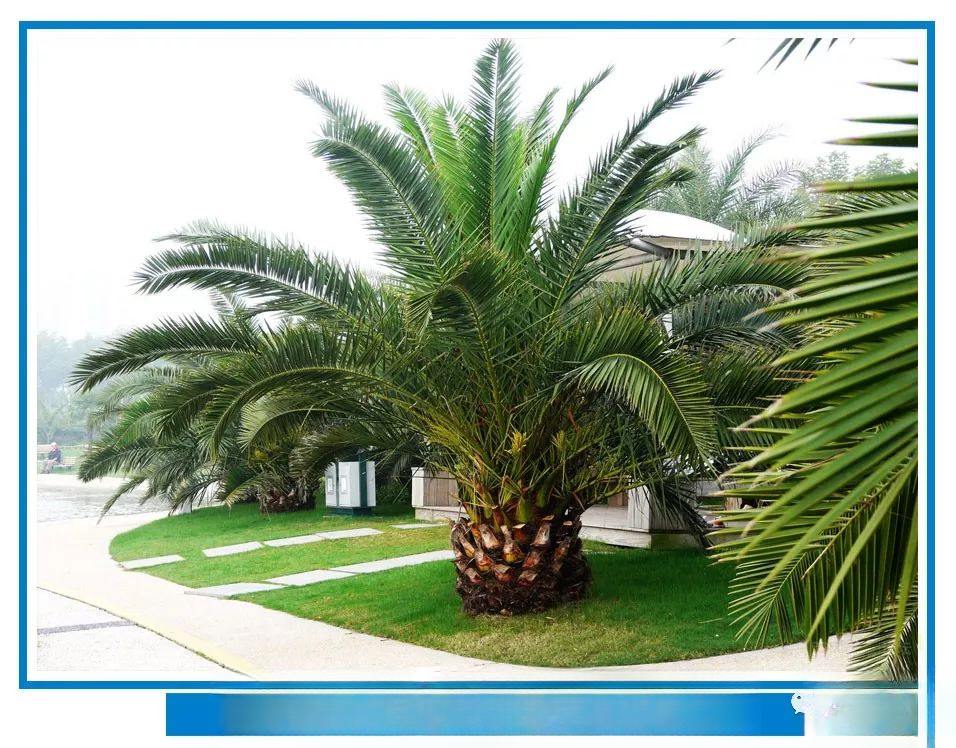
——Canary Date——
Canary date palm: Other names: long-leaf thorn palm, Canary thorn palm, betel nut bamboo. Evergreen tree, up to 10-15 meters in height and 60-80 centimeters in diameter.
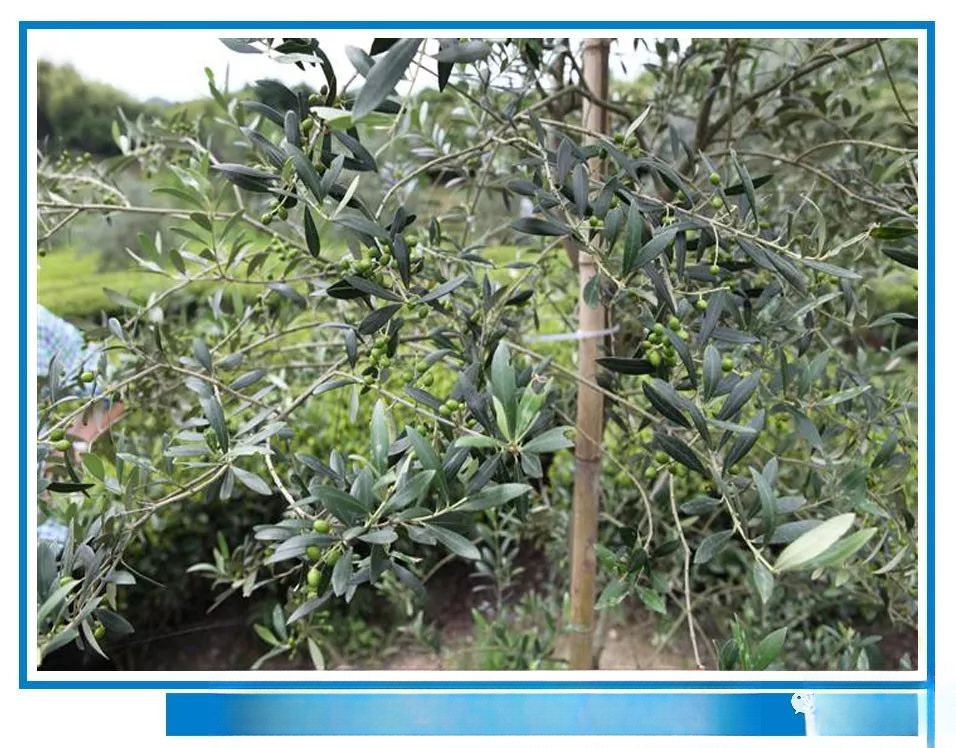
Olives
Olive: Also known as olive, anciently known as Qidun and Alebu, it is an evergreen tree of the genus Oleaceae, and its fruit is mainly used to make olive oil. Its branches were used as a symbol of the earth's revival in the Bible, and later Western countries used it as a symbol of peace. Olives are native to the coastal areas of the eastern Mediterranean basin (nearby southeastern Europe, West Asia and North African coastal areas), as well as northern Iran on the southern coast of the Caspian Sea. Its fruit, also called olive, is a major crop in the Mediterranean region and is used to produce olive oil.
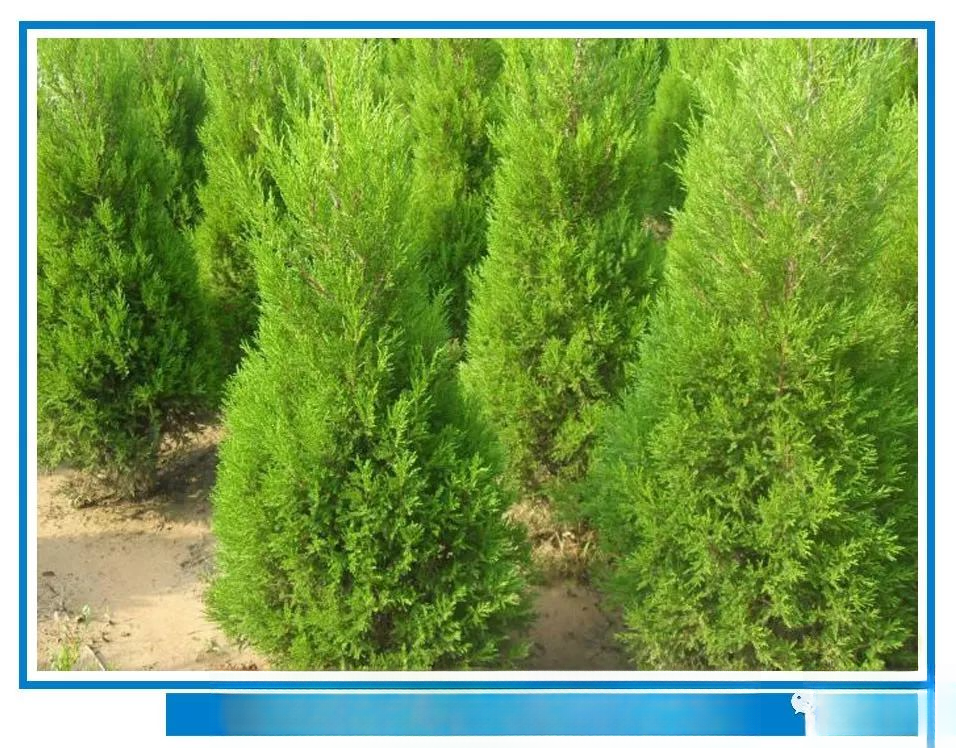
—Juniper—
Juniper: Other names: mountain juniper, dwarf cypress, Bama, Taiwan cypress, Taiwan pine, fragrant cedar, rock cypress, grass green cypress. It is an evergreen small tree that likes cool climates and is cold-resistant. It is not very demanding on soil and can grow in acidic soils and dry rock cracks and gravel land by the sea. It likes light, is cold-resistant and drought-resistant, and has well-developed main and lateral roots. It can grow in arid sandy land, sunny slopes, and rock cracks. It is the best tree species for stone gardens. It is often used for gardening purposes. Its wood can be used as furniture material and its roots can be used as medicine.
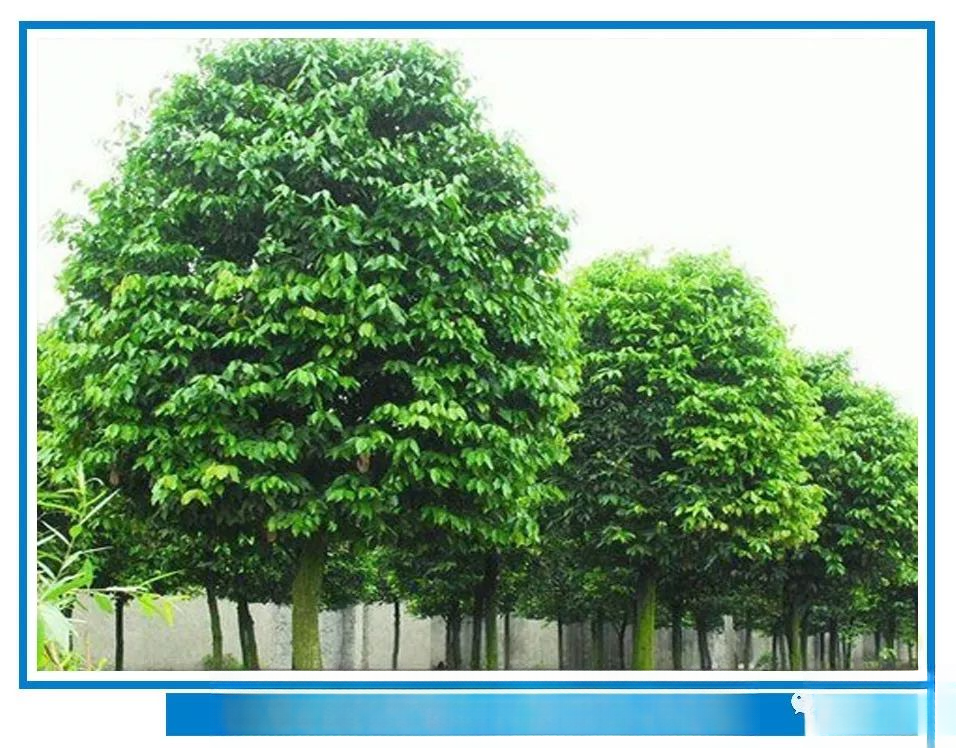
——Zhu Gui——
Osmanthus fragrans: Other names include Putuo camphor and Zhejiang camphor. It is scattered in a narrow range along the eastern coast. Because its seeds set intermittently and human disturbance is frequent, seedlings and young trees are rarely seen under the forest.
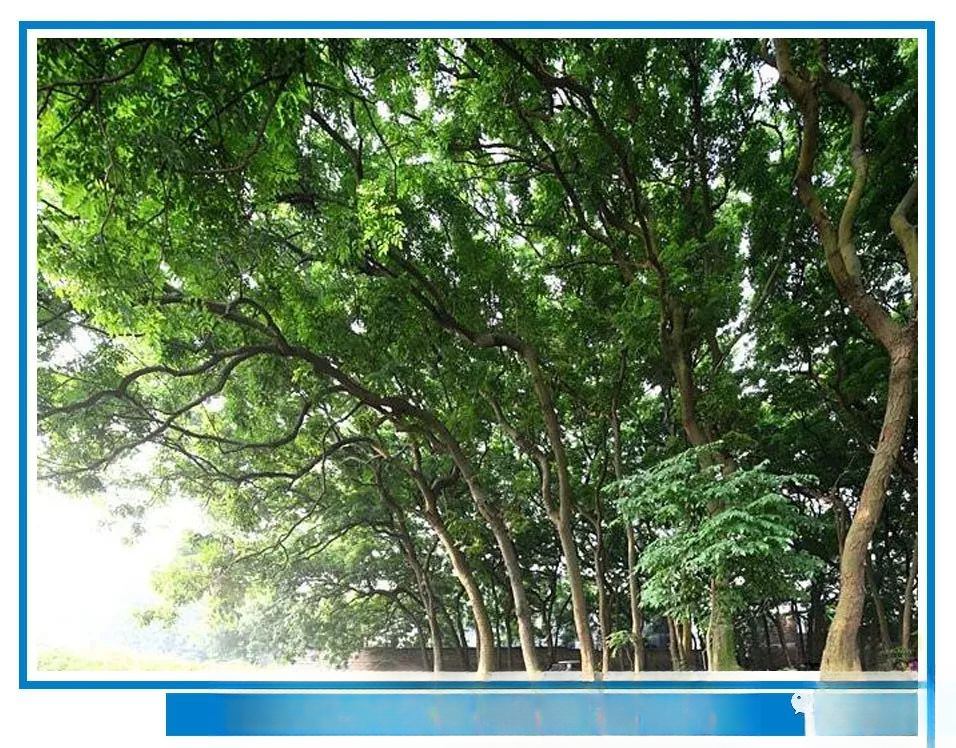
——Kakum——
The genus Euphorbia: Also known as ironwood and Doudengfeng, it is an evergreen tree of the Leguminosae, Caesalpiniaceae, and the genus Euphorbia. There are about 17 species of Euphorbia in the world, distributed in tropical and subtropical areas of eastern Asia, northern Oceania, and Africa. There is only one species of Euphorbia. It is distributed in Zhejiang, Fujian, Taiwan, Guangxi, Guangdong, etc. The wood is hard and heavy, resistant to water and moisture, and can be used for shipboards, masts, and high-quality furniture.
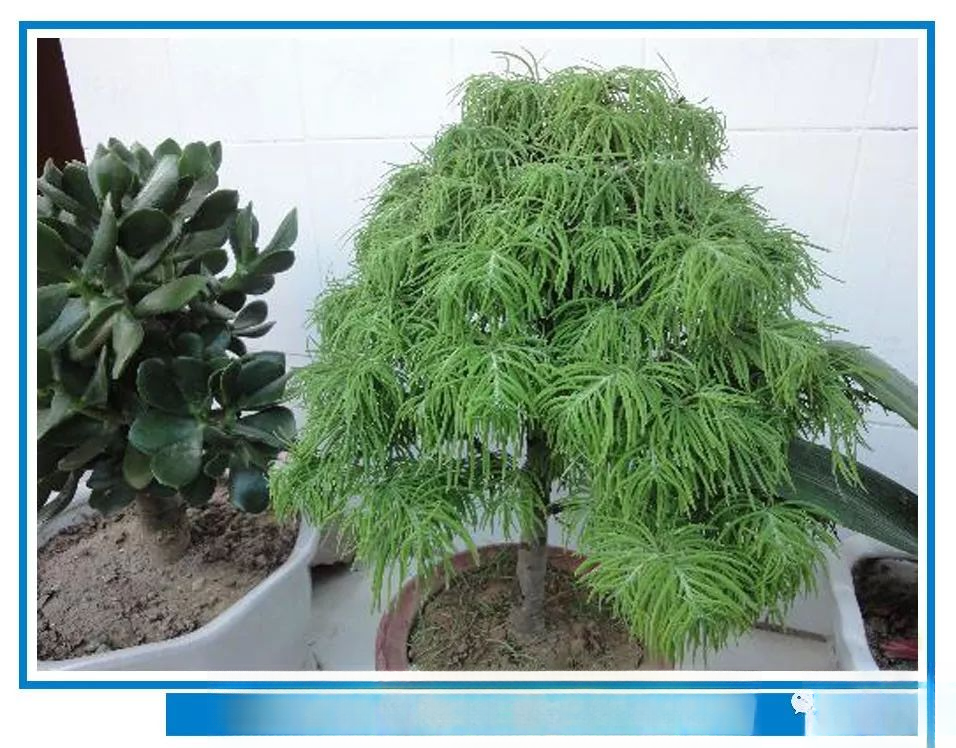
——Golden Pine——
Golden Pine: Also known as Golden Pine and Water Tree, it is a large deciduous tree belonging to the Pinaceae family. The trunk is straight, up to 40 meters high, with a breast diameter of 1.5 meters. The bark is dark brown, deeply cracked into scaly pieces. The branches are whorled and flat, and the twigs are long and short. The leaves are strip-shaped, flat and soft, scattered in a spiral on the long branches, and clustered in 15-30 on the short branches, radiating and flat in all directions. In autumn, they turn golden yellow and are as round as copper coins, hence the name.
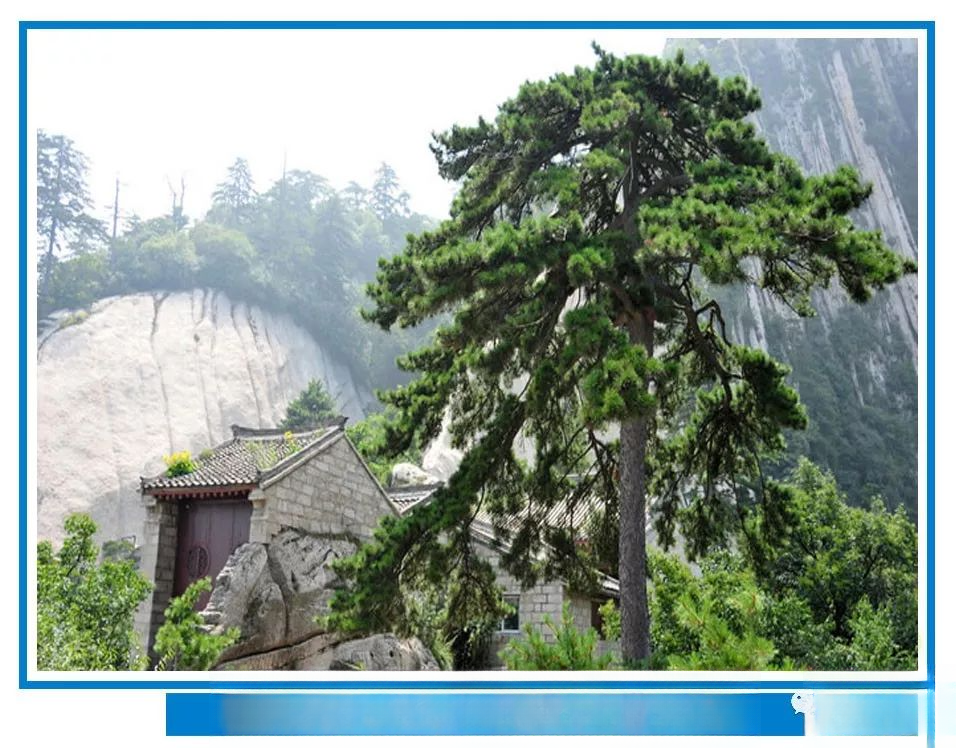
——Archaic pine——
Armand pine: Also known as Hulu pine, Wuxu pine, Guo pine, etc., it is one of the famous evergreen tree species in the Pinaceae family. It is native to China and is named after the Huashan Mountain in Shaanxi where it is concentrated. Armand pine is a large tree. The bark of young trees is gray-green or light gray and smooth. When old, it cracks into square or rectangular thick pieces. The needles are 5 needles in a bundle, with fine serrations on the edges and 3 resin ducts; the leaf sheaths fall off early.

—— Cryptomeria japonica ——
Cryptomeria fortunei: Alias: Long-leaf peacock pine, tree, up to 40 meters tall, with a breast diameter of more than 2 meters; the bark is reddish brown, fibrous, and breaks into long strips and falls off; the large branches are nearly whorled, flat or oblique; the twigs are slender, often drooping, green, the leaves in the middle of the branches are longer, and often gradually shorten towards the ends. The leaves are awl-shaped and slightly curved inwards, with inward curves at the tip, with stomata lines on all four sides, 1-1.5 cm long, the leaves of fruit branches are usually shorter, and the leaves of young trees and budding branches are up to 2.4 cm long.
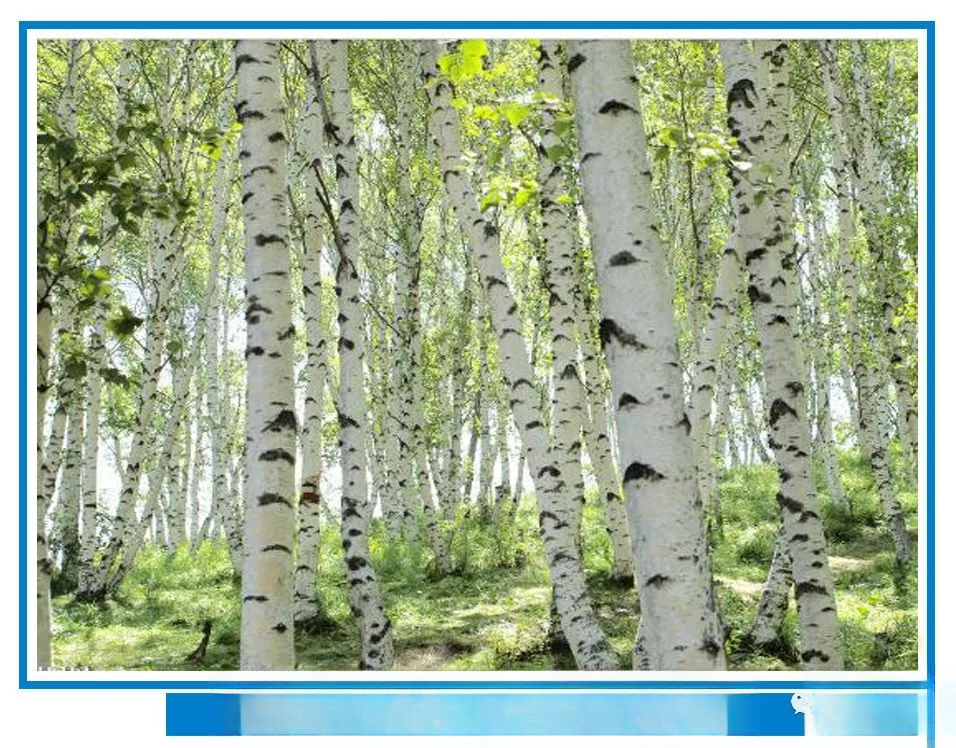
——Poplar——
Populus tomentosa: Populus tomentosa is a plant of the genus Populus in the family Salicaceae. It likes light, has a well-developed root system, and has soft and light wood that can be used for viewing.
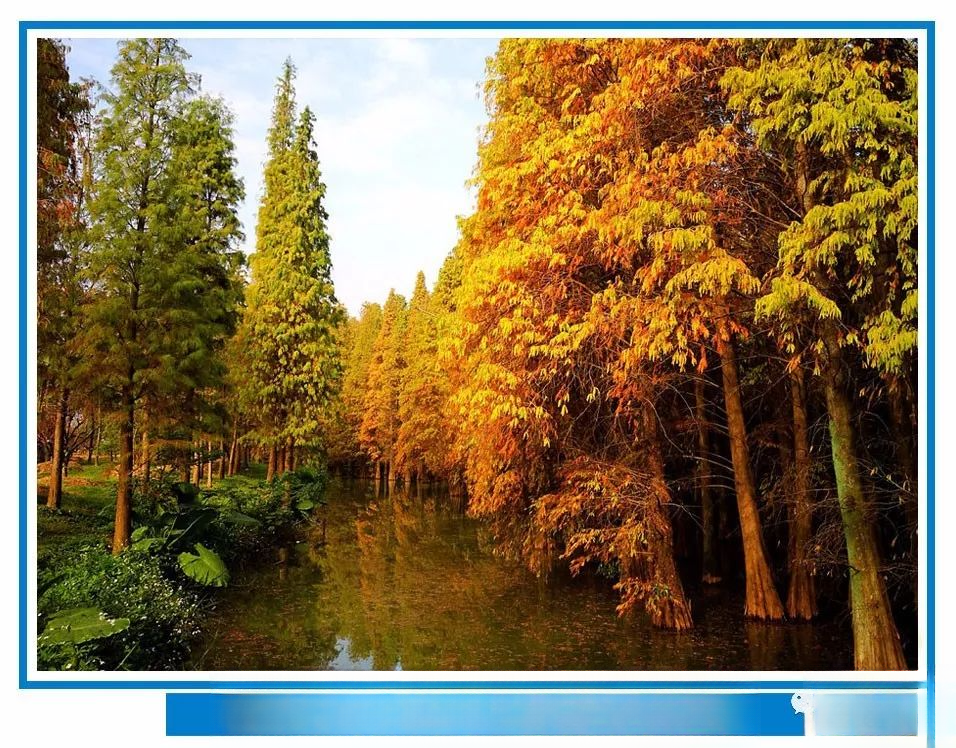
——Fallen Feathers——
Baldcypress: Also known as bald cypress, it is a plant of the genus Baldcypress in the family Taxaceae. It was introduced to Lushan Botanical Garden in 1936 and is growing well. It is native to the southeastern United States, from Maryland in the north to Florida in the south and Texas in the west along the South Atlantic coast. Most of it is distributed in riverside swamps and river floodplains that are flooded for 8 months each year.
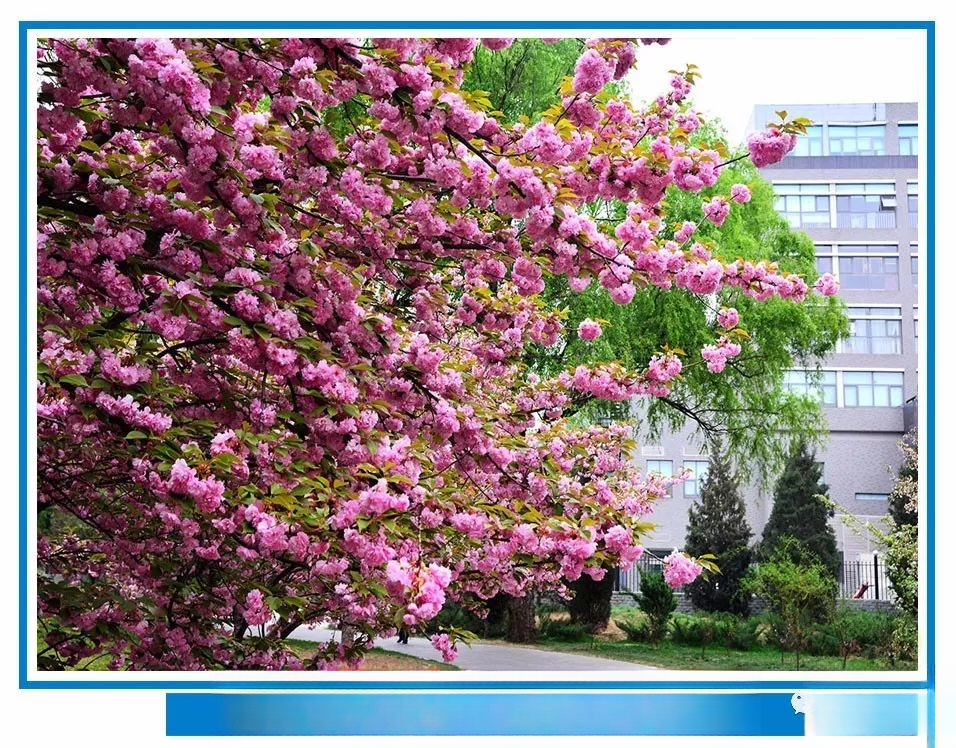
——Japanese evening cherry blossoms——
Japanese late cherry: Also known as double-petal cherry, Tokyo cherry. The varieties with large and fragrant flowers and the "four-season cherry" that blooms all year round are suitable for planting beside garden buildings or alone in rows; as for the "Oshima cherry" among the late cherry, it is a good material for coastal cities and industrial and mining cities. It is also an important garden flower ornamental tree species of the genus Prunus in the Rosaceae family. Its flowers are large and fragrant, and when in full bloom, they are as colorful as brocade. It is suitable for planting in clusters, groups, and rows.
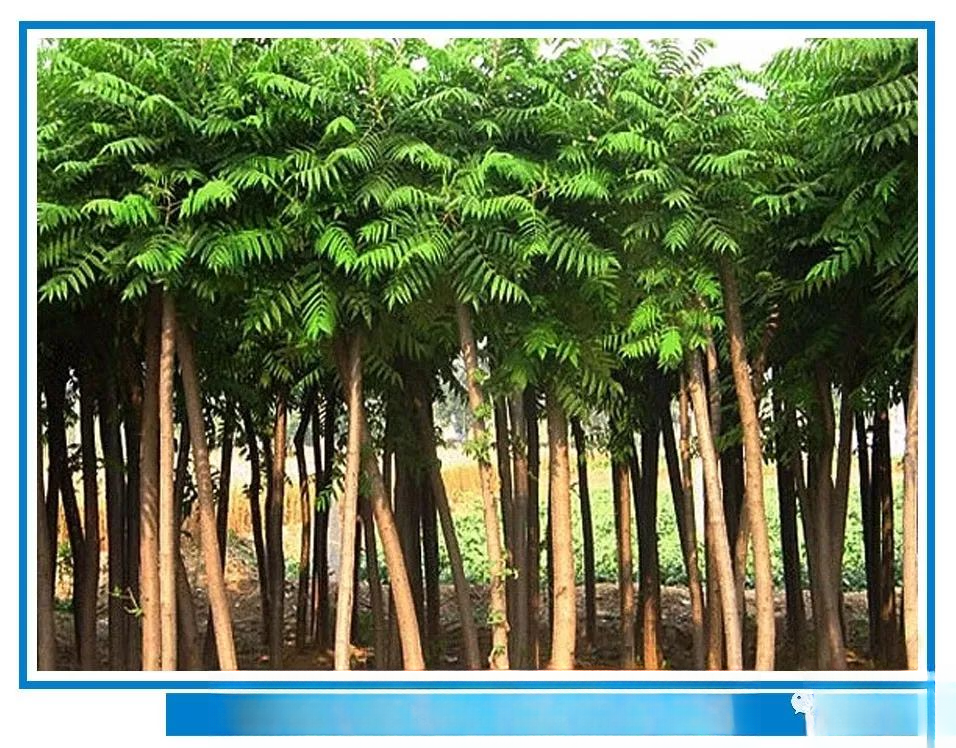
——Thousand Camellias——
Toona sinensis: A deciduous tree, about 30m tall, with a spherical crown, gray-brown bark, many branches, and no obvious trunk.
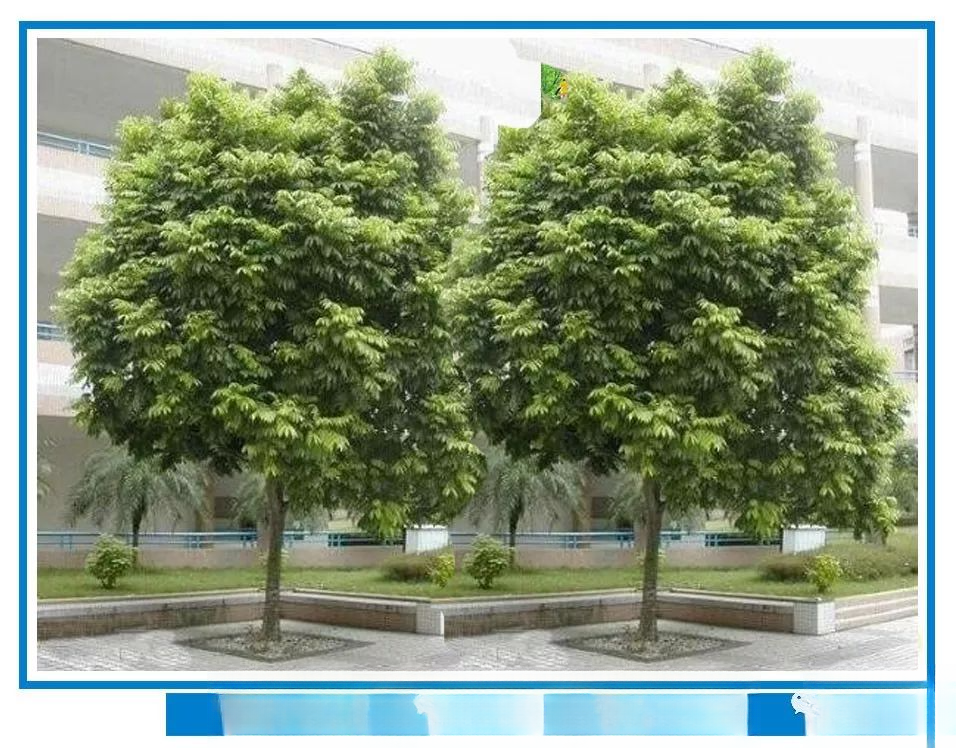
——People’s face——
Human face tree: Other names: human face tree, silver lotus fruit, is an evergreen large tree of Anacardiaceae, up to 20 meters high. It likes a sunny, hot and humid environment, and grows in deep, fertile acidic soil. This species has a broad and green crown, which is very beautiful. It is an excellent tree species for "four sides" and garden greening, and is also suitable for street trees. It is also a medicinal plant, and its fruit, root bark, and leaves can all be used as medicine.
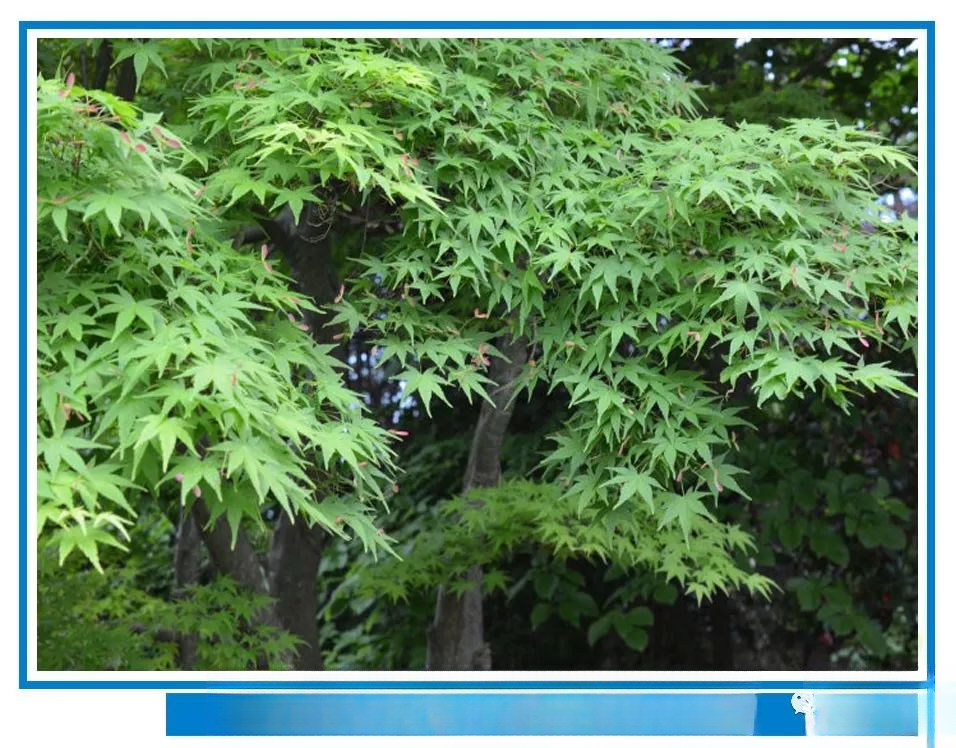
——Qing Feng——
Green maple: also known as Zhongyuan's palm-leaf maple, a deciduous tree; the bark of branches and young trunks is green, the leaves are palm-shaped with 5 to 7 lobes, truncated at the base, 6 to 10 cm long, 8 to 10 cm wide, with giant teeth, and the leaf stalk is 3 to 5 cm long; there are 5 sepals, 8 petals, and samara. It is a specialty of medium-altitude broad-leaved forests throughout the island of Taiwan.
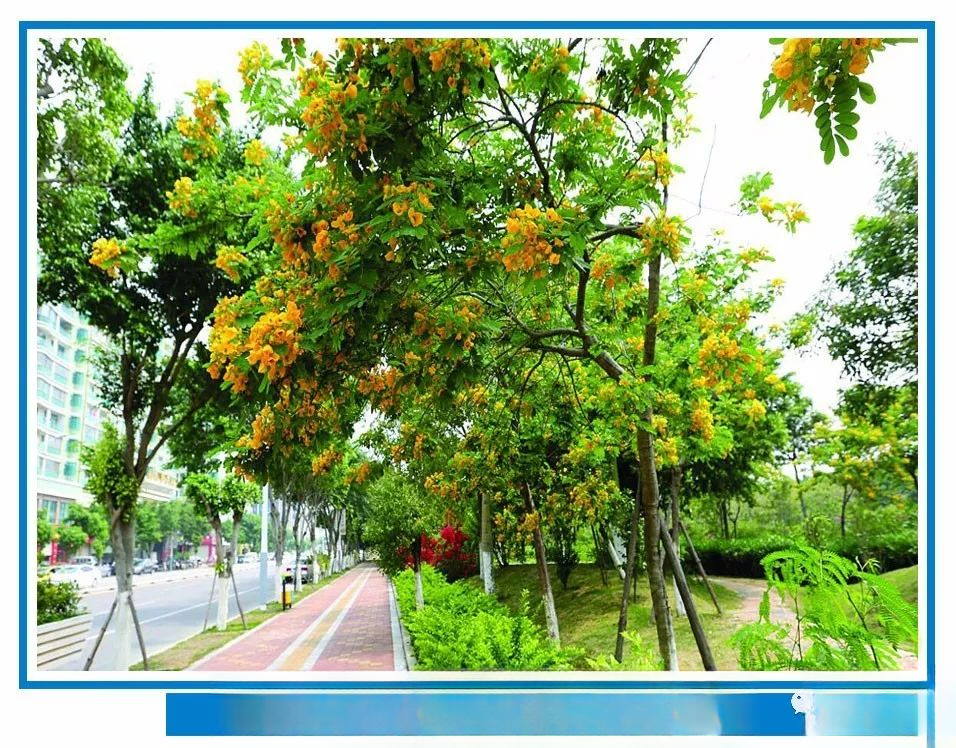
——Yellow Sophora japonica——
Sophora japonica: Evergreen in the subtropics, suitable for land planting in the area south of the Great Wall where the temperature is minus 17 degrees Celsius. Native to the West Indies and Southeast Asia. It is introduced to a wide area, from southern South China to northern South China and Guizhou, Sichuan and other provinces. Now it is widely used as a street tree in Guangzhou.
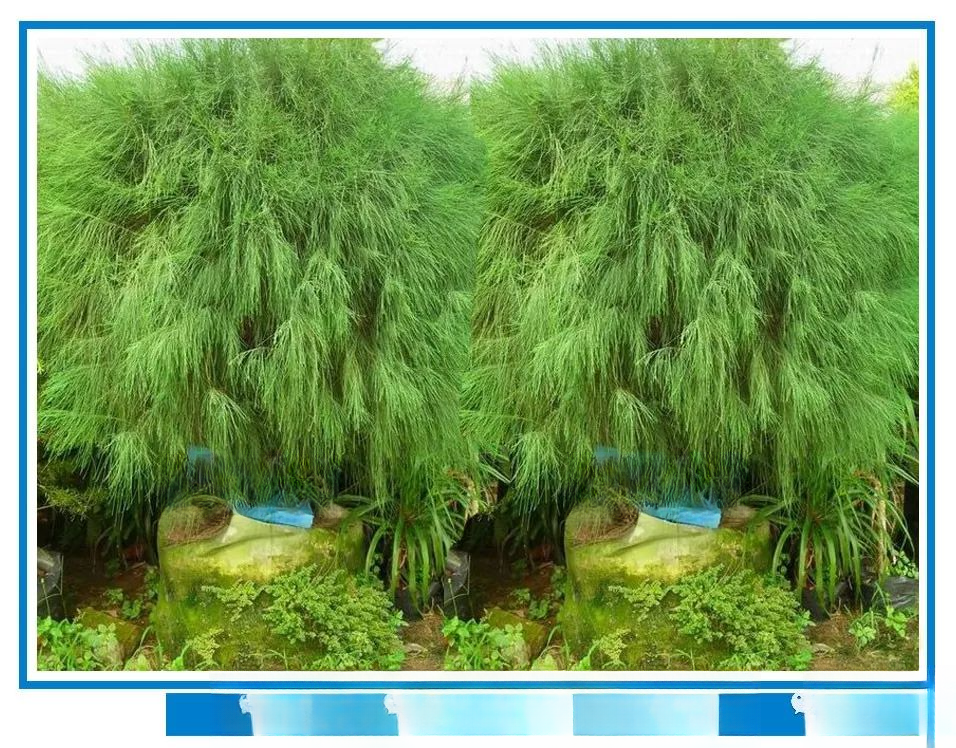
——Casuarina——
Casuarina: Native to the Ocean and adjacent Pacific region, cultivated in southern coastal areas.
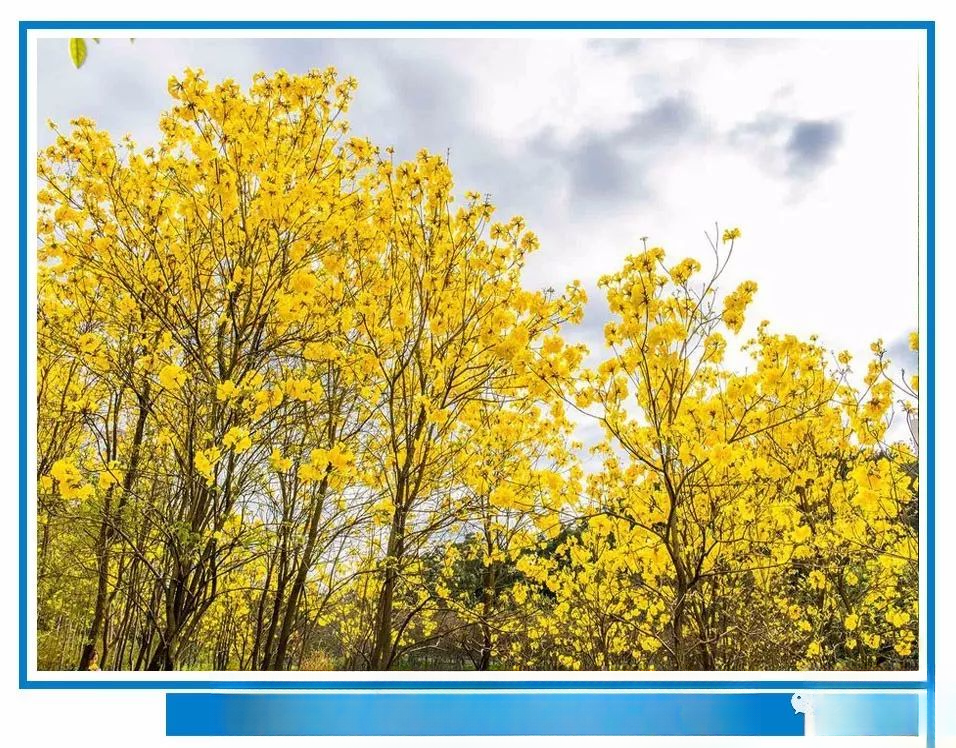
——Yellow bell tree——
Yellow bell tree: It is a tree that changes its appearance with the seasons. In spring, the branches and leaves are sparse, and beautiful yellow flowers bloom around the Qingming Festival; in summer, leaves grow and pods are produced; in autumn, the branches and leaves are lush and green; in winter, the branches and leaves are withered, presenting a desolate beauty. This is the unique flavor of the yellow bell tree in spring, summer, autumn and winter.
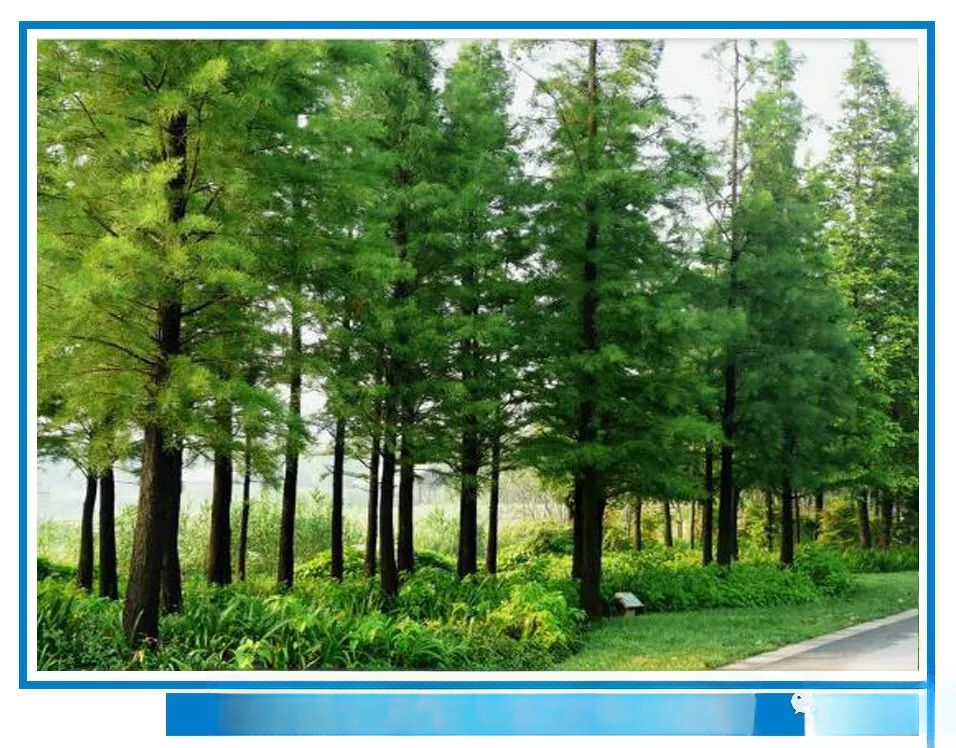
——Ikesugi——
Pool cypress: It is a deciduous tree, up to 25 meters tall. The trunk is straight and the crown is spire-shaped. The base of the trunk is swollen, and the branches form a narrow crown, spire-shaped, and beautiful. The leaves are drill-shaped and spirally extend on the branches; the cones are spherical.
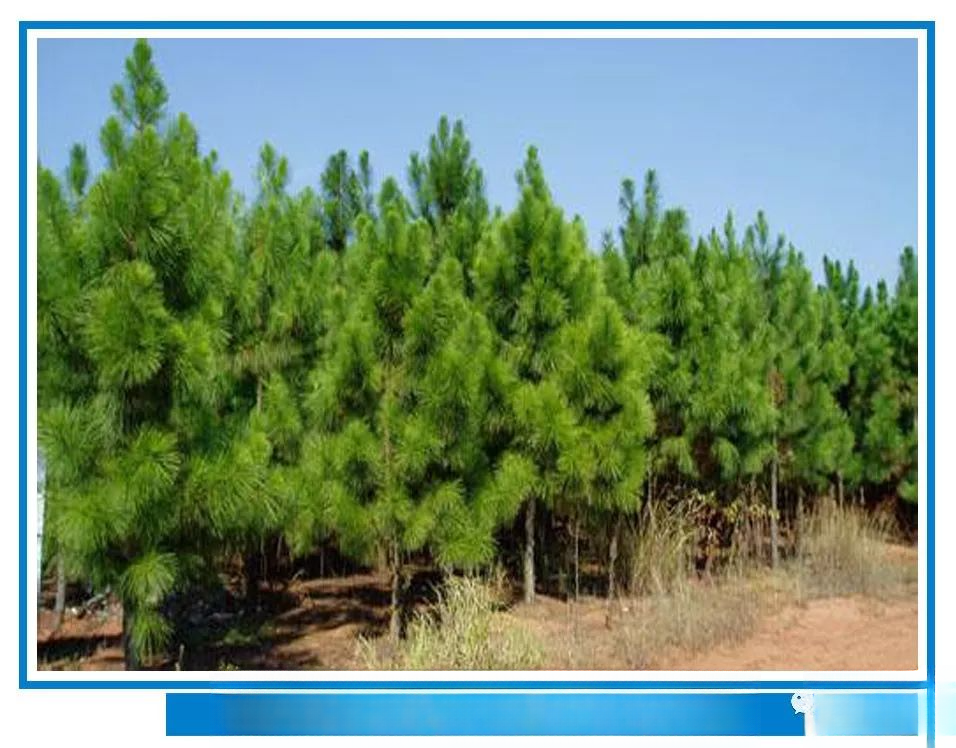
-- Swamp Pine --
Longleaf pine: a fast-growing evergreen tree native to the southeastern coast of North America, Cuba, Central America, etc., prefers to grow in moist soil at an altitude of 150-500 meters. Longleaf pine has a slender and elegant appearance, with dense leaves and shade. It is suitable for planting on mountain slopes, streams and pools. It can be planted in clumps or patches. It is also suitable for planting alone or in clumps in gardens and grasslands as a shade tree or background tree. It is also very suitable for landscape forests and soil and water conservation forests.
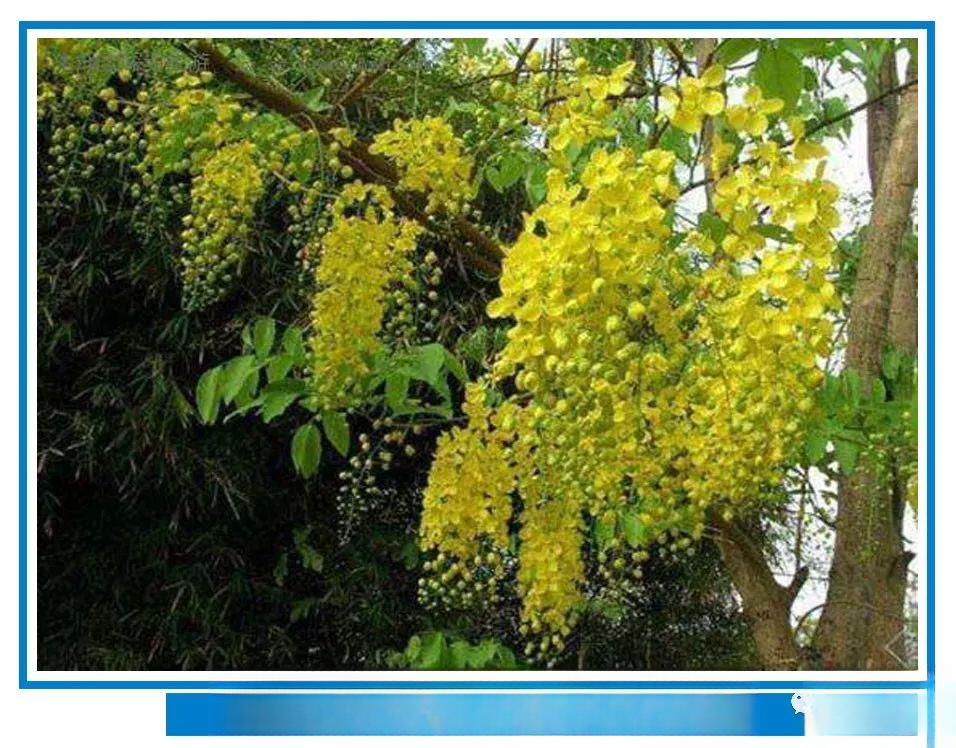
——Sausage tree——
Sausage tree: also known as golden rain, golden chain flower, golden rain, Persian soapberry, Brahman soapberry, long fruit tree, sausage tree, ox horn tree, etc., and is often called pig intestine bean in Hong Kong. It is a plant of the Suaeda subfamily. It is the national flower of Thailand.
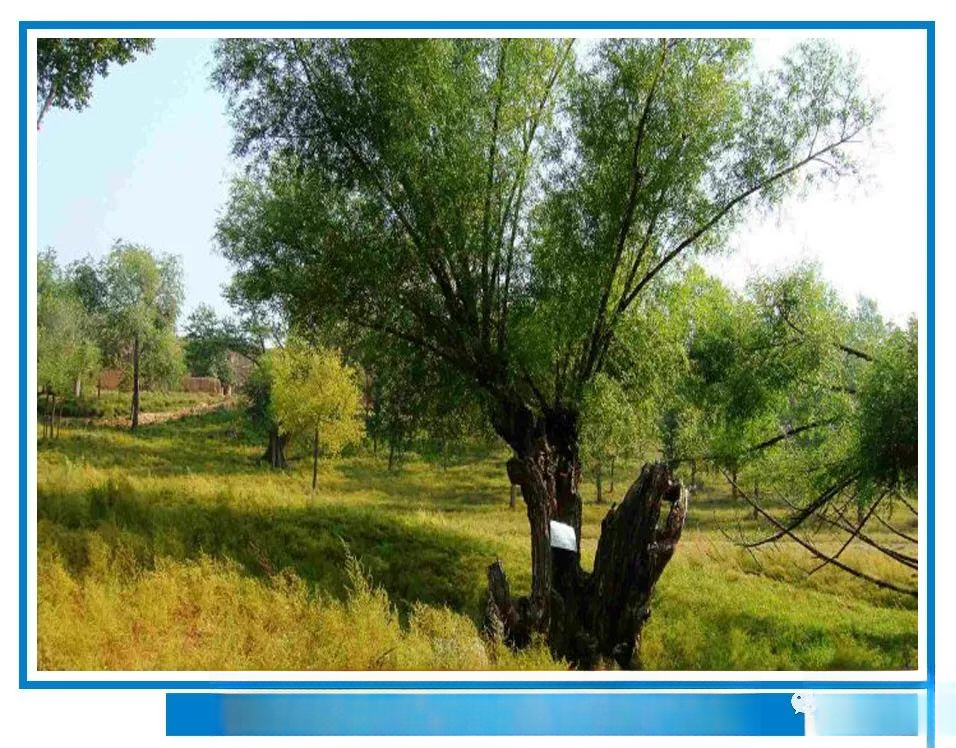
——Salix matsudana——
Salix matsudana: A plant of the genus Salix in the family Salicaceae. It is a deciduous tree up to 18 meters tall; its branches are straight or obliquely elongated, with light yellow or green twigs; its leaves are lanceolate with serrations. It is distributed in Japan, the Far East, North Korea, and Jiangsu, Gansu, Zhejiang, Northeast China, Huaping Plain, Qinghai, Northwest Loess Plateau, Huaihe River Basin, etc. on the mainland. It grows in areas with an altitude of 10 to 3,600 meters. It often grows in arid or wet lands. It has not yet been artificially introduced for cultivation.
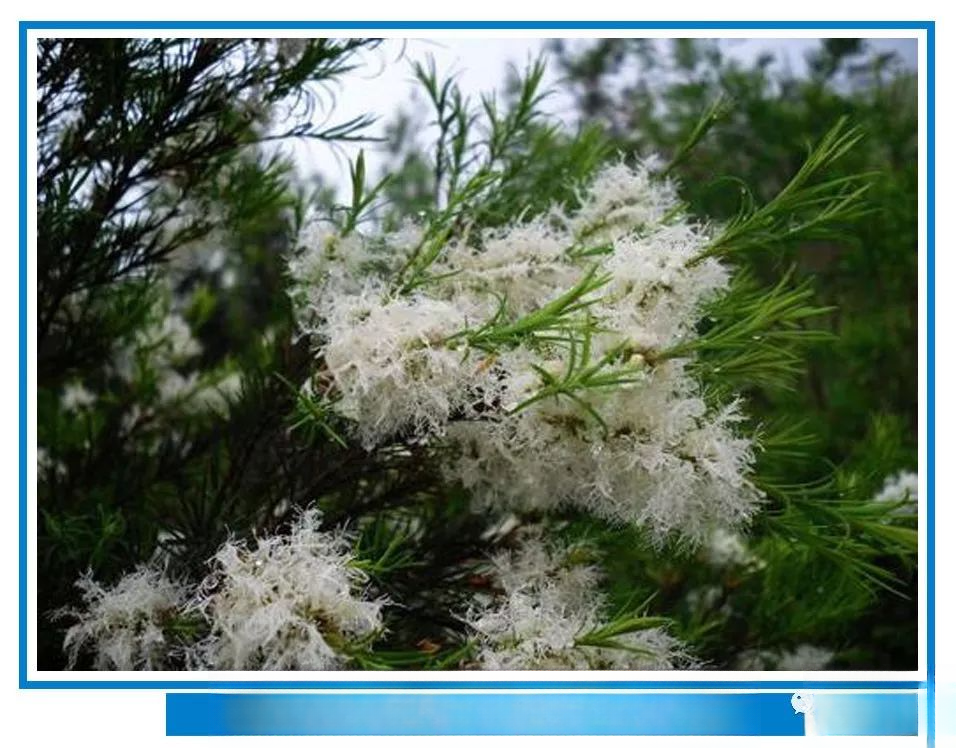
—— Melaleuca Altissima——
Melaleuca alternifolia: Alias: peeling tree, melaleuca, jade tree, white melaleuca, jade butterfly. It is a genus of plants that grows in Australia. There are currently 236 known species, of which 230 are native to Australia, and the rest grow in Indonesia, New Guinea, New Caledonia and Malaysia. It belongs to the Myrtaceae family. Melaleuca alternifolia, also known as the genus of melaleuca.
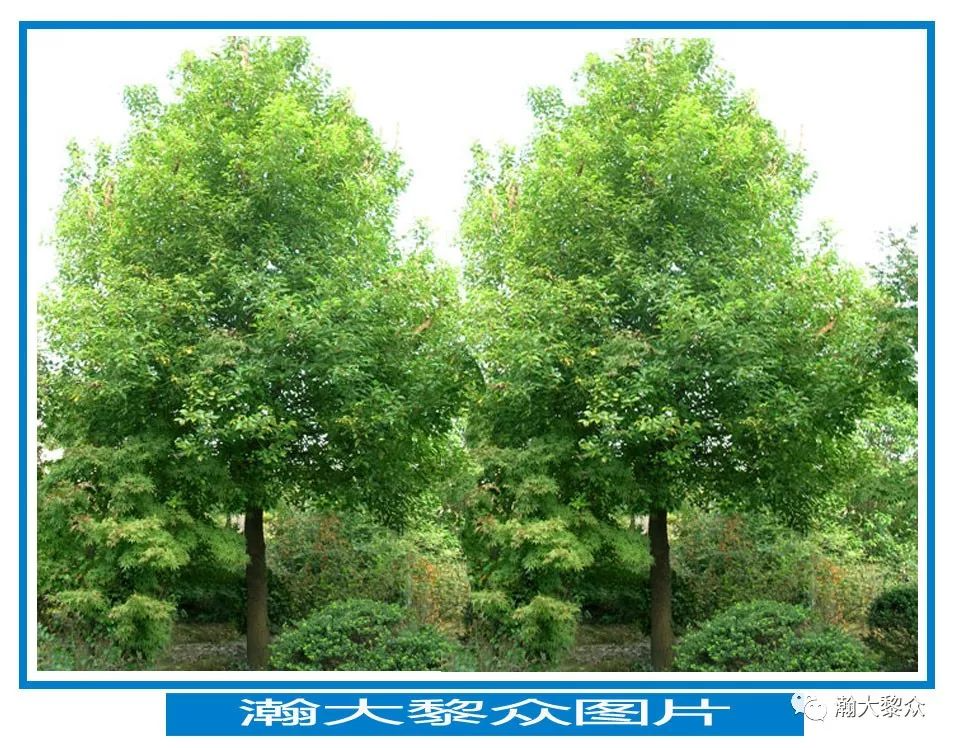
—— Sassafras——
Sassafras: Also known as Sassafras, it is a deciduous tree of the genus Sassafras in the Lauraceae family. In addition to this species, there are two other species in the genus Sassafras, namely American Sassafras and Taiwan Sassafras. The tree can reach a height of 35 meters and a breast diameter of 1.3 meters. The trunk is round and straight. The bark is dark gray and longitudinally fissured. The leaves are alternate, entire or 2-3 lobed. Pinnate veins; the petiole is slender. The flowers are bisexual, with 4 anthers. The drupes are purple-black or blue-black. It is mainly distributed in Zhejiang, Jiangxi, Hunan, Hubei, Anhui, Jiangsu, Sichuan, Guizhou, Guangdong and Guangxi. The vertical distribution is mostly below 800 meters above sea level.
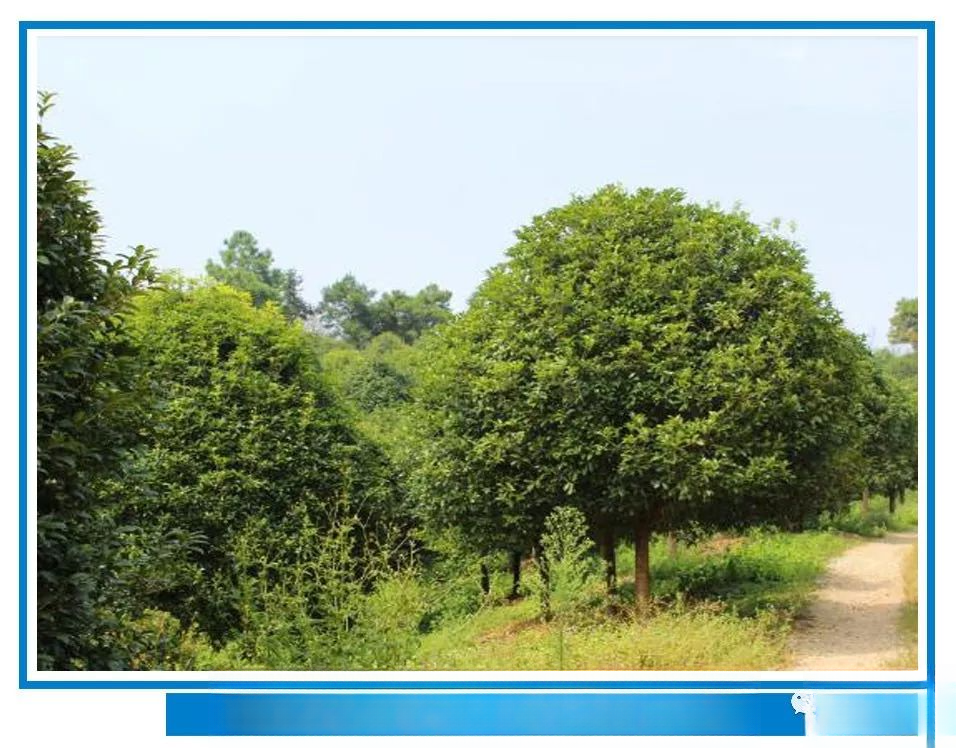
——August Laurel——
August osmanthus: There are two types: golden osmanthus and silver osmanthus. They are distributed in the Yangtze River Basin and the areas to the south. The color of golden osmanthus is yellow to dark yellow, with a strong fragrance, while the color of silver osmanthus is close to white or yellow-white, and its fragrance is slightly lighter than that of golden osmanthus. Both like warm and humid climates. August osmanthus symbolizes wealth.
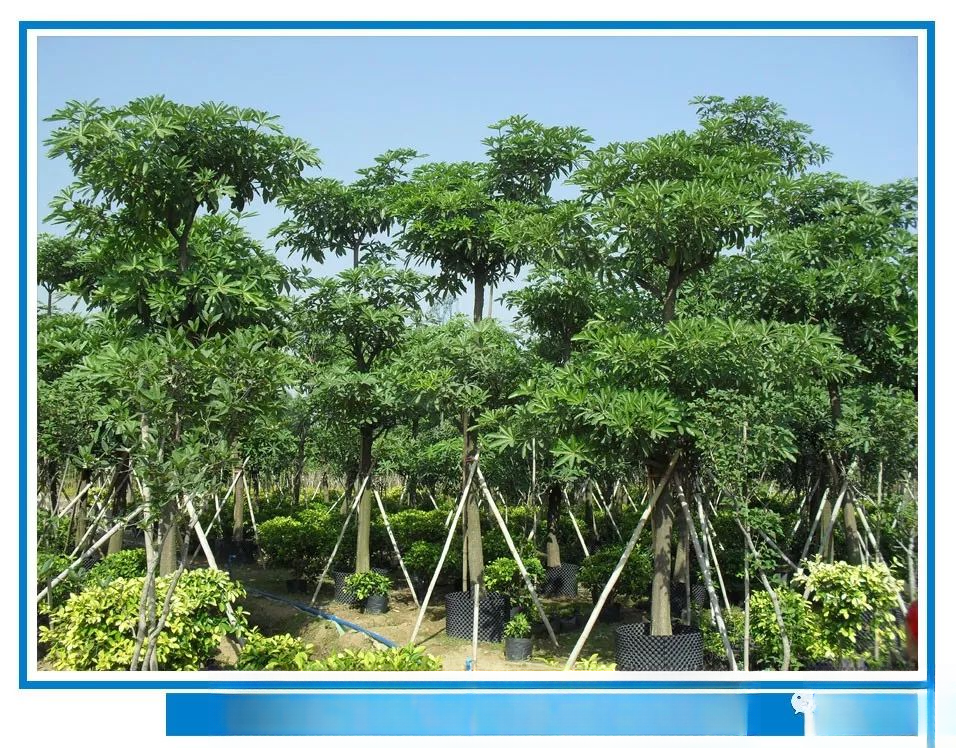
——Nanyang Ying——
Nanyang Ying: Evergreen large tree, 10-25 meters high. The crown can reach 20 meters, the trunk is thick, the crown is broad and umbrella-shaped, spreading and open, and the tree shape is beautiful. It grows quickly and is a famous fast-growing tree species, but the life span is short, most of which do not exceed 40 years. It is a strong sun-loving tree, not shade-tolerant, likes warm and rainy climates, and prefers moist and fertile soil rich in organic matter. It is not cold-tolerant, has strong germination ability, and strong wind resistance.
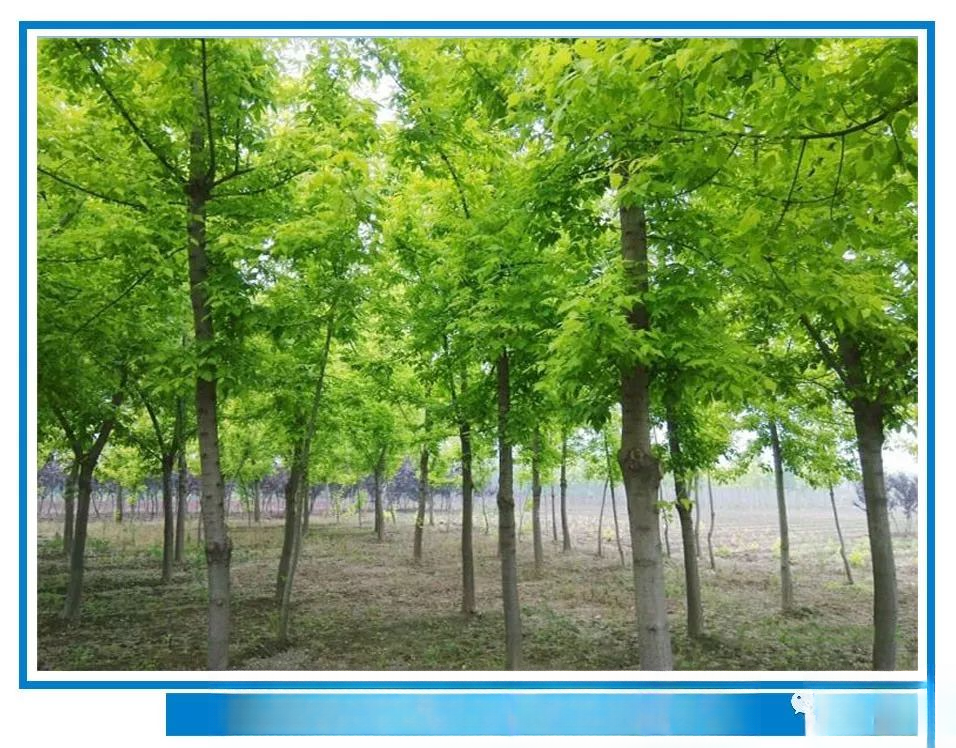
——Maple Leaf——
Compound maple: Chinese alias: ash leaf maple, sugar maple.
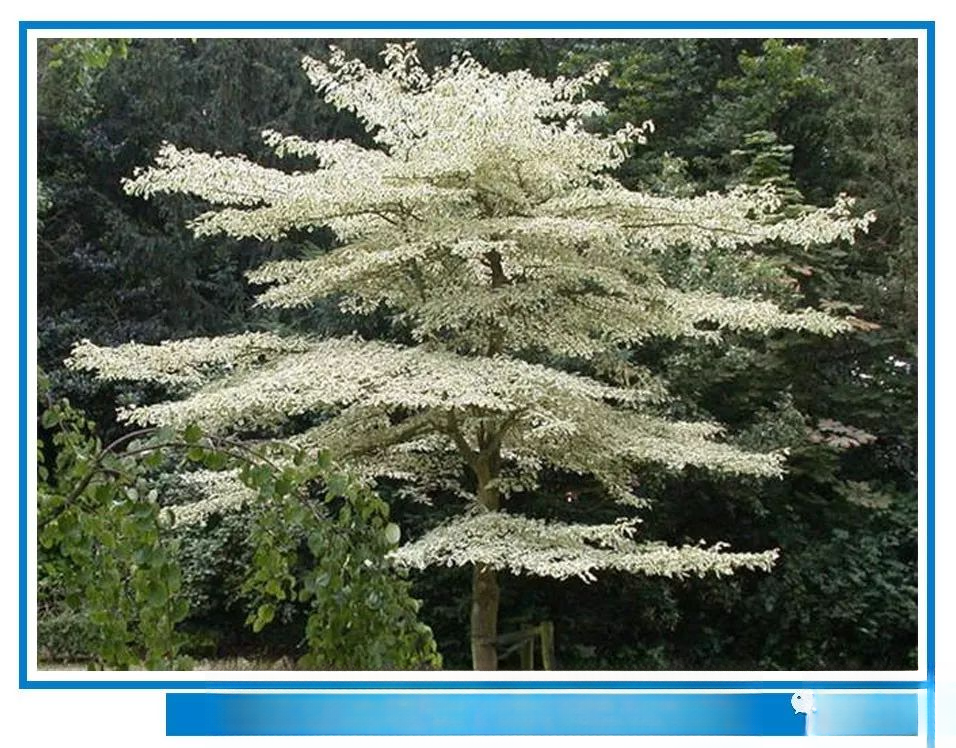
——The lampstand tree——
Cornus officinalis: also known as Ruimu, daughter wood, and hexagonal tree. It is a deciduous tree of the Cornus family, 10-15 meters high. It has a high ornamental value and is a precious native tree species. It is the best greening product for parks, courtyards, streets, scenic spots and other gardens.
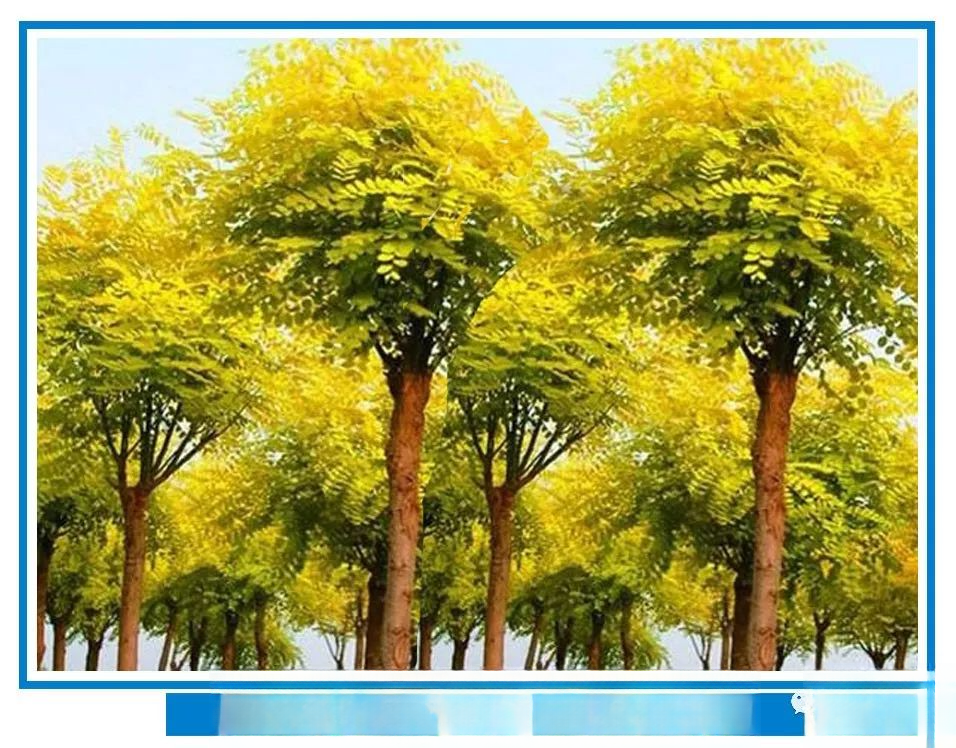
——Golden Sophora japonica——
Sophora japonica: Also known as Golden Sophora japonica and Golden Silk Sophora japonica, it is a variant of Sophora japonica. Because its branches and leaves are golden yellow all year round, it is often used in landscaping and has high ornamental value. Sophora japonica not only has ornamental value for the four seasons, but also has the function of improving the stability of the group and forming a good landscape when mixed with other tree species due to its ecological characteristics.
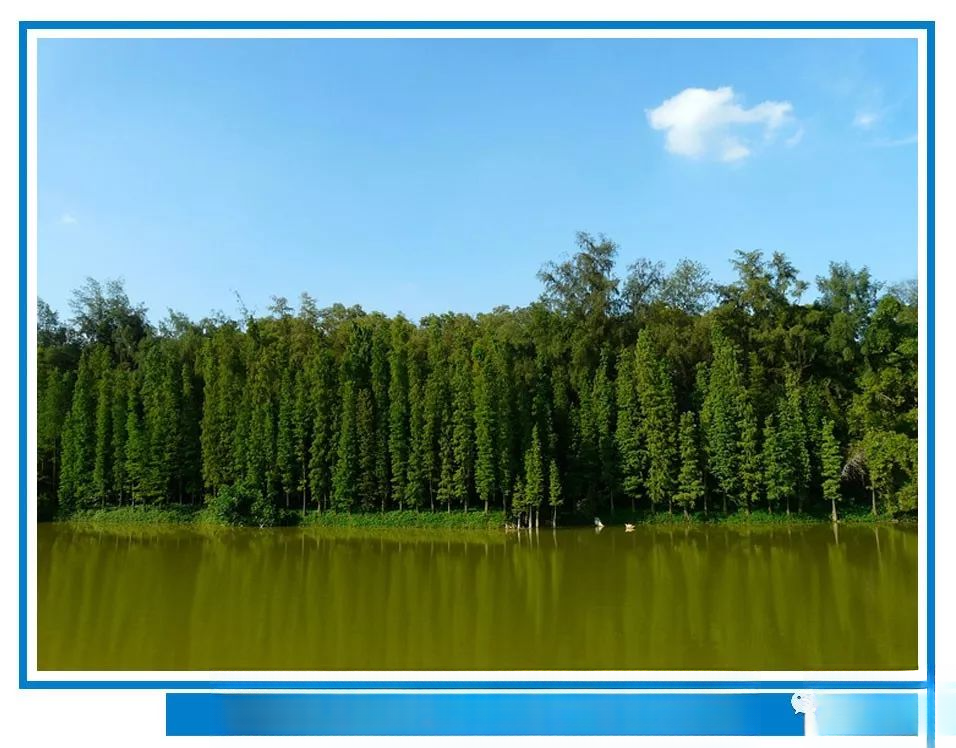
——Mizumatsu——
Chinese cypress: A deciduous or semi-deciduous tree belonging to the genus Chinese cypress of the family Taxaceae. There is only one species in this genus, which is a world relict plant and a unique tree species. Because the main production area is located in the Pearl River Delta and the lower reaches of the Minjiang River, which are densely populated and have convenient transportation, it has been severely damaged and most of the existing plants are scattered. Chinese cypress is a unique single genus plant and an ancient relict species. It has important scientific value in studying the systematic development, paleobotany and climate of the Quaternary glacial period of the family Taxaceae.
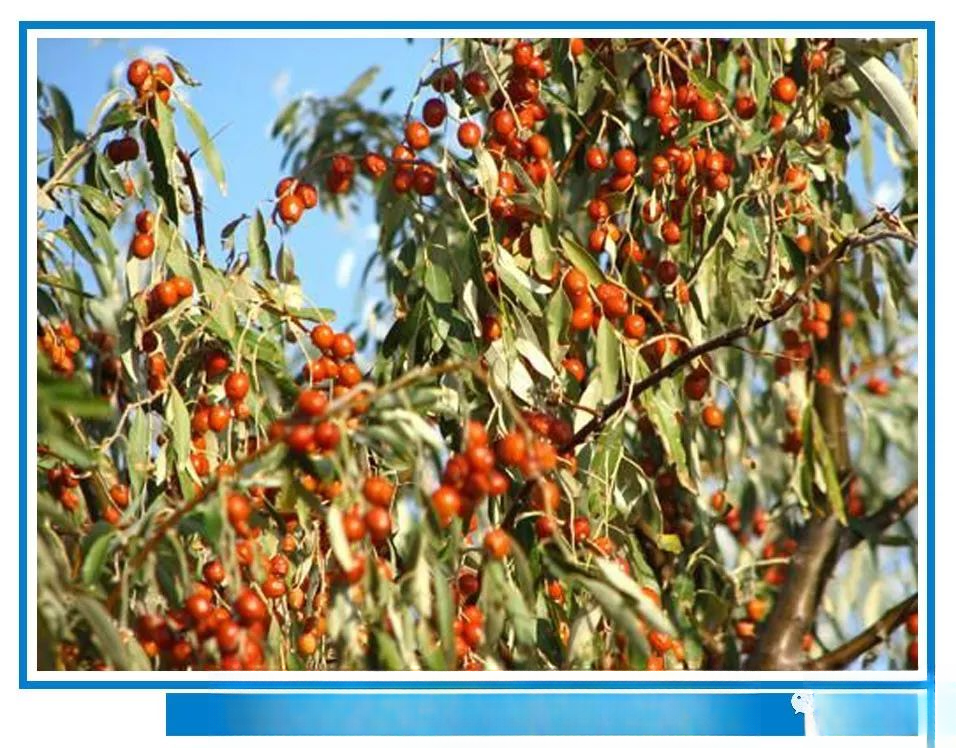
——Elaeagnus angustifolia——
Elaeagnus angustifolia: Also known as osmanthus willow, it is produced in the western desert of Inner Mongolia. Because its flower fragrance is similar to that of sweet-scented osmanthus in the south of the Yangtze River and its vitality is very tenacious, it is known as the "fragrant osmanthus in the desert". Elaeagnus angustifolia is a good tree species for afforestation, greening, firewood, windbreak and sand fixation. It has become one of the main afforestation tree species in the northwest region. Elaeagnus angustifolia has low leaves and grows fast. In late summer, the tree is full of fragrant flowers, which can also provide a rare silver-white landscape for the garden. It can also be used as an ornamental tree and background tree.
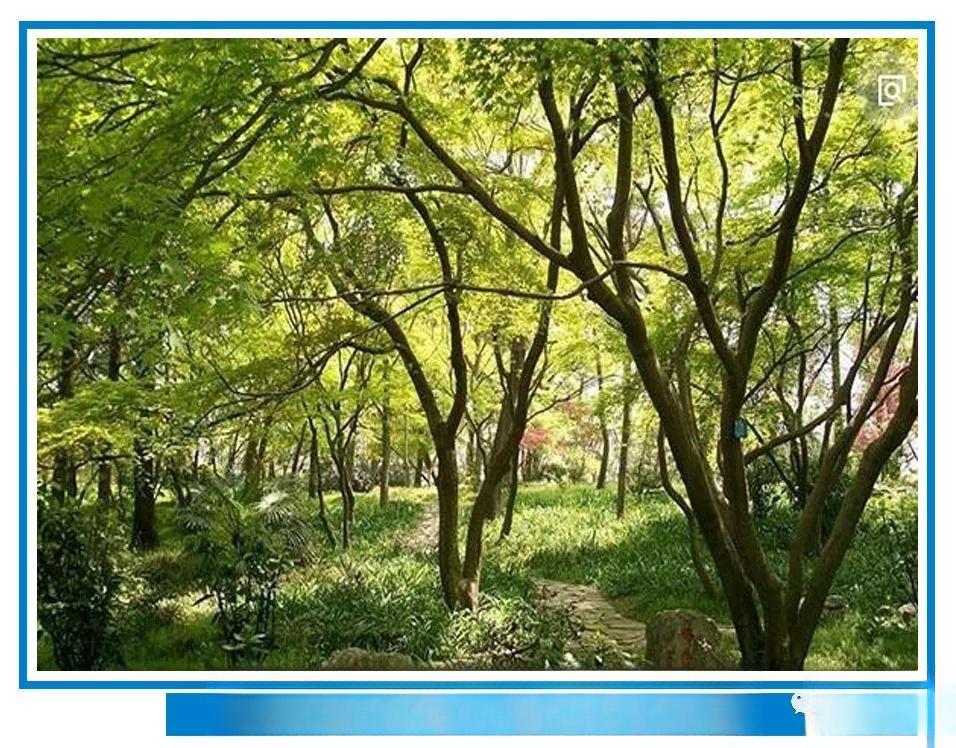
——Quercus glauca——
Cyclobalanopsis glauca: Other names: purple heart wood, green castanopsis, flower tree, fine-leaved tung, iron oak, cypress tree, iron thick. It is an evergreen tree of the Fagaceae family. It is an important component of evergreen broad-leaved forests. It is resistant to barrenness and likes calcium. The wood has excellent properties and is an important material for wooden shuttles in the textile industry.
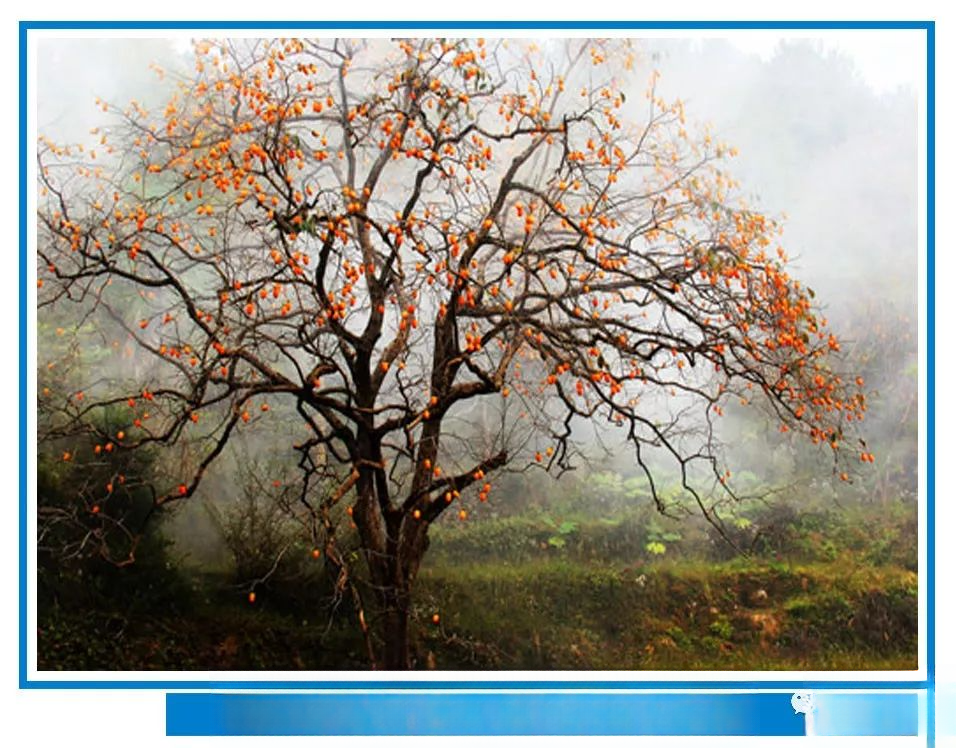
——Persimmon Tree——
Persimmon: It is a general term for plants of the genus Diospyros. The fruit is called persimmon. The persimmon tree has a beautiful crown and can be used as a greening tree species for shelterbelts. In autumn, the leaves of the persimmon tree turn red after frost, which is very beautiful. Generally, the black jujube of the same genus is used as the rootstock for planting persimmon trees. Black jujube is also known as "monkey jujube", and its fruit is much smaller than persimmon.
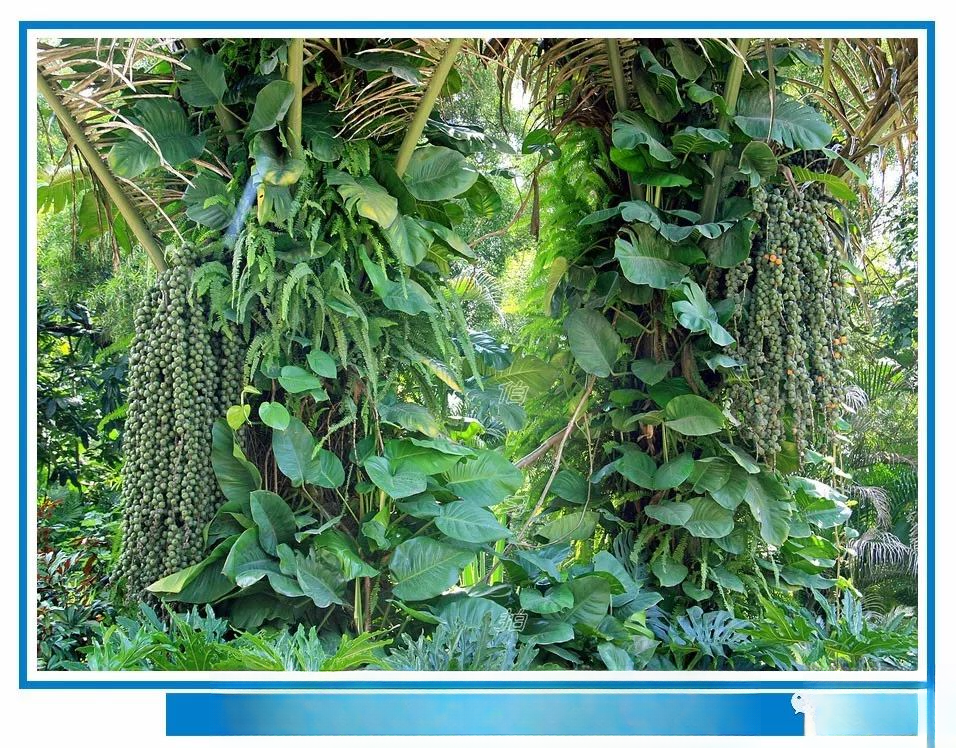
——Sugar palm——
Sugar palm: It is a plant of the genus Sugar palm in the family Arecaceae. It is tree-like and mostly grows in dense forests. It has high economic value and is also a good ornamental plant for shape, leaves and fruits in gardens.
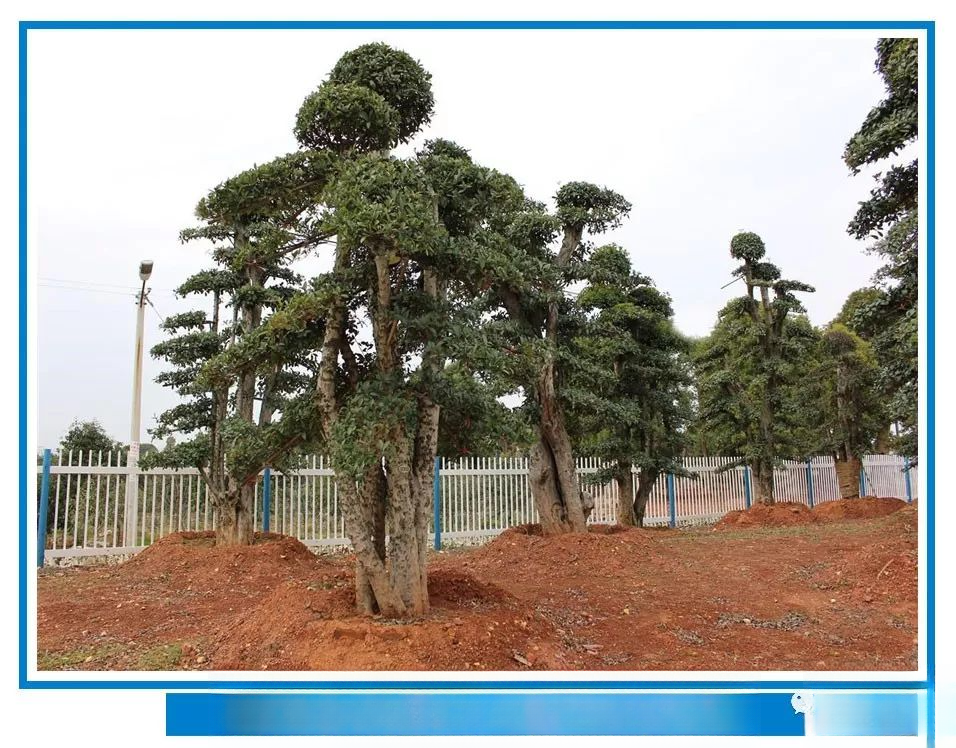
——Alnus virgatus——
Photinia fraseri: It is a plant of the genus Photinia in the Rosaceae family. It is an evergreen tree, 6-15 meters high, blooms in May, and fruits in September-October. It grows in bushes.
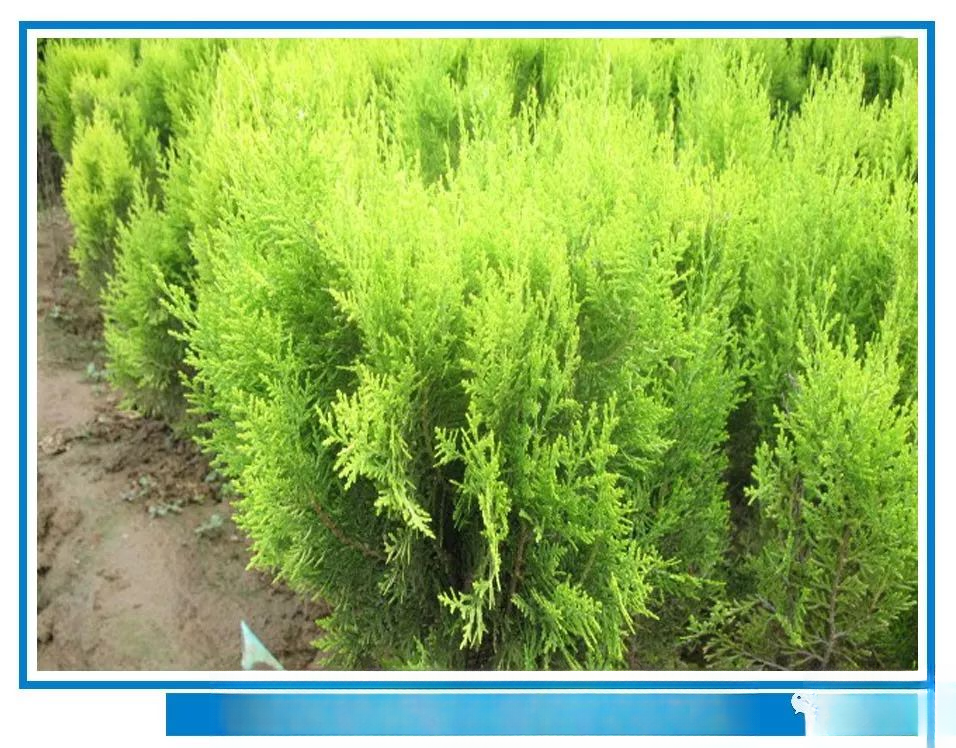
——Sajinbai——
Golden cypress: Cupressaceae, genus Platycladus orientalis. It is the most widely used garden tree species in the north and has the longest history of cultivation and ornamental.
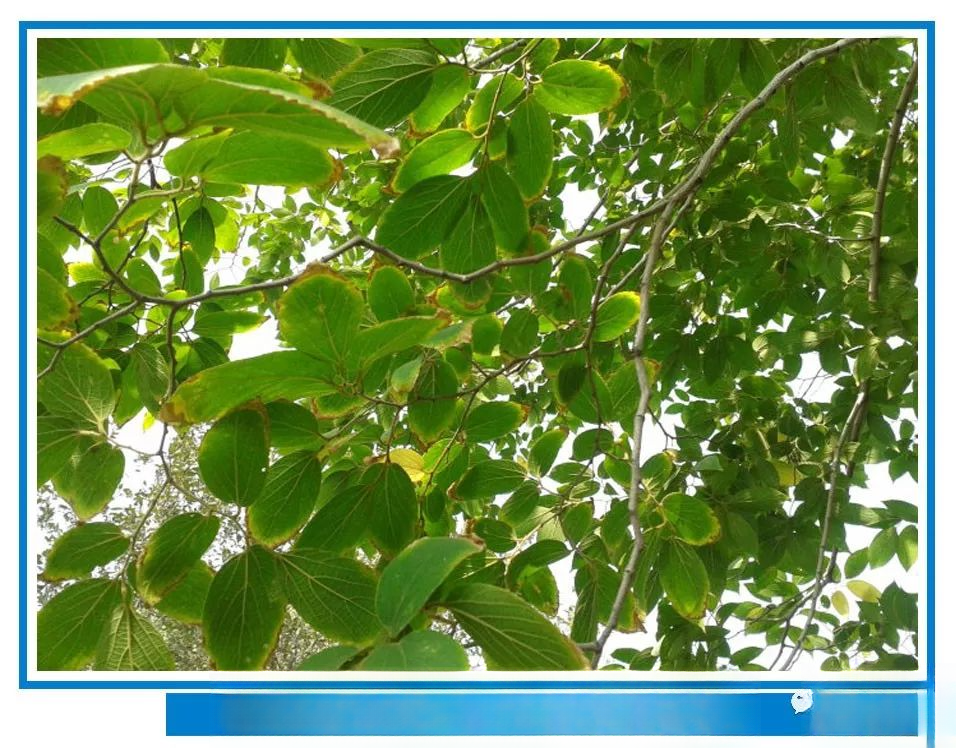
——Coral Park——
Coralwood: It is a tall tree of the Elm family. It is tall and grows mostly on low-altitude hillsides or in valley forests or on the edge of forests. It is produced in many provinces and cities.
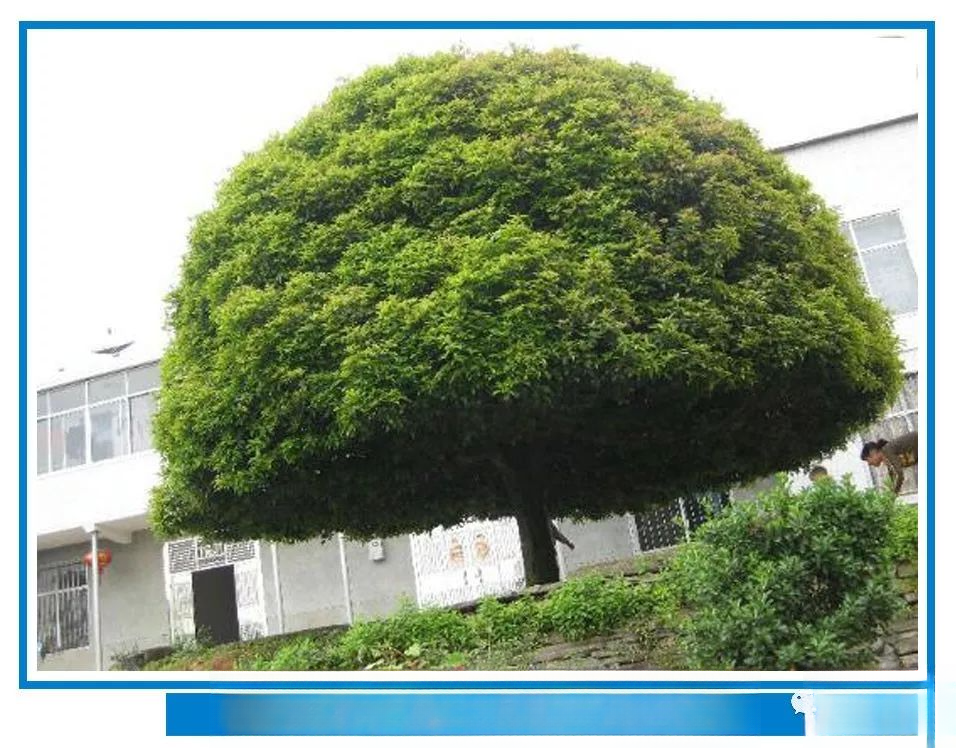
——Yue Yue Gui——
Osmanthus fragrans: Also known as Osmanthus fragrans, it is an evergreen broad-leaved tree that can reach 15 meters in height and can cover 400 square meters. The seedlings of Osmanthus fragrans have obvious taproots and a deep and developed root system. The young roots are light yellow-brown, while the old roots are yellow-brown. The leaves are opposite, smooth and leathery, with the adaxial surface dark green and the distal surface lighter in color. It has 2 to 3 pairs of superimposed buds.
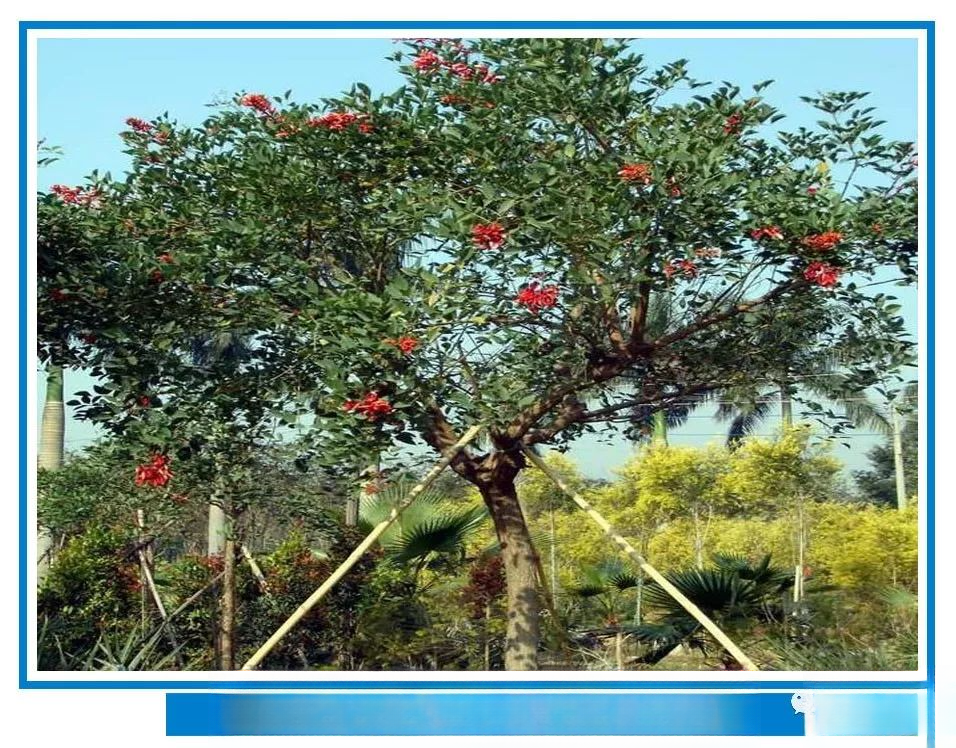
——Erythrina——
Erythrina: Other names: Erythrina tree, Erythrina flower, Pittosporum, Hibiscus, Kongtong tree. It is native to the coral reef coasts of tropical Asia and the Pacific islands. It is the city flower of Quanzhou and Miyakojima City in Japan, and the prefectural flower of Okinawa Prefecture. "Erythrina City" is another name for Quanzhou City. The Kavalan people in Taiwan celebrate the New Year when the Erythrina flowers bloom. Erythrina is native to tropical Asia and is widely cultivated in South China and Sichuan.
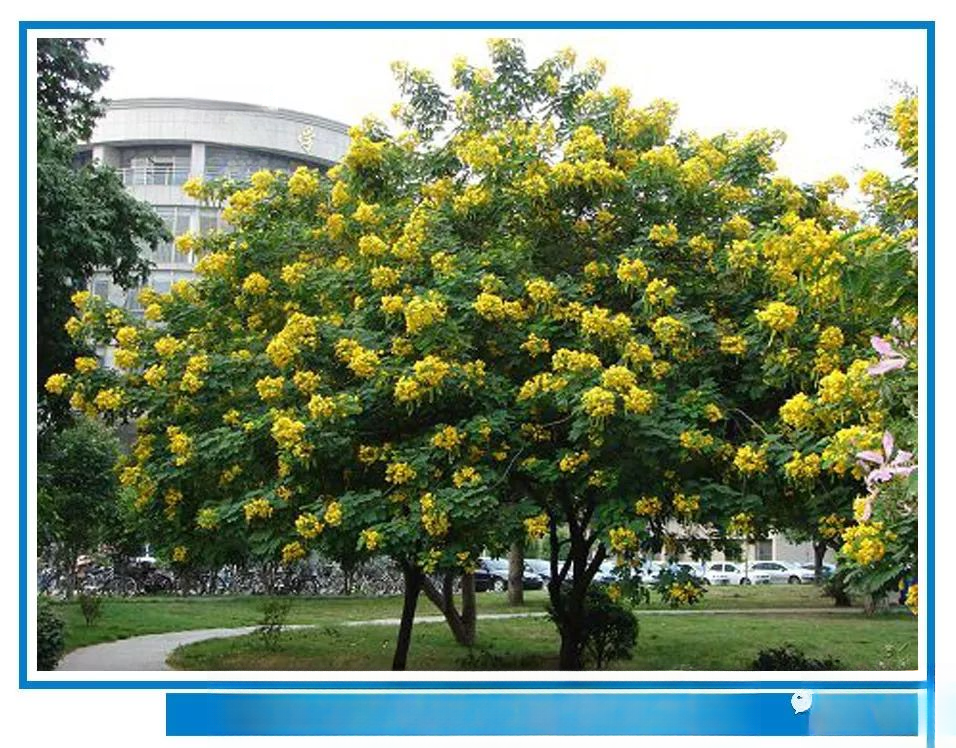
——Huanghuai——
Huanghuai: Also known as Golden Phoenix Tree, Bean Sophora, and Golden Medicine Tree. The tree has an elegant appearance and lush branches and leaves, and can be four to six meters tall. The leaves are small ovate, even-pinnate compound leaves. After sunset, the leaves will close up and doze off. The leaves fall from December to February in winter. The flowers are yellow, with racemose inflorescences, growing at the ends of the branches. There are many flowers, and when in full bloom, the bright and bright yellow flowers cover the entire plant.
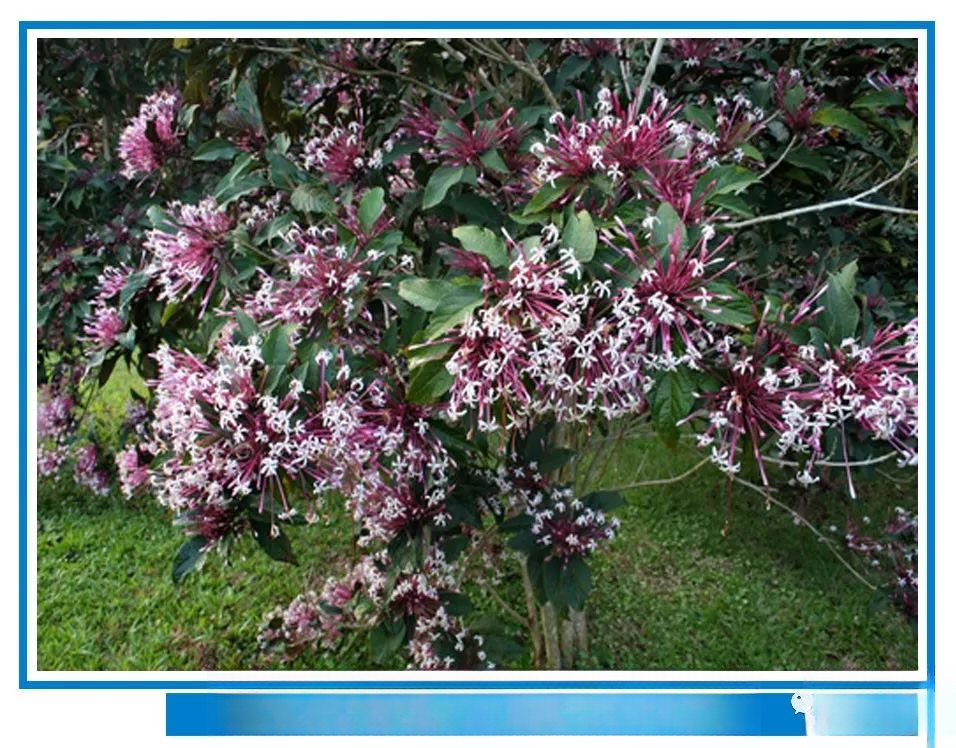
——Fireworks Tree——
Fireworks tree: It is a small shrub of the Verbenaceae family. Name: Fireworks tree; Other name: Starry Mountain Jasmine.
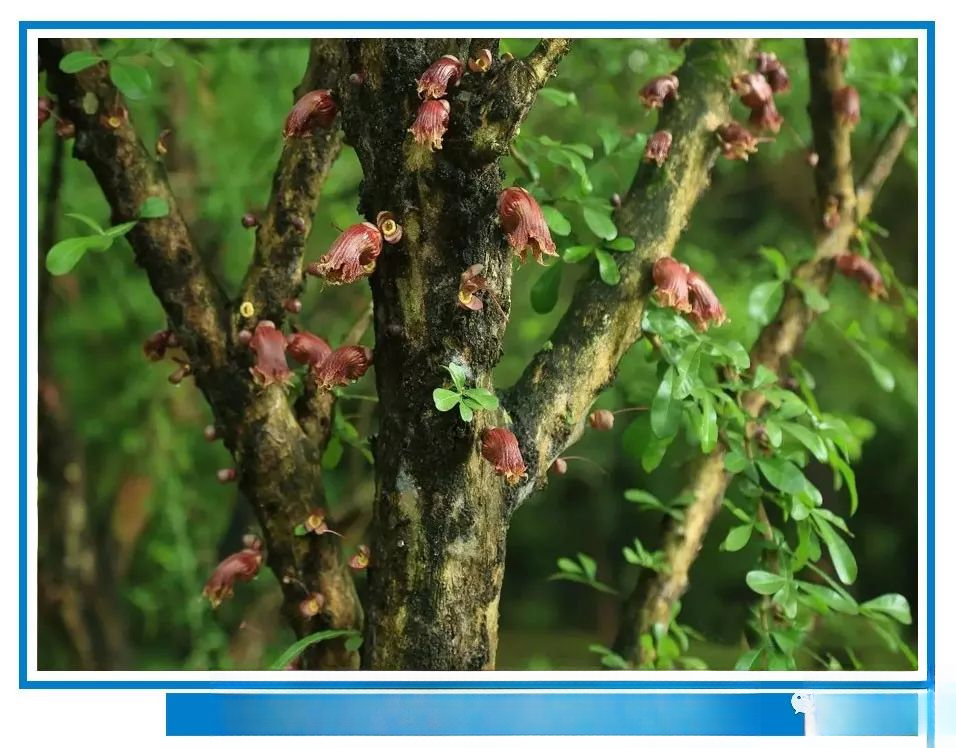
——Forkleaf Wood——
Forkleaf wood: Its flowers are purple and shaped like small goblets. The flowers grow directly on the main branches or old branches. They bloom profusely in summer and less in autumn. The same tree as the fruit, the calyx is flame-shaped and splits to the base, and is light purple. The corolla is bell-shaped with purple-brown spots. The fruit is 5 to 7 cm in diameter and also grows on the stem. It is nearly spherical, light green, and the sunny side is often purple-red, smooth, and does not crack. It is a unique and interesting high-end new greening seedling.
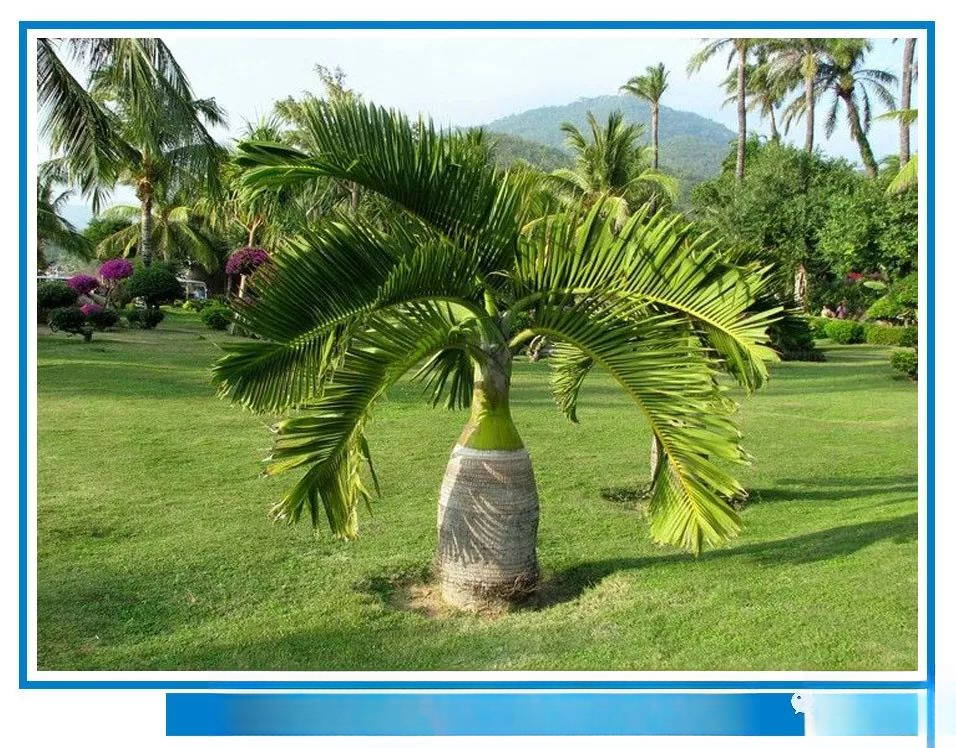
——Wine Bottle Coconut——
Bottle palm: Also known as gourd-stemmed Buddha palm, it has a short trunk that is as fat as a bottle, can reach more than 3 meters in height, and the maximum stem thickness is 38-60 cm. Pinnate compound leaves, lanceolate leaflets, 40-60 pairs, and cylindrical leaf sheaths. When the seedling is young, the petiole and leaves are light reddish brown. Due to its peculiar expansion of the stem, the leaf shape and plant posture are unique and beautiful.
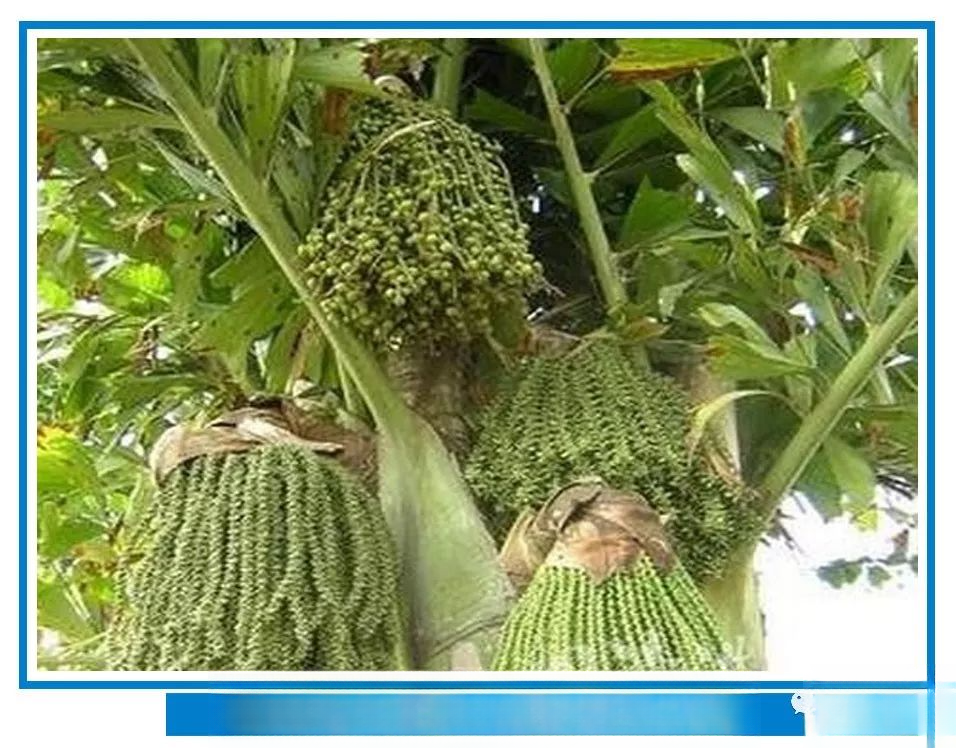
——Fishtail Sunflower——
Fishtail palm: a perennial evergreen tree of the genus Fishtail palm in the palm family. The stem is upright and unbranched, the leaves are large, pinnate-shaped and pinnate-lobed, thick, leathery, large and sturdy, with irregular tooth-like notches on the upper part and drooping tips, resembling a fishtail. The longest inflorescence can reach 3 meters, with 3 flowers in clusters, flowering in July, drooping spadix, and small yellow flowers.
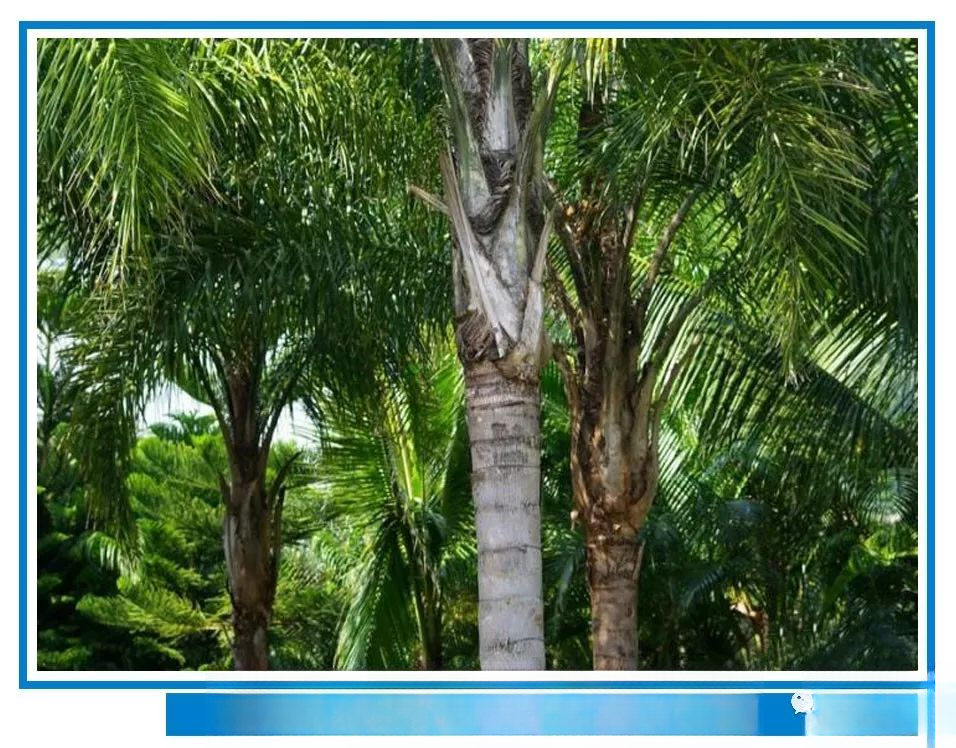
——Empress Aoi——
Queen's palm: It belongs to the palm family. It is produced in Brazil, Argentina, Bolivia and other countries. It has been introduced and cultivated in the southern region for a long time. It likes warm, humid and sunny environment, and requires deep, loose and well-drained soil. Its suitable growth temperature is 22-28 ℃ , and it can withstand short-term low temperatures below 0 ℃ . It is a garden ornamental tree or street tree, and can also be used as a coastal greening material.
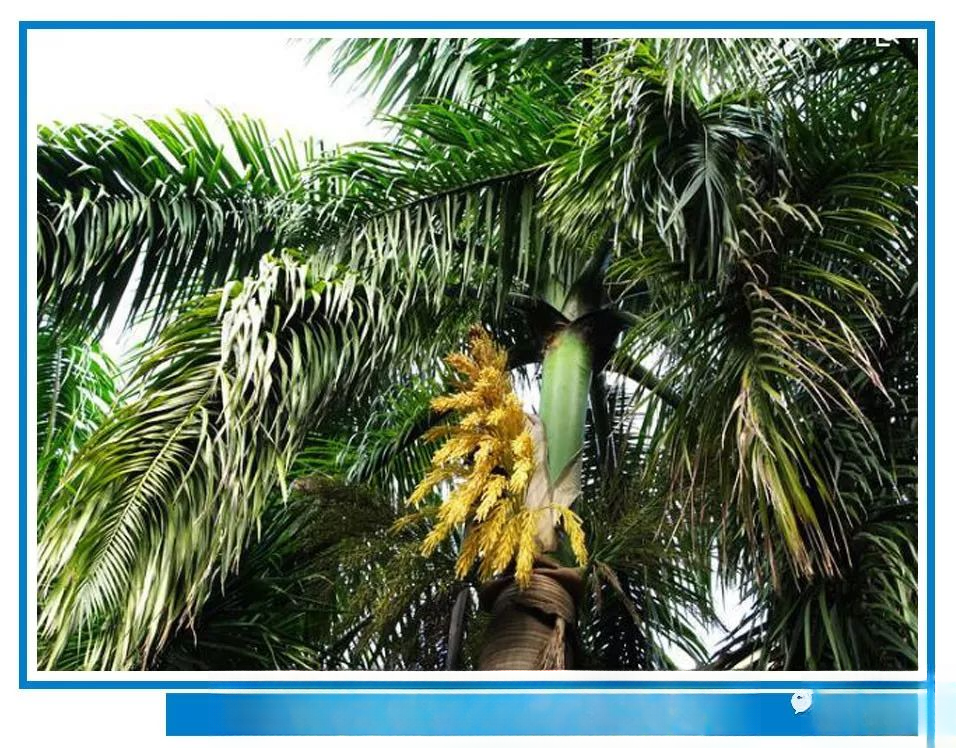
——Royal Palm——
Royal Palm: Also known as the Royal Coconut. It belongs to the genus Royal Palm, Arecaceae, with about 17 species. It is native to tropical America. Two species, including the Royal Palm, have been introduced for cultivation. They are cultivated in Yunnan, Guangxi, Guangdong, Fujian and Taiwan. The trunk is often swollen and has a strange shape. It is often planted as a street tree or arranged in the garden. Flowering period: March to April. Fruiting period: November to February.
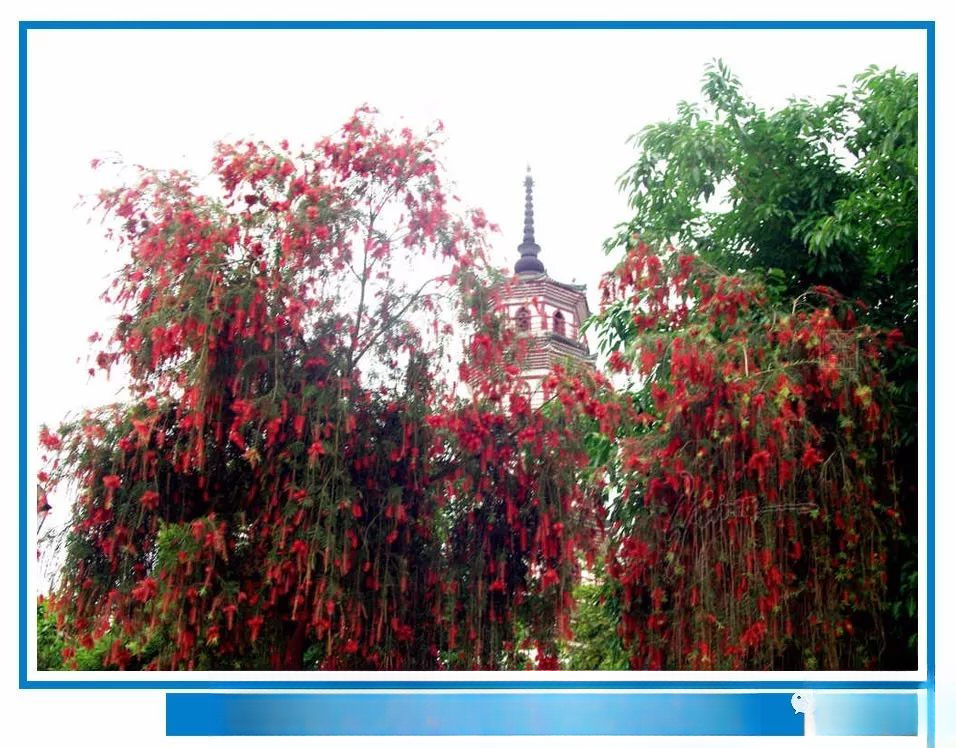
——String of Willow——
Salix babylonica: Other names: weeping melaleuca, bottle brush tree, multi-flowered melaleuca, red bottle brush. The shape of its flowers resembles a red bottle brush, so it is also called red brush. Its branches are soft and drooping, like a weeping willow. It is native to Australia. After being introduced to Taiwan, some people called it Western willow based on its tree shape.
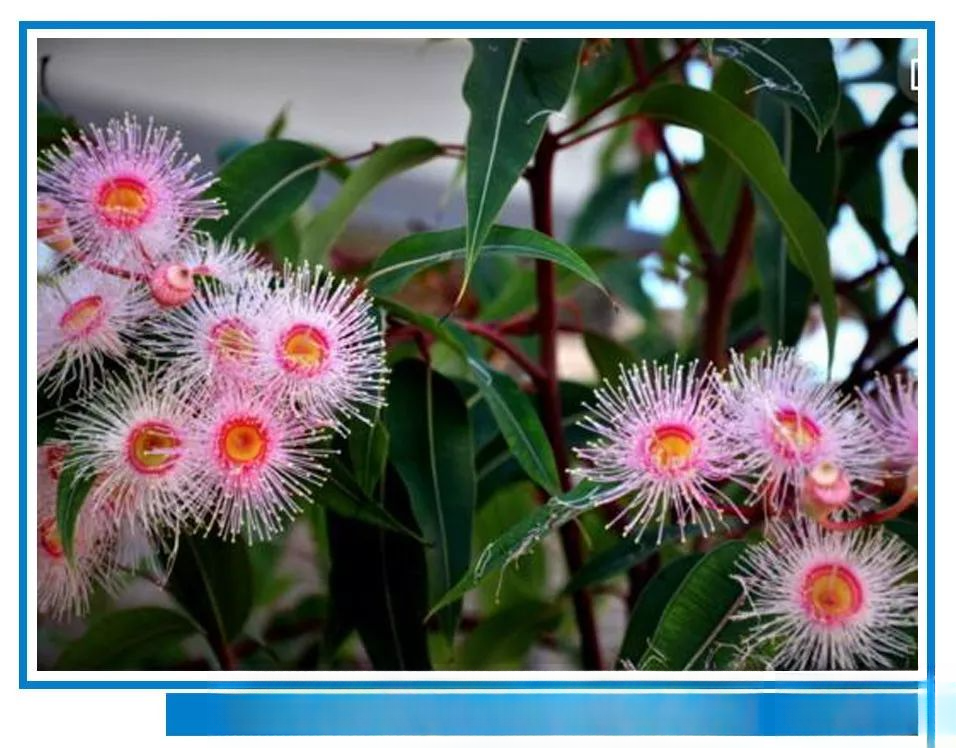
--eucalyptus--
Eucalyptus: Other names: eucalyptus, white diesel, mang tree, eucalyptus. Large dense shade tree, 20 meters high; bark is persistent, dark brown, 2 cm thick, slightly soft and loose, with irregular oblique cracks; young branches have edges.
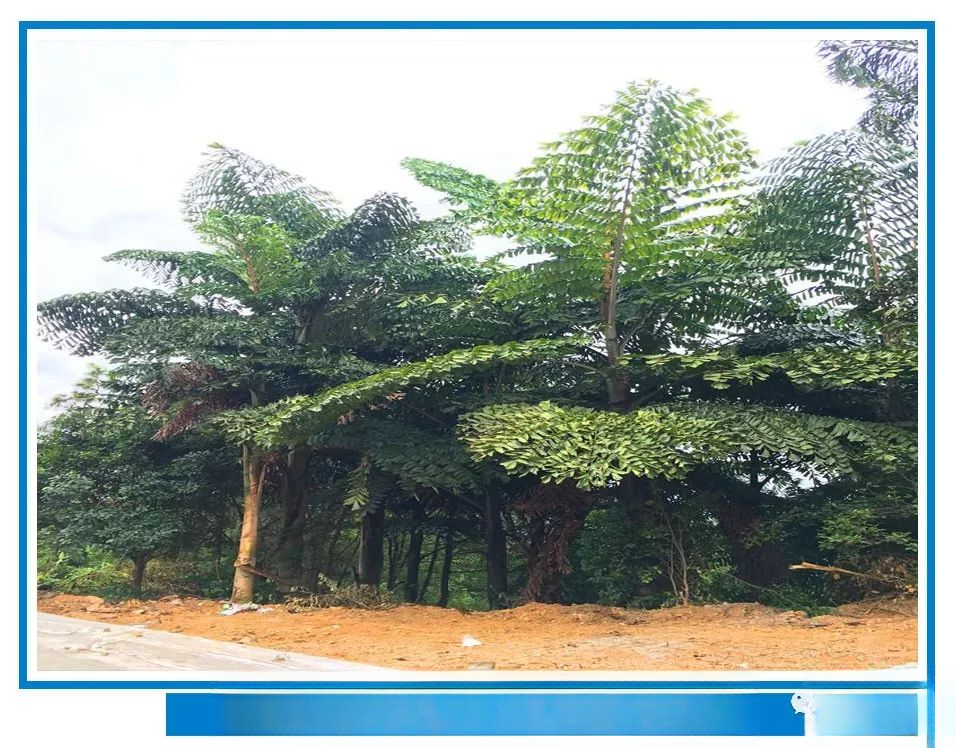
——Dong Zong——
Dong palm: Also known as Jiujiu langlang and Guobang, it is a national Class II key protected wild plant (approved by the State Council on August 4, 1999). The tender stems of Dong palm trees are also edible, and taste better than wild rice stems. It can be said to be a delicious wild vegetable. Therefore, it is often destroyed by elephants in the forest. It is now endangered and has been designated as a Class II protected plant by the state.
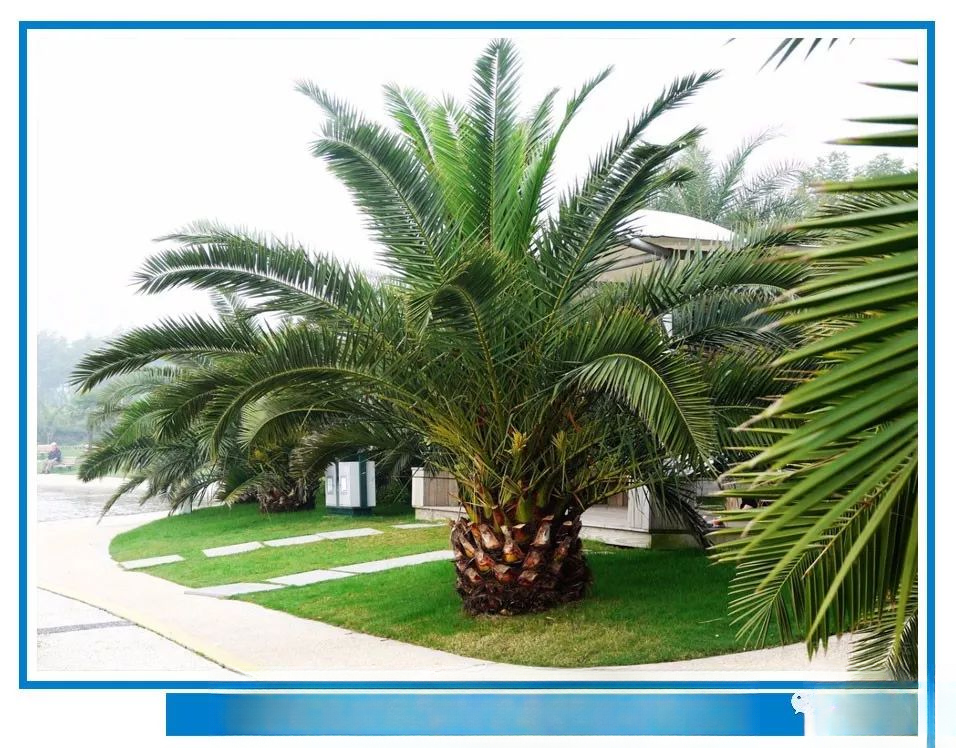
——Silver Date——
Silver Date Palm: With a tall and straight trunk and graceful crown, it is full of tropical atmosphere. It can be planted alone as a landscape tree, or in rows as a street tree, or in groups of three or five for landscape. It is quite spectacular and is a palm plant full of nobility. It is used in residential areas, road greening, courtyards, parks, etc., and has excellent effects. It is a beautiful tropical landscape tree.
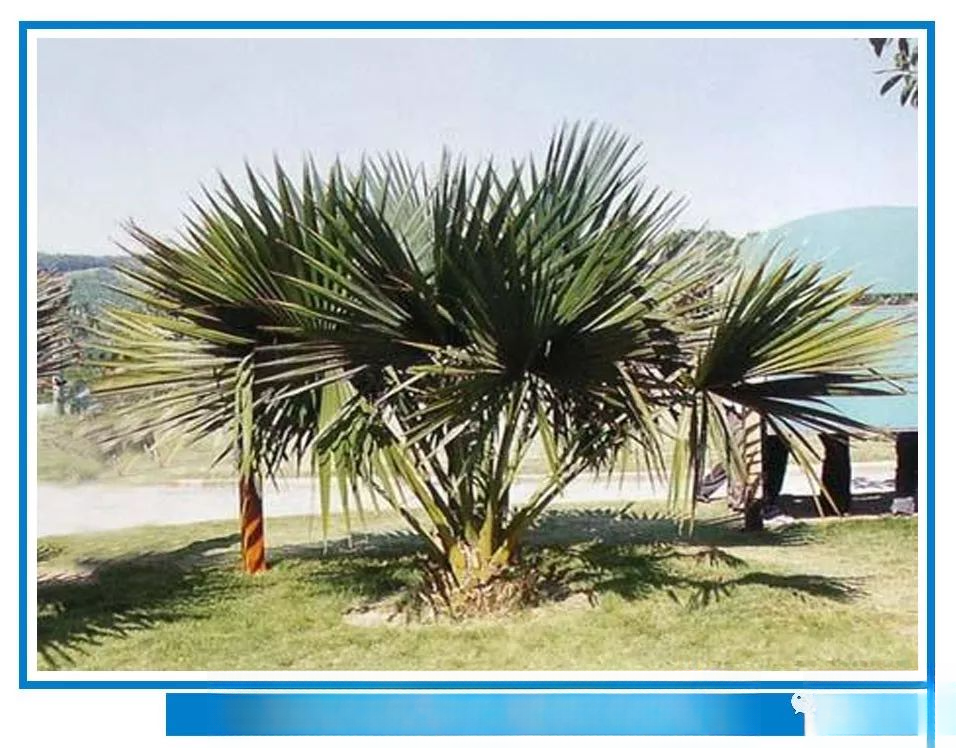
——Dragon Scale Palm——
Dragon scale palm: a palm plant native to the southeastern United States and the West Indies, usually planted along boulevards for shade and ornamental purposes, up to 24 meters tall, with fan-shaped leaves. Its waterproof stems are used as toads when building docks. Its leaves can be woven into mats and baskets, its stems can be made into hard brooms, and its flower buds can be eaten. A similar species, the Mexican sabal palm, is native to Mexico and the southwestern United States.
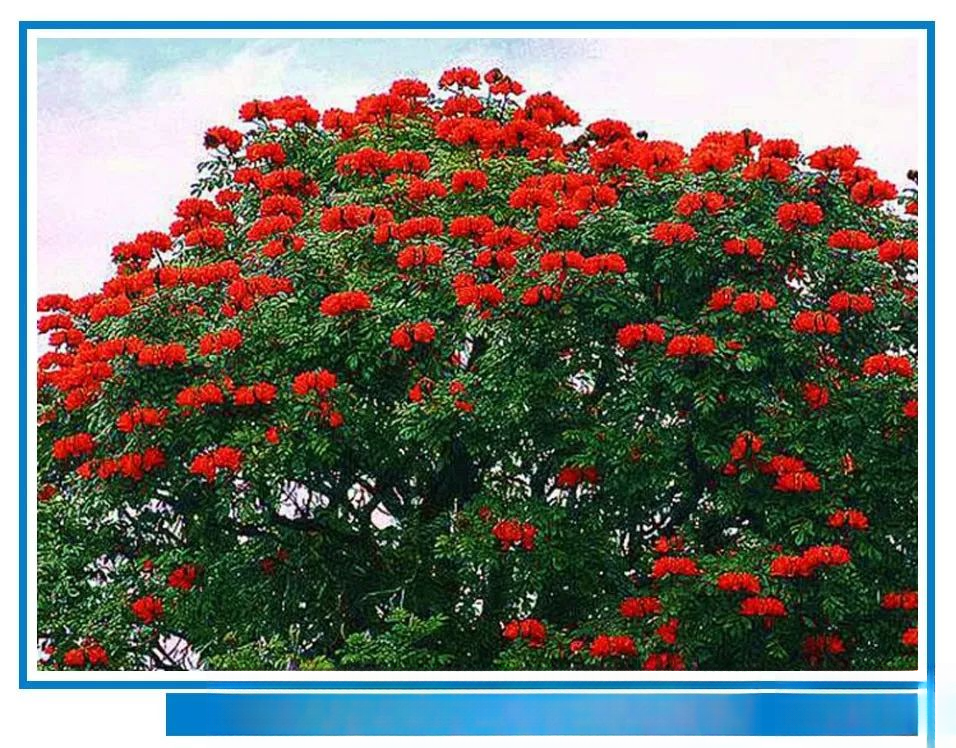
——Flame Wood——
Flamewood: Also known as flame tree and calyx wood. It is an evergreen large tree of the genus Flamewood in the Bignoniaceae family. It is a positive plant that requires strong light and a suitable temperature of 23-30 ℃ . It grows fast and is native to tropical Africa. It is now widely cultivated. It has medicinal value and high greening and ornamental value.
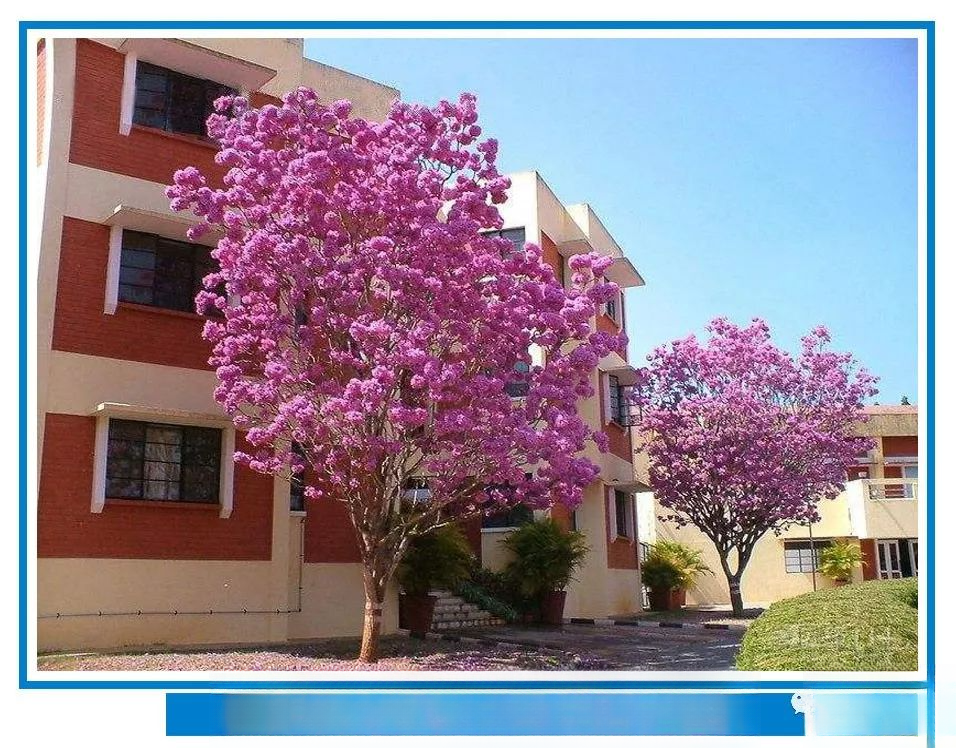
——Blue bell tree——
Blue bells: A tree that changes its appearance with the seasons. It is a deciduous tree belonging to the genus Campanula of the Bignoniaceae family. Blue bells are deciduous trees, about 4-6 meters tall. Blue bells like high temperatures, and the optimal temperature for growth is 20~30 ℃ .
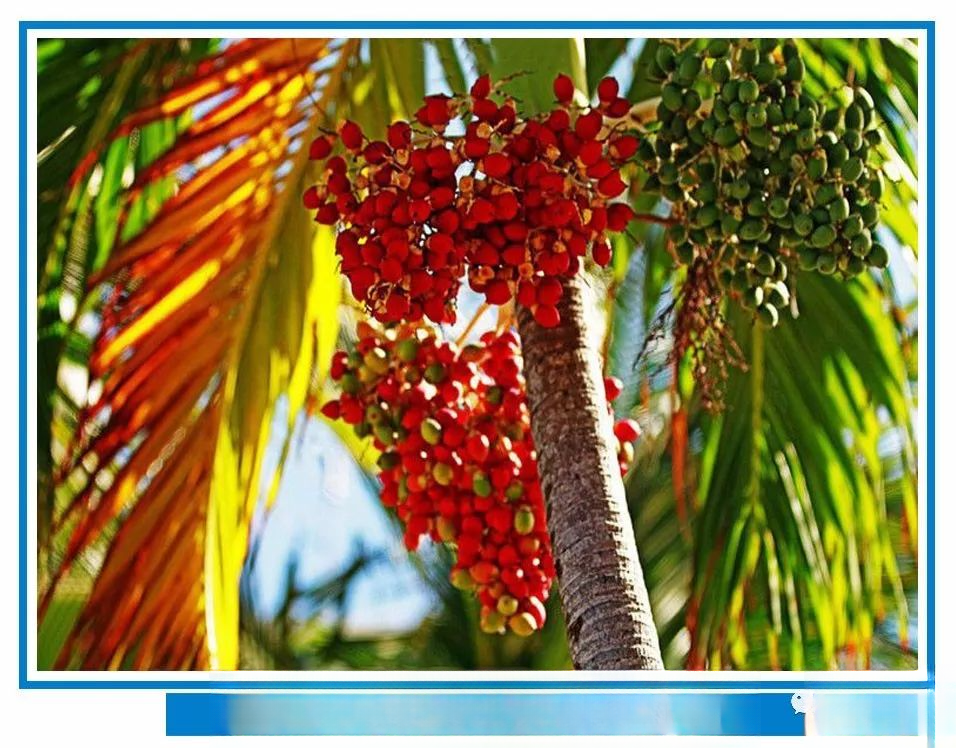
——Red betel nut——
Red betel nut: Other names: scarlet leaf, red coconut, a palm plant. It is an evergreen shrub. The plant is 3-4m tall, with a slender stem. The leaves are terminal. The pinnate compound leaves are "bow" shaped, with 25-30 pairs of pinnates, linear. The flowers are simple, monoecious. The spadix is drooping and red. It likes a hot and humid environment with a humidity of 80% to 90%, and the winter temperature is not lower than 20 ℃ . It requires fertile sandy loam.

——Silver bud willow——
Silver Bud Willow: Also known as Silver Willow and Cotton Willow, it is a deciduous shrub of the Salicaceae family and the genus Salix. It grows in clusters and is 2 to 3 meters high. The branches are green-brown with red blush. The young branches are silky and the old branches are smooth. In early spring every year, the purple-red branches of the Silver Bud Willow will sprout fluffy, brush-shaped flower buds. They are pure white, elegant and fresh. They are excellent early spring bud ornamental plants. In summer, the green leaves are swaying, and they are natural and unrestrained.
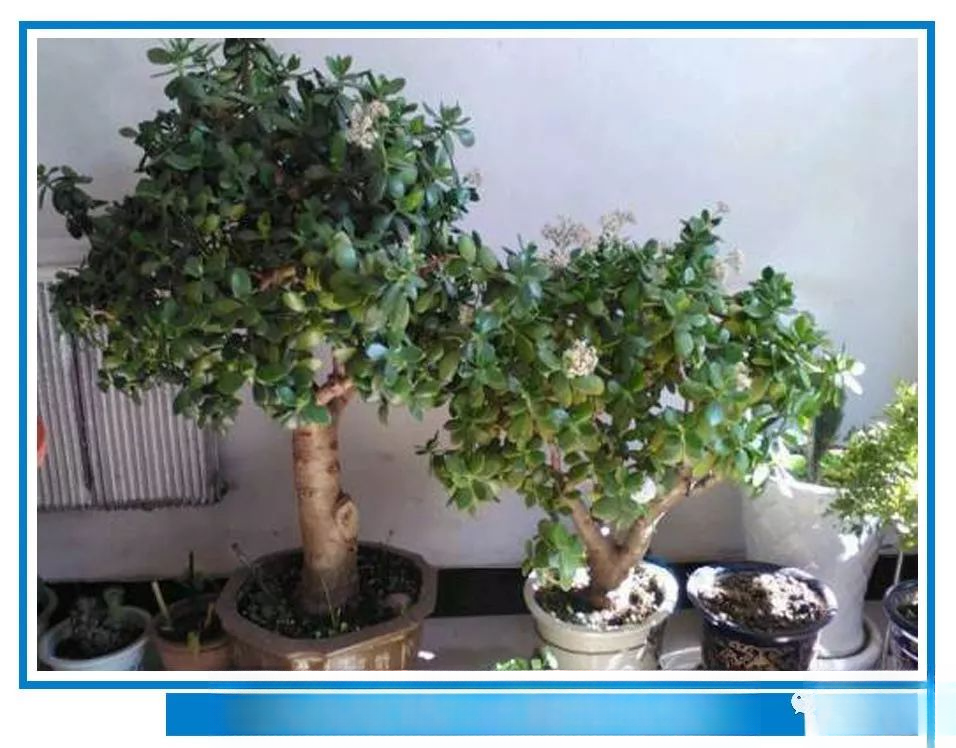
——Babao Tree——
Babaoshu: Another name: Schefflera arborescens. It is an evergreen small tree of the Araliaceae family. It has palmate compound leaves with about 8 leaflets, hence the name. Its literary name is "Schefflera arborescens". It can be up to 30m tall, with drooping branches and four-angled young branches. The leaves are broadly oblong or ovate-oblong, with a heart-shaped base. The umbel inflorescence is terminal, with 5-7 green sepals and a style 3-5cm long. The leaves are dark green, the tree is plump and beautiful.
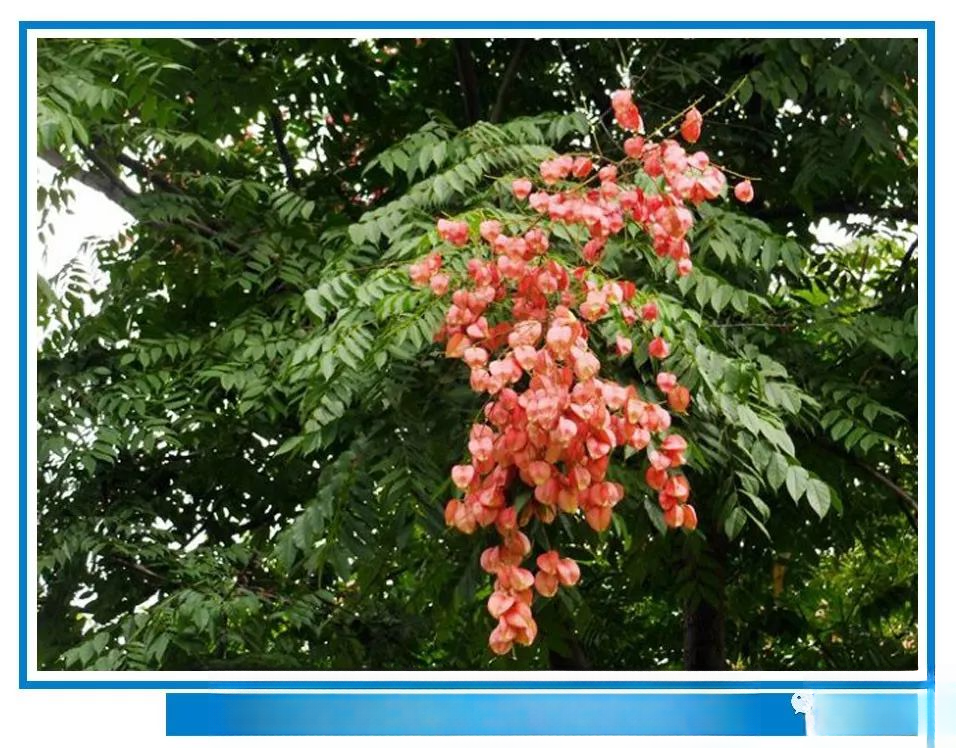
——Lantern Tree——
Lantern tree: It is a deciduous shrub of the Ericaceae family. It grows in the central region. It is only 2-6 meters tall. In summer, a dozen flesh-red bell-shaped flowers hang on both sides of its branches, so it is also called hanging bell flower. The fruits of the lantern tree mature in October, and are oval and brown. Interestingly, its fruit stalks are completely drooping, while the tip is bent upward, so the fruits are upright. From a distance, it looks as if the branches are full of small lanterns, hence the name.
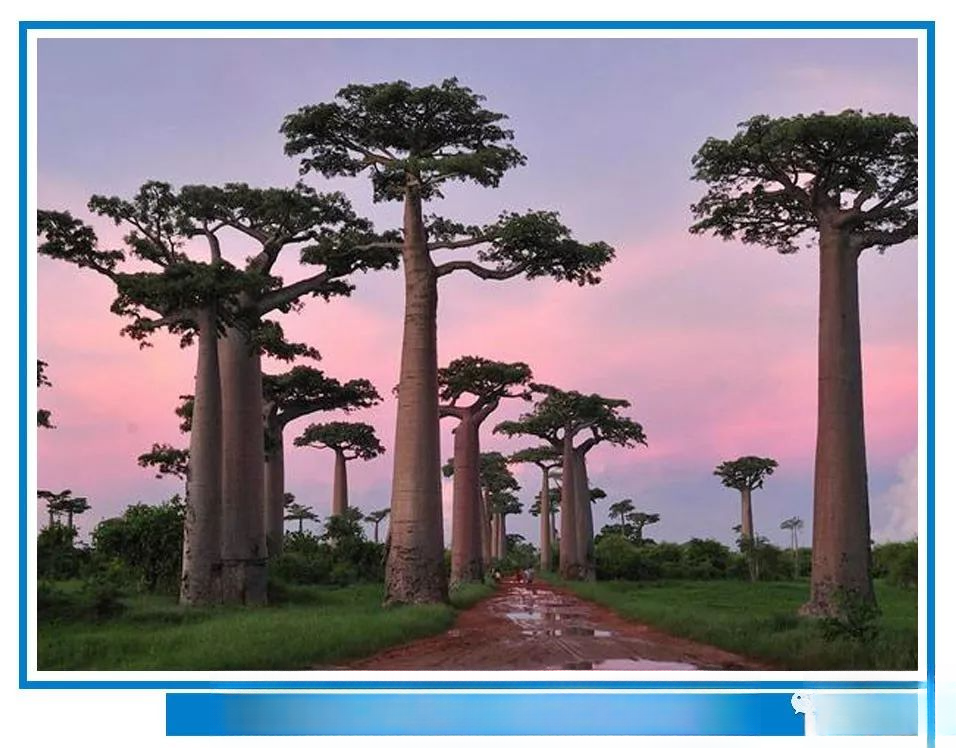
——The Laughing Tree——
Laughing tree: Also known as the Hahaha tree. In a botanical garden called Chimidalandhade in the capital of Rwanda, Africa, there is a tree that can make a hahaha laugh. People jokingly call it the laughing tree. On each branch of this laughing tree there is a fruit. The fruit looks like a bell, is crisp and has many small holes. There are many free-rolling beads in the fruit. Whenever the fruit sways in the breeze, the beads in the fruit roll and the fruit shell is knocked, making bursts of laughter-like sounds.
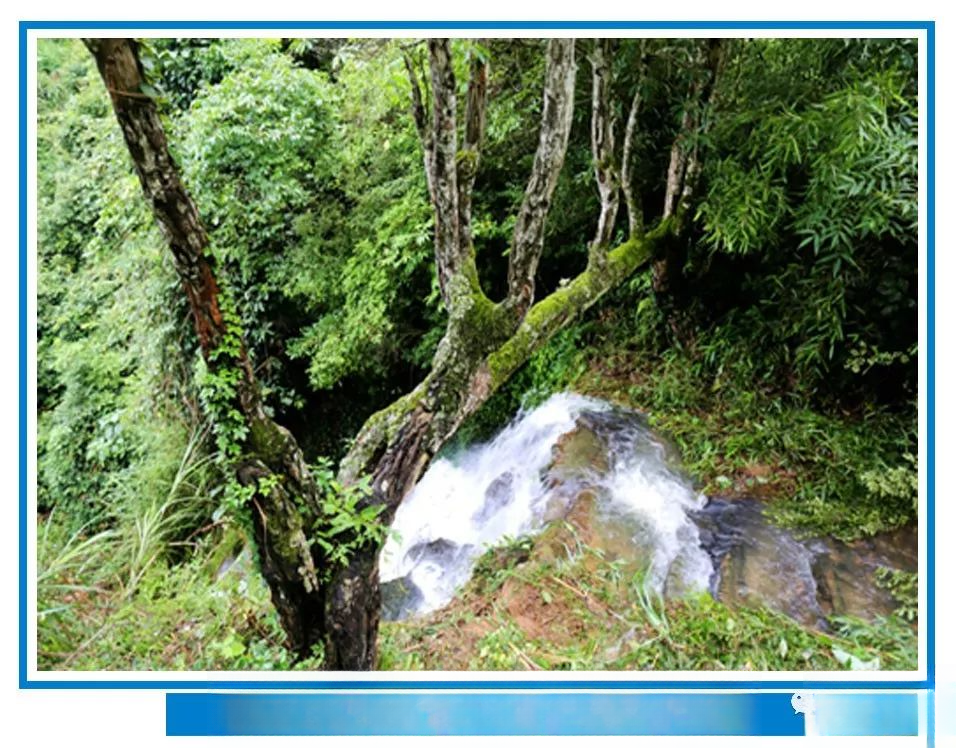
——Lotus Tree——
Lotus: This genus has about 30 species, mainly distributed in India and Malaysia. There are about 19 species. The tree can reach a height of 30 meters and a breast diameter of 1 meter. The bark is dark brown and longitudinally cracked. The twigs are dark gray. The lenticels are obvious. The leaves are leathery, alternate, elliptical or ovate-elliptical, glabrous, with blunt serrations on the edges, and the petiole is 0.6 to 2 cm long.
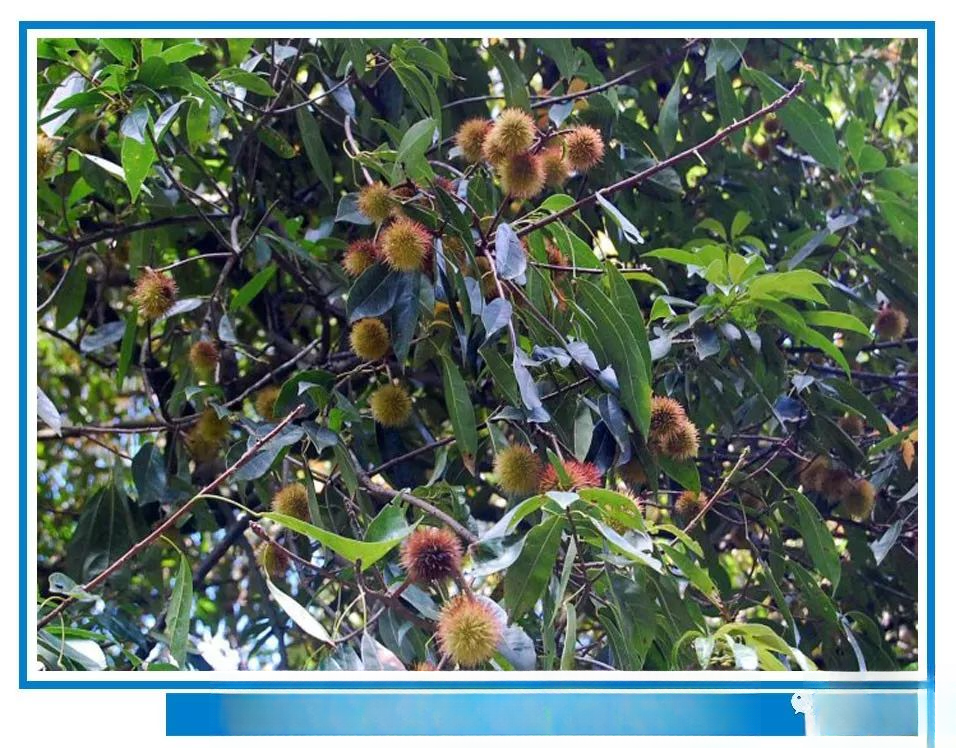
——Monkey is happy——
Monkey Joy: It is a sun-loving tree species of the Elaeocarpus family and Elaeocarpus genus. It likes warm and humid climates. It is distributed in Guangdong and Guangxi.

——Beans——
Pear: deciduous tree, 3-5 meters high, often used as rootstock, roots, leaves, and fruits can be used as medicine, with stomachic, digestive, diarrhea, and cough effects. Distributed in Shandong, Anhui, Zhejiang and other places.
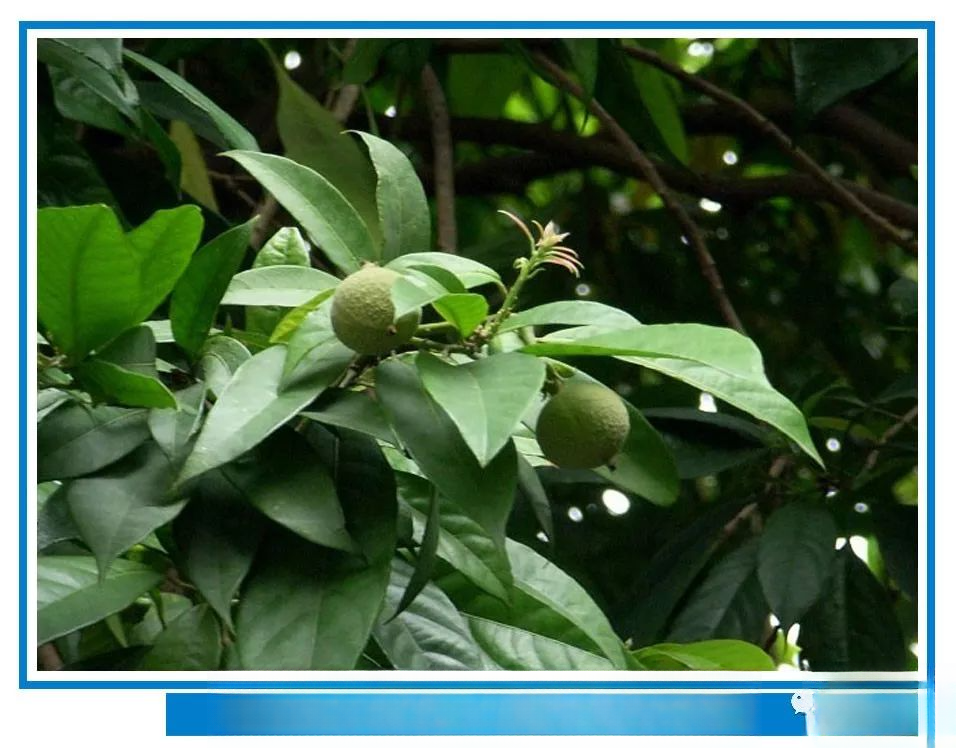
——Butterfly Fruit——
Butterfly fruit: dense wall, monkey fruit, mountain chestnut, young branches, flower branches, fruit branches all have star-shaped hairs. Leaves are clustered at the top of the branchlets, elliptical or oblong-elliptical, entire. Panicle inflorescence, terminal. Flowers are unisexual and in the same order, male flowers are smaller, in the upper part, and female flowers are larger, 1-3 flowers, in the lower part. Fruits are drupe-shaped, uniglobose or biglobose. Seeds are nearly spherical. Flowering period is April-May. Distributed in Guizhou, Yunnan and Guangxi.
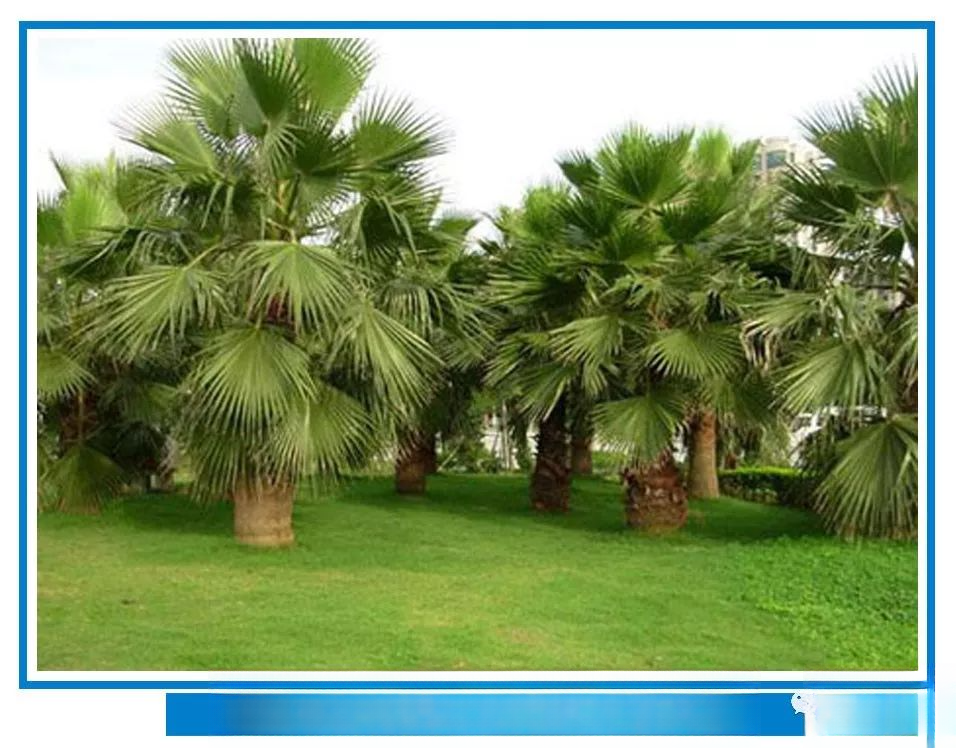
——Washington Sunflower——
Washington sunflower: Other names: old man sunflower, silk sunflower. The trunk is thick and straight, slightly swollen near the base. Below the crown is drooping dead leaves. The leaves are clustered at the top of the trunk, extending obliquely upward or horizontally, and drooping below. They are gray-green, palmately split, rounded or fan-shaped, and have white silky fibers on the edges. The inflorescence is fleshy and branched. The flowers are small and white. The drupe is oval and black when ripe. The flowering period is June-August.
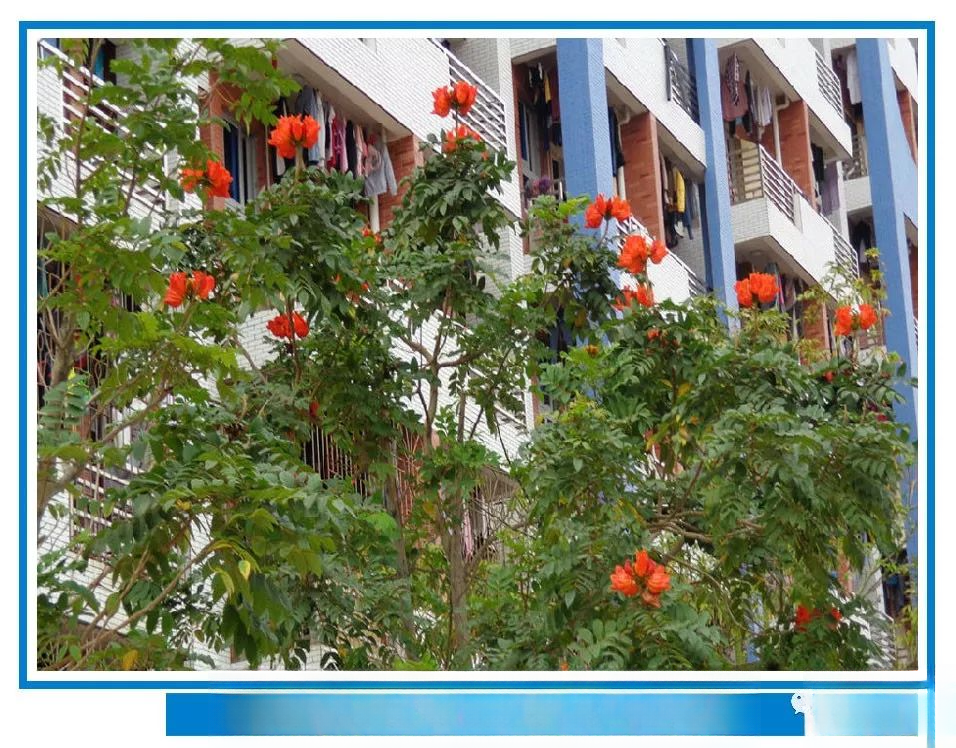
——Erythrina crestii——
Erythrina cristata: A small deciduous tree of the Leguminosae family. The flowering period is from April to July, and the corolla is orange-red. It can be cultivated in any soil and can grow rapidly in full or half-sunlight. The tree is small in size and is suitable for street trees and long-distance trees. This species is native to Brazil.
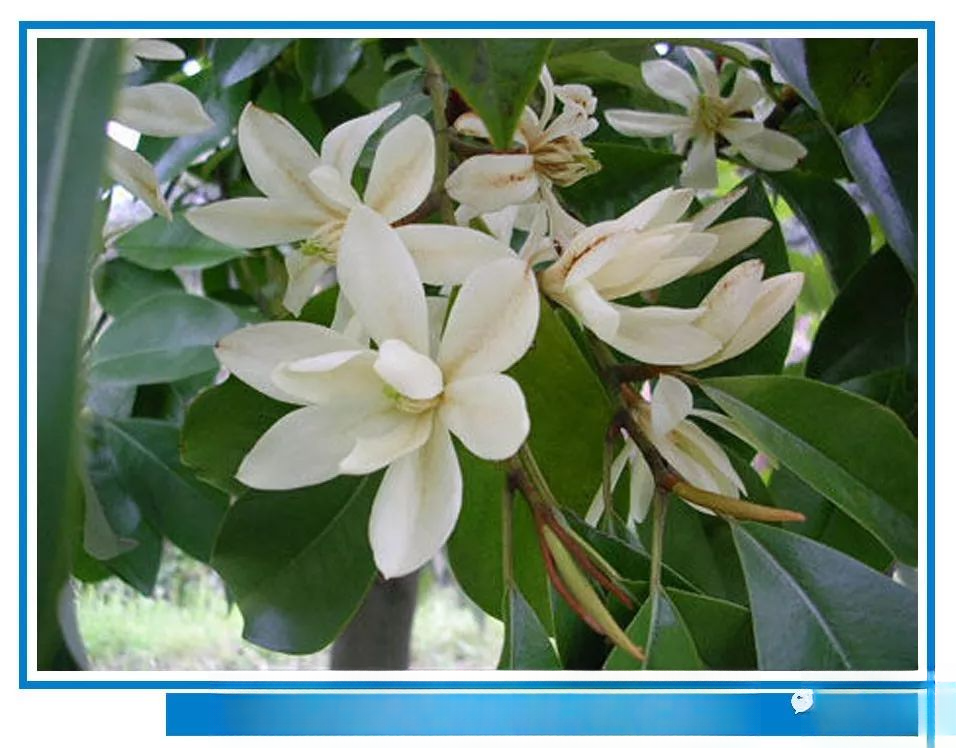
——Firepower Camphor——
Michelia macranthoides: Michelia macranthoides has a straight trunk, tall body, dense crown, luxuriant branches and leaves, beautiful tree shape, silky red new buds, white flowers, rich fragrance, high water content in fresh leaves, and strong resistance to fluoride gas. It is an excellent fire-resistant tree species and is suitable for greening courtyards and industrial and mining areas. It can be mixed with Masson pine, Schima superba, and eucalyptus species for afforestation.
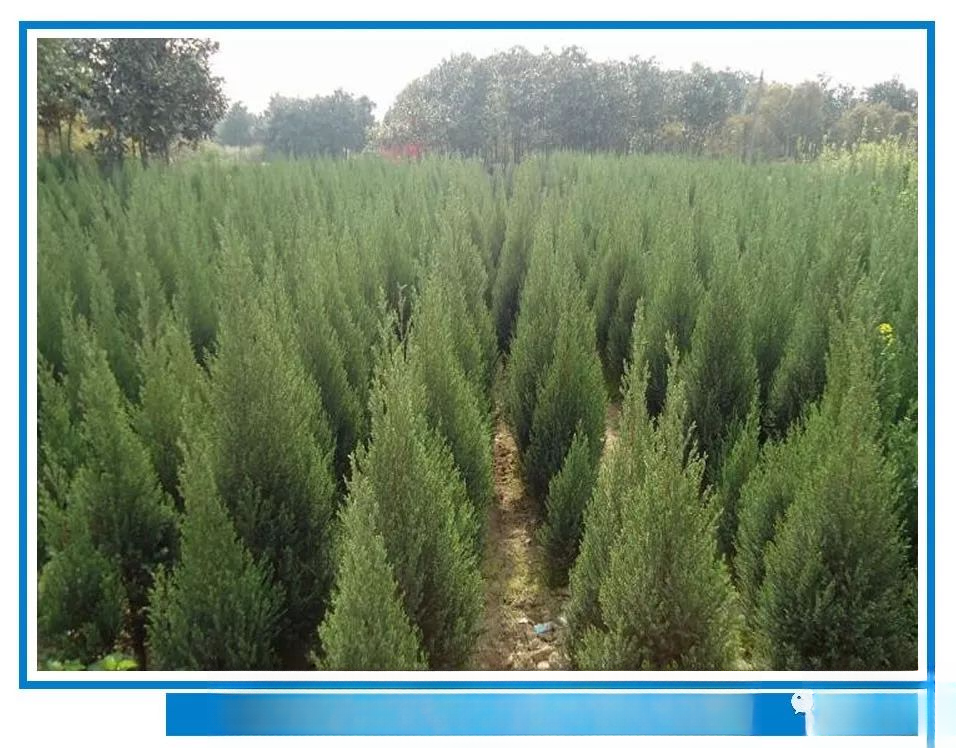
——Jade Tree——
Japanese cedar: Also known as the North American cedar, it belongs to the arborescent family, an evergreen tree that can reach 30 meters in height, with a columnar conical crown. It is drought-resistant, tolerant of low humidity, cold-resistant, heat-resistant, and barren-resistant, and can grow on all kinds of soil. It is native to North America.
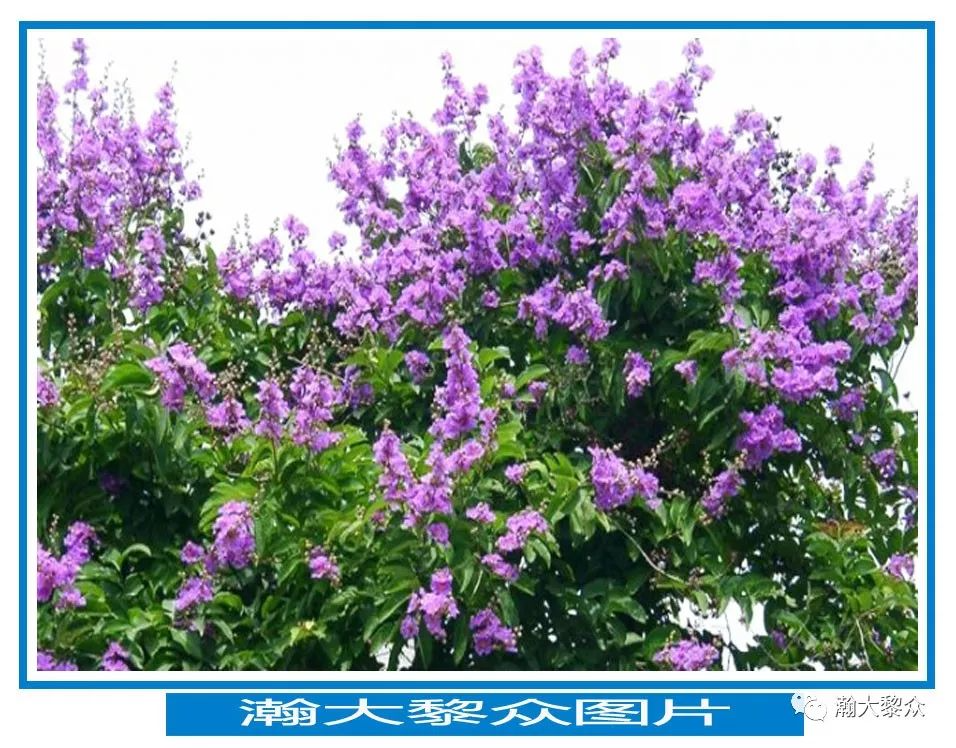
——Big Leaf Crape Myrtle——
Big Leaf Crape Myrtle: As the name suggests, the leaves are very large. The branches are thinner and shorter. The flowers are scattered and larger. There are fewer branches in spring, so there are fewer flowers. Most of them are grafted varieties.
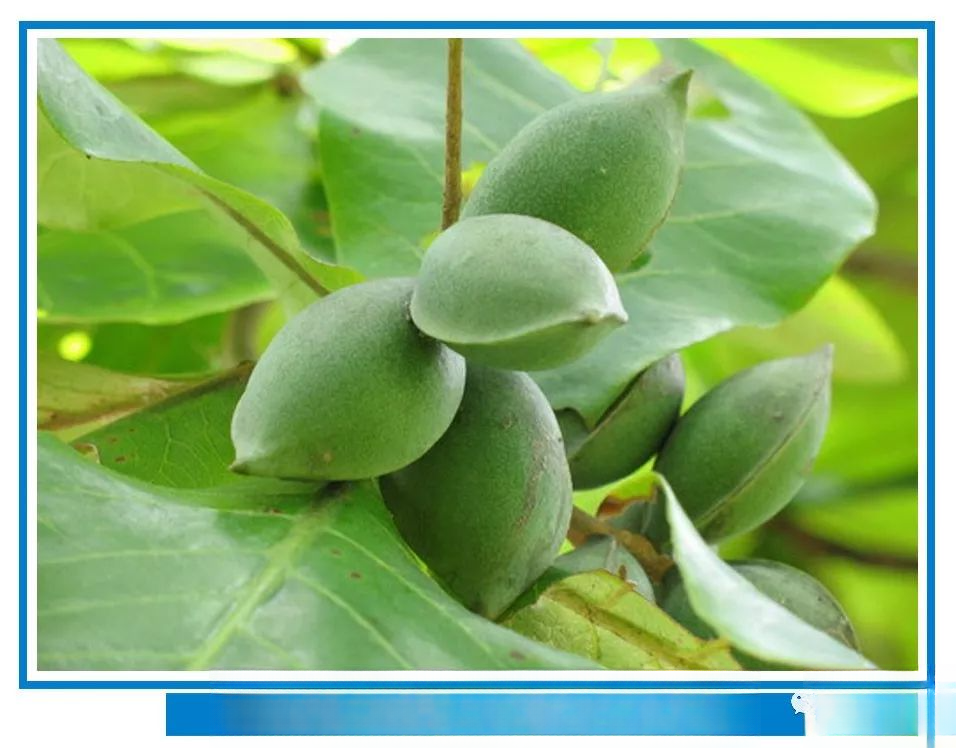
——French Terminalia——
Terminalia truncatula: Also known as big-leaf Terminalia truncatula, cool fan tree, loquat tree, mountain loquat tree, French loquat, nanren tree, umbrella tree, island pagoda and Cuban tress tree, it is a plant of the genus Terminalia in the family Combretaceae. The Terminalia truncatula is named after the shape of its fruit, which resembles the pit of an olive. The flowering period is from March to July, and the fruiting period is from July to September.
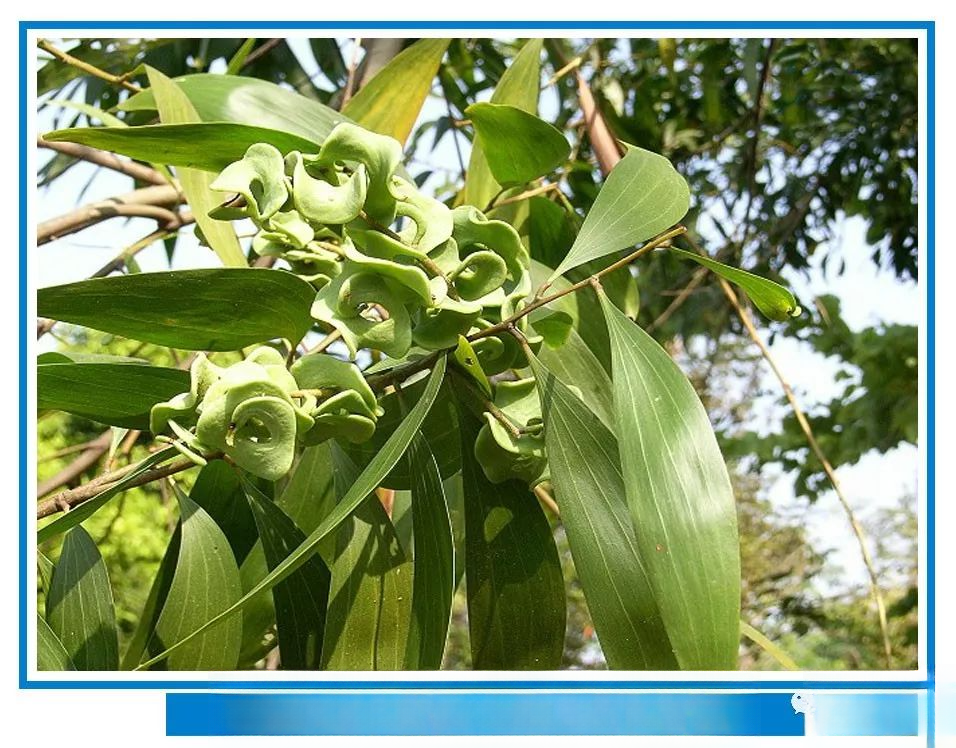
——Big Leaf Acacia——
Acacia macrophylla: Belongs to the phylum Angiosperms. It was first introduced from Southeast China by the South China Botanical Institute of the Chinese Academy of Sciences in 1961, and was promoted for trial planting after 1963. It is now widely cultivated in Guangdong, Hainan, Guangxi and other provinces. It is native to the tropical sparse grasslands of Papua New Guinea, some islands in the Torres Strait and northern Australia. It is now widely cultivated in tropical regions around the world.
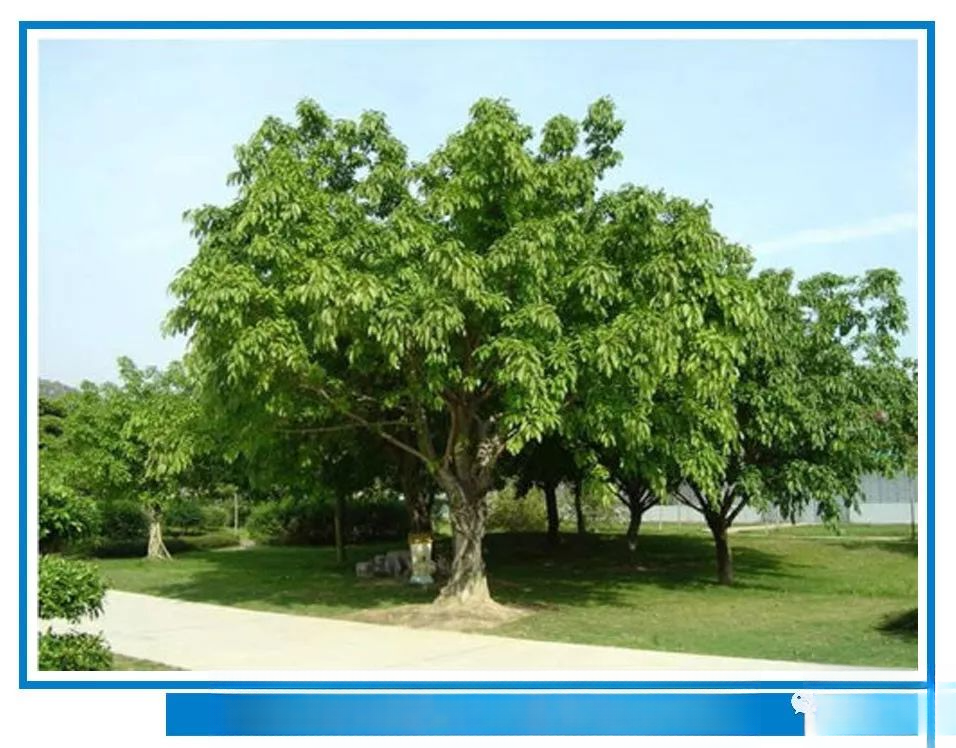
——Big Leaf Banyan——
Banyan tree: deciduous tree, Moraceae, native species, evergreen tree, can reach 15 meters in height. Leaves are 10-15 cm long. In spring, large leaf buds appear on the branches, followed by light green leaves, while inconspicuous flower bracts fall to the ground. The fruit is as big as a small tomato, turning from green to yellow, and then turning into red berries when ripe, which are edible. Characteristics: strong nature, full tree posture, strong wind resistance, easy transplanting, suitable for street trees, landscape trees and garden shade trees.
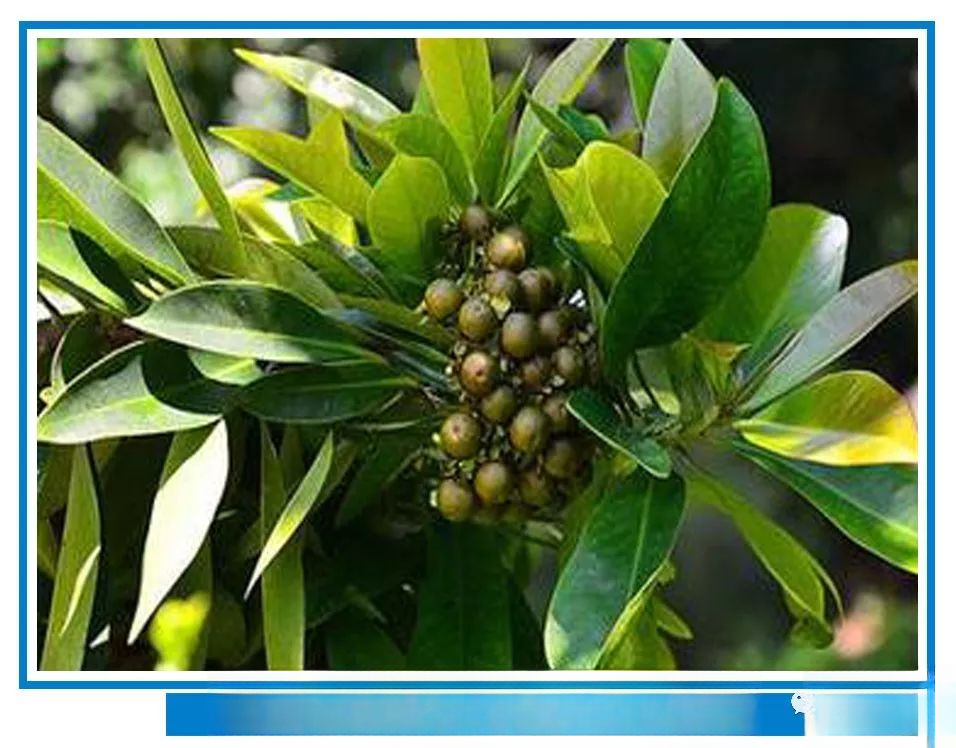
——Pink Leaf Coral Pineapple——
Pink-leafed coral bromeliad: Alias: light-calyx bromeliad, zebra bromeliad, is a perennial epiphytic evergreen plant, mainly produced in Brazil, Peru, Venezuela and other regions, mainly used as potted ornamental plants.
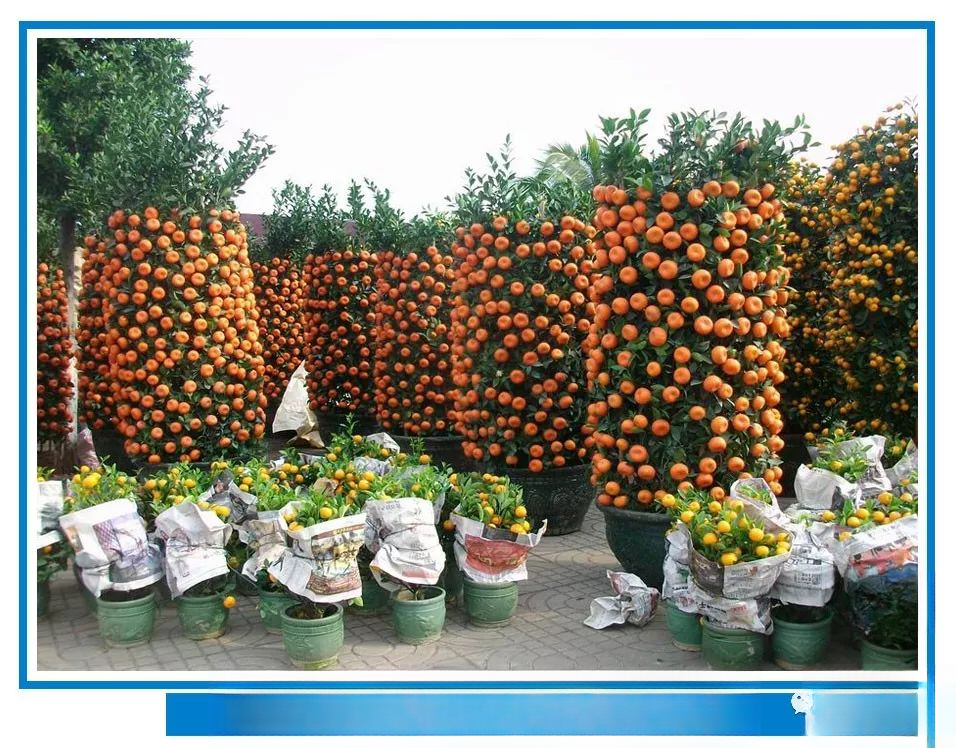
——Four Seasons Orange——
Four Seasons Orange: It is an evergreen shrub or small tree of the Rutaceae family and the genus Citrus. The tree is upright, with dense branches and leaves, many branches, with or without thorns, dark green leaves, wavy blunt teeth on the leaf margins, and narrow wing leaves. The flowers are white and fragrant, and it blooms many times a year. The fruit is orange-yellow, round or oblate, often skewed, with a small printed circle on the top of the fruit, and dense oil cells, flat or protruding. The flesh has 8-11 petals, sour, and difficult to eat raw, and can be used instead of green lemons. The seeds are polyembryos, and the embryos are green. The ornamental effect is excellent.
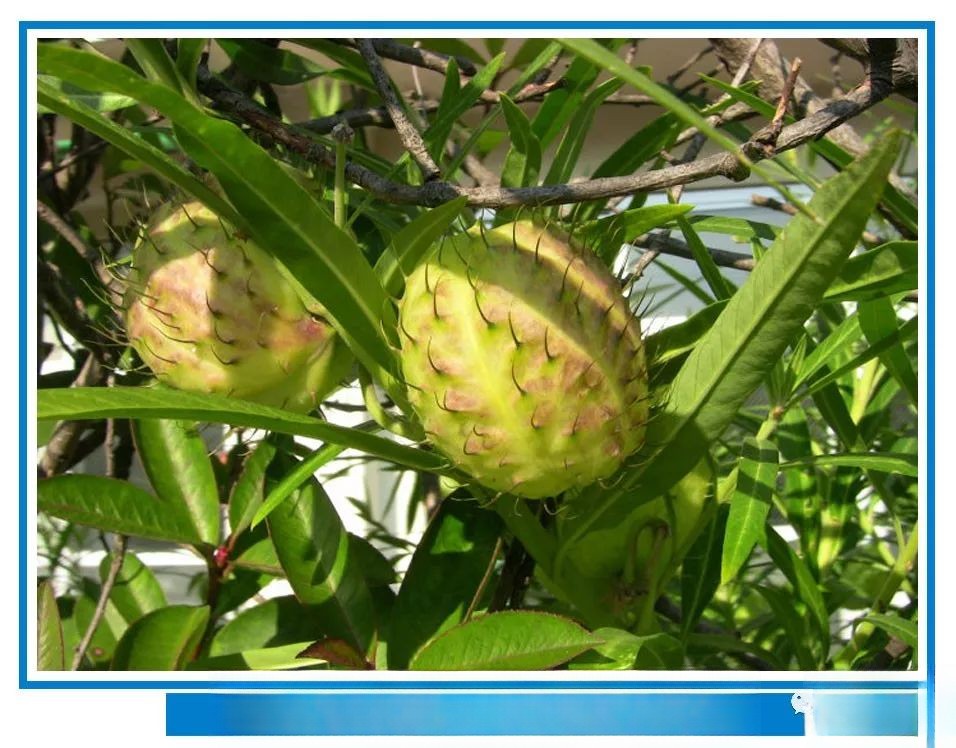
——Tangmian——
Tangmian: A plant, also known as nail head fruit, native to Africa. Shrubby herb. Plant height about 2 meters. Stem erect, gray-green, with white hairs. Leaves linear. Leaf blade linear or long lanceolate, like willow leaves. Smooth surface, dark green, slightly lighter on the back. Flowers axillary, cymes, corolla broad oval, reflexed, corona hooded, white flowers. Fruit yellow, conical, with thorns on the fruit surface, hollow. Follicles oval, exocarp with soft thorns. Fruit is very thin, swollen and spherical, gently squeezed with hands, it seems that air is overflowing, very much like a small balloon, fruit viewing period is long.
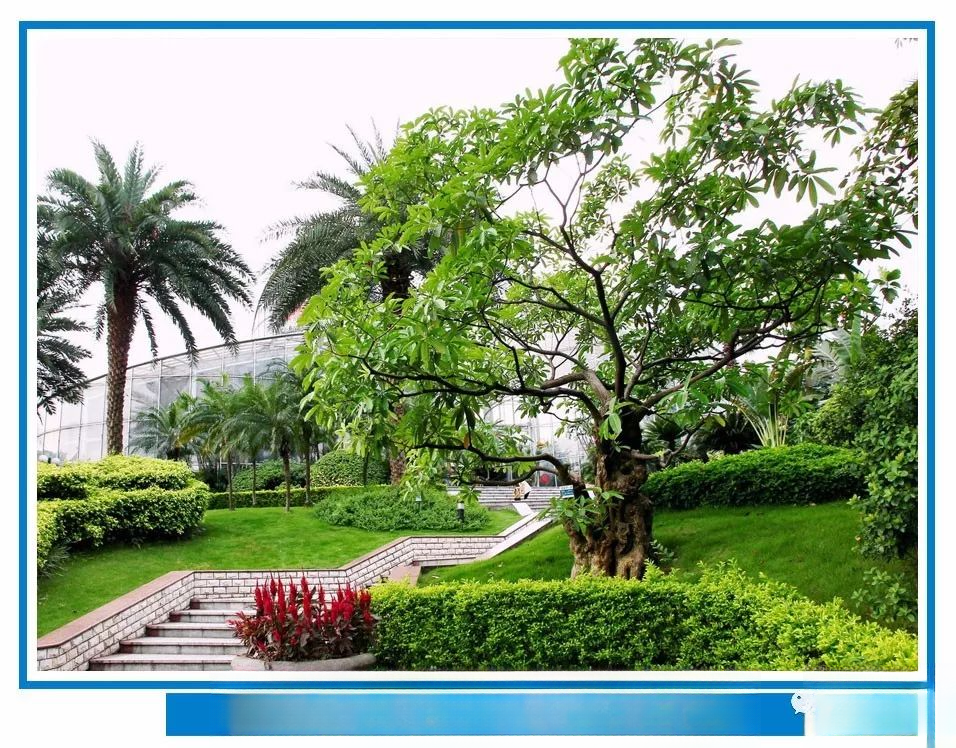
—— Basin rack ——
Pot rack: The sugar gum tree is also known as the elephant bark tree, lamp stand tree, blackboard tree, milkwood, and demon tree. It belongs to the genus blackboard tree of the Apocynaceae family. It is native to South Asia, where the temperature is high and the humidity is high. The wood is soft and delicate, and the whole plant is rich in latex, which can be used to extract chewing gum raw materials, hence the name "sugar gum tree". The wood can be used as blackboard material, so it is called the blackboard tree.
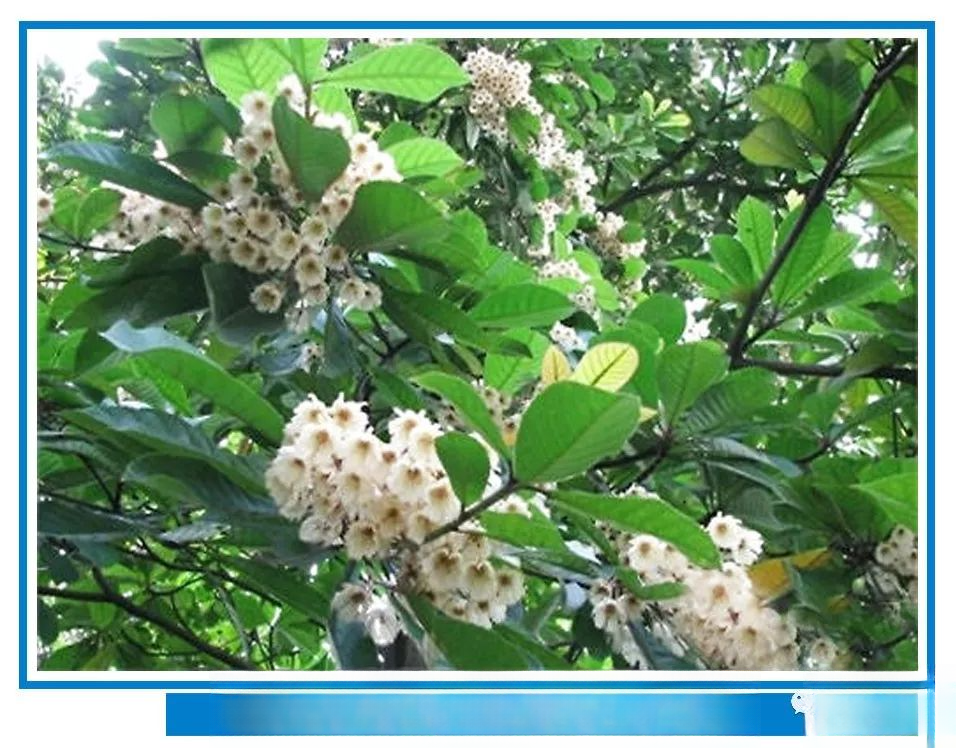
—— Elaeocarpus acutus ——
Elaeocarpus cuspidatus: evergreen tree, up to 30m tall. Branchlets are thick and have gray-brown soft hairs. It is a warm-climate tree species that grows quickly and prefers a warm and humid environment. It is suitable for growing in acidic yellow soil, but requires good drainage. It has a well-developed root system and strong germination ability.
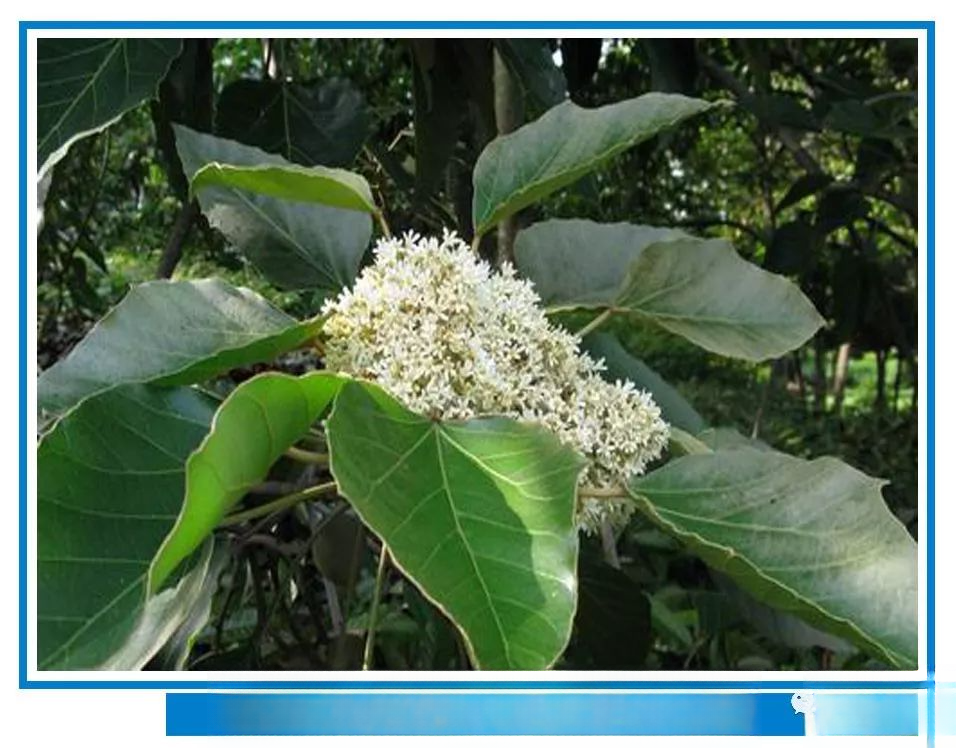
——Shi Li——
Lithops: Euphorbiaceae. Lithops tree (Lithops), a plant of the genus Lithops of the Euphorbiaceae family, is also known as: candle fruit tree, black tung oil tree, iron tung, oil fruit, check fruit, nectarine, sea walnut, Nanyang Lithops, etc. It is an evergreen large tree, up to 15 meters high. The leaves are ovate to heart-shaped, 10-20 cm long, sometimes palmately three-lobed, with grayish white back and star-shaped hairs.
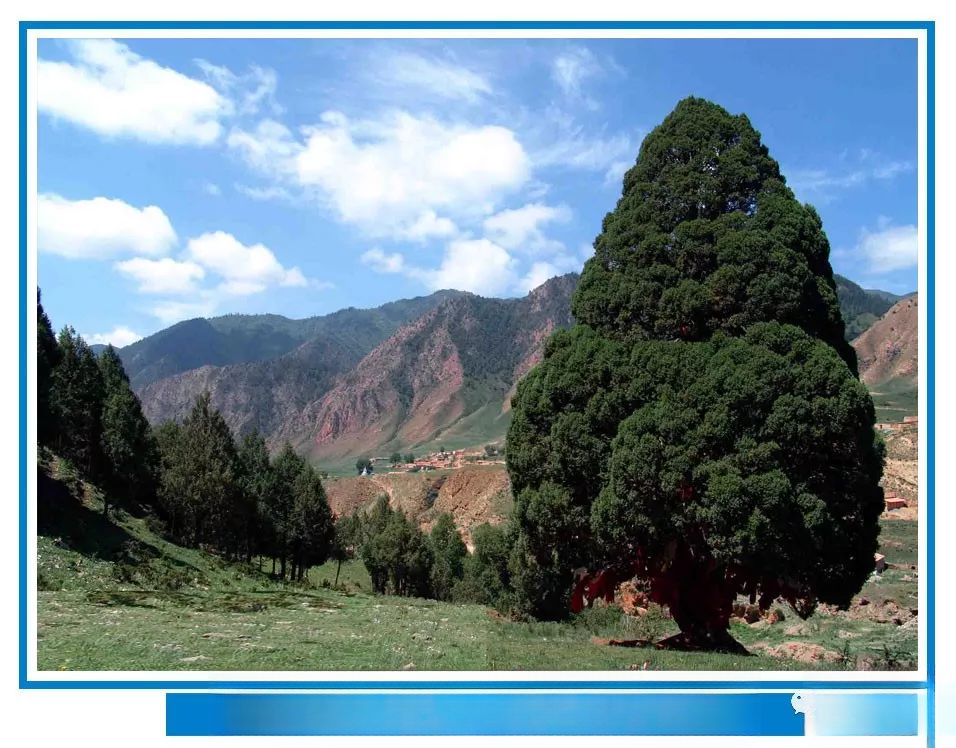
——Juniper——
Juniper: Also known as juniper, juniper, genus Juniper, evergreen tree. The crown of a young tree is spire-shaped, while that of an old tree is broadly ovoid. It is a neutral tree species that likes shade when young, is extremely cold-resistant, drought-resistant, and has no strict requirements on soil. It can grow in neutral soil, calcareous soil, slightly acidic soil, and slightly alkaline soil. It grows faster in cool and slightly dry areas, is resistant to pruning, and is easy to shape. It is mostly propagated by sowing, but can also be propagated by cuttings. It can be used as a hedge and shelterbelt.
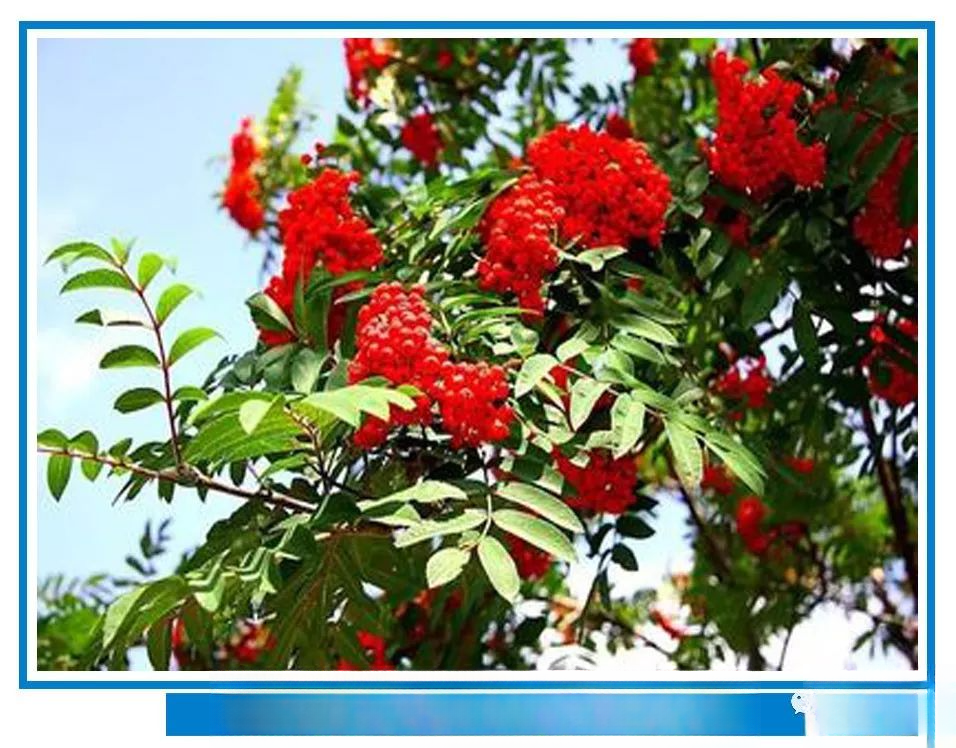
—— Rowan——
Sorbus: A tree of the genus Sorbus, Rosaceae. There are several species. Widely distributed in the northern temperate zone. Many species are grown as ornamentals for their beautiful fruit shape. Sorbus serrata, commonly known as European Sorbus, is one of the most commonly cultivated species, reaching a height of about 18 meters (60 feet). Sorbus leaves are pinnately compound; flowers are small, white, and clustered in 10-15 cm wide clusters; pears are round, bright red, and beautiful, with a diameter of about 1 cm.
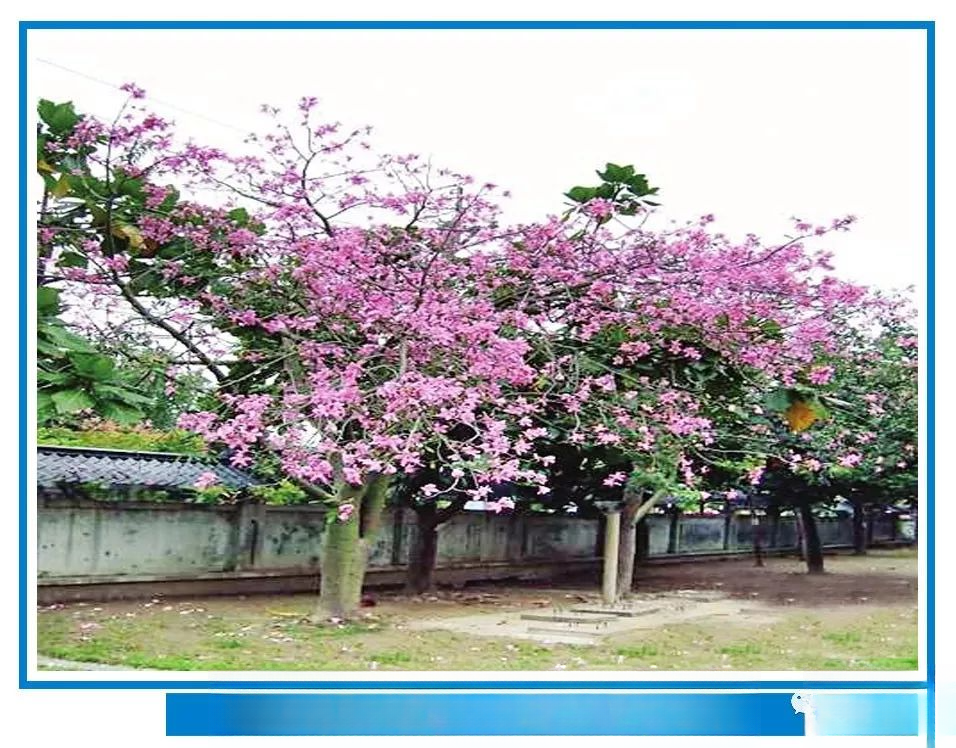
——Beauty Tree——
Beauty tree: a species of the genus Beauty cherry in the family Bombacaceae. The trunk is upright, with thorns on the main trunk, the canopy is umbrella-shaped, the leaves are green, and the trunk of an adult tree is bottle-shaped. In winter, when the tree is in full bloom, it is purple and beautiful, making it an excellent ornamental tree and a high-level tree species for garden greening and beautification.
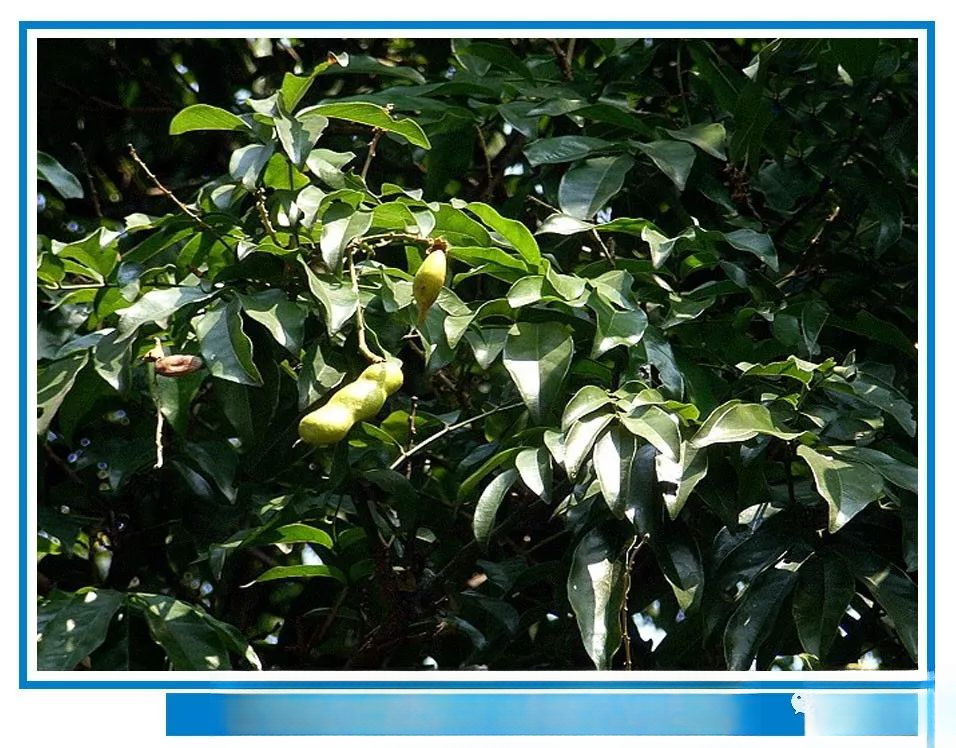
——Hainan red beans——
Hainan red bean: It is an evergreen tree or shrub of Leguminosae, 3-18 meters high, rarely up to 25 meters, with a breast diameter of 30 centimeters. It is native to Hainan, with terminal panicles and pale pink corolla with yellowish white or white. The fruit is a pod with red seeds. It likes light and has strict requirements on soil, such as acidic soil, fertilizer and water, and is wind-resistant. It grows slowly and is difficult to survive after transplantation.
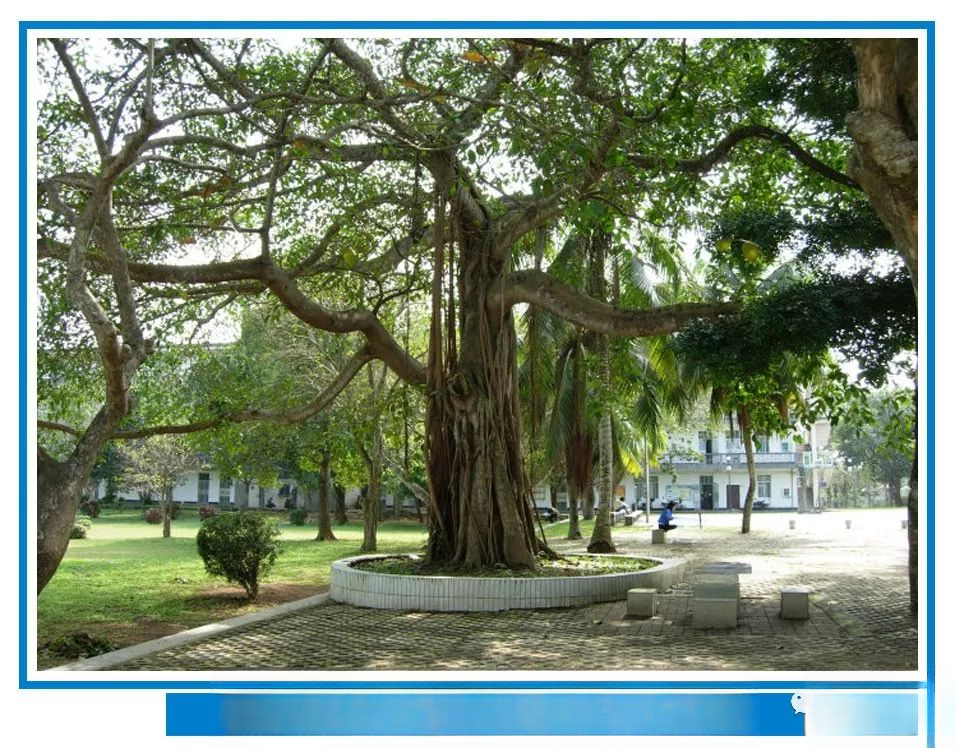
——Mountain Banyan——
Mountain banyan: Also known as: broad-leaved banyan, big green tree, tall banyan, chicken banyan, etc. Moraceae, Ficus genus, native to Guangdong, Guangxi, Yunnan, Hainan Island, India, Malaya and other Southeast Asian places.
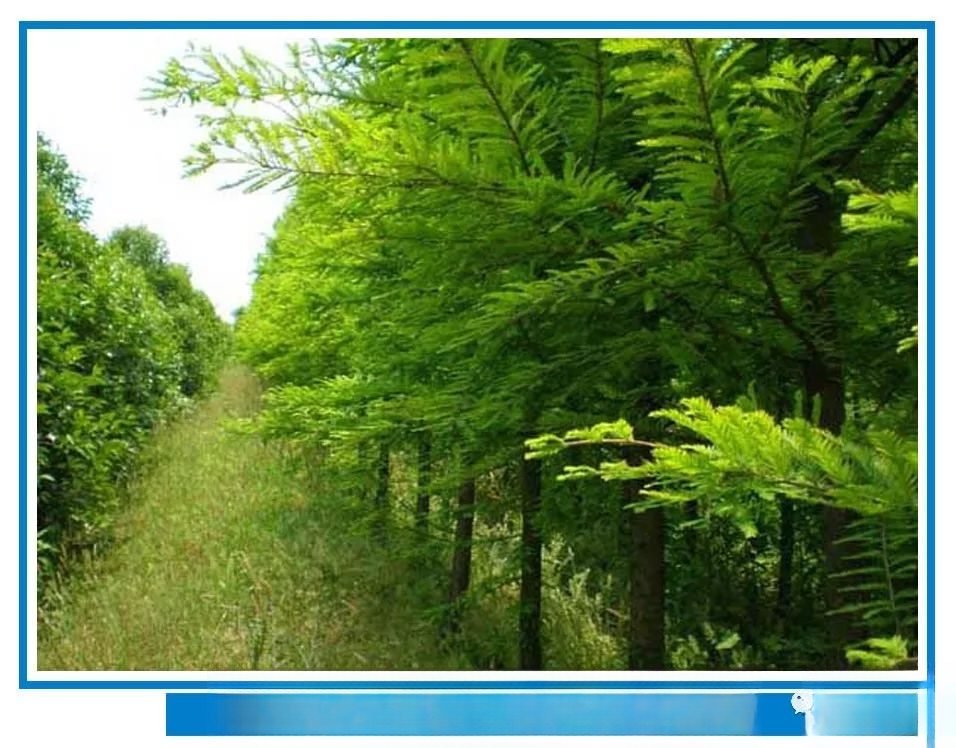
——Taxodium mexicanum——
Baldcypress: It is an evergreen tree, a large Cupressaceae tree that grows in southern Mexico. The local Indians call it "Ahuhute". It grows quickly, has a beautiful tree shape, is resistant to moisture and salt, has a long green leaf period, is resistant to wind, has few diseases and insect pests, and has strong adaptability. It is often planted by rivers and houses or as a street tree. It is an ideal tree species for greening courtyards, roads, and rivers in the Jiangnan region, and for afforestation along the four sides. It is also a special tree species for beach mudflats and saline-alkali land.
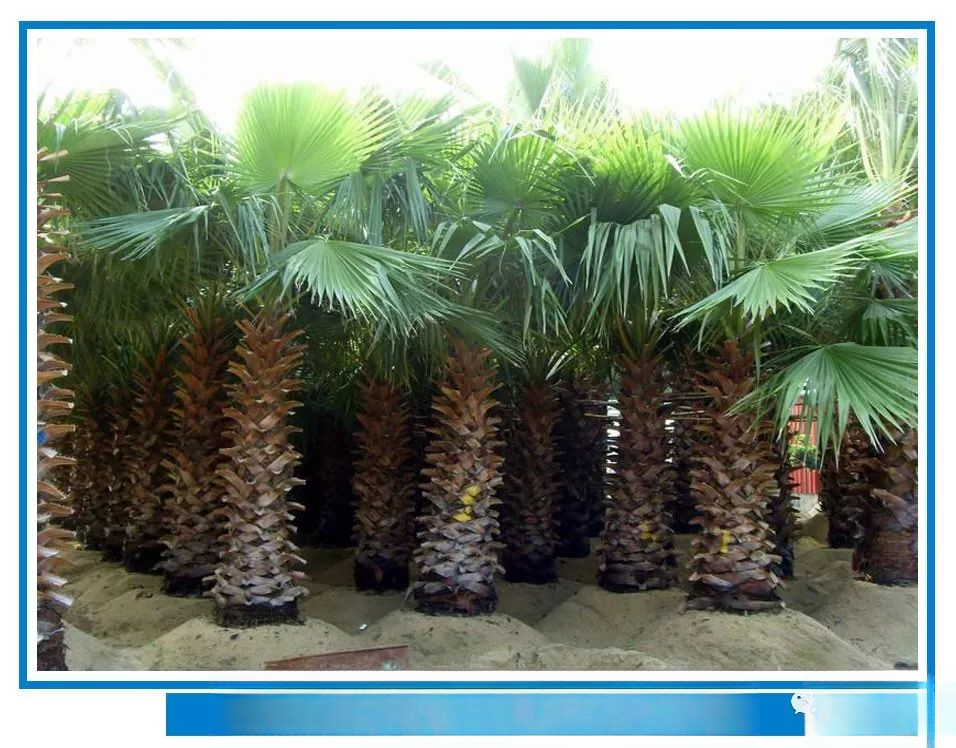
——Old Man Aoi——
Old Man Palm: Washington palm, genus Sericulture, alias: California palm, old man palm. Its dry leaves droop, covering the stems, with white silky fibers between the leaves, like an old man's white hair.
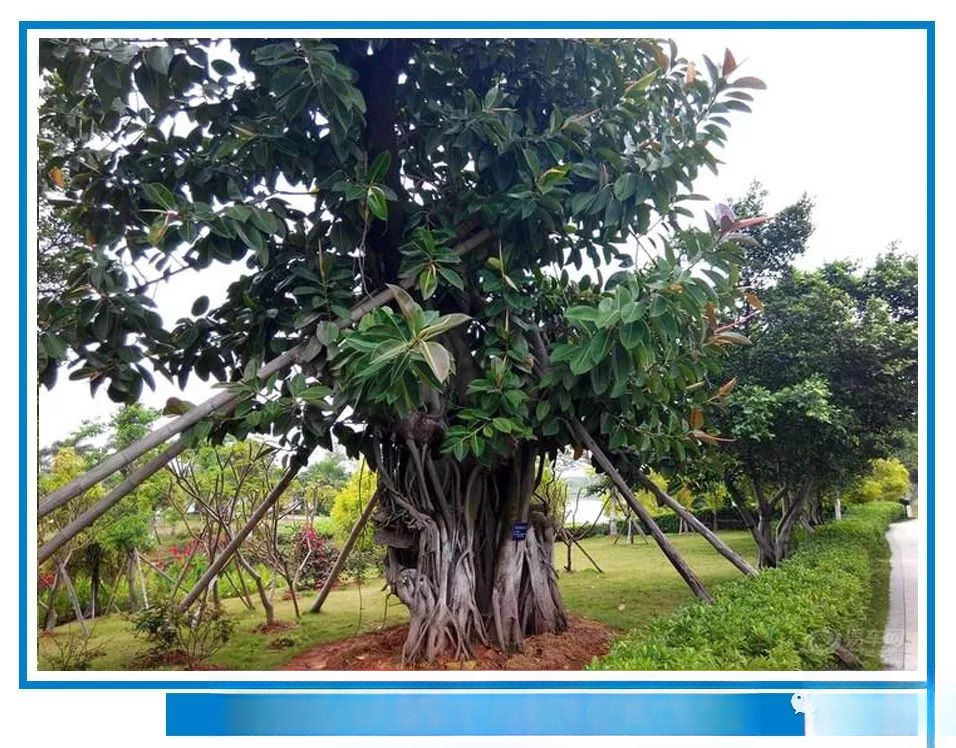
——Indian Rubber Ficus——
Indian rubber fig: Adapted areas: tropical monsoon forests and rainforests (major cities: Haikou, Sanya, Qionghai, Kaohsiung, Tainan, Shenzhen, Zhanjiang, Zhongshan, Zhuhai, Macau, Hong Kong, Nanning, Qinzhou Beihai, Maoming, Jinghong).
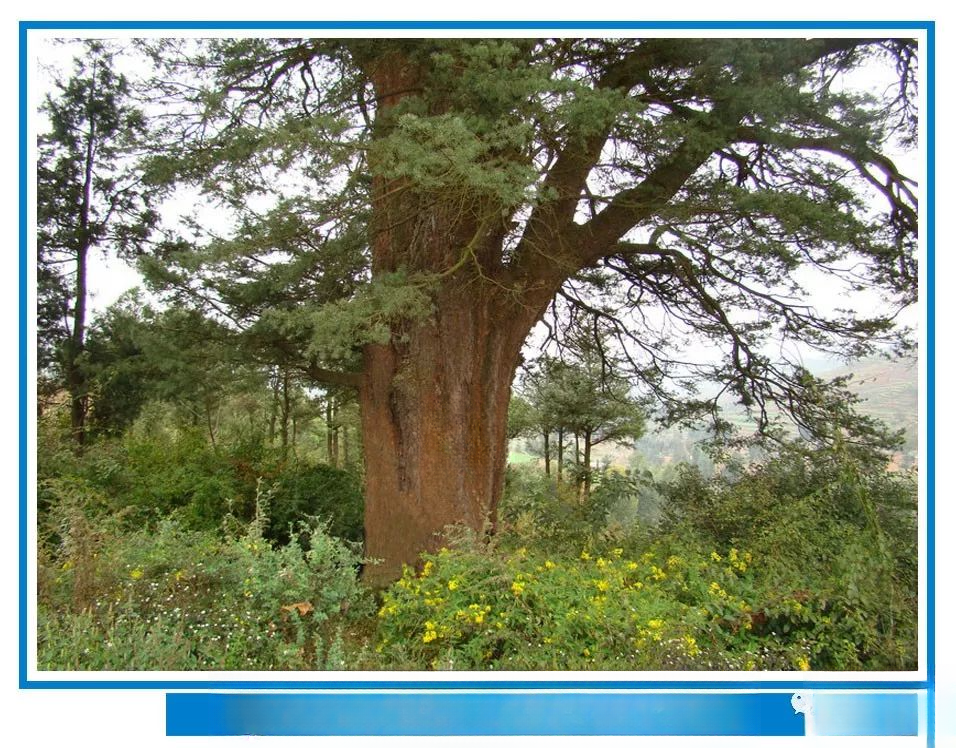
—Chinese Fir——
Chinese cypress: It is a species of the genus Chinese cypress, mainly distributed in northern Vietnam, Hong Kong, Fujian, Guangdong, Guangxi, Guizhou, Hunan, Jiangxi, Yunnan and Zhejiang.
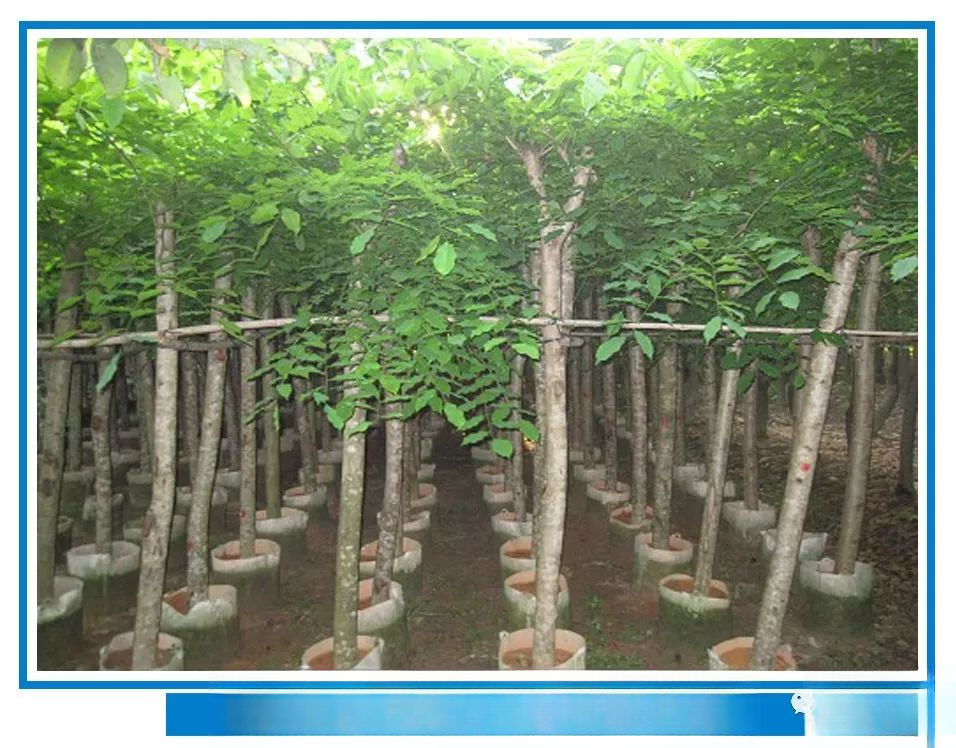
——Indian rosewood——
Indian rosewood: a plant of the genus Dalbergia in the Fabaceae family. Native to tropical Asia.
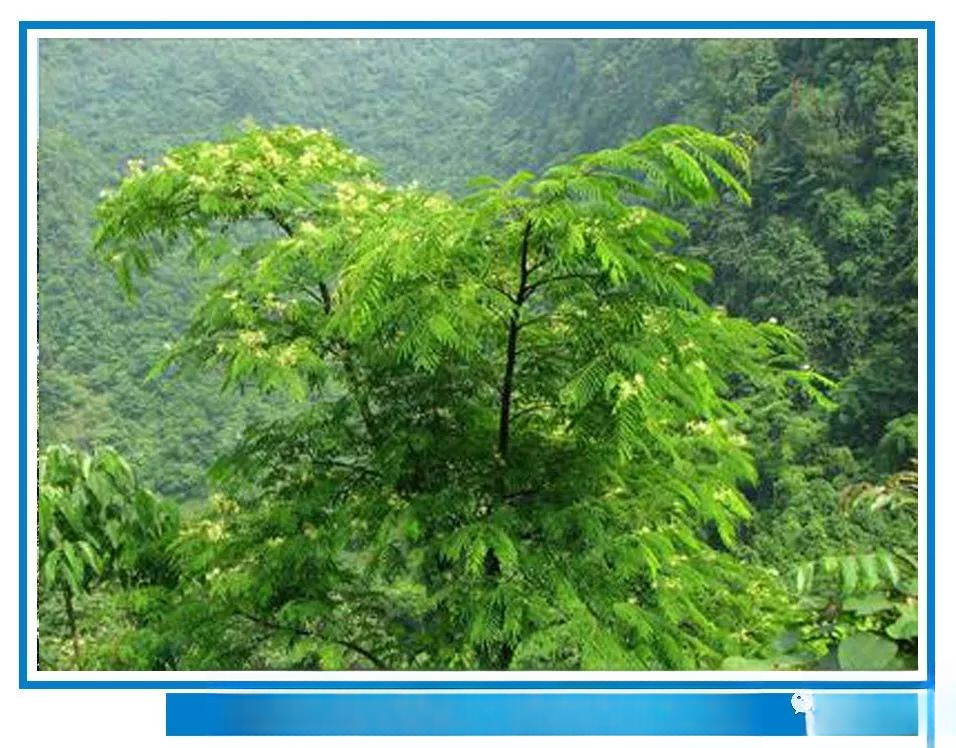
——Yingshu——
The jacaranda tree is a plant of the genus Albizia in the Fabaceae family. It is distributed in South Asia, Southeast Asia, and Tibet, Fujian, Guangdong, Yunnan, Hunan, Guangxi and other places in the mainland. It grows in areas with an altitude of 200 to 2,200 meters. It often grows in the wilderness, valleys, forests and rivers. It has not yet been artificially introduced for cultivation.
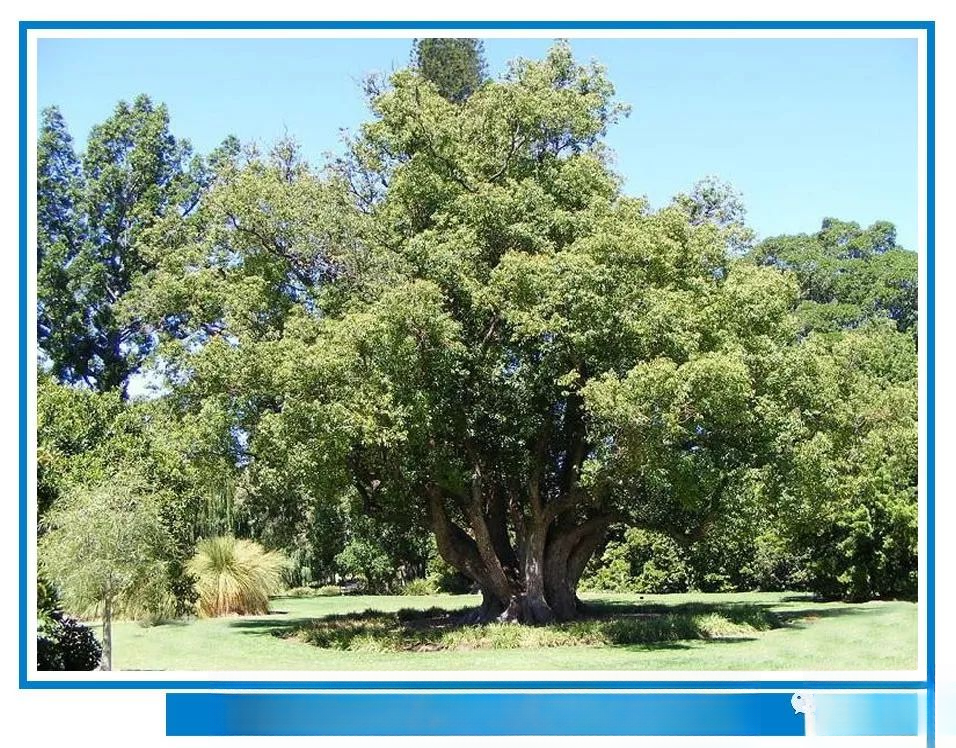
——Zhejiang Nan——
Zhejiang Nan: endangered species. Evergreen tree, 20 meters high, 50 cm DBH. Distributed in hilly valleys or hillside forests below 1,000 meters above sea level in Zhejiang and Jiangxi. It is a shade-tolerant tree, but needs a certain amount of light in its prime. It has deep roots and is wind-resistant. It blooms in May and June, and the fruit ripens in November. The wood is tough, dense, shiny and fragrant. It is one of the better materials among the Nan wood species and is also an excellent gardening tree species.
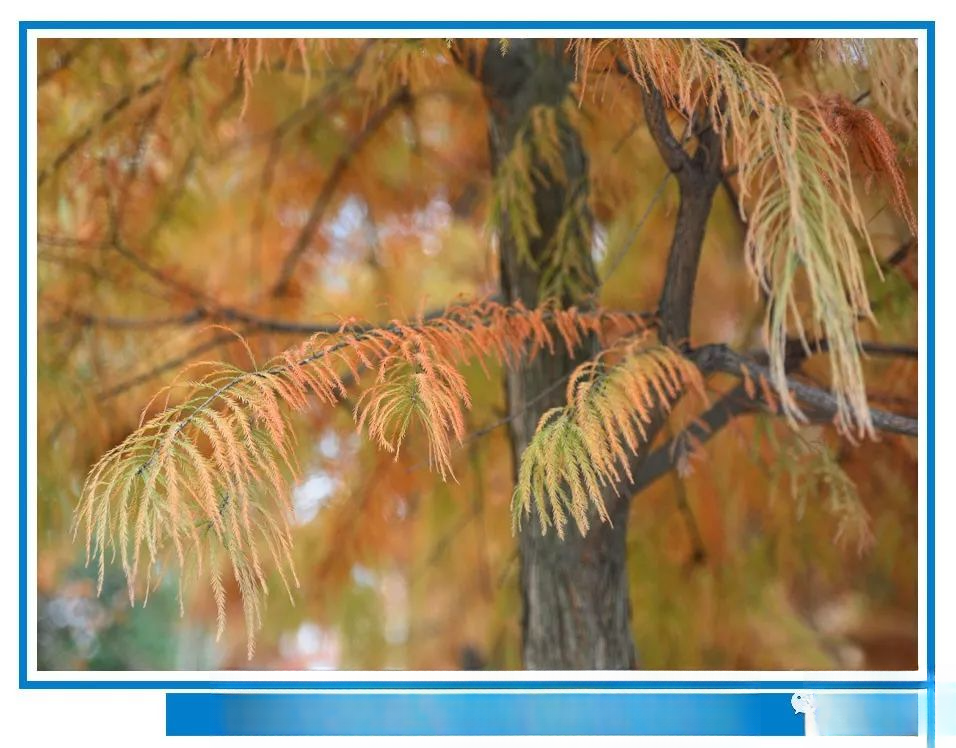
——Ikesugi——
Pool Cypress: Distribution: Native to Virginia, USA, it was introduced to Nanjing, Nantong and Jigong Mountain in the early 20th century, and later to Hangzhou, Wuhan, Lushan Mountain, Guangzhou and other places. Now it is an important tree planting and gardening plant in many cities, especially in the water network areas north and south of the Yangtze River.
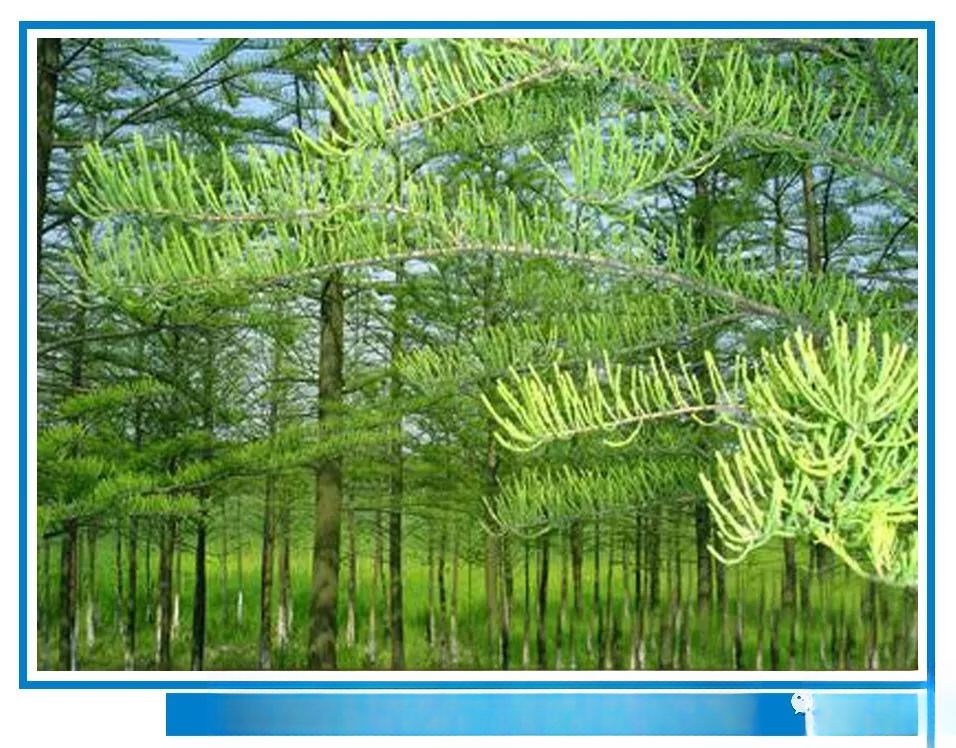
——Pond Cypress——
Pond cypress: It is a deciduous tree, up to 25 meters tall. The trunk is straight and the crown is spire-shaped. The base of the trunk is swollen, and the branches form a narrow crown, spire-shaped, and beautiful. The leaves are drill-shaped and spirally extend on the branches; the cones are spherical.
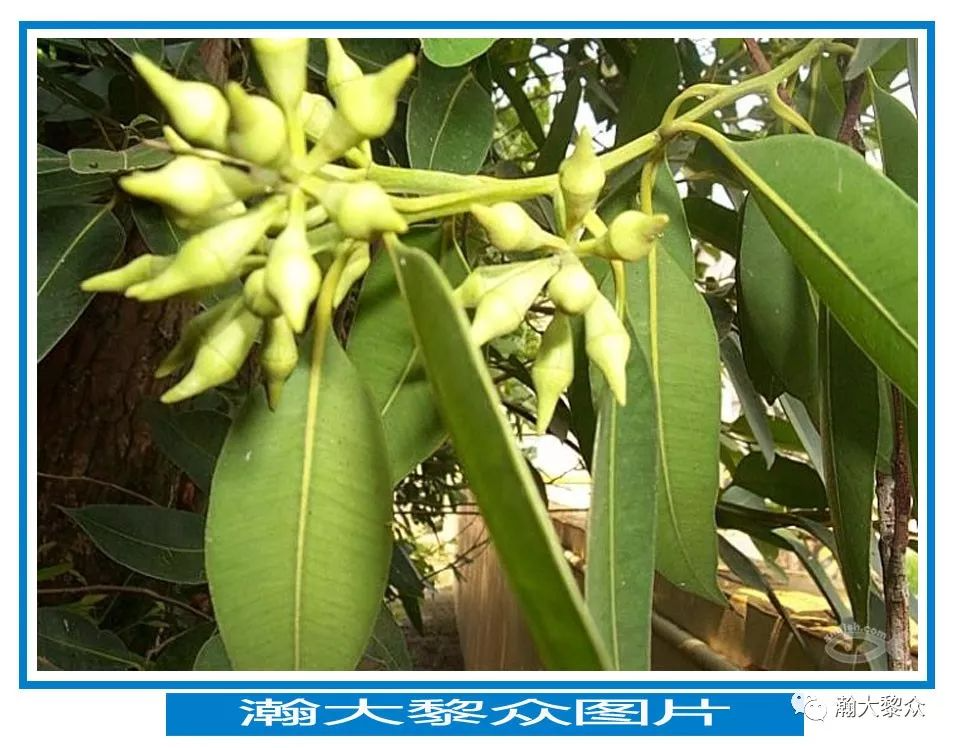
——Big Leaf Eucalyptus——
Eucalyptus ovata: Myrtaceae, Eucalyptus genus. Prefers warm and humid climates, native to Australia. Cultivated in the southwest and south.
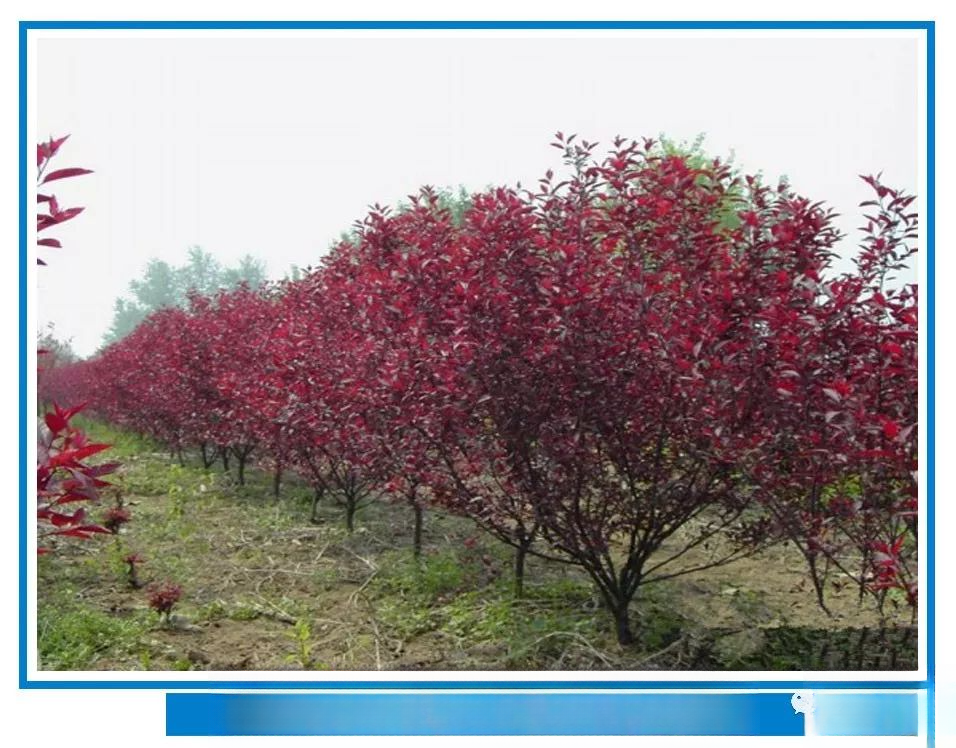
——Dwarf cherry——
Dwarf cherry: It is a deciduous shrub or small tree. The plant height is 1.8 to 2.5 meters, the crown width is 1.5 to 2.8 meters, the branches are purple-brown when young, and the old branches have lenticels. Dwarf cherry has good ornamental effect, fast growth, easy reproduction, pruning resistance, strong adaptability, and many advantages.
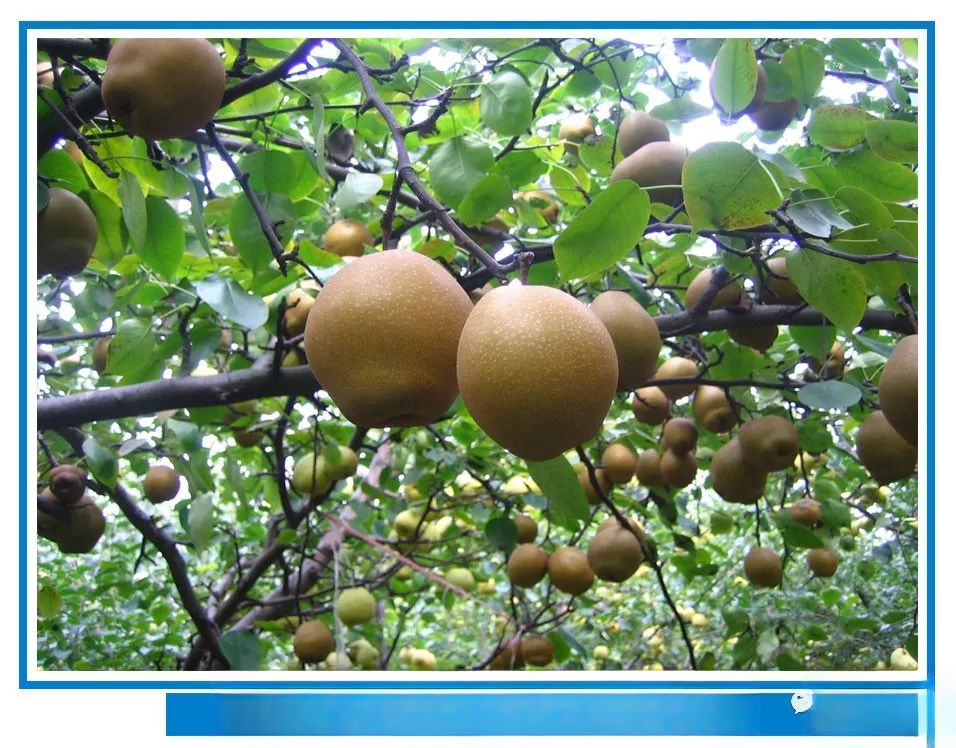
——Salt Pear——
Sand pear: Bright yellow in color, shaped like a mango, also known as golden pearl fruit. With its unique health-care function, it is praised as a treasure among pears. It is a new high-nutrition health-care variety that is disease-resistant, late-ripening, high-quality, high-yield, and has a unique flavor.
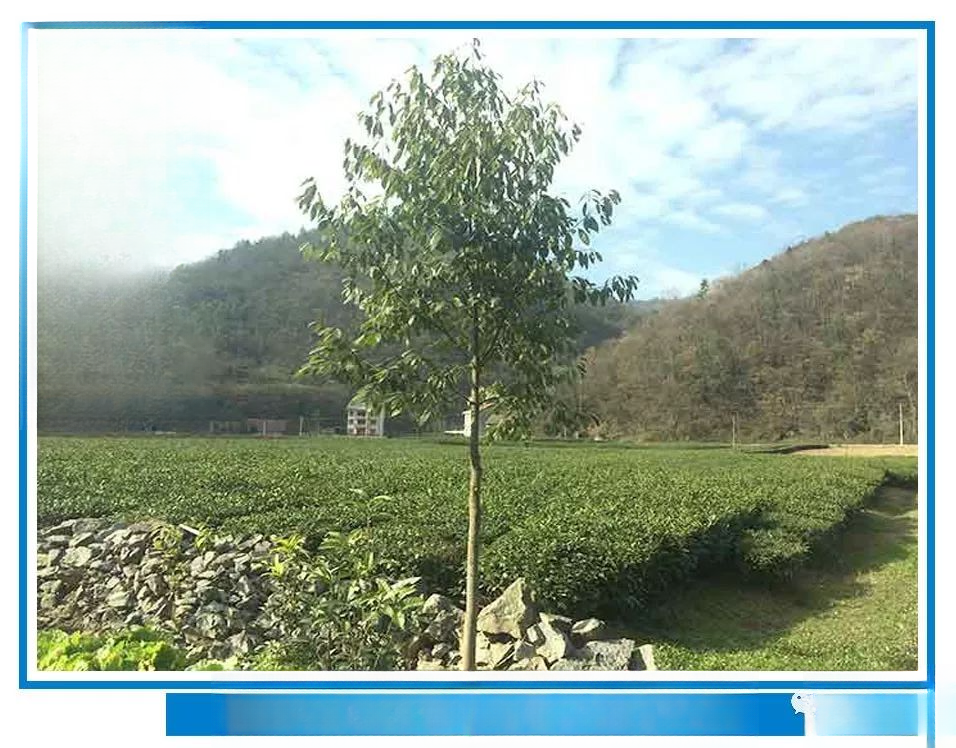
——Wild Osmanthus——
Wild yellow osmanthus: The tree is conical, with obvious polar growth, tall and beautiful, evergreen all year round; the trunk is straight and smooth. It likes warm and humid environment, and the annual growth can reach 1.5-2.0 meters. It is more resistant to insects than camphor trees. The branches, leaves and fruits contain aromatic oils, which can be used as industrial raw materials; it is not only an excellent economic tree species, but also a rare garden greening tree species.
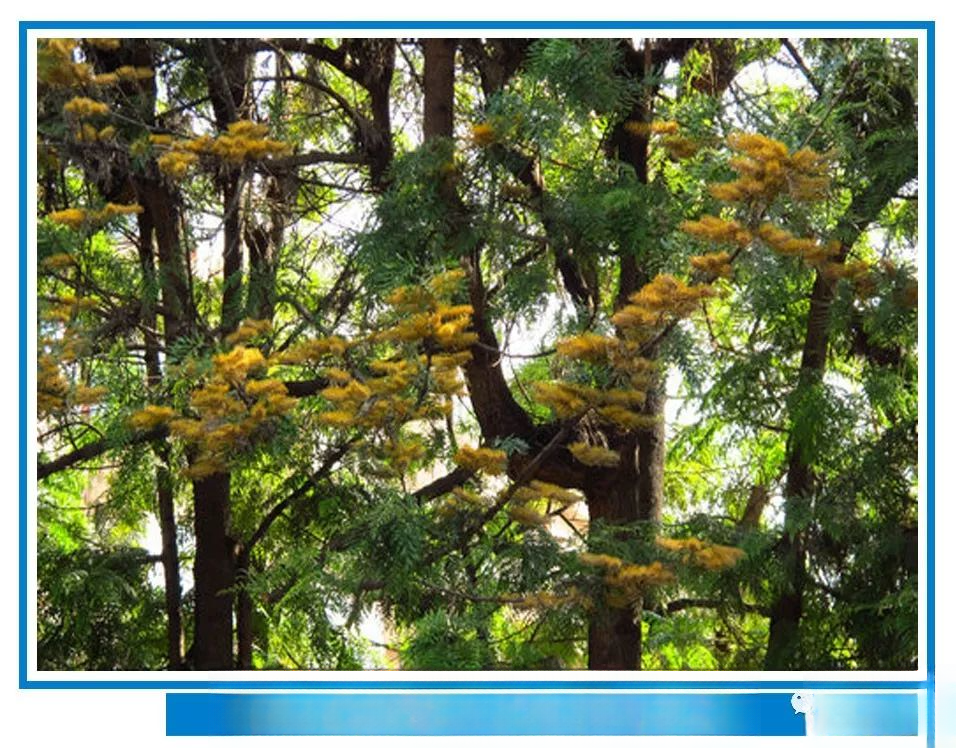
——Silver Birch——
Silver birch is a plant species of the genus Silver birch in the family Proteaceae. It is an evergreen tree, up to 50 meters tall. The trunk is straight and the crown is conical. The bark is light brown with shallow longitudinal cracks. The twigs, buds and petioles are densely covered with silvery silky hairs, and the young leaves are light green. The racemes are axillary, without petals, and the calyx is 4, petal-shaped, orange-yellow. The fruit is oblong, and the seeds are black and winged.
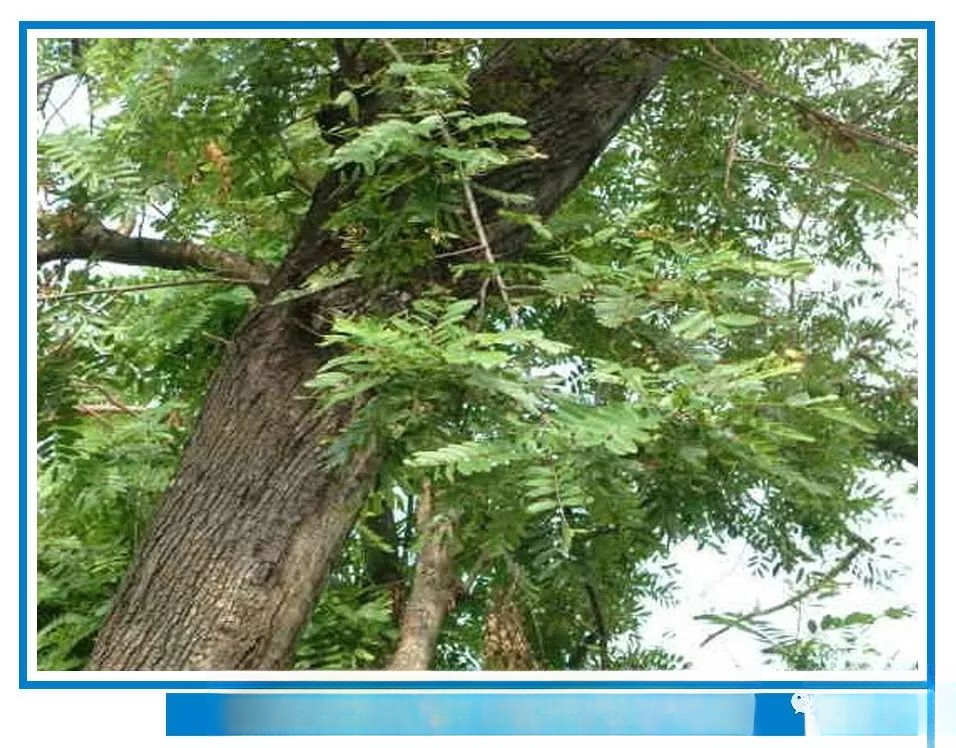
——Ironwood——
Ironwood: Leguminosae, Cassia evergreen tree. Also known as Thai mountain lentil, Bombay ebony, Bombay rosewood. It is named because of its hard material that is difficult to cut with a knife or an axe.
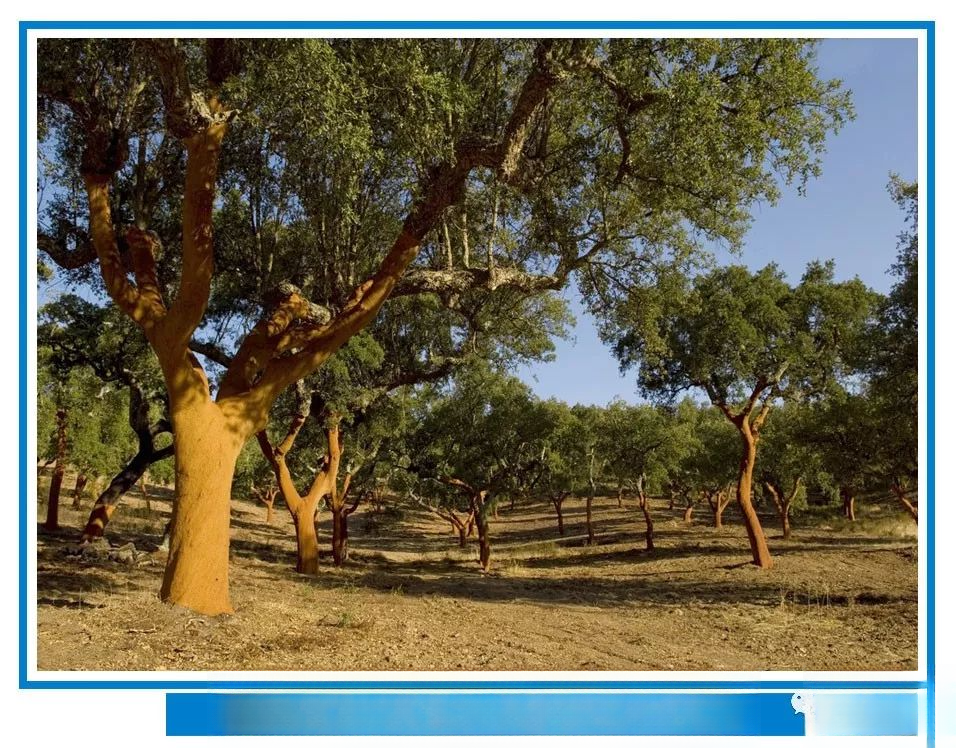
——Cork Oak——
Quercus variabilis: Also known as cork oak, it is named after the well-developed cork layer on its bark. It is an important timber species. It is widely distributed, from Liaoning, Hebei, Shanxi, Shaanxi, and southern Gansu in the north, to Guangdong and Guangxi in the south, and to Yunnan, Sichuan, and Guizhou in the west. Its distribution center is in western Hubei, Qinling Mountains, and Dabie Mountains. It grows on sunny slopes at an altitude of 300-800 meters. It is also distributed in Korea and Japan.
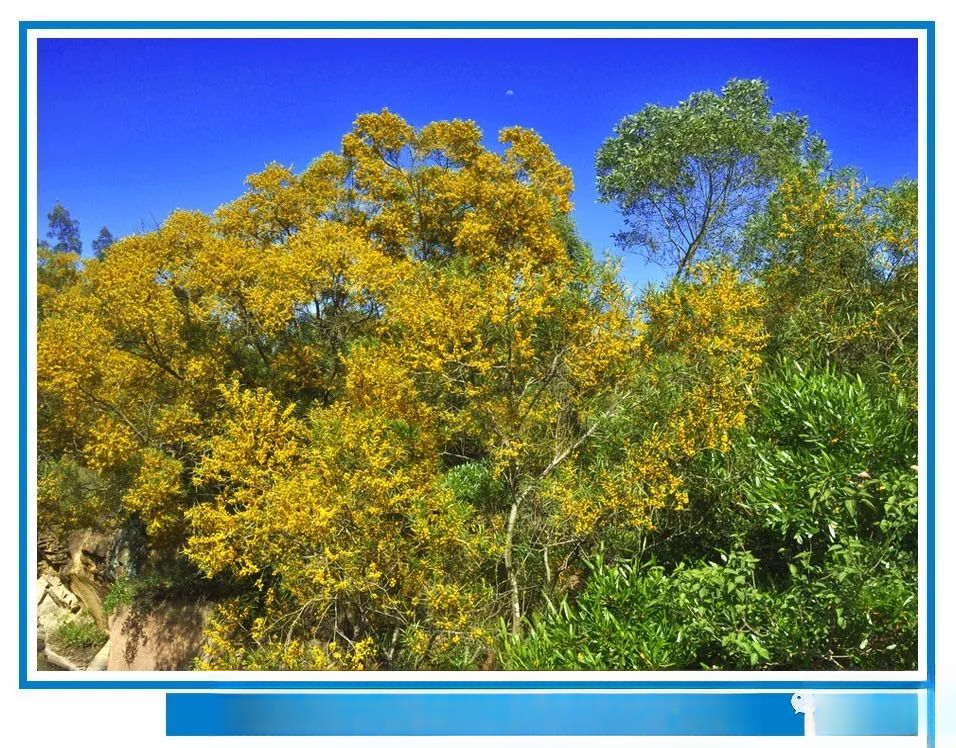
——Taiwan Acacia——
Taiwan Acacia: Also known as Acacia Tree, Acacia Seed, Mimosa family Acacia genus. It is an evergreen tree, up to 15 meters tall, with a breast diameter of 40-60 cm. The trunk is gray with horizontal stripes, the branches are gray without thorns, the leaves are degenerate, the petioles are leaf-shaped, lanceolate, the head inflorescence is in the axillary leaves, and the flowering period is May. After flowering, flat pods are produced. It is native to Taiwan Province and is cultivated in Fujian, Guangdong, Guangxi, and Hainan.
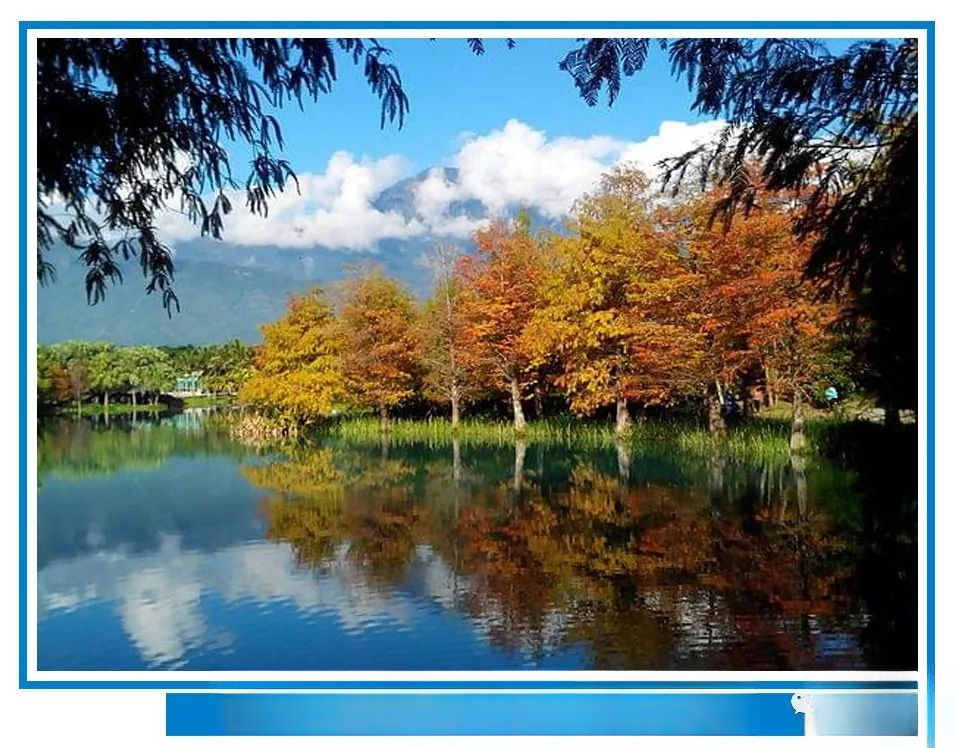
——Bald Cypress——
Baldcypress: It is a plant with a breast diameter of more than 3m. The crown is conical in its young age, and expands into an umbrella shape in old trees. The trunk is very tapering, and the base is often swollen with knee-shaped breathing roots. It is distributed in the Yangtze River basin and areas to its south, and belongs to the genus Baldcypress.

——Neem——
Chinaberry: A plant of the Meliaceae family, Chinaberry genus, it is a tall tree species with straight trunks in tropical forests. It is also a major precious industrial timber in tropical Asia. It grows rapidly and is easy to cultivate, and is of great significance in tropical forestry.
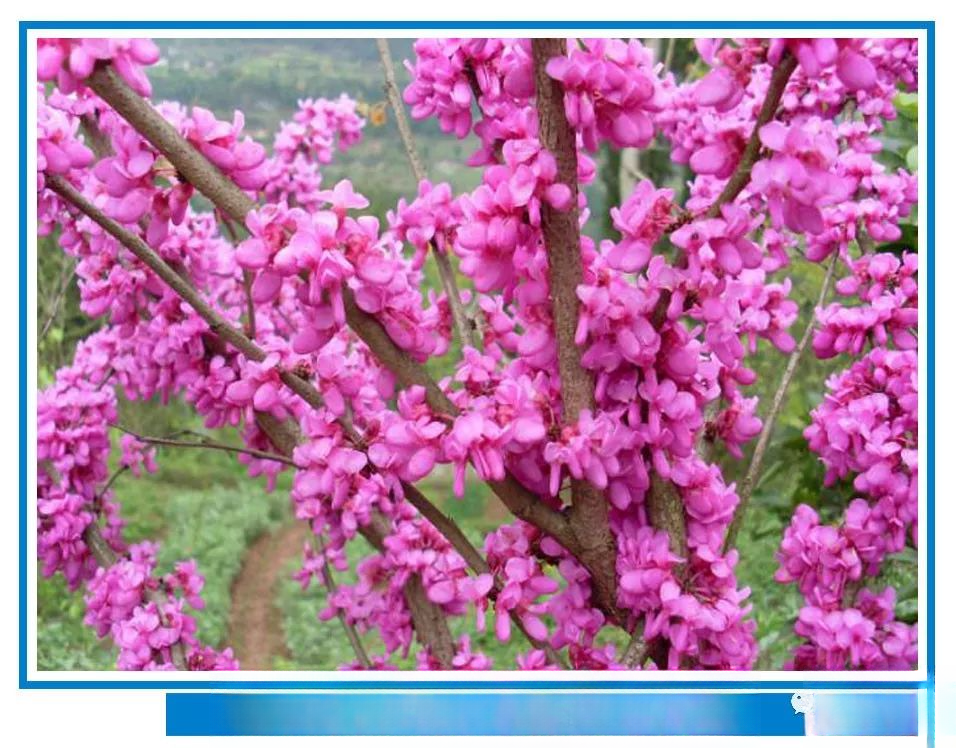
——Full of red——
Mantiaohong: Also known as Sufang flower, purple plant, black mulberry, basket tree. It is a deciduous shrub or small tree of the genus Cercis in the Leguminosae family. It is one of the main ornamental flowers in spring. It likes sunshine and is resistant to heat. The trunk is straight and clustered. In early spring, the flowers bloom before the leaves. The flowers are butterfly-shaped. When in full bloom, there are many flowers in clusters, close to the branches, and the whole tree is full of flowers. Not only can flowers bloom on the branches, but also on the old trunks, giving people a feeling of prosperity.
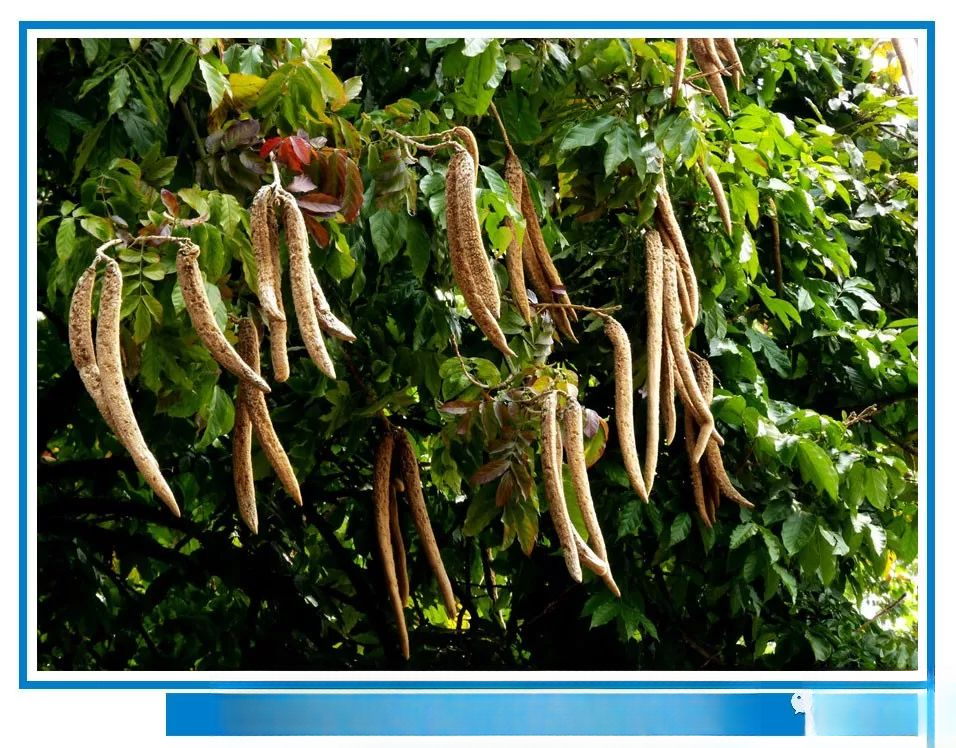
——Nekoogi——
Cattail Tree: It is a deciduous tree of Bignoniaceae, up to 10 meters tall, with grayish yellow bark. It grows on the edge of sparse forests and sunny slopes at an altitude of 200-300 meters. The capsule is cylindrical, hanging and long, densely covered with brownish yellow hair, like a cat's tail, hence the name Cattail Tree. The peak flowering period is between autumn and winter, and the fruit ripens in the following year. Cattail Tree has large and beautiful flowers and good fruit viewing value, making it an excellent wild ornamental plant. In addition, it can also be used as a timber plant.
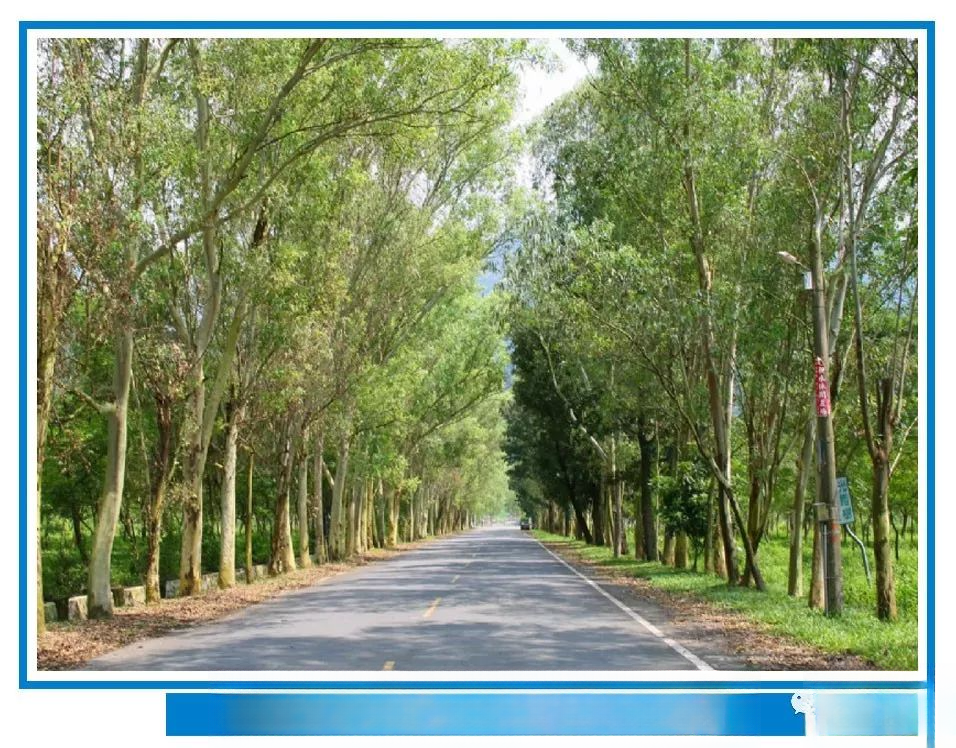
——Lemon Eucalyptus——
Lemon eucalyptus: It is an evergreen large tree, up to 40 meters in height, with a breast diameter of 1.2 meters. It has a tall and straight trunk and smooth and white bark. It is known as the "fairy in the forest". It is native to Australia and has been introduced for nearly a hundred years. It is cultivated in South China, Fujian, Zhejiang, Yunnan, Sichuan and other places. It likes light, has strong adaptability to climate and soil, is drought-resistant, grows quickly, and has a high yield rate. It is an important afforestation tree species in South China.
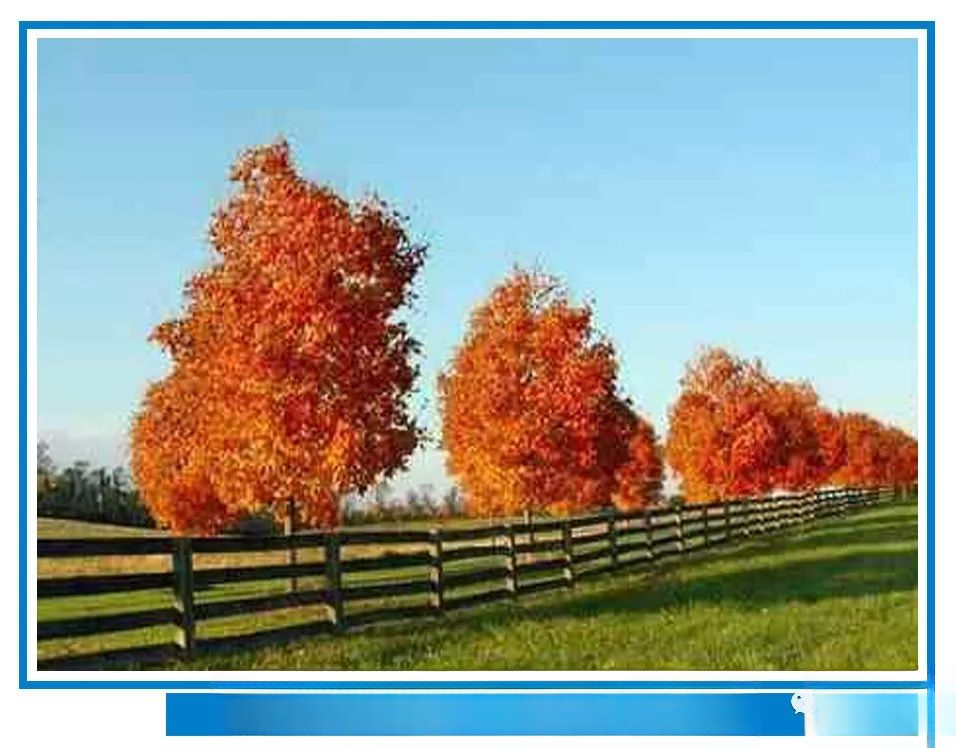
——American Liquidambar——
Liquidambar formosana: The tree can reach 30 meters in height, a large deciduous broad-leaved tree species. The leaves are 5 to 7 lobed, alternate, 10 to 18 cm long, and the petiole is 6.5 to 10 cm long. The leaves are dark green in spring and summer, and turn yellow, purple or red in autumn. The leaves fall late, and in some areas the leaves hang on the tree until February of the following year. It is a very good ornamental tree species.
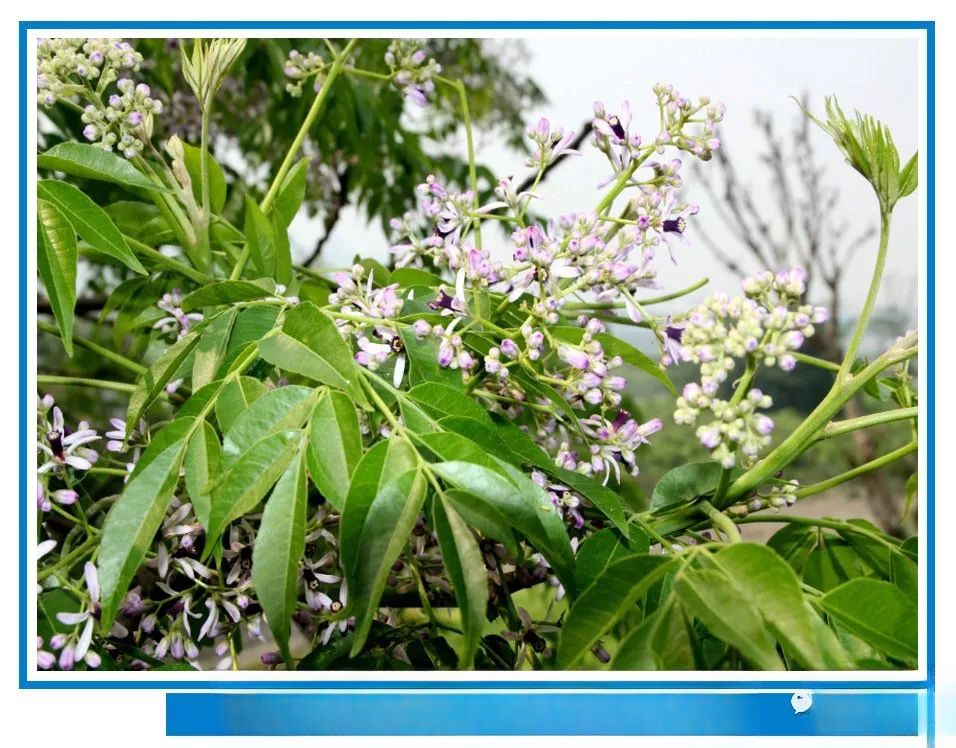
——Kudong——
Kudong: Also known as Mizilan. An evergreen shrub or small tree of the Meliaceae family, it is a small-leaf variant of the large-leaf Milan. It has many dense branches; the pinnate leaves are alternate, with 3 to 5 shiny leaflets; the flowers are small like corn, golden yellow, polygamous, and axillary panicles; it blooms on new shoots, with the peak flowering period in summer and autumn; when it blooms, it is fragrant, with a smell like orchids.
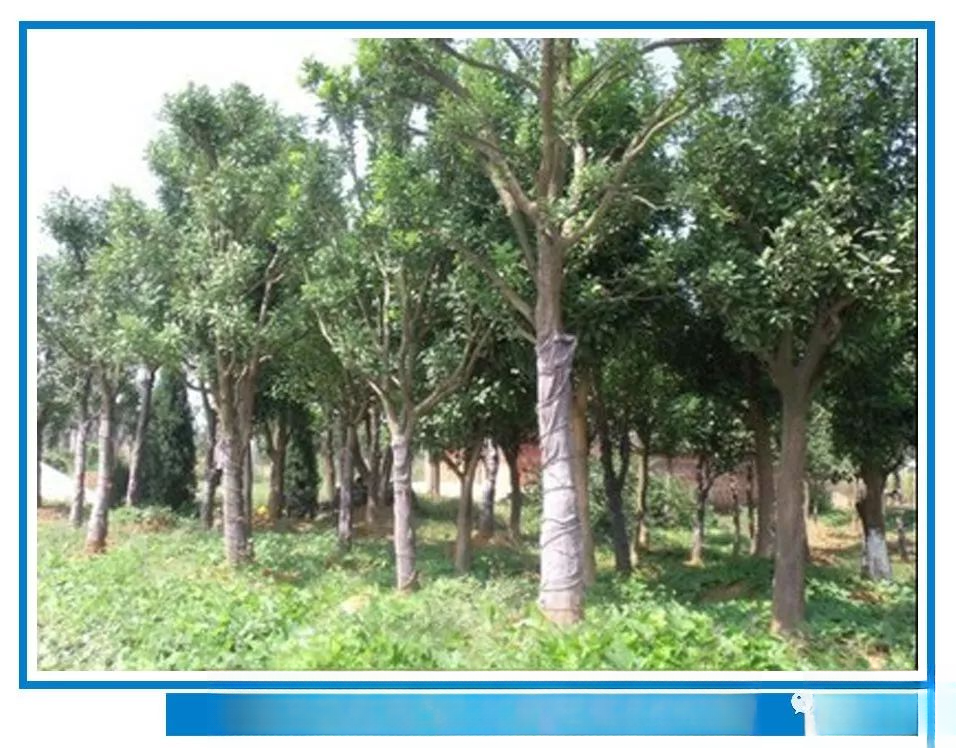
——Bitter Kohko——
Rhamnoides chinensis: Rhamnoides chinensis, also known as: Wucha tree, frozen green wood, old stork's eye, red-skinned green tree, big green. It is a small deciduous tree or a large shrub, up to 10 meters high. The fruit contains rhamnolide, chrysophanol, anthracene; it also contains kaempferol. There are many flavonoid enzymes in the seeds. The bark contains rhamnolide, aloe-rhamnolide, rhamnolide and other anthraquinones.
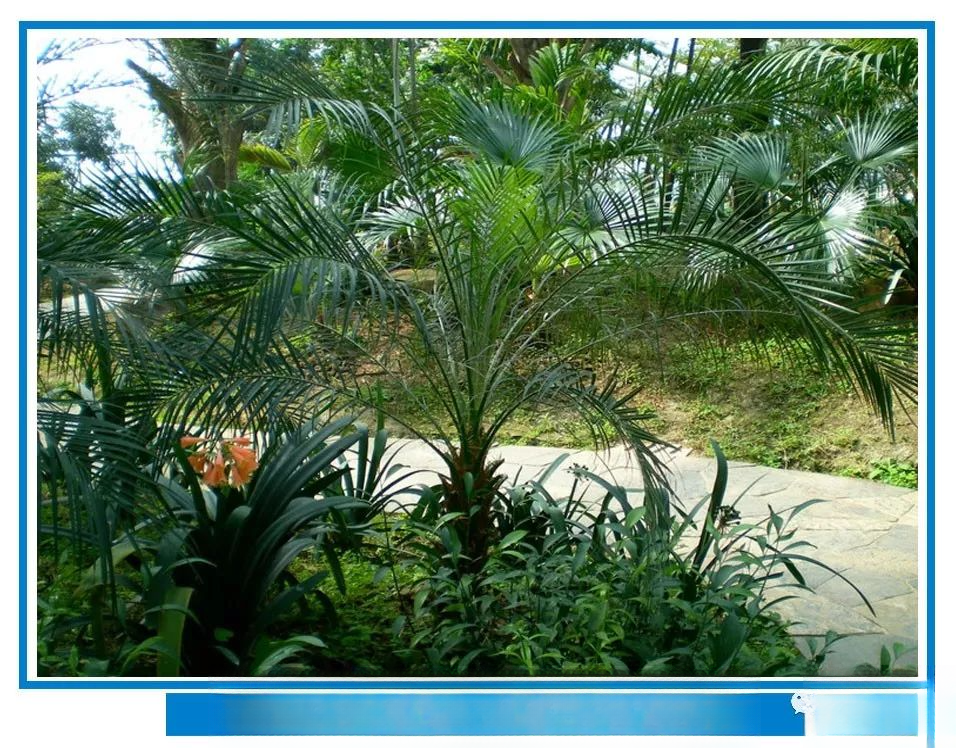
——Beautiful needle sunflower——
Echinops sphenanthera: Also known as Prince Robbie's coconut and Prince Robbie's date palm. Belongs to the palm family, genus Echinops. An evergreen woody plant. Native to Southeast Asia, with the largest distribution in Laos. It has been introduced for cultivation and is cultivated in small quantities throughout the country. It is a popular indoor foliage plant.
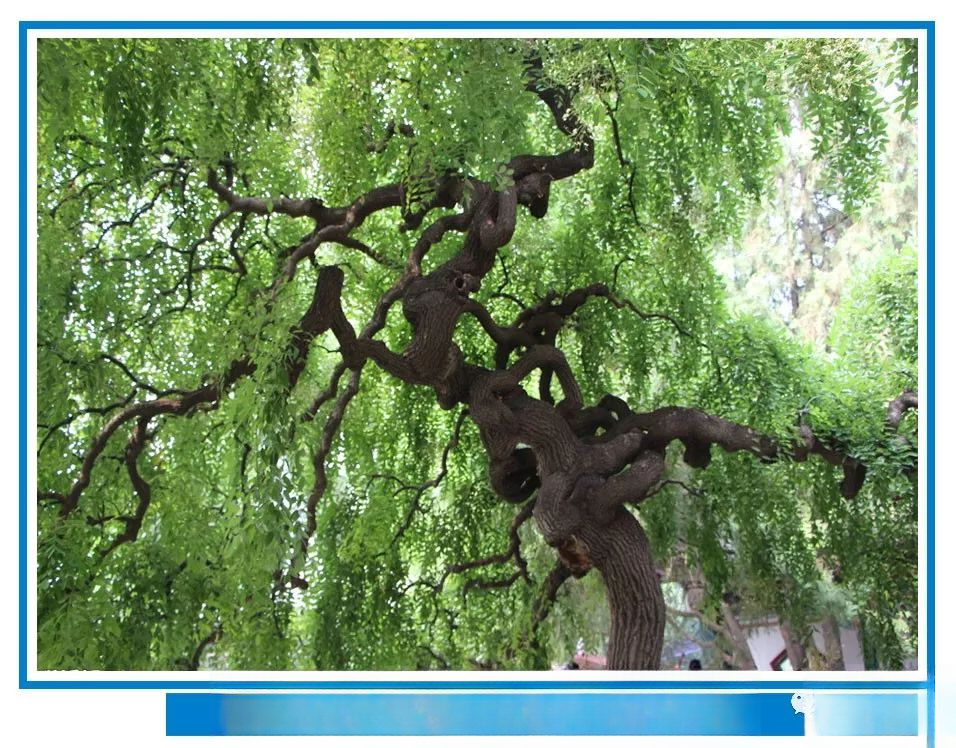
——Panhuai——
Panhuai: Longzhao is a bud mutation of Sophora japonica, a deciduous tree. The tree has an umbrella-like crown and a beautiful appearance. The branches form a disk shape, and the upper part is coiled like a dragon. The old tree is strange and ancient. It is produced in North China and Northwest China. It has been introduced and planted in Fushun, Tieling, Shenyang and the areas south of it. Longzhao likes light and is slightly shade-tolerant. It can adapt to dry and cold climates. It has a high ornamental value. Its leaves and flowers are for viewing. Its posture is beautiful. It is an excellent garden tree species.
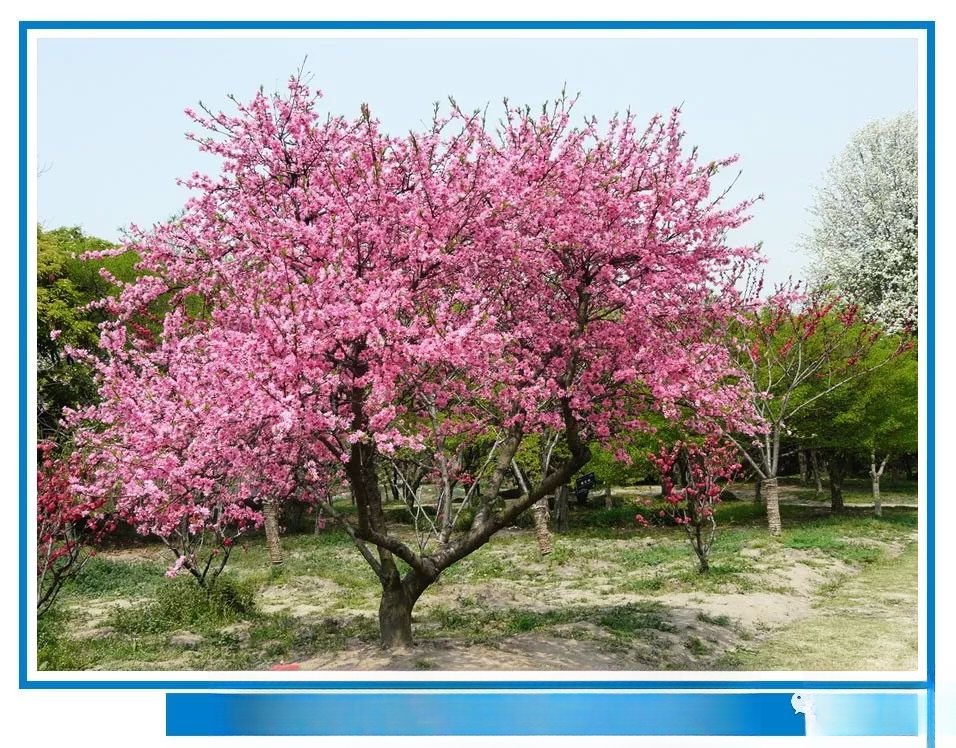
——Chrysanthemum Peach——
Chrysanthemum peach: It is named because its flower shape resembles chrysanthemum. It is a precious variety of ornamental peach. It is a deciduous shrub or small tree of the genus Prunus in the Rosaceae family.
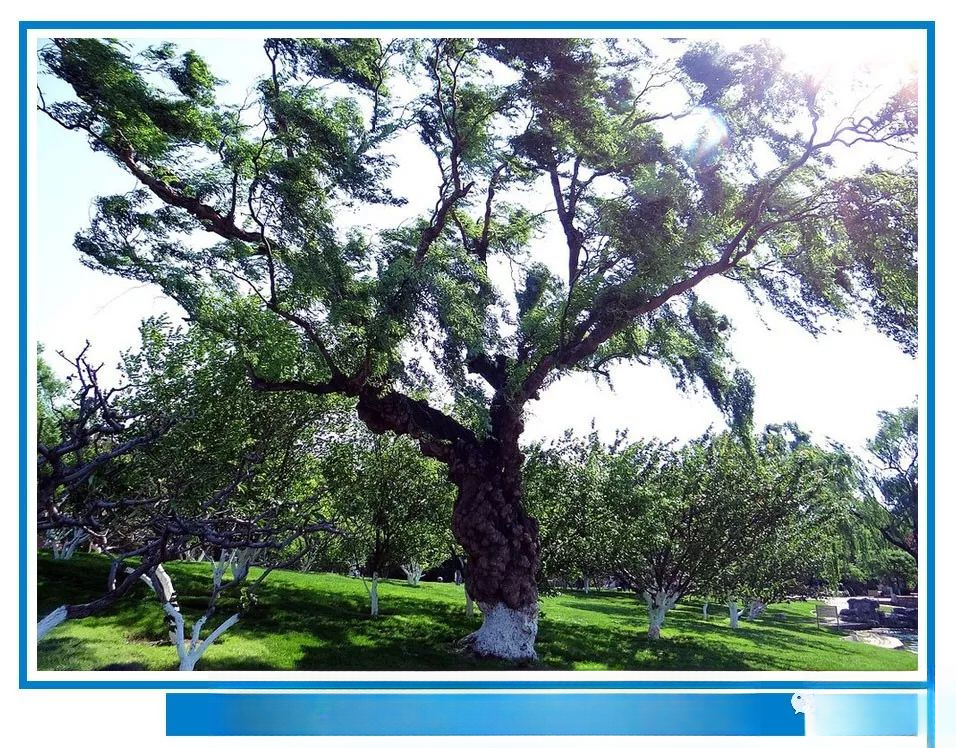
——Dragon Claw Willow——
Dragon claw willow: also known as dragon beard willow. It is a deciduous shrub or small tree of the genus Salix of the Salicaceae family that grows in Northeast China, North China, Northwest China, East China, etc. It has the characteristics of being positive, cold-resistant, weak in growth, and easy to age.
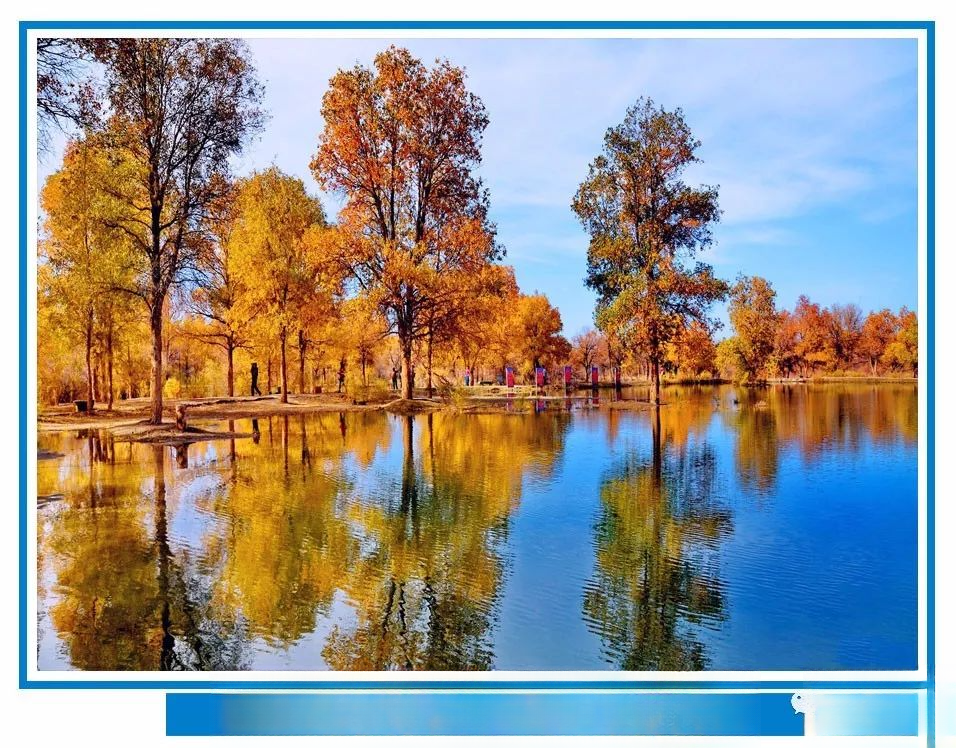
—— Populus euphratica ——
Populus euphratica: It is a plant of the genus Populus, which belongs to the phylum Angiosperm, class Dicotyledon, subclass Pentacarpa, order Salicales, family Salicaceae , and genus Populus. It is a deciduous medium-sized natural tree with a diameter of up to 1.5 meters. Its wood is fine and soft, and its leaves are broad and fragrant. It is drought-resistant and waterlogged-resistant, and has a tenacious life. It is one of the rare tree species in nature.